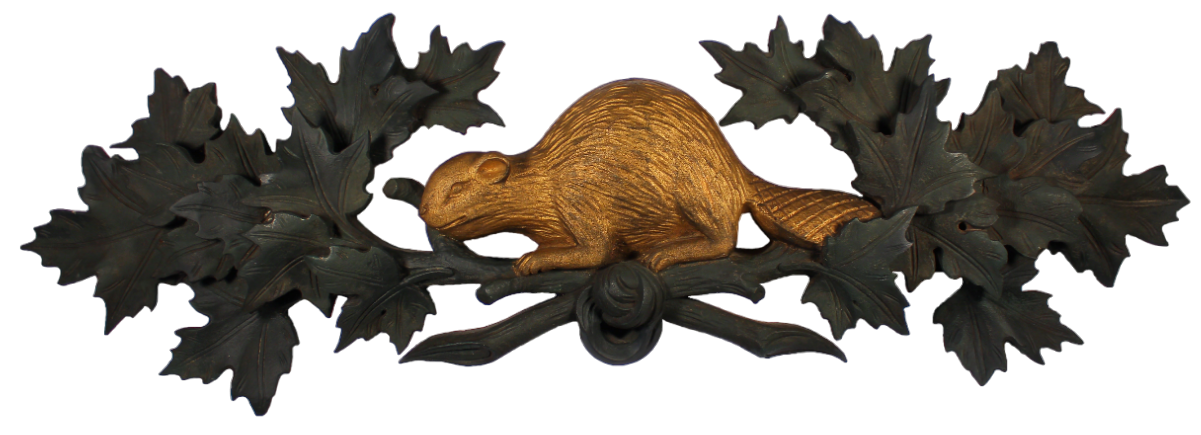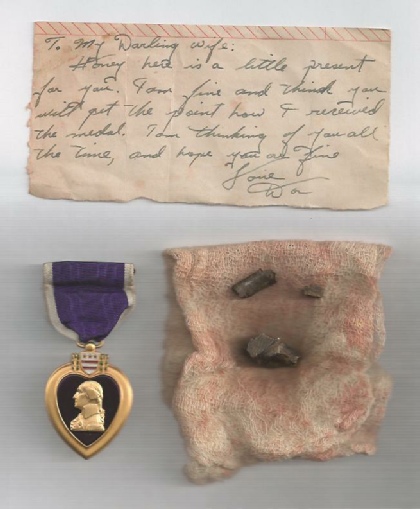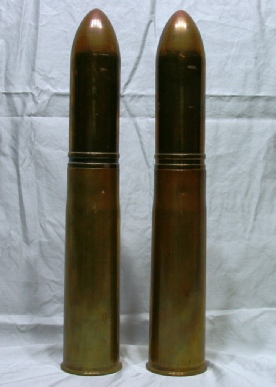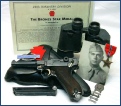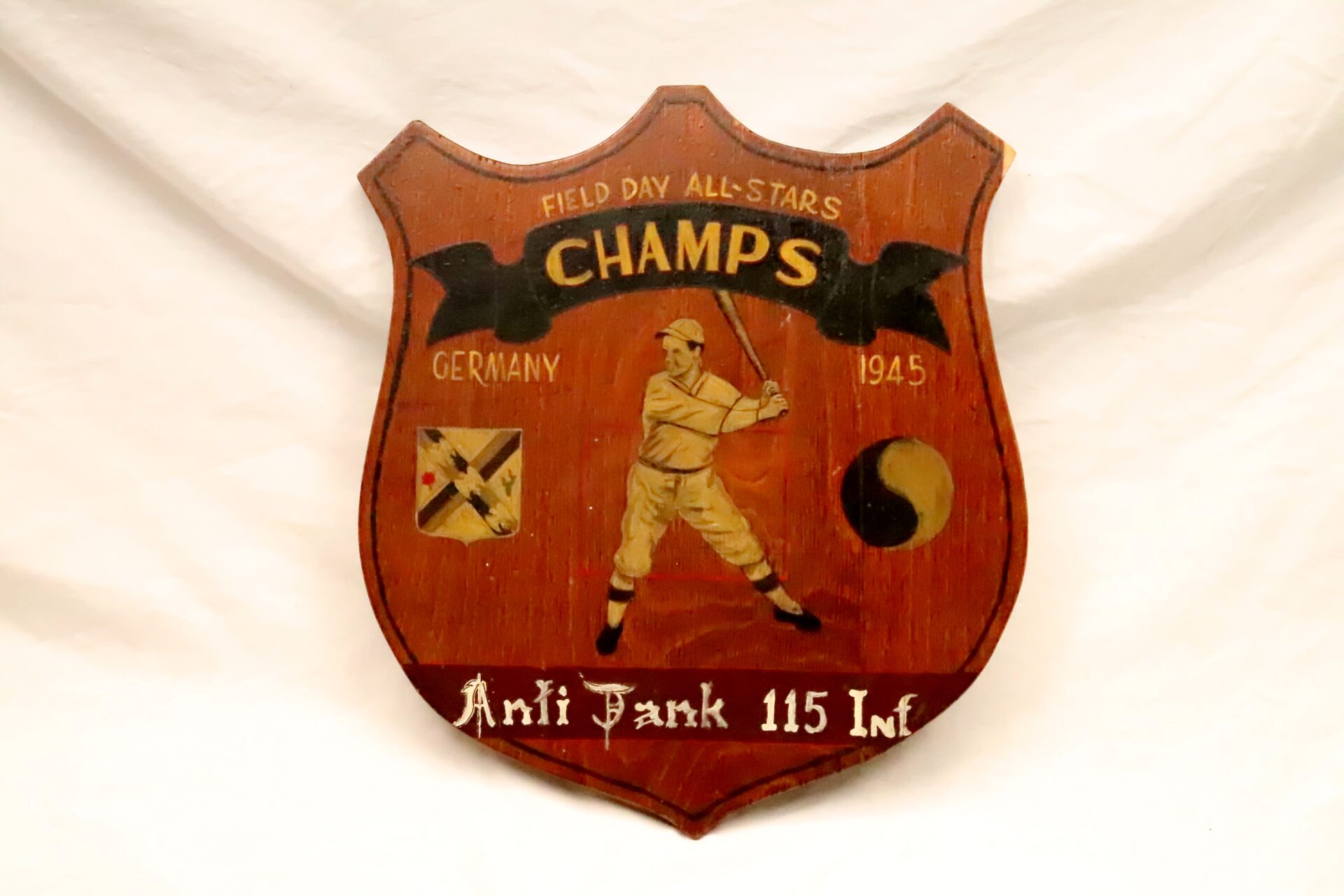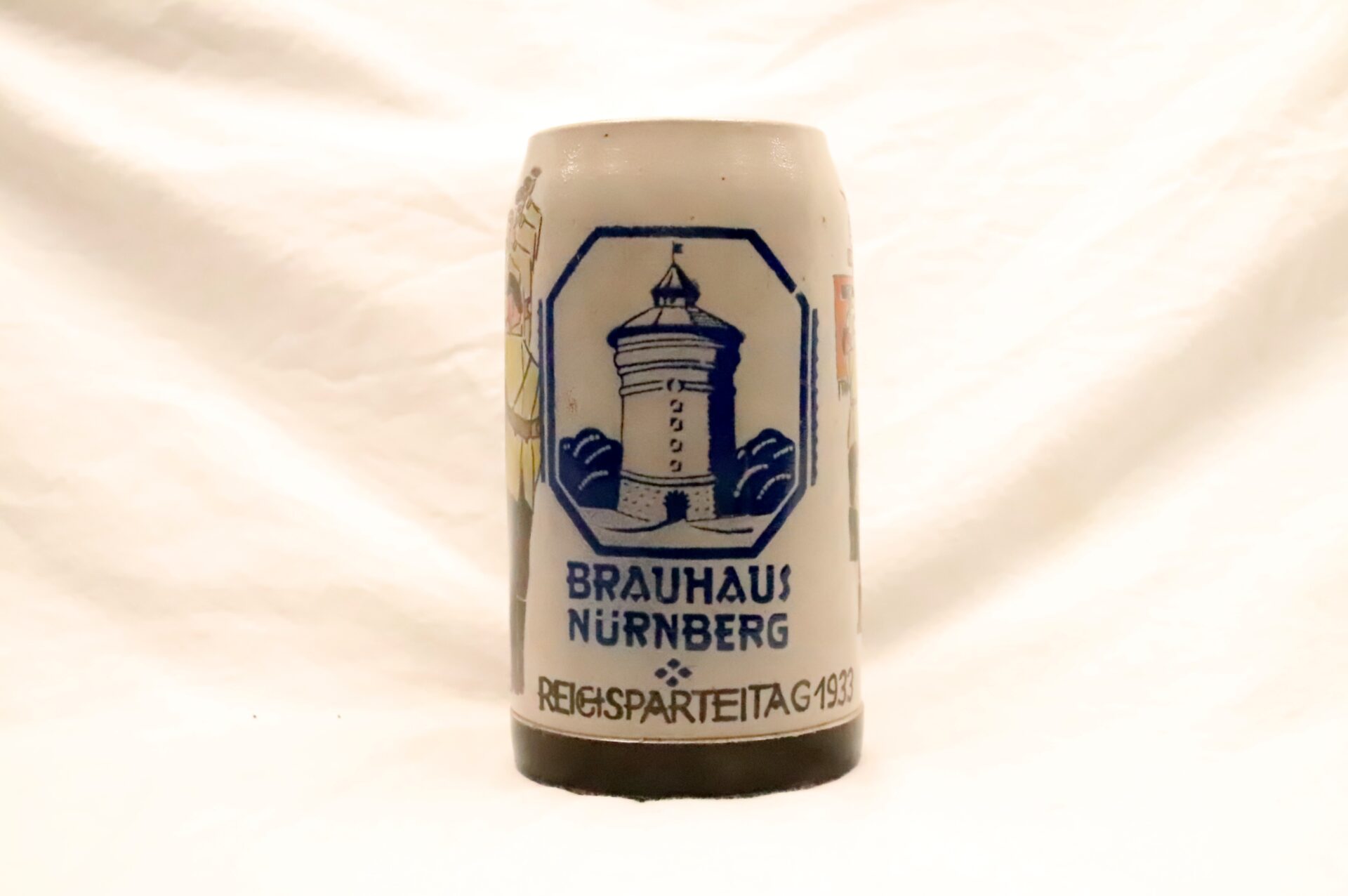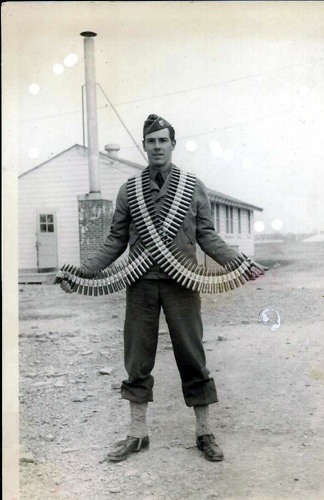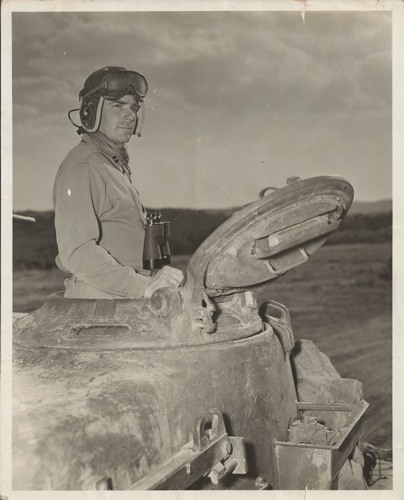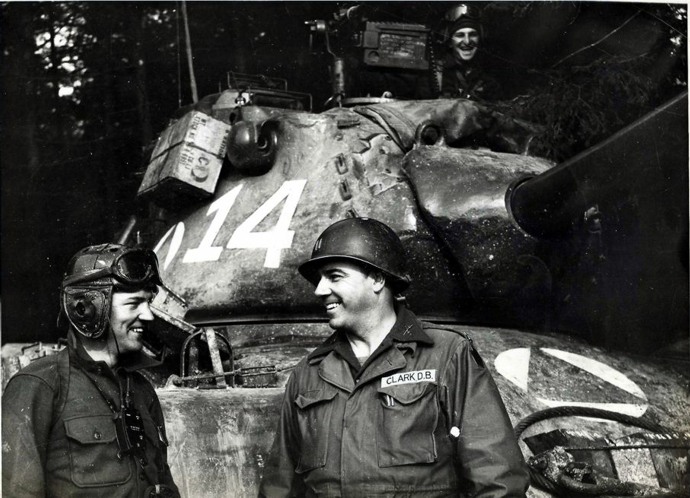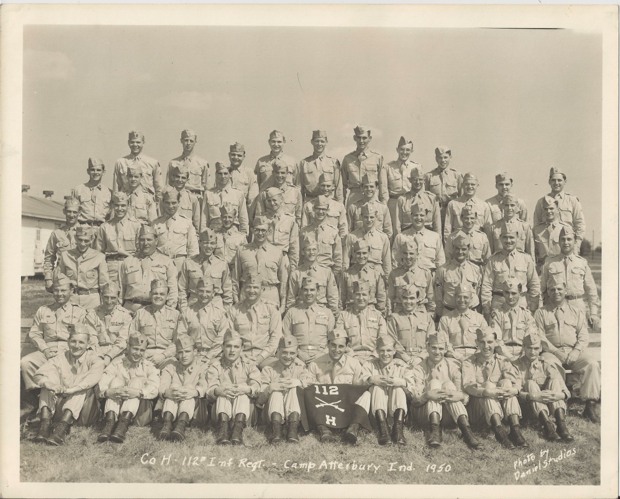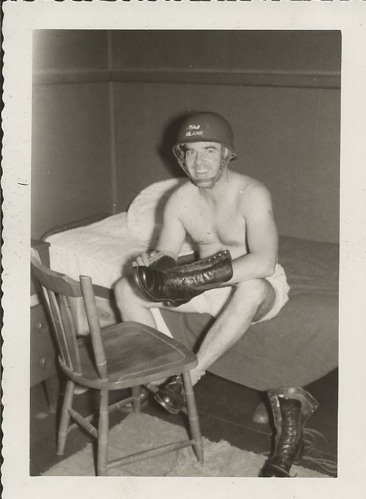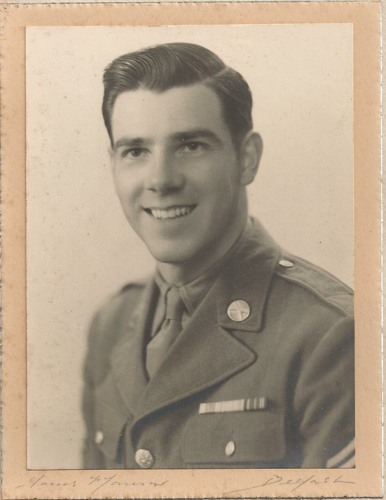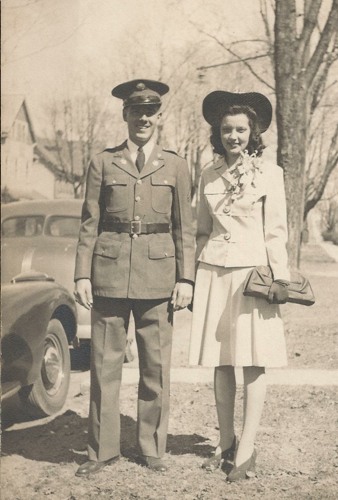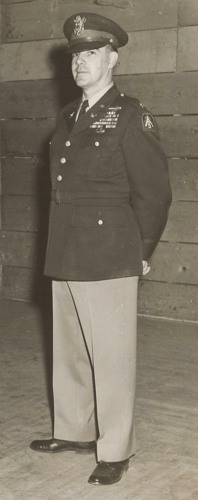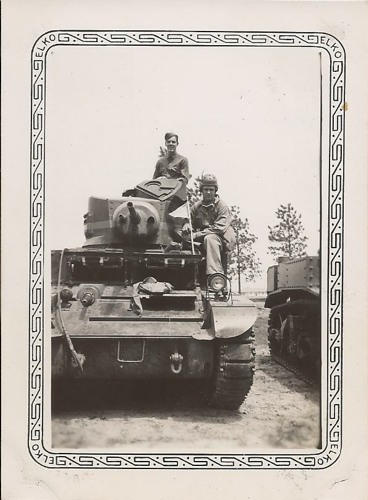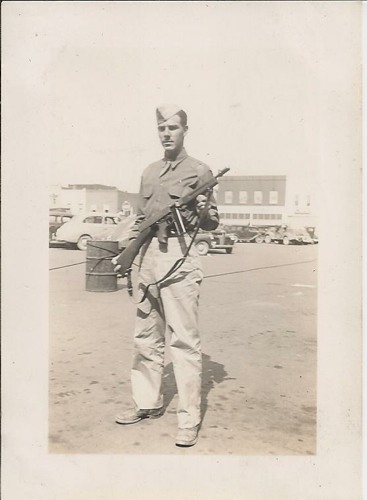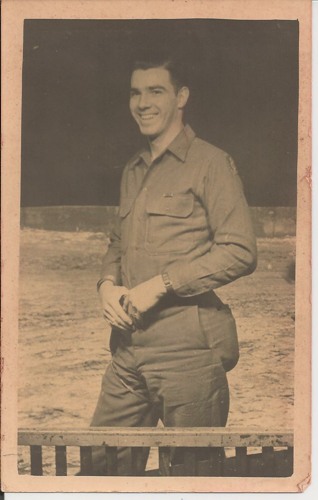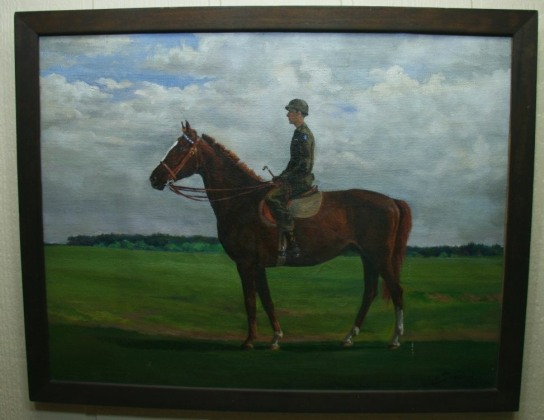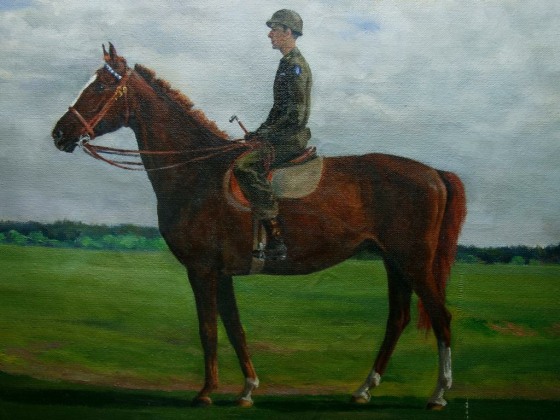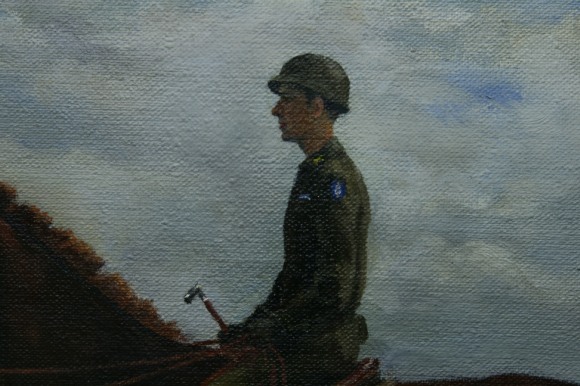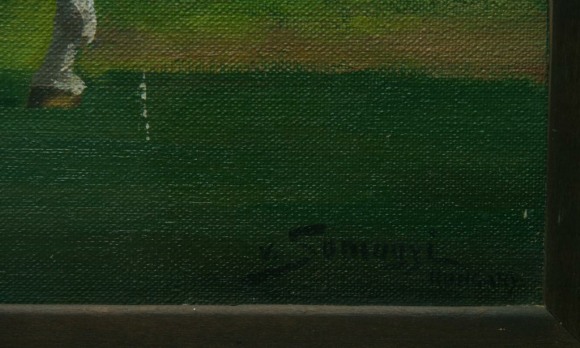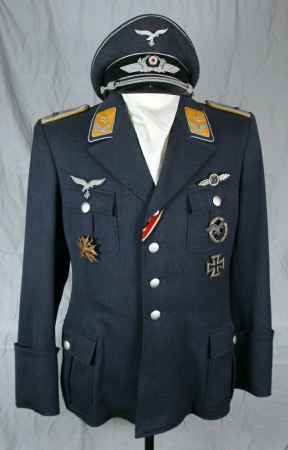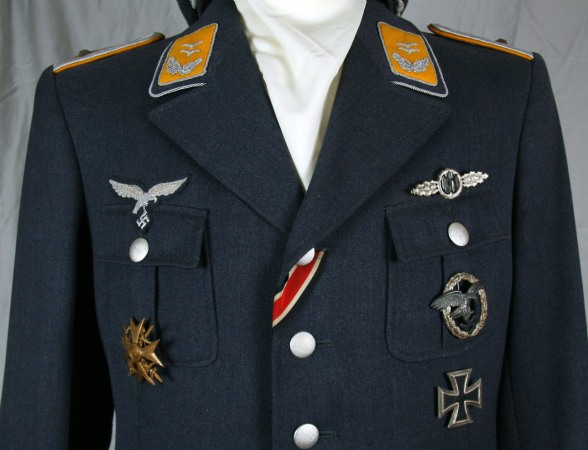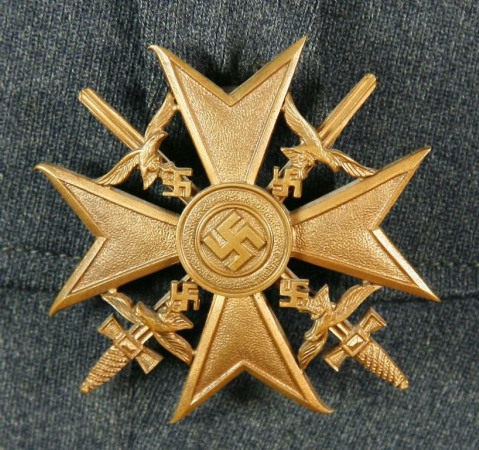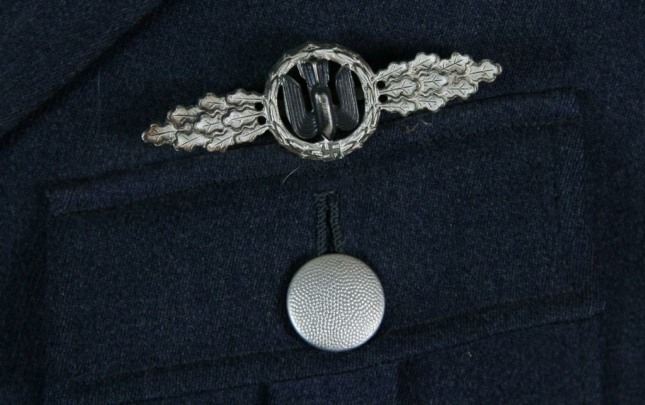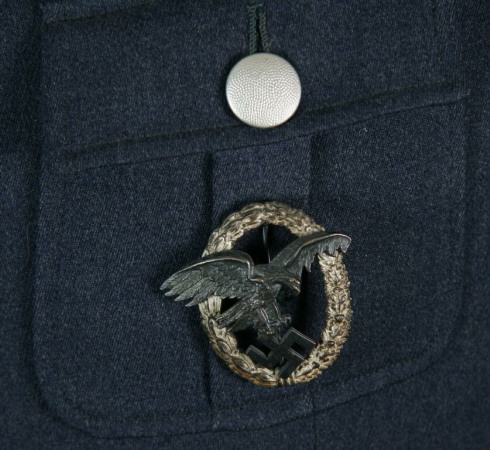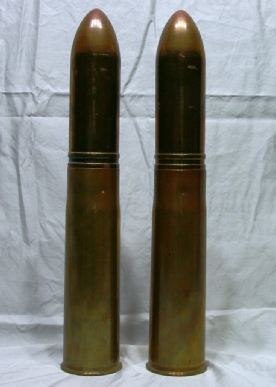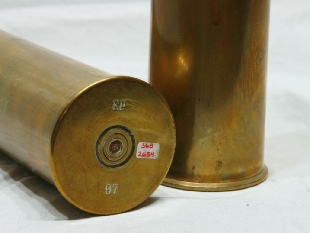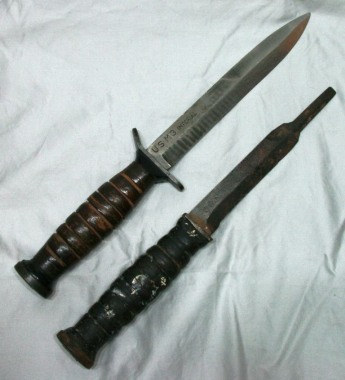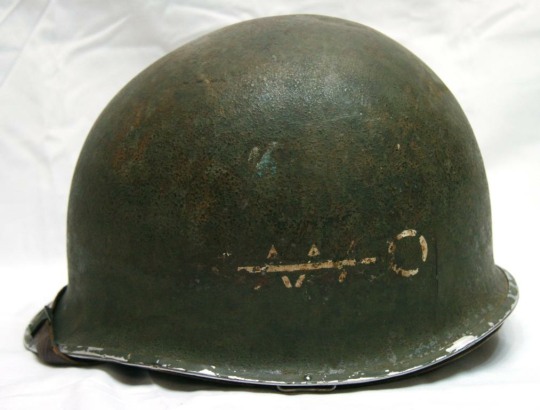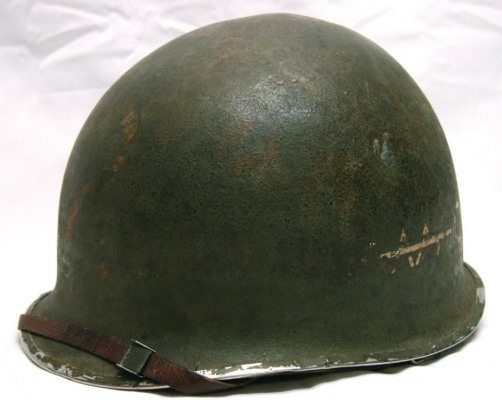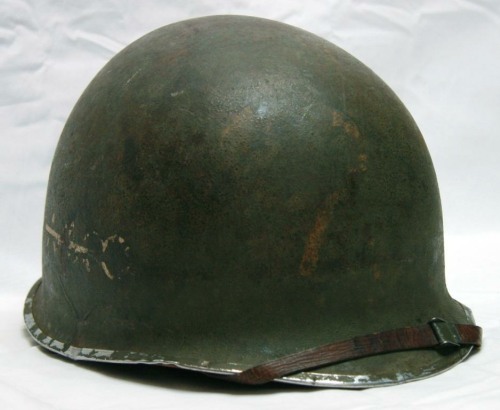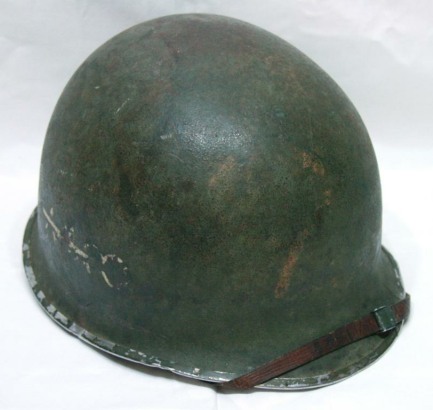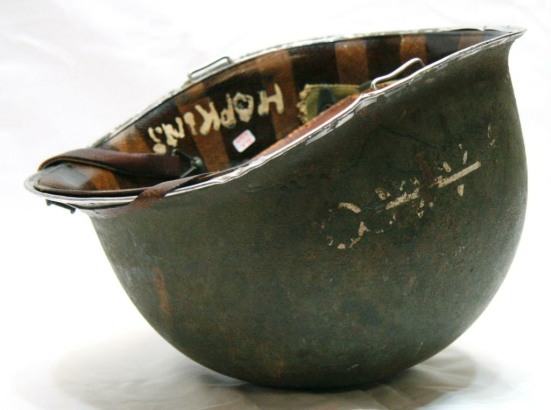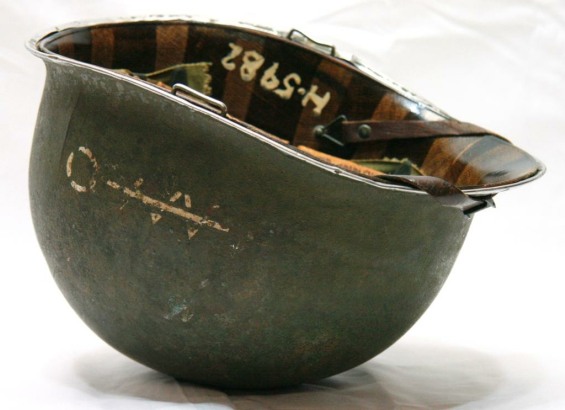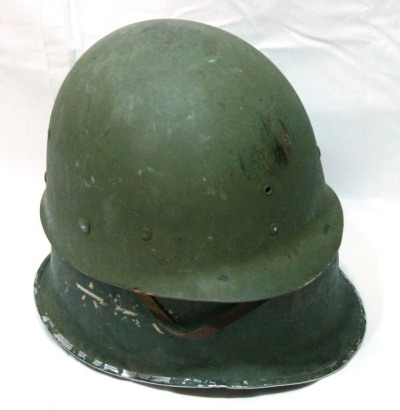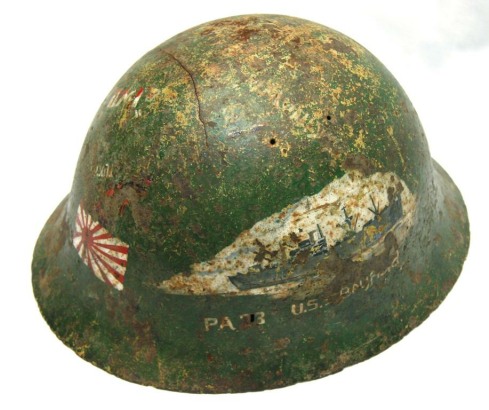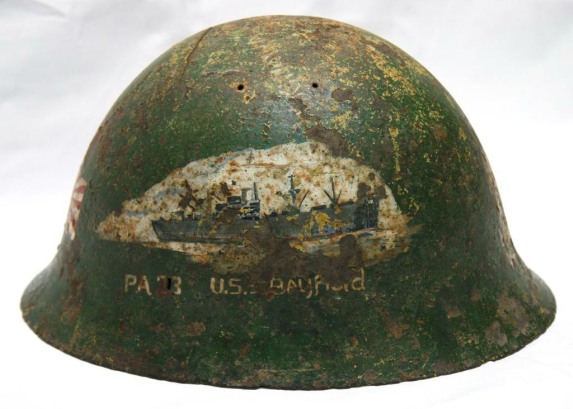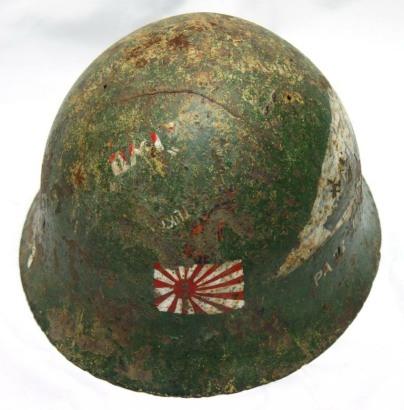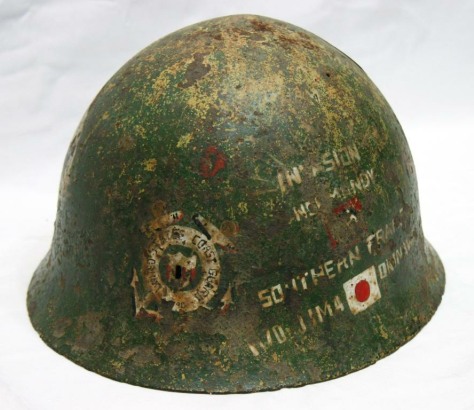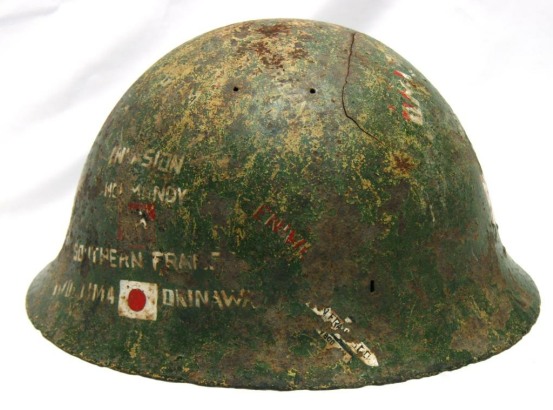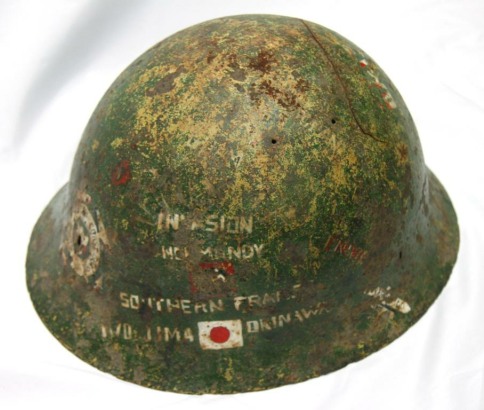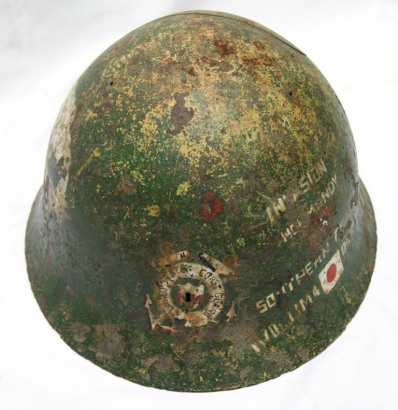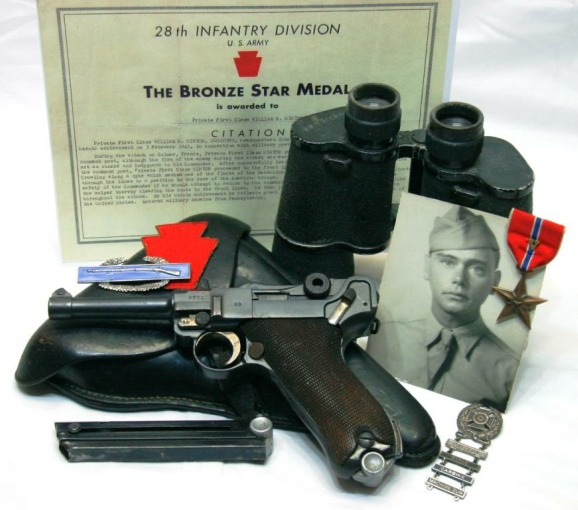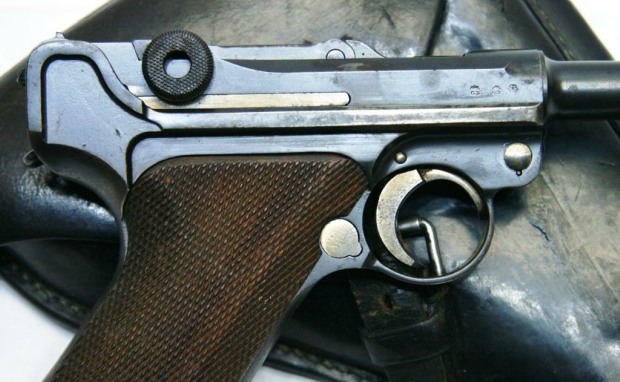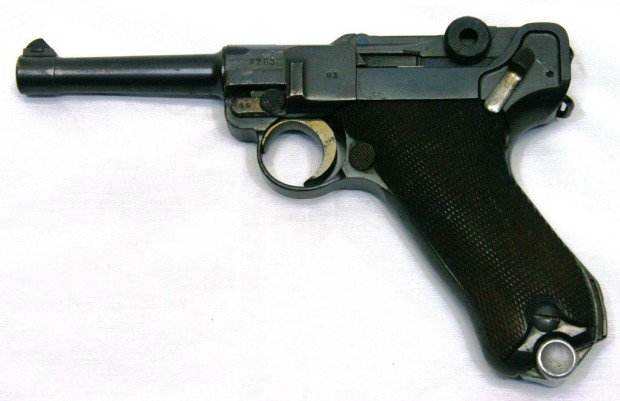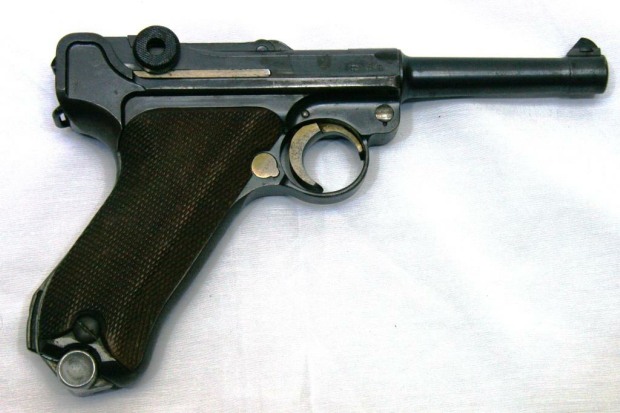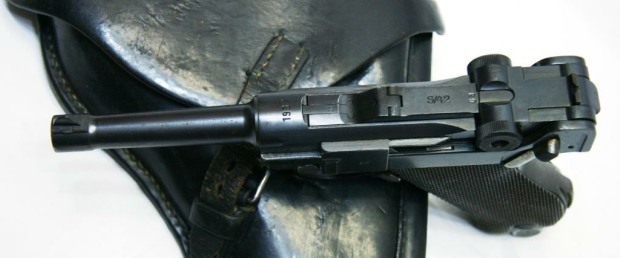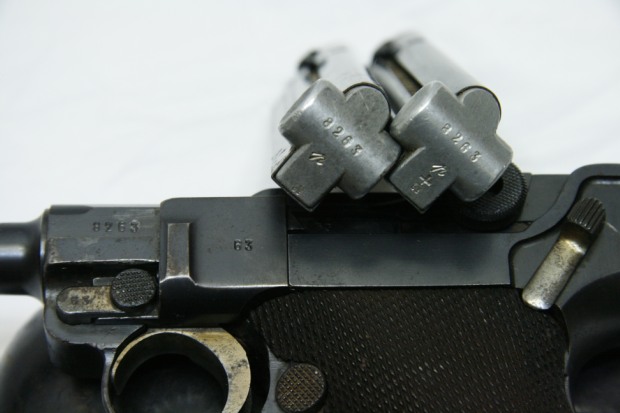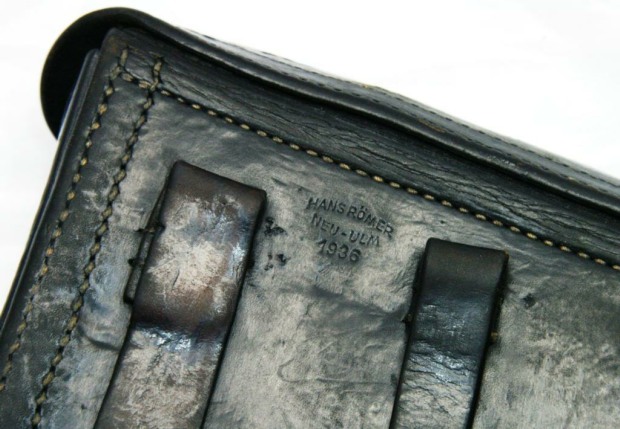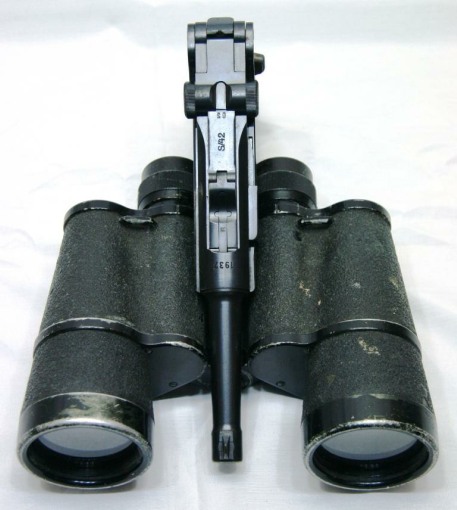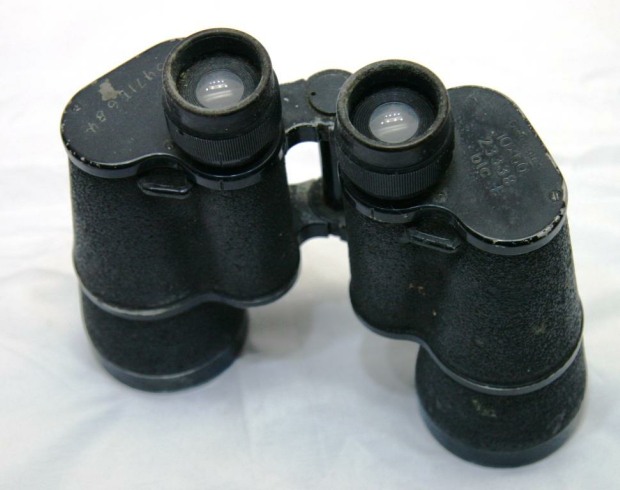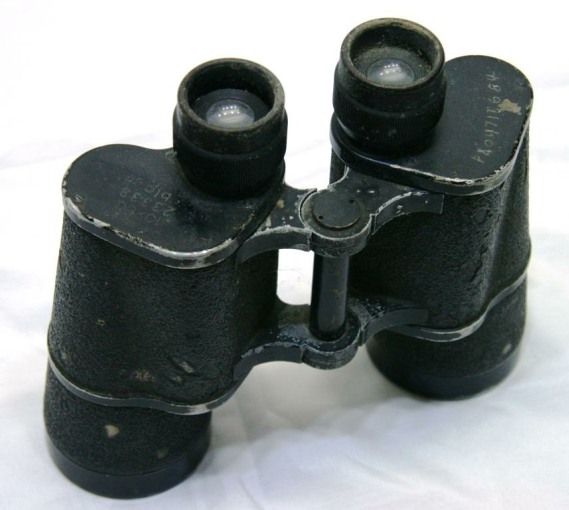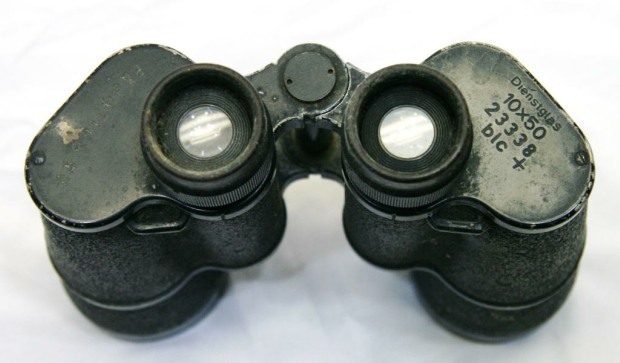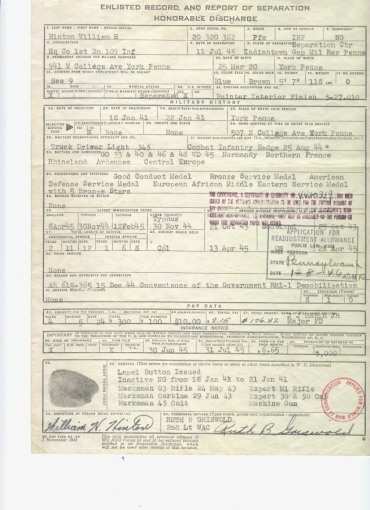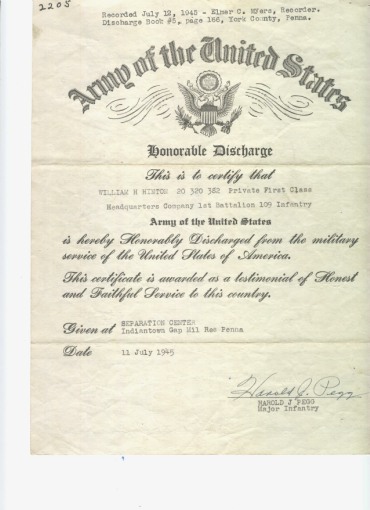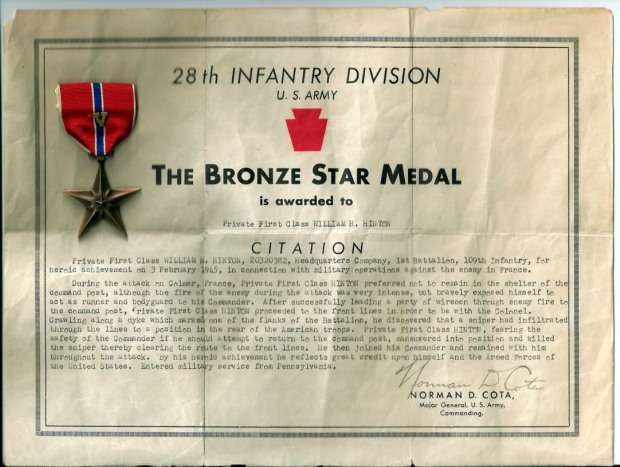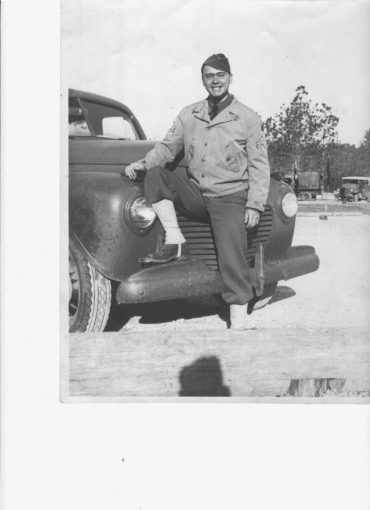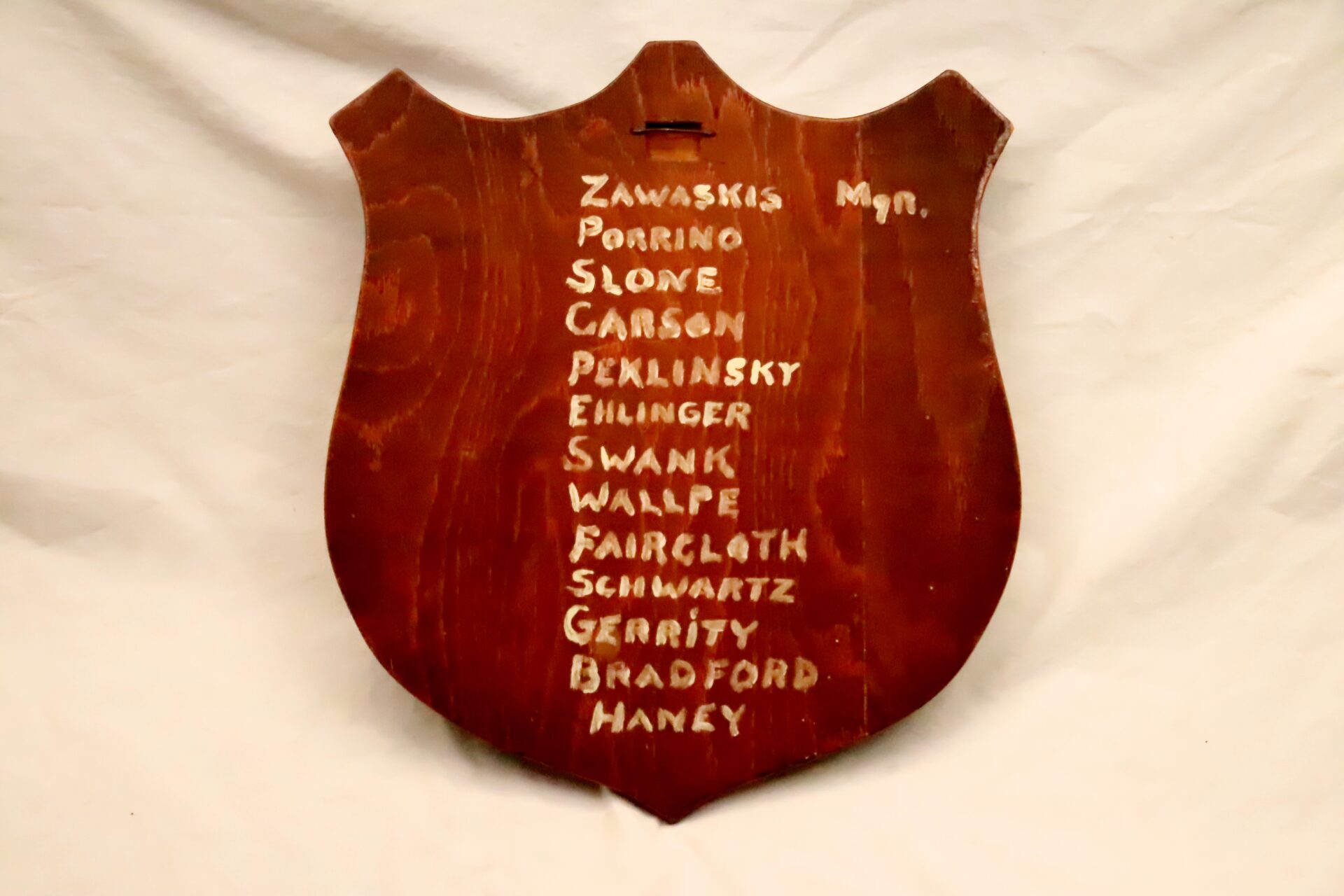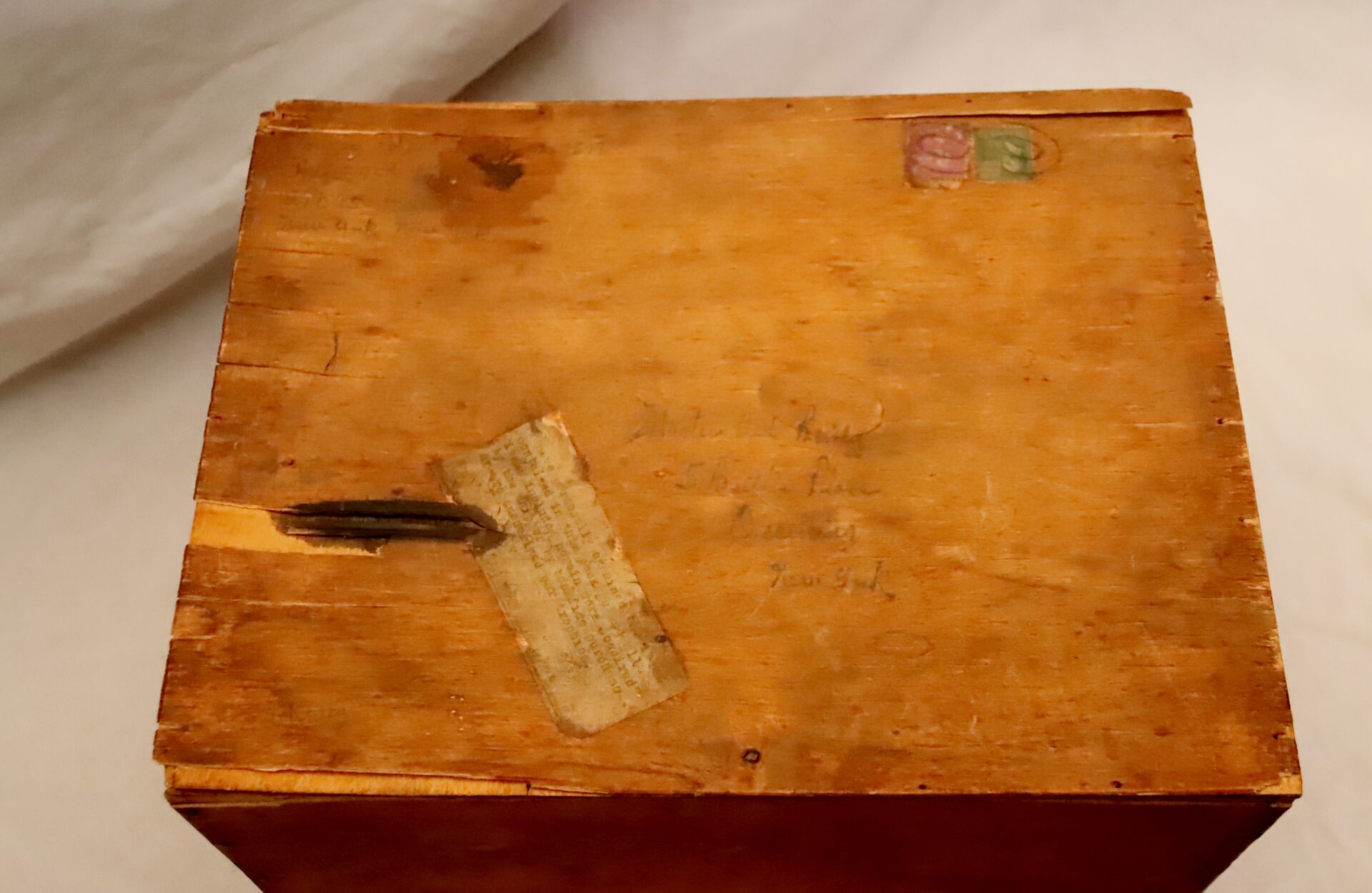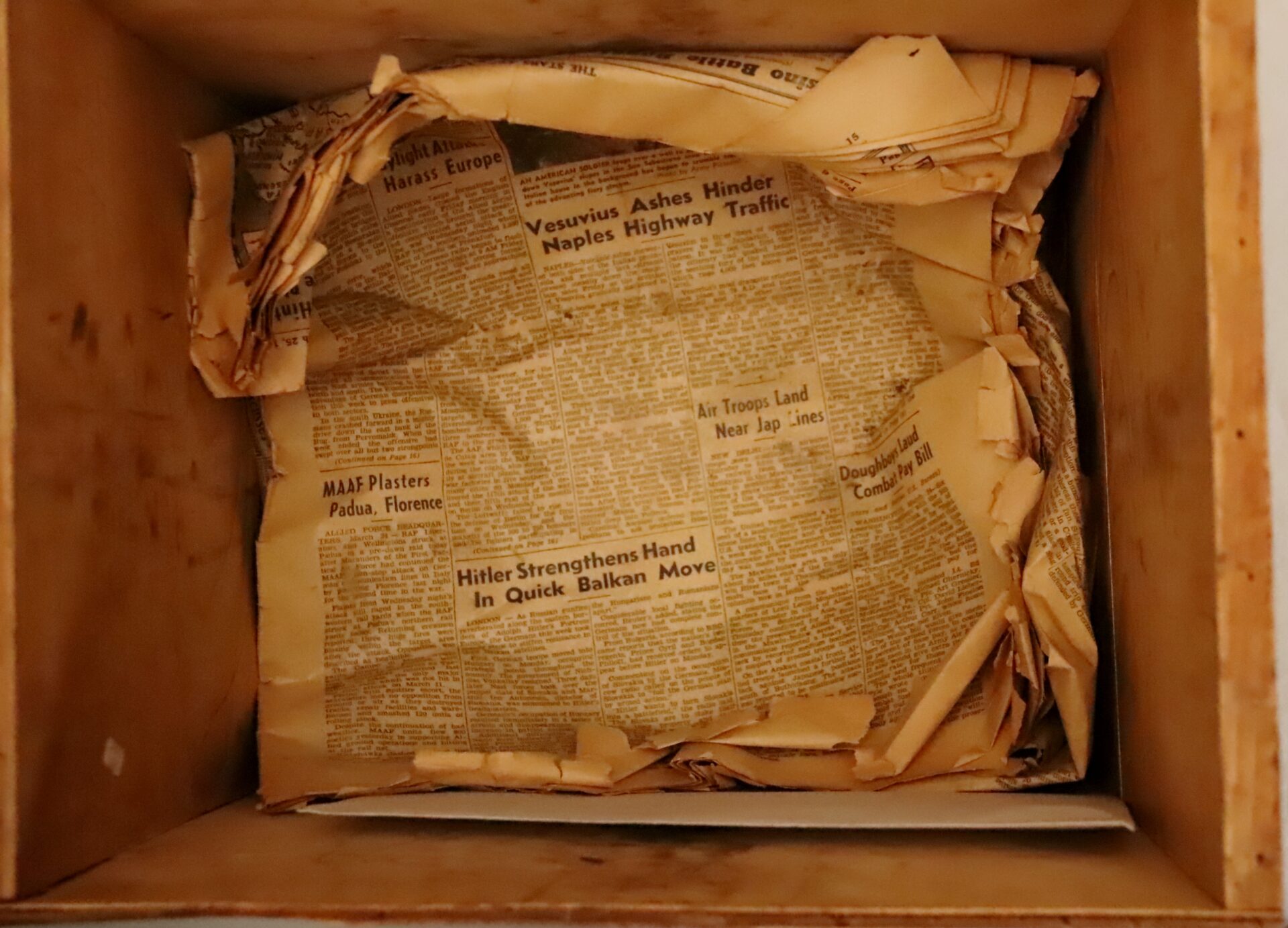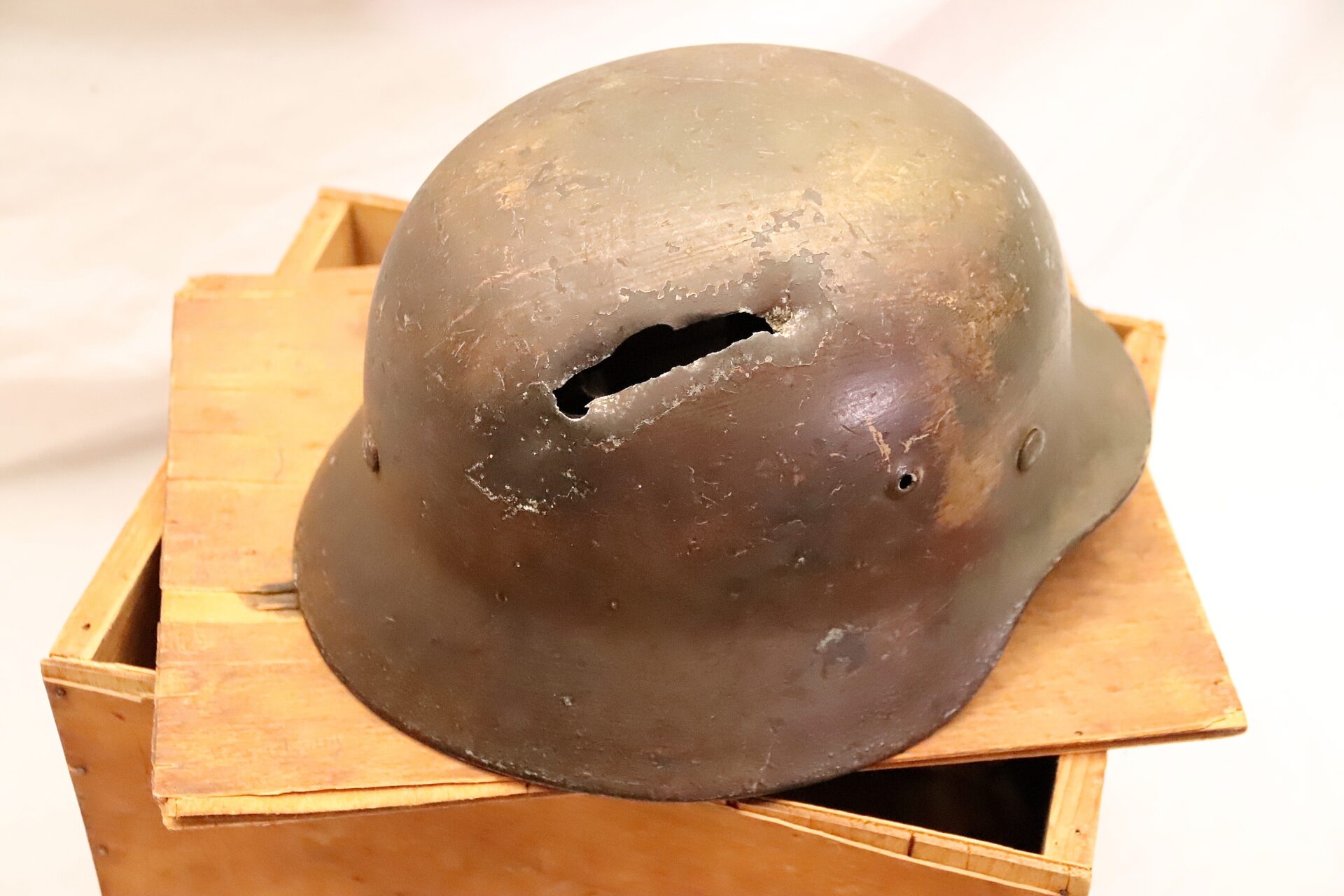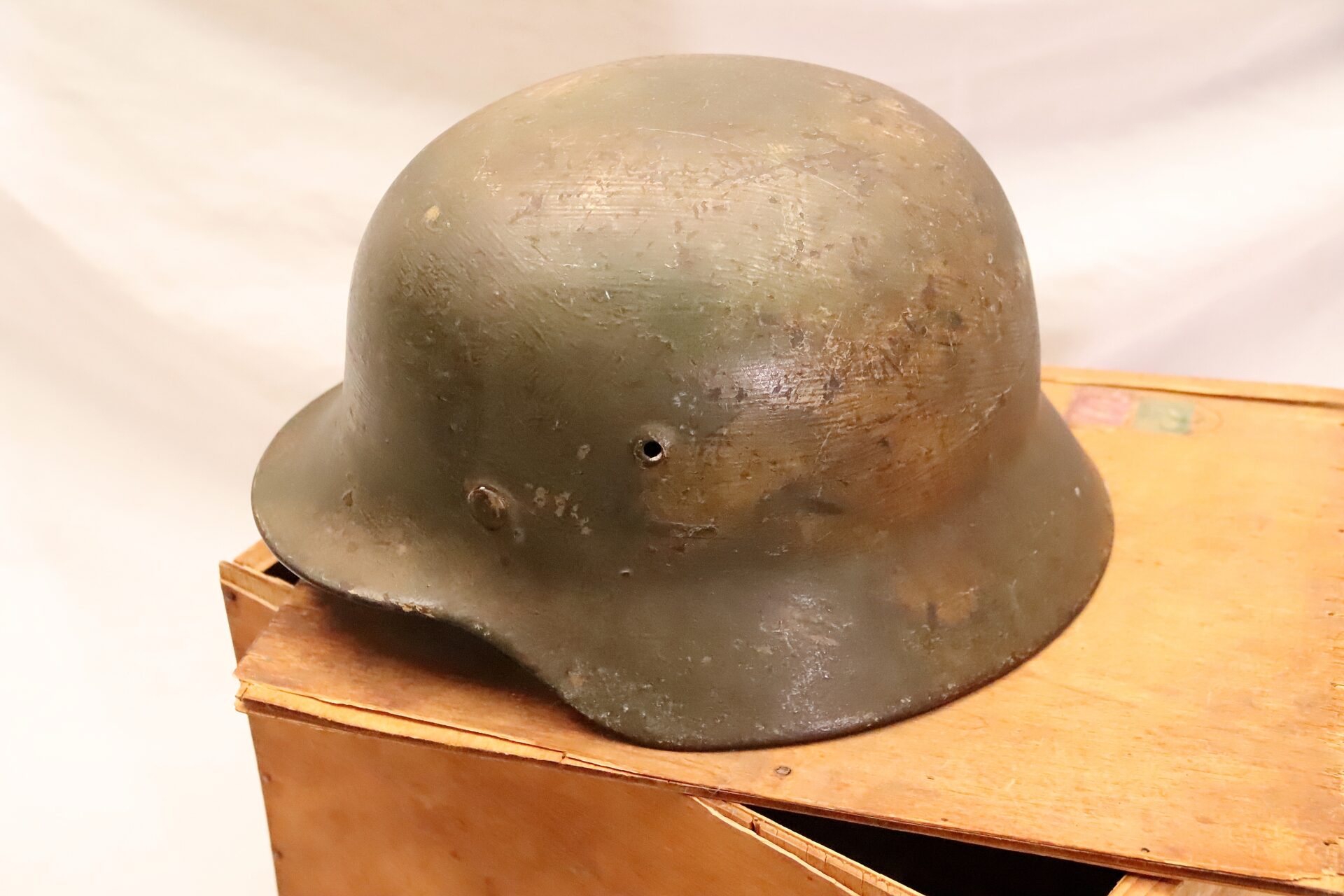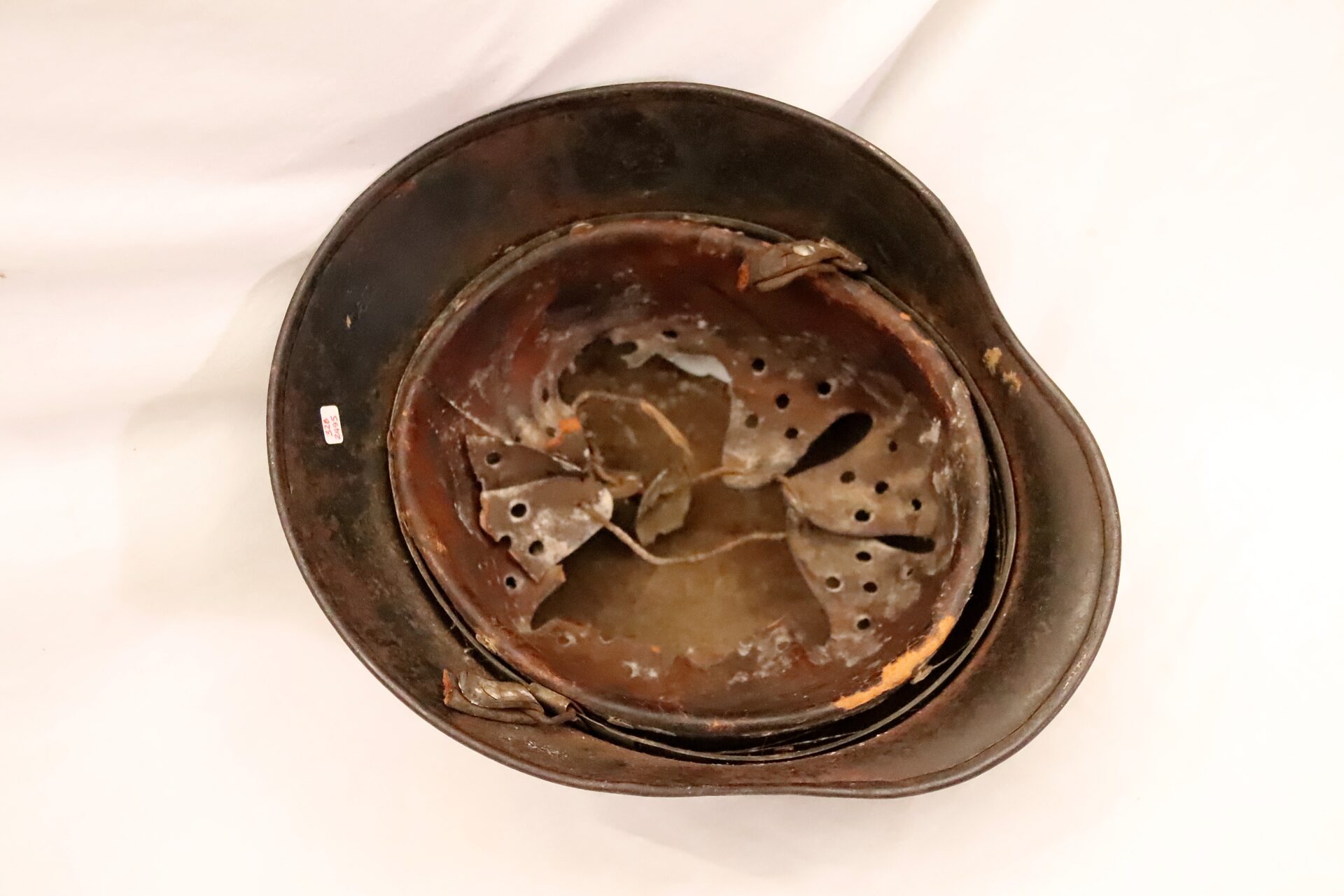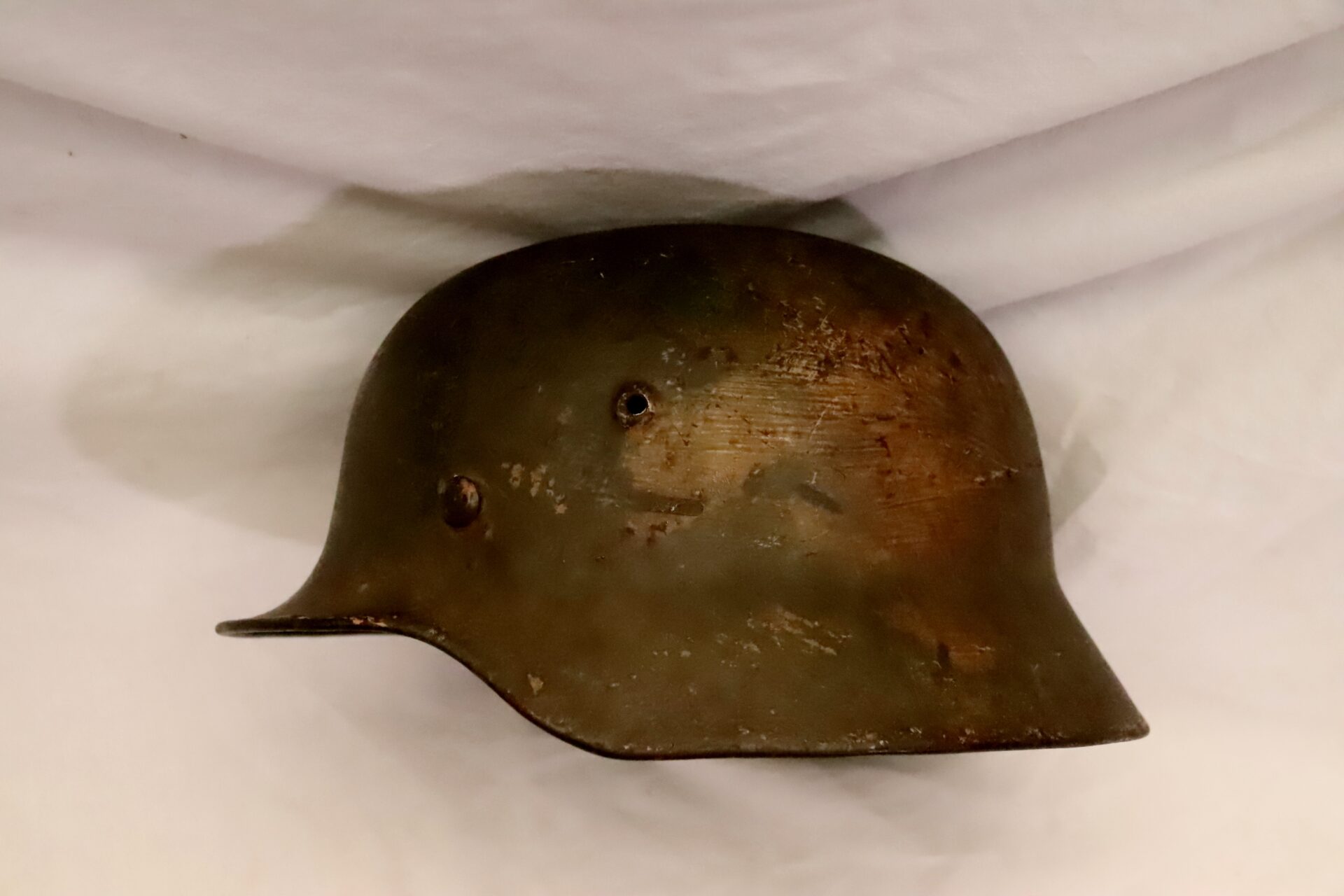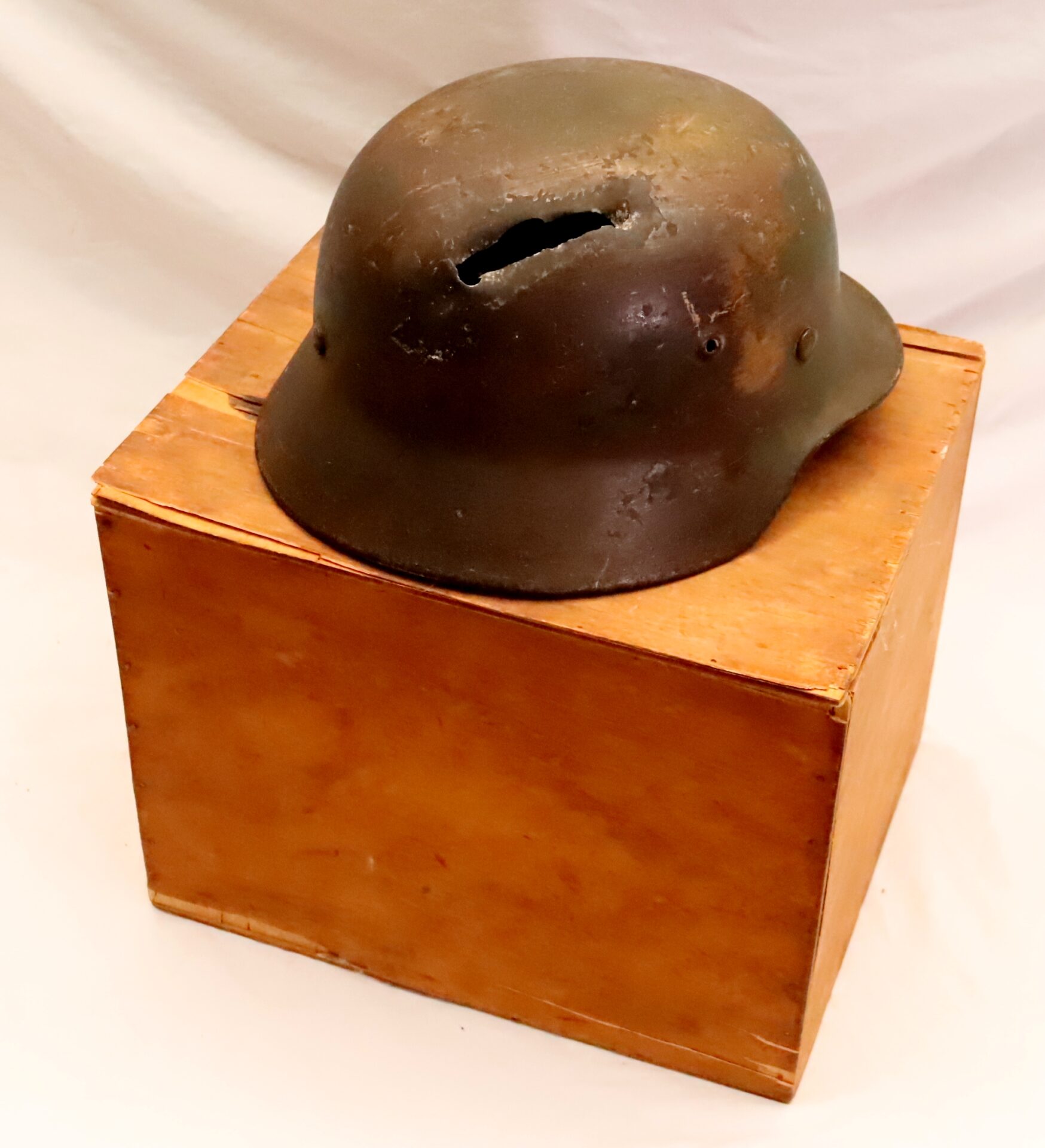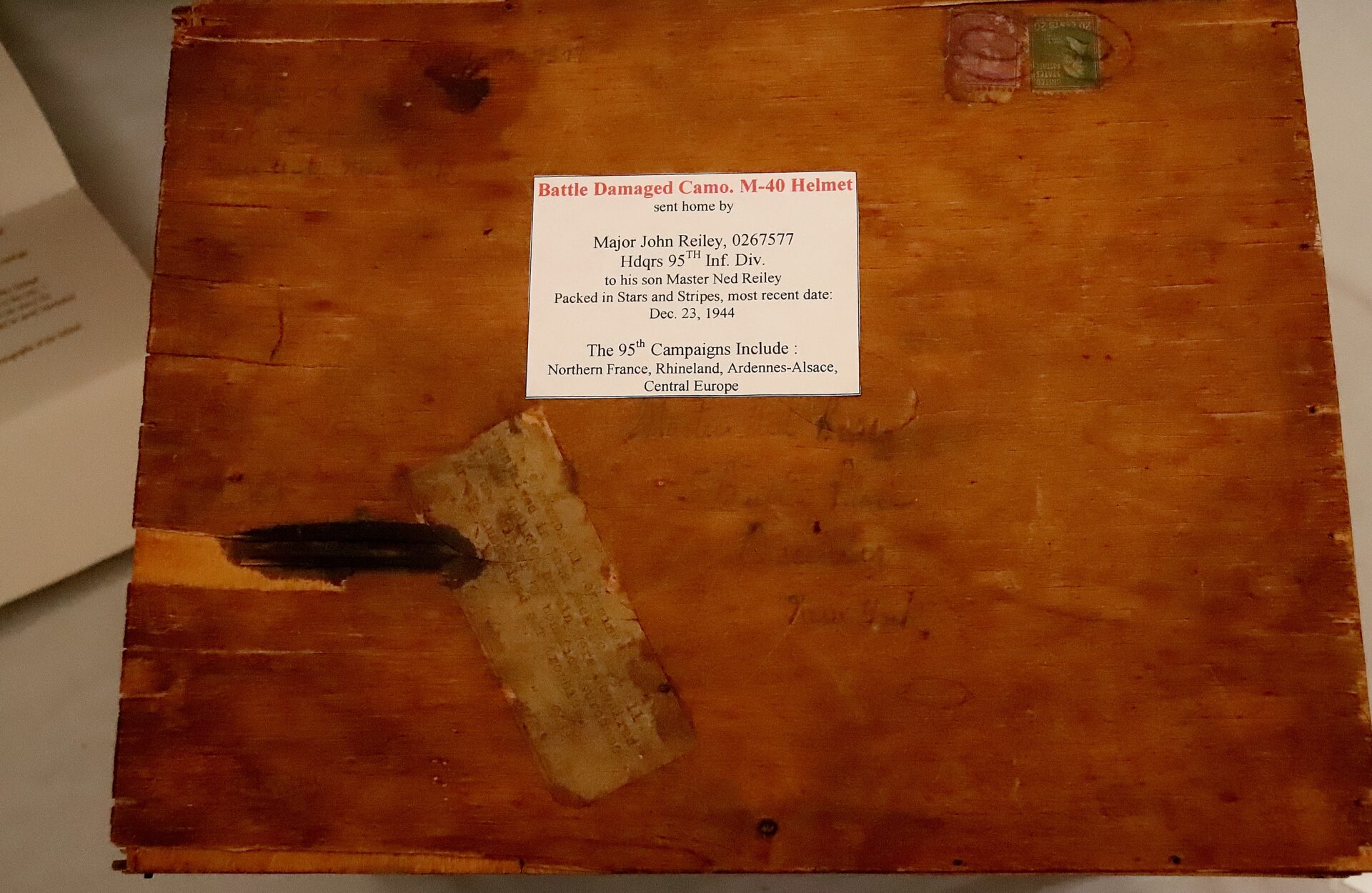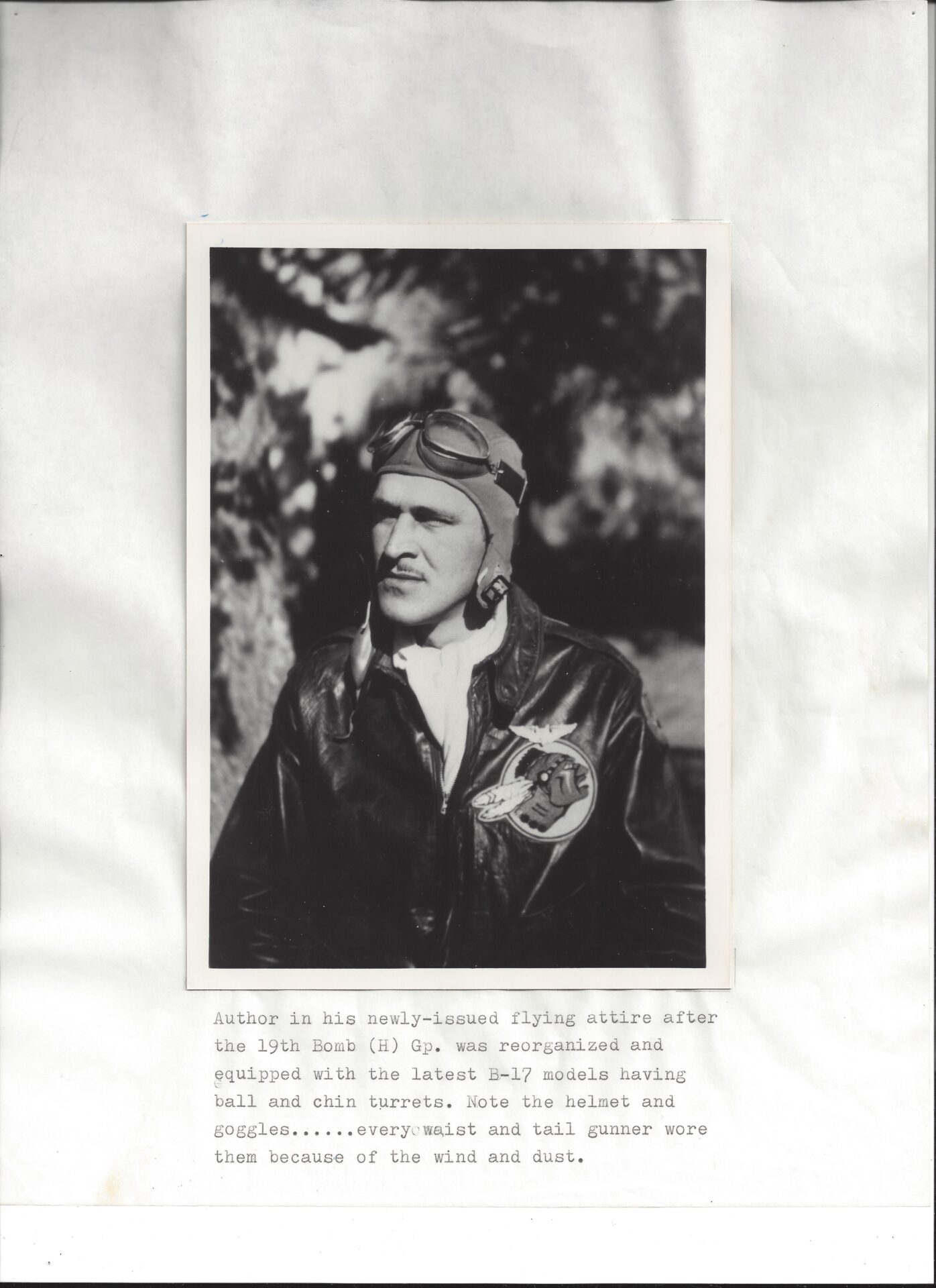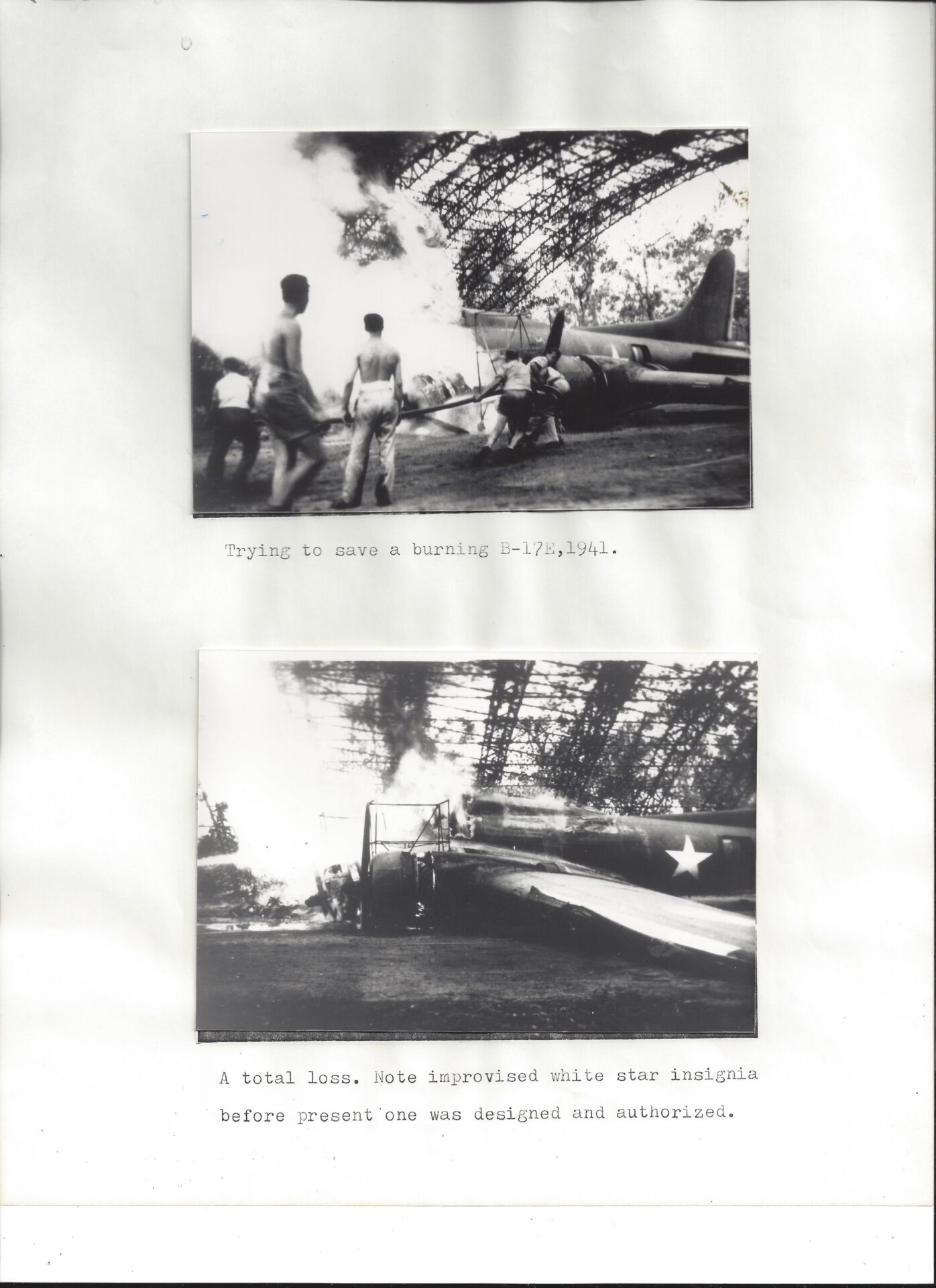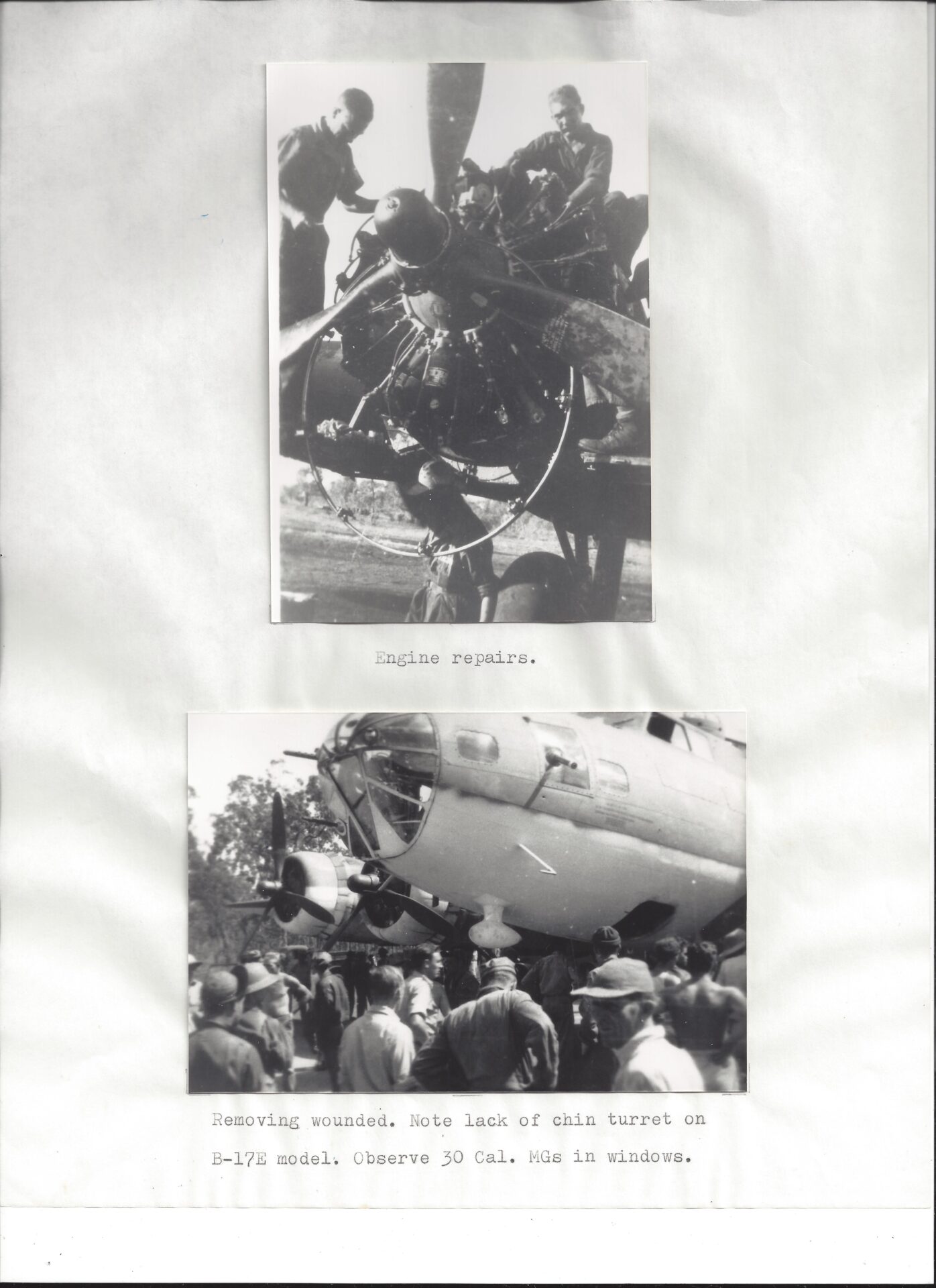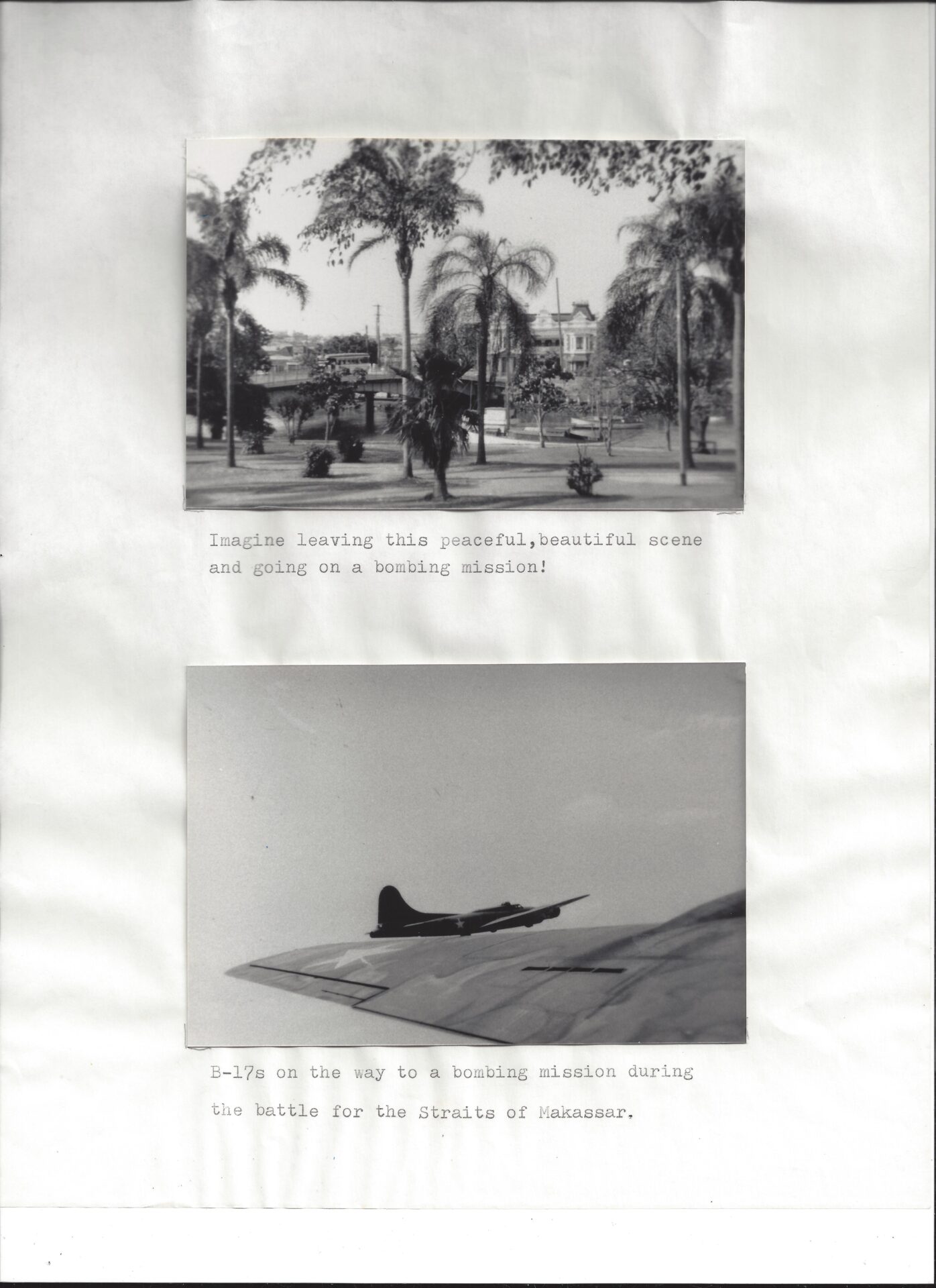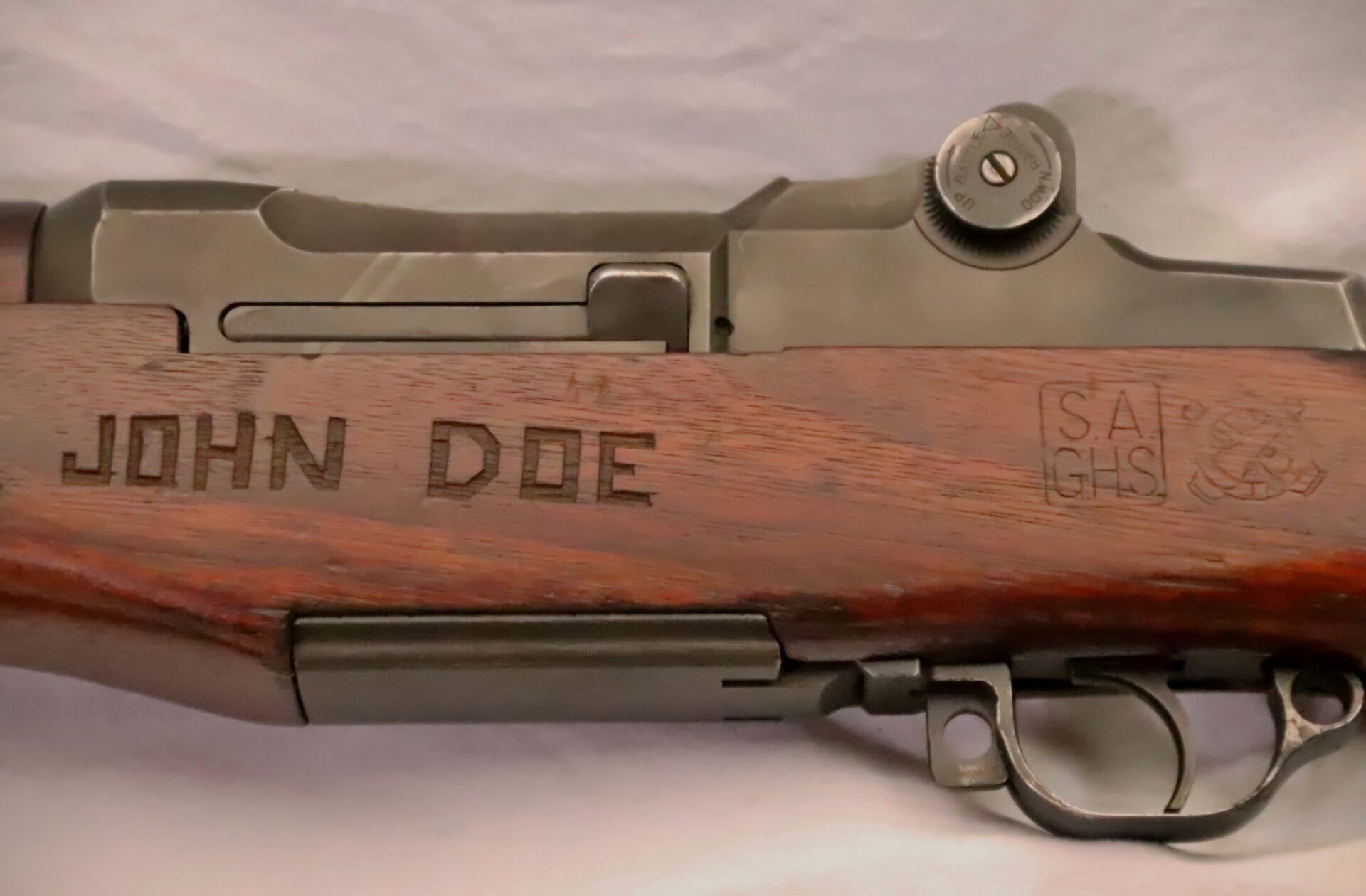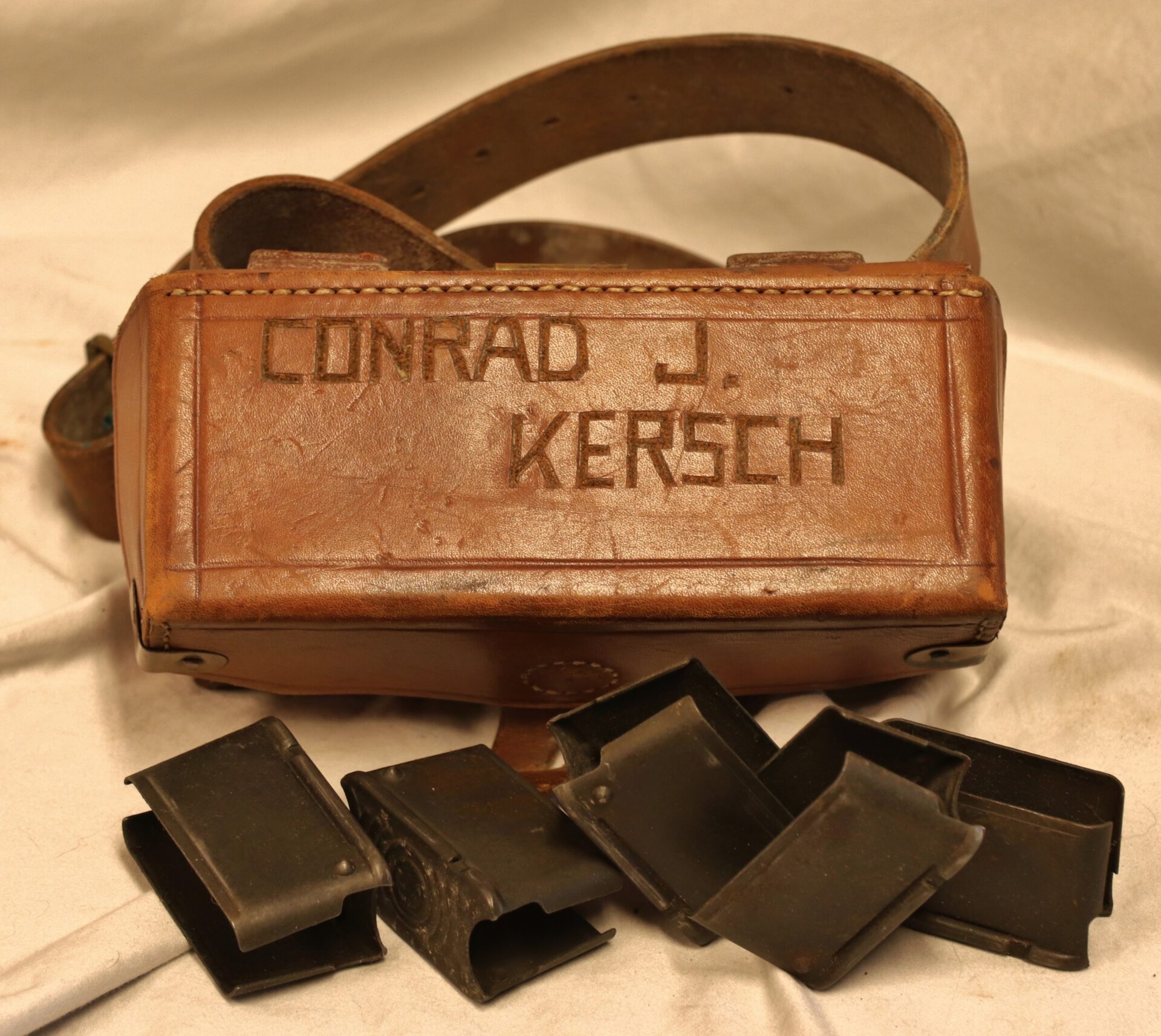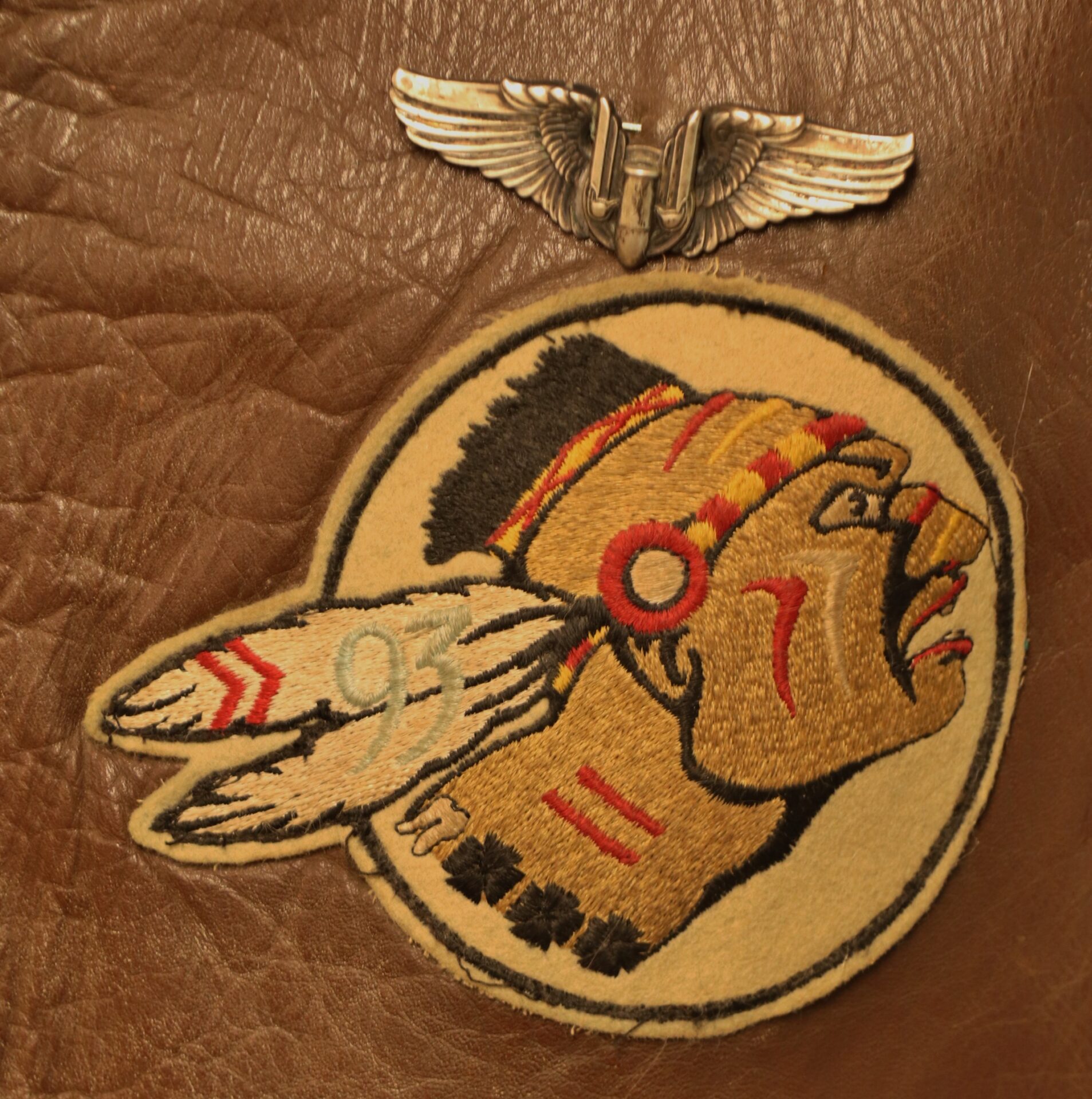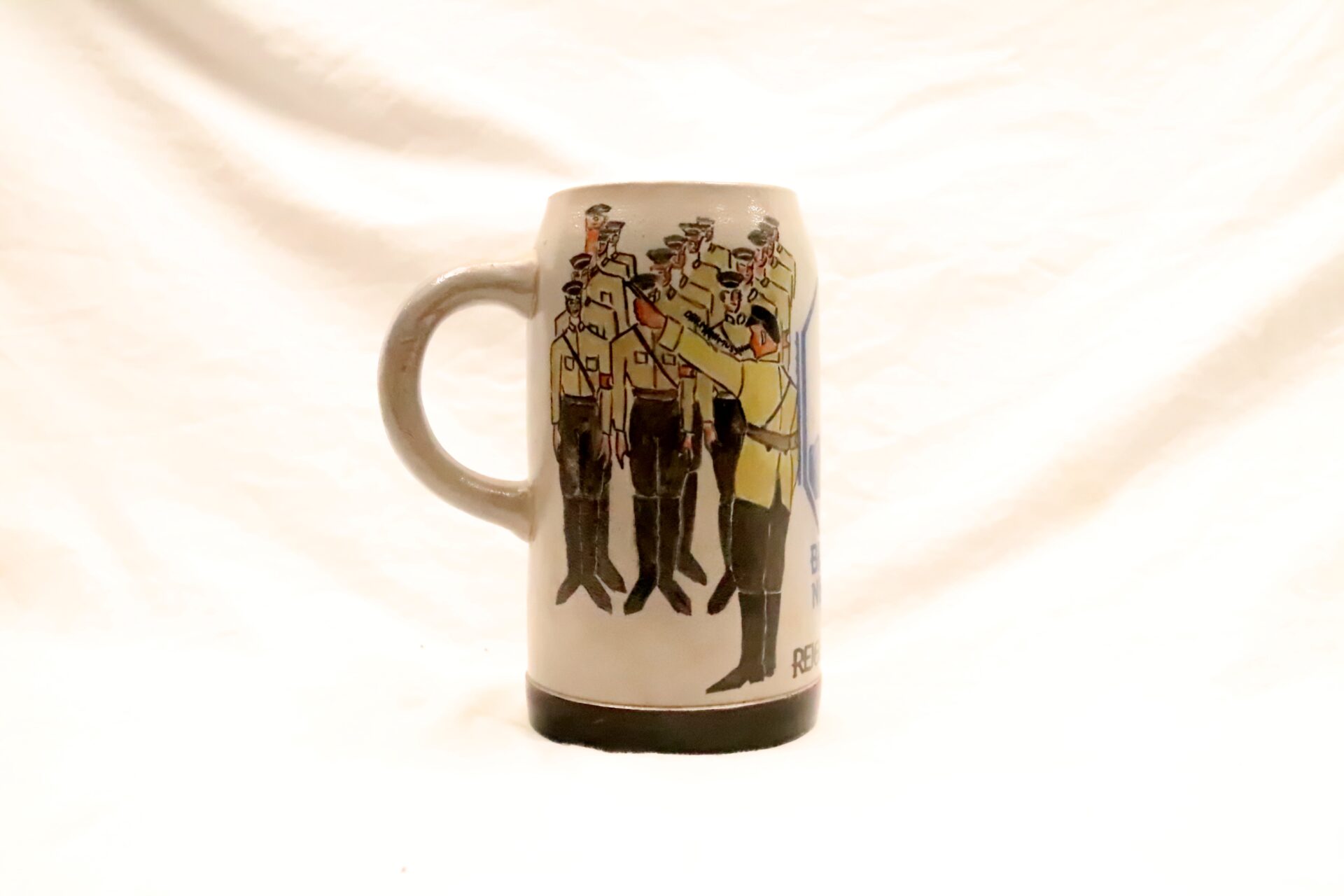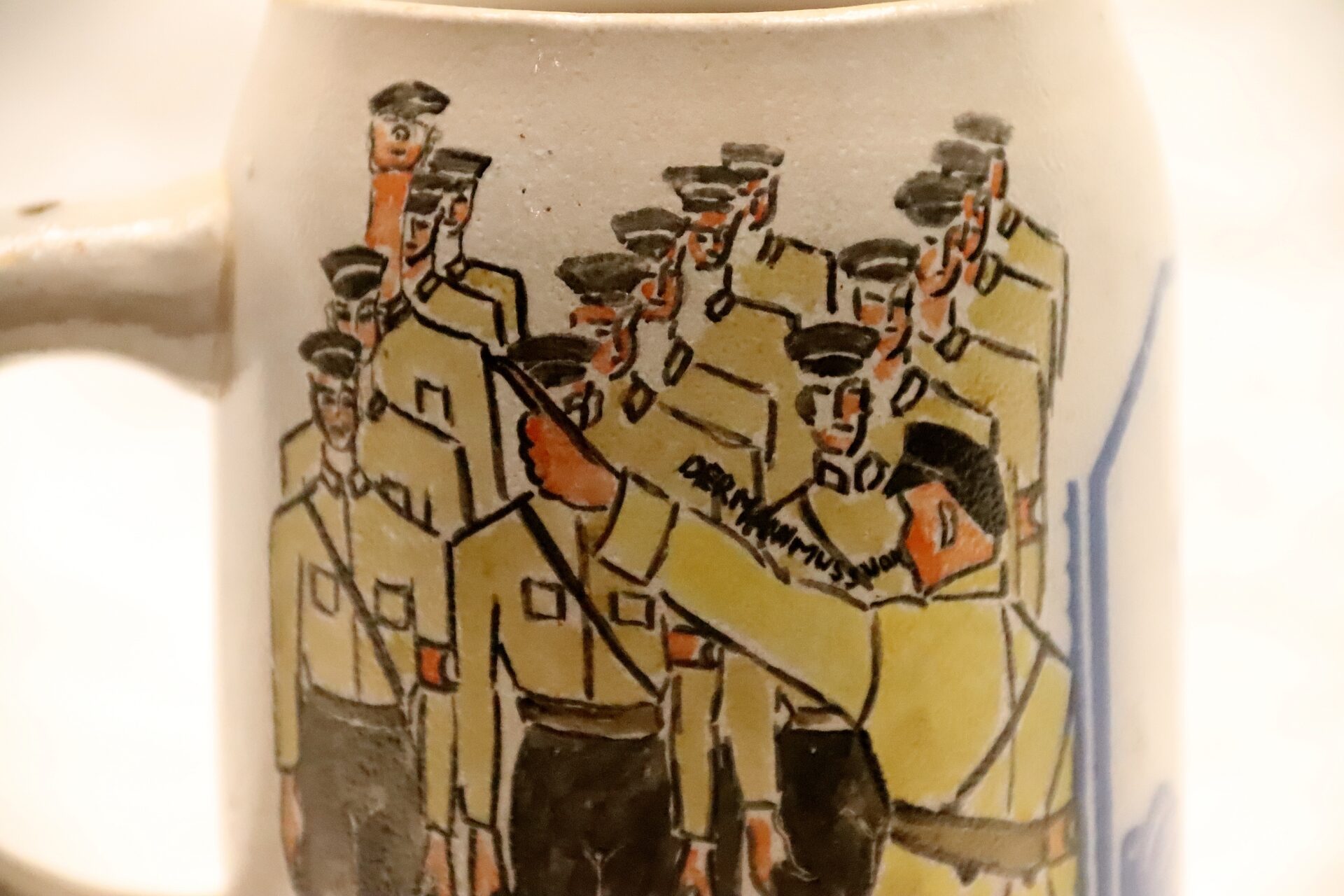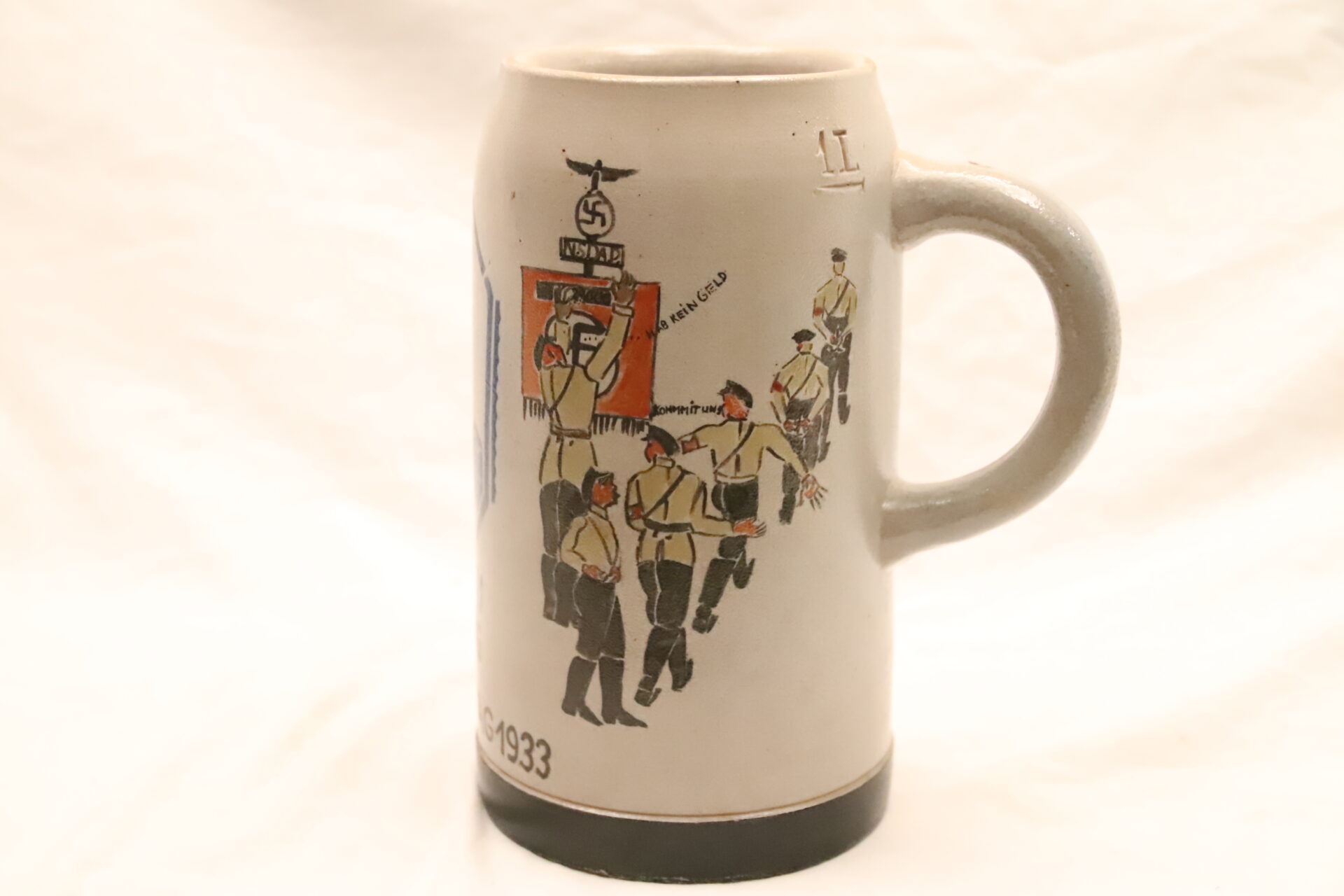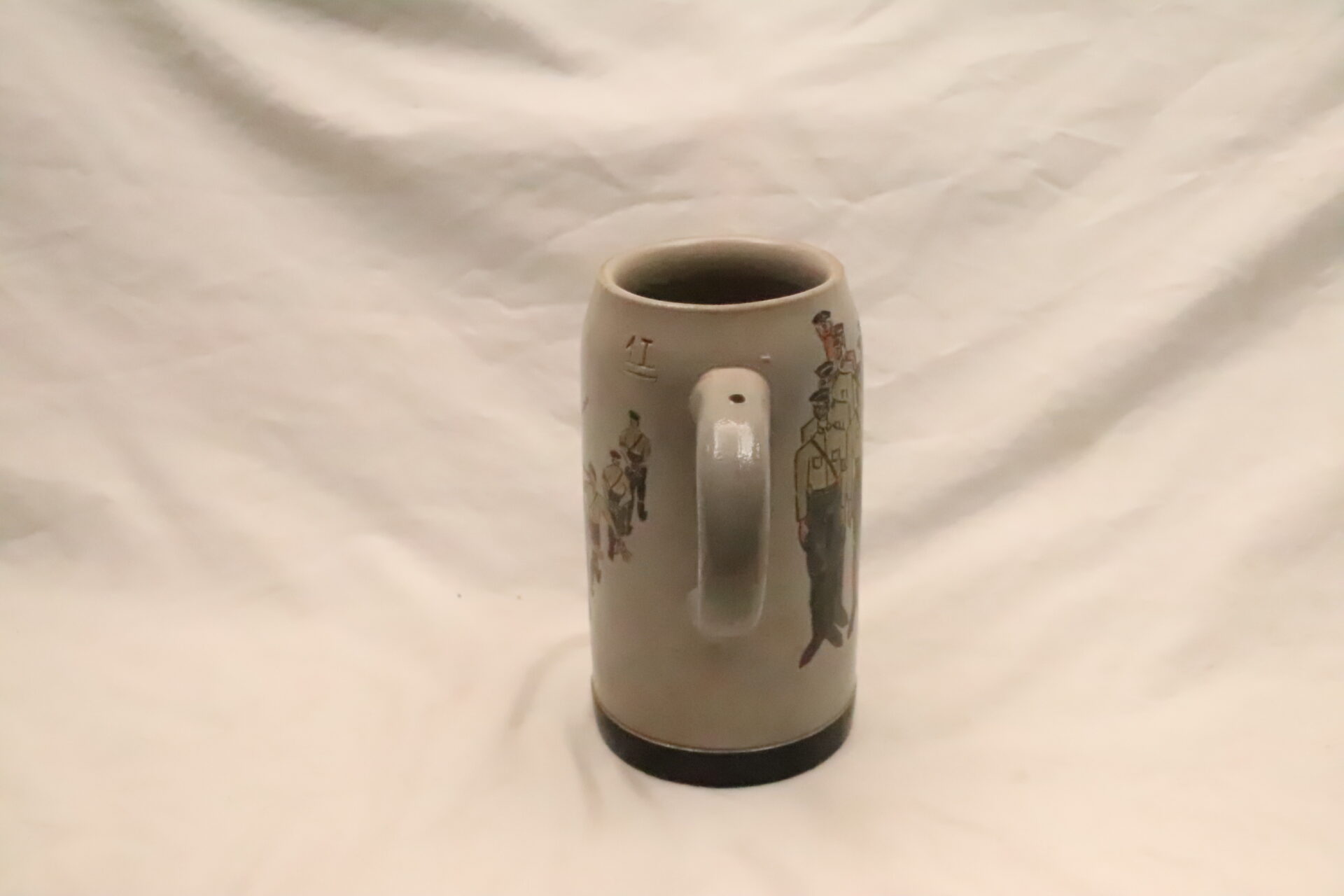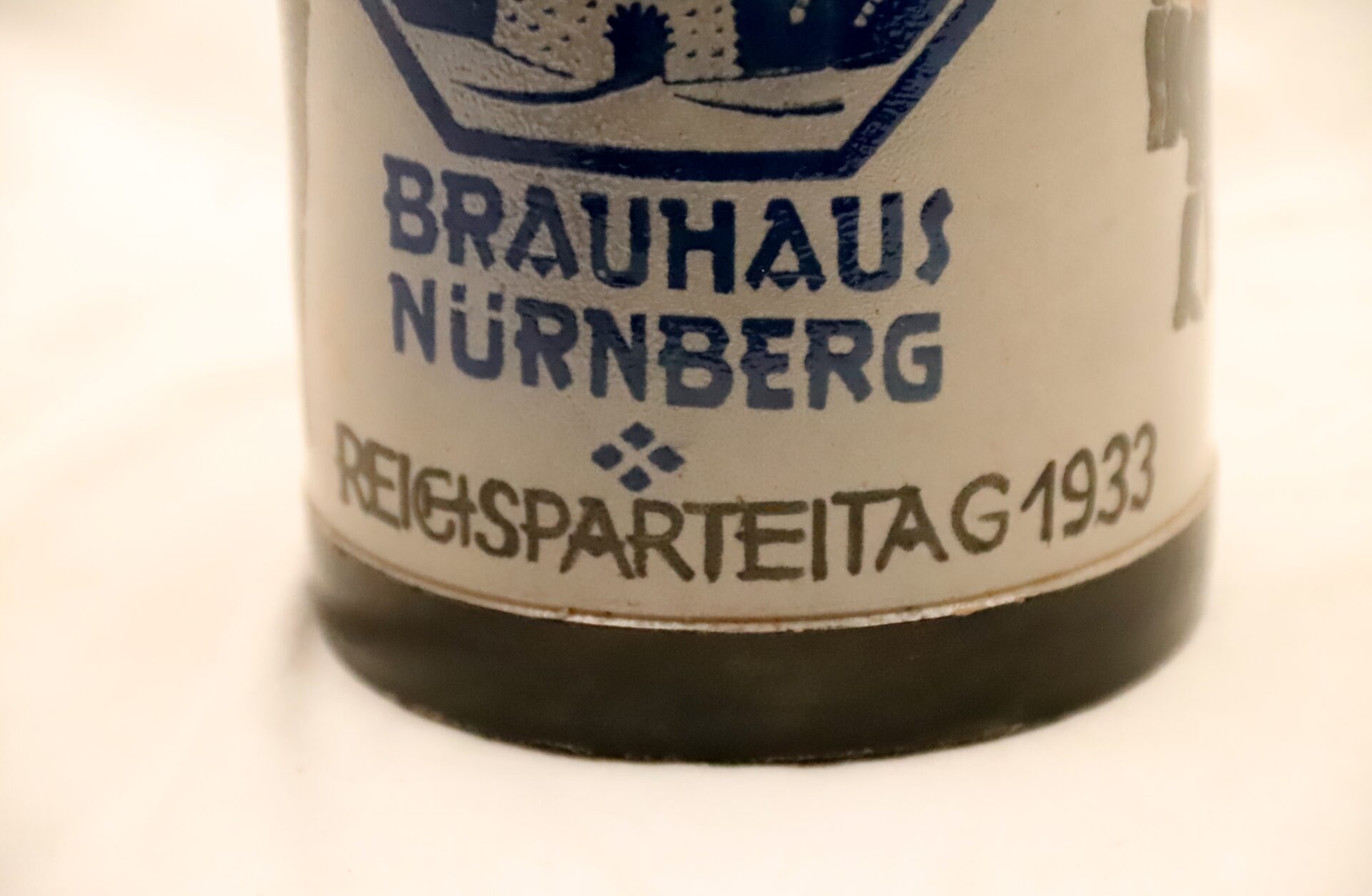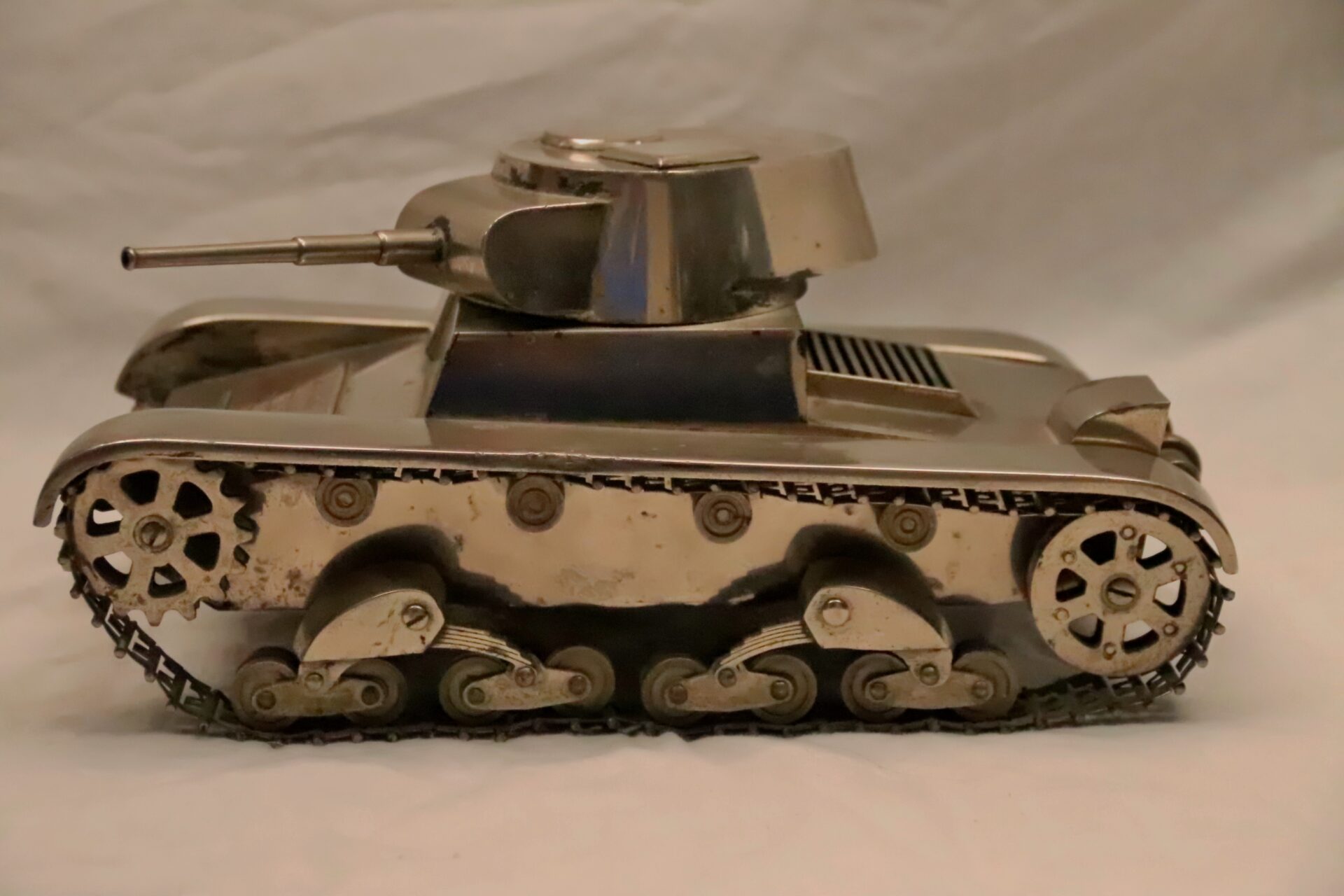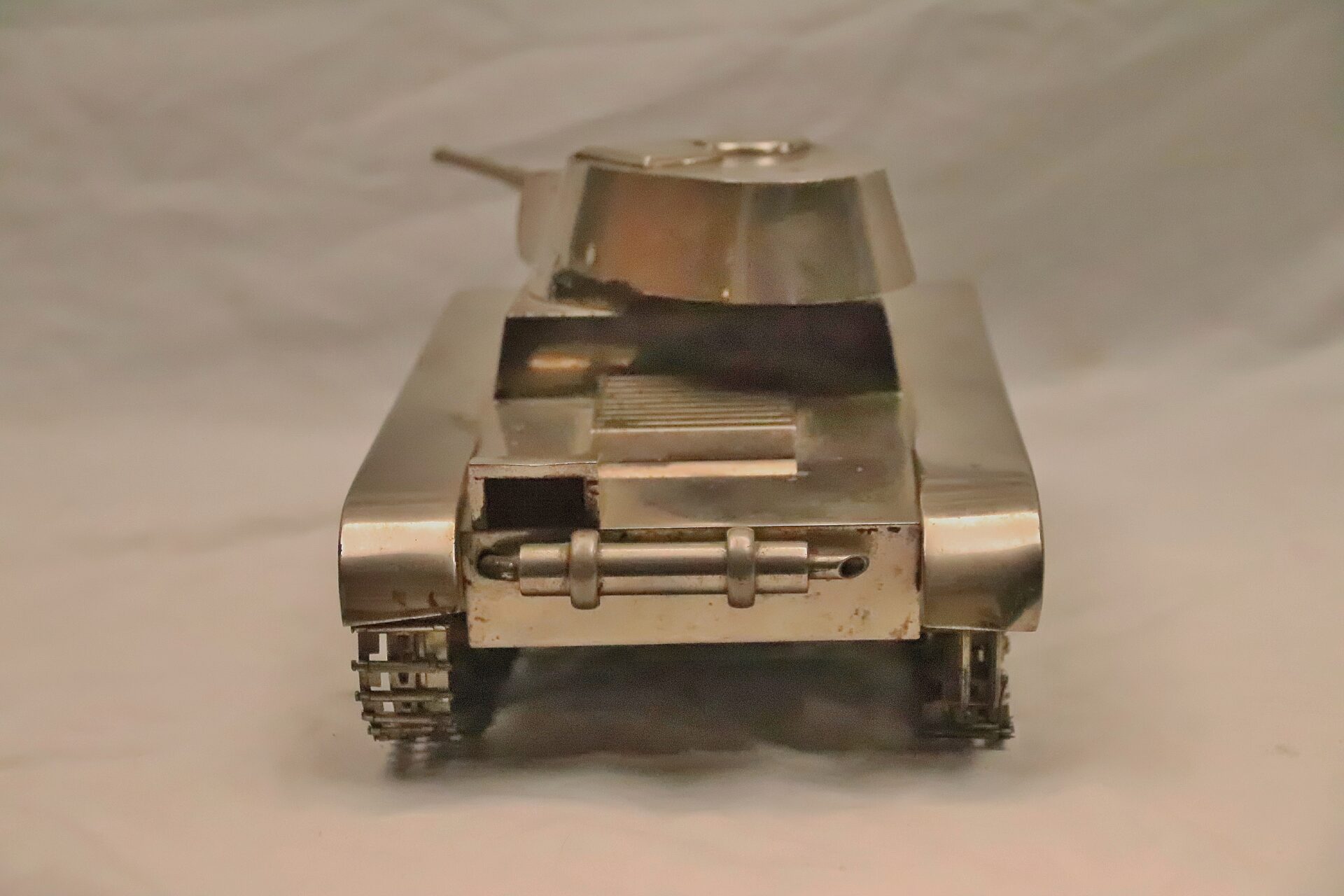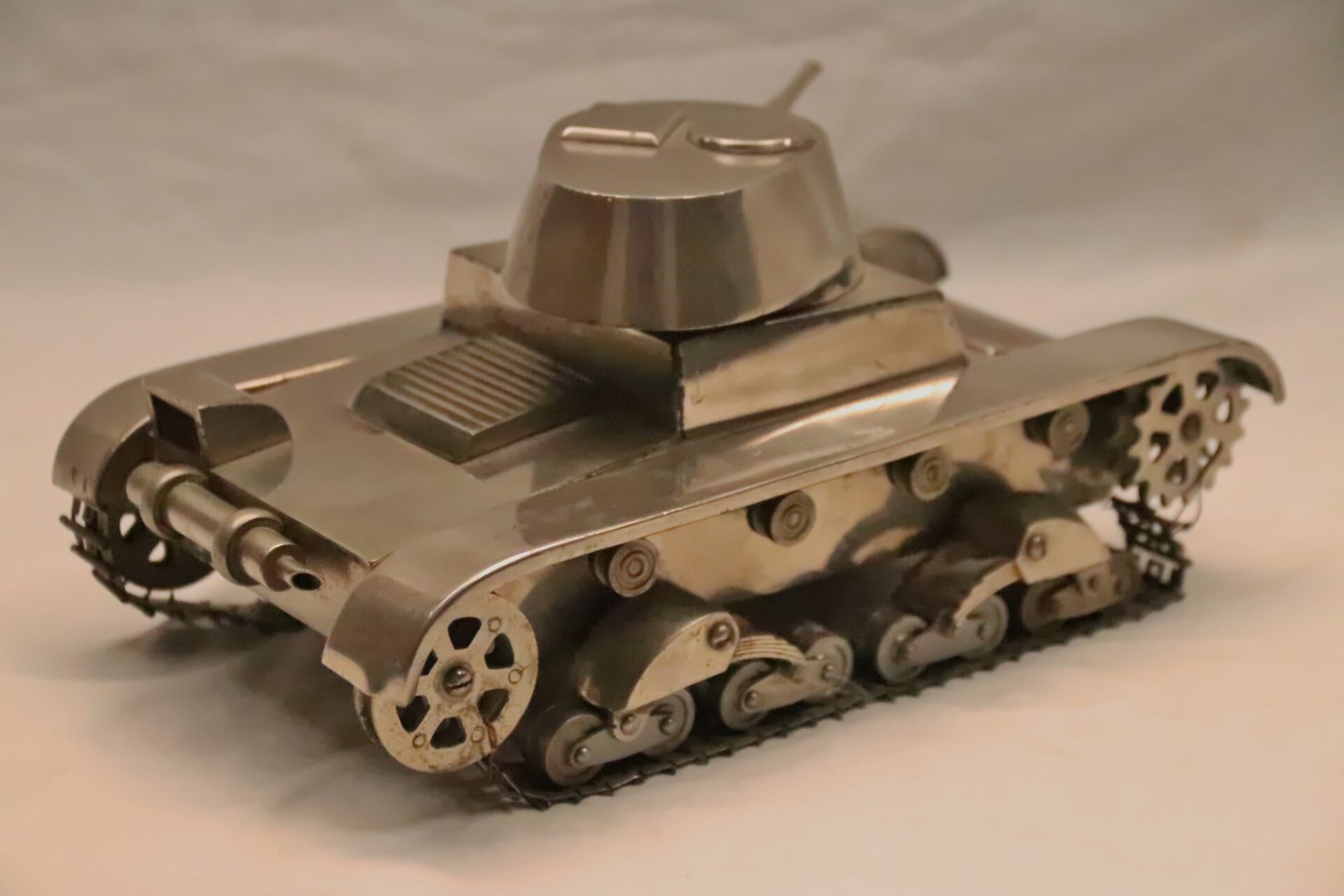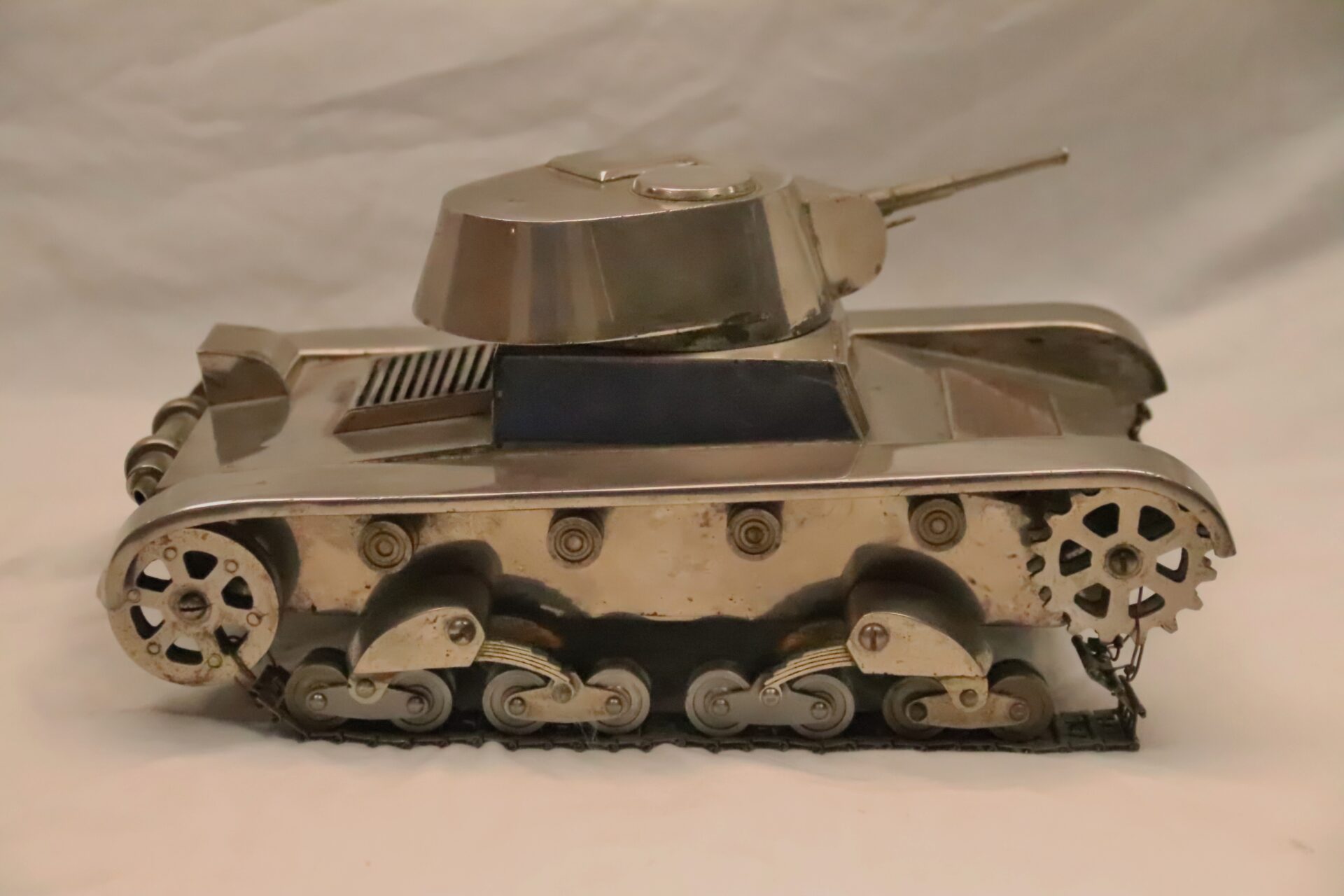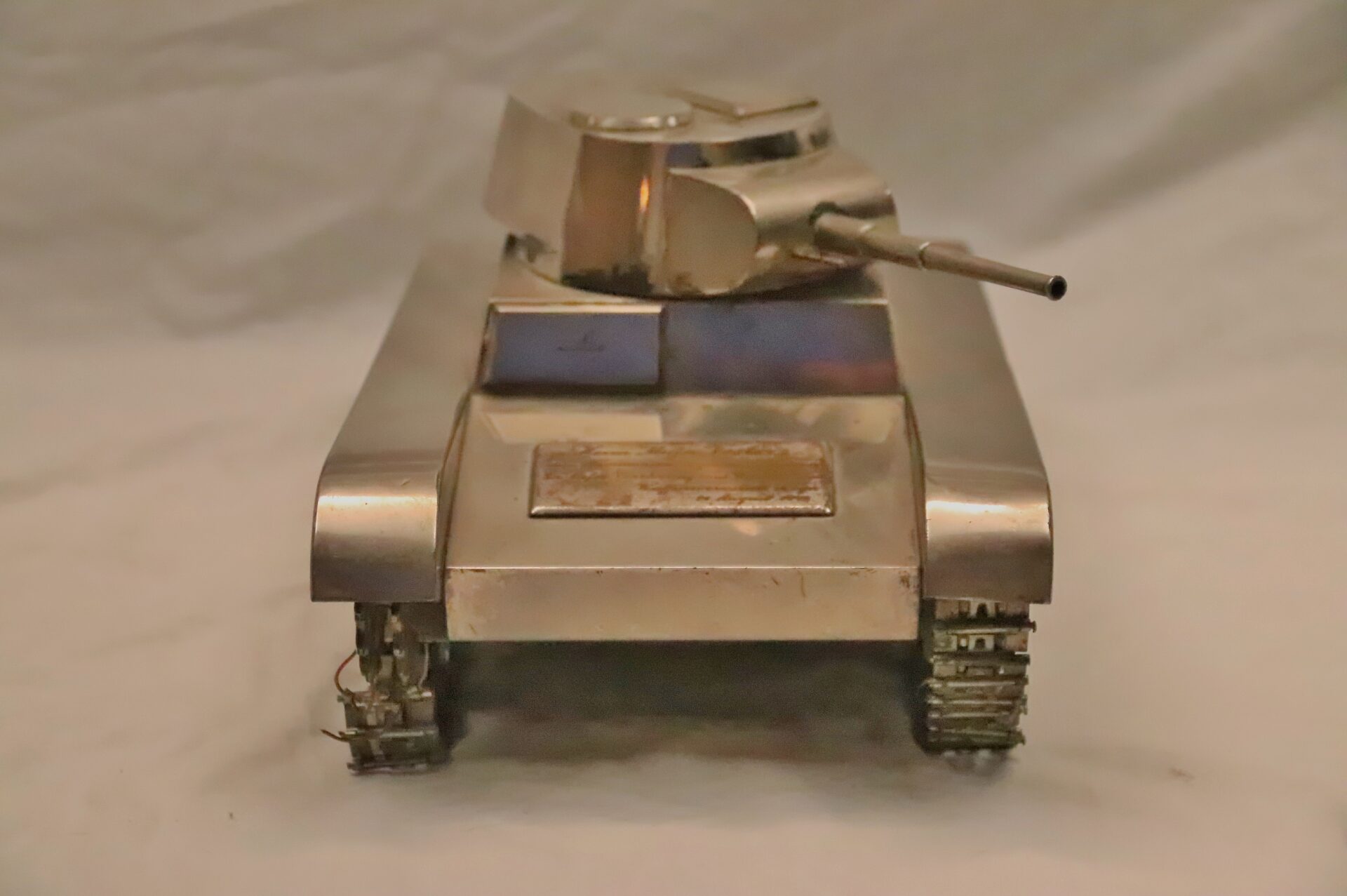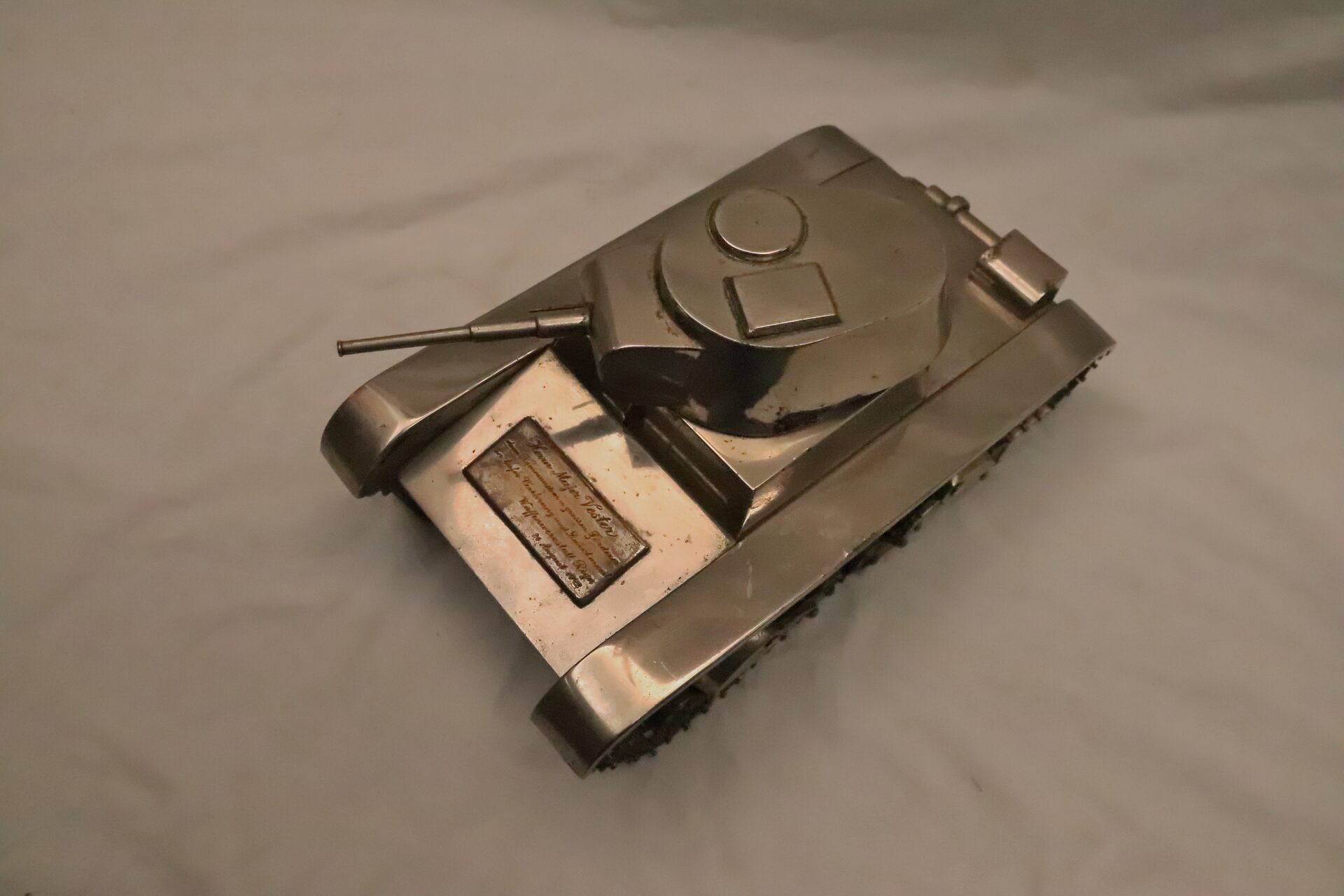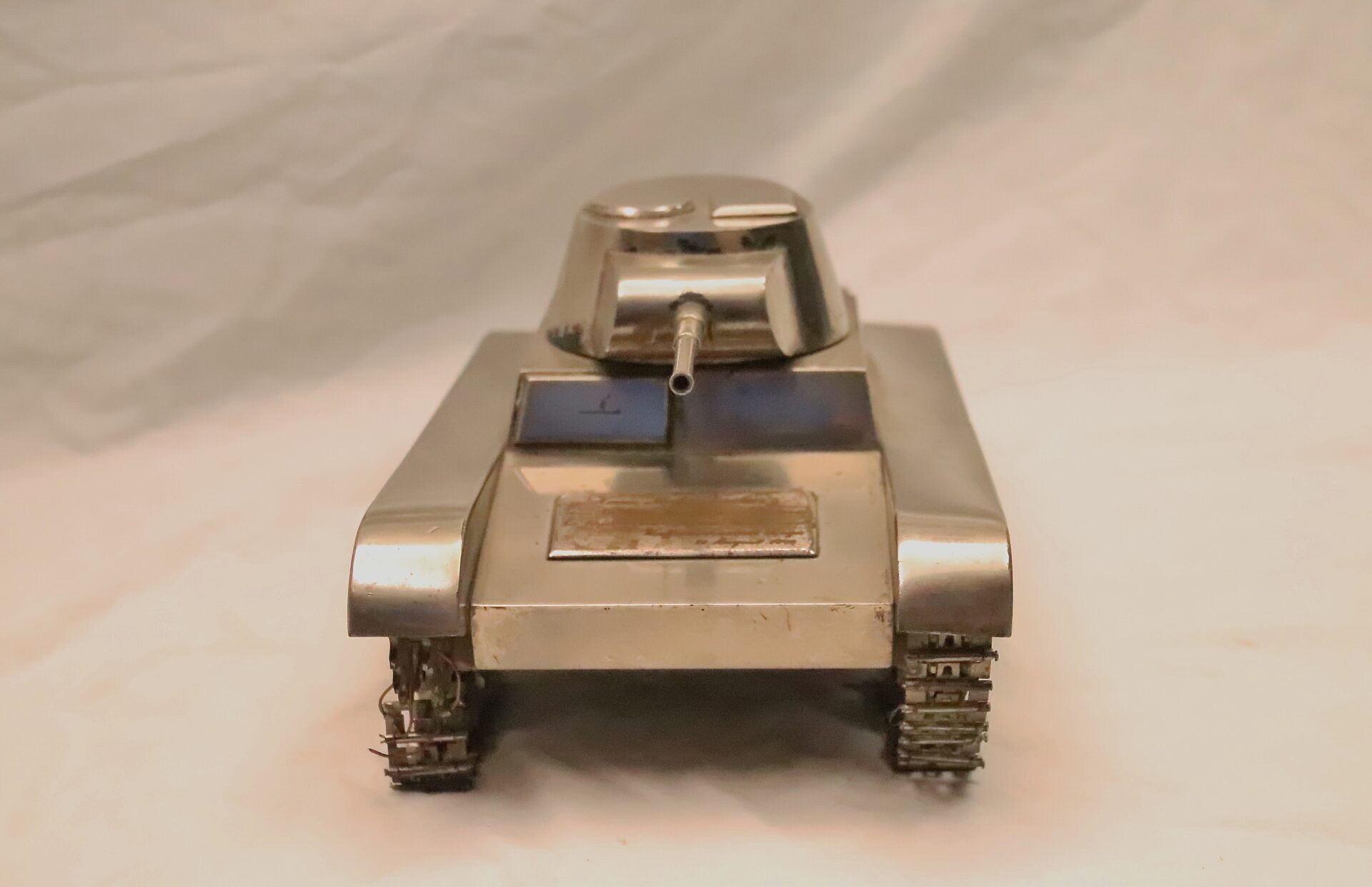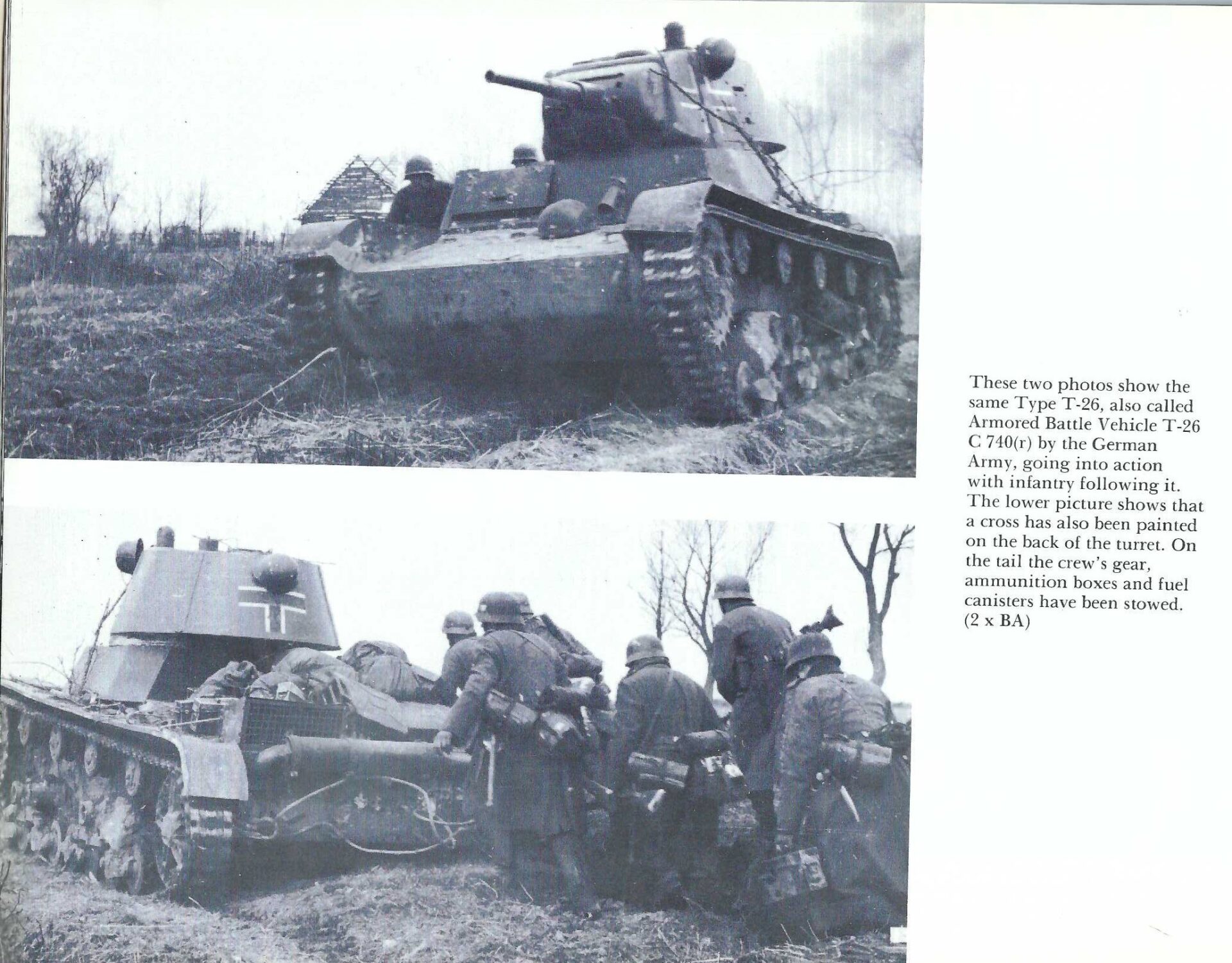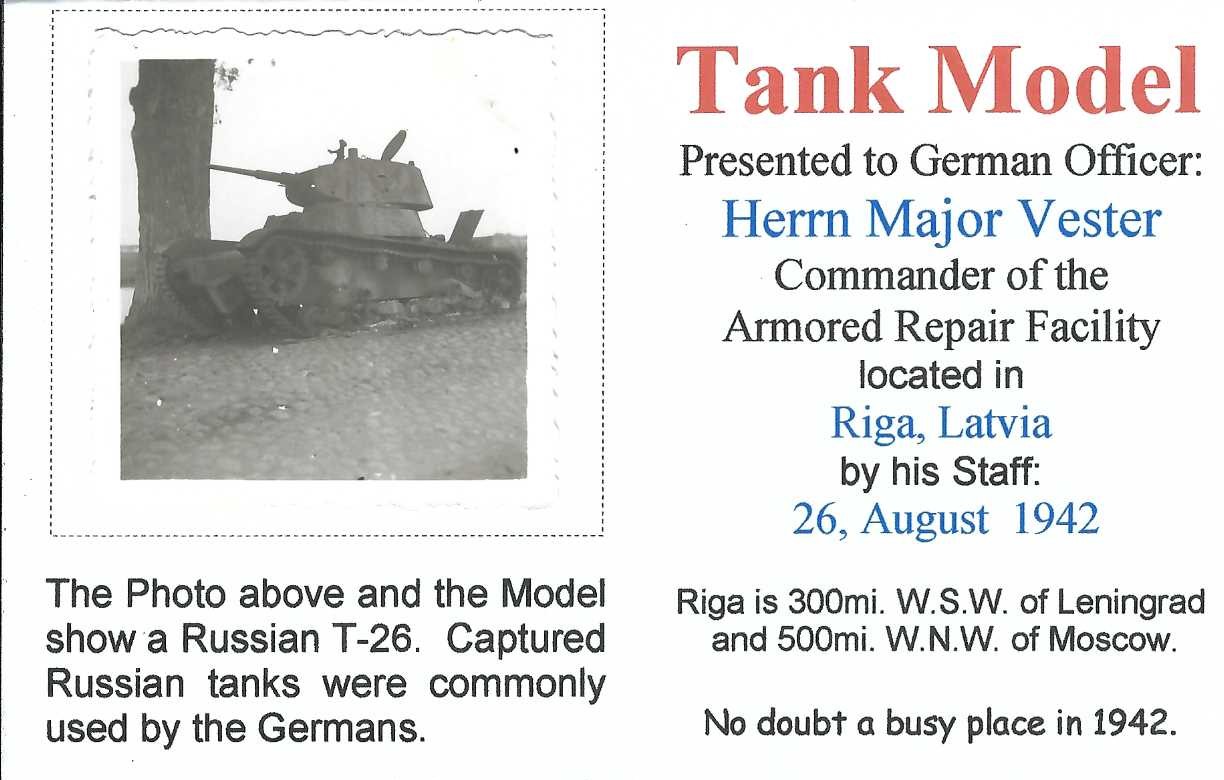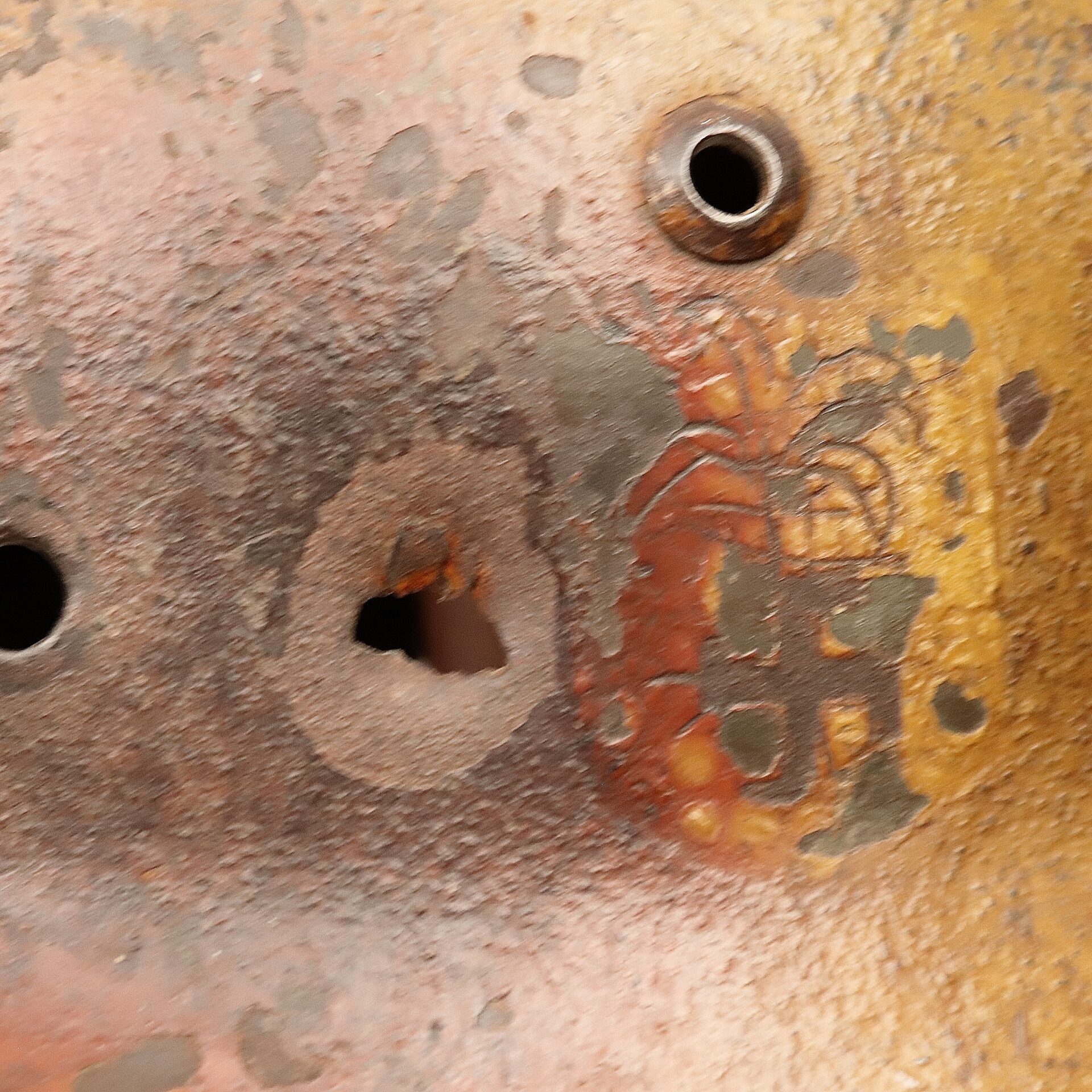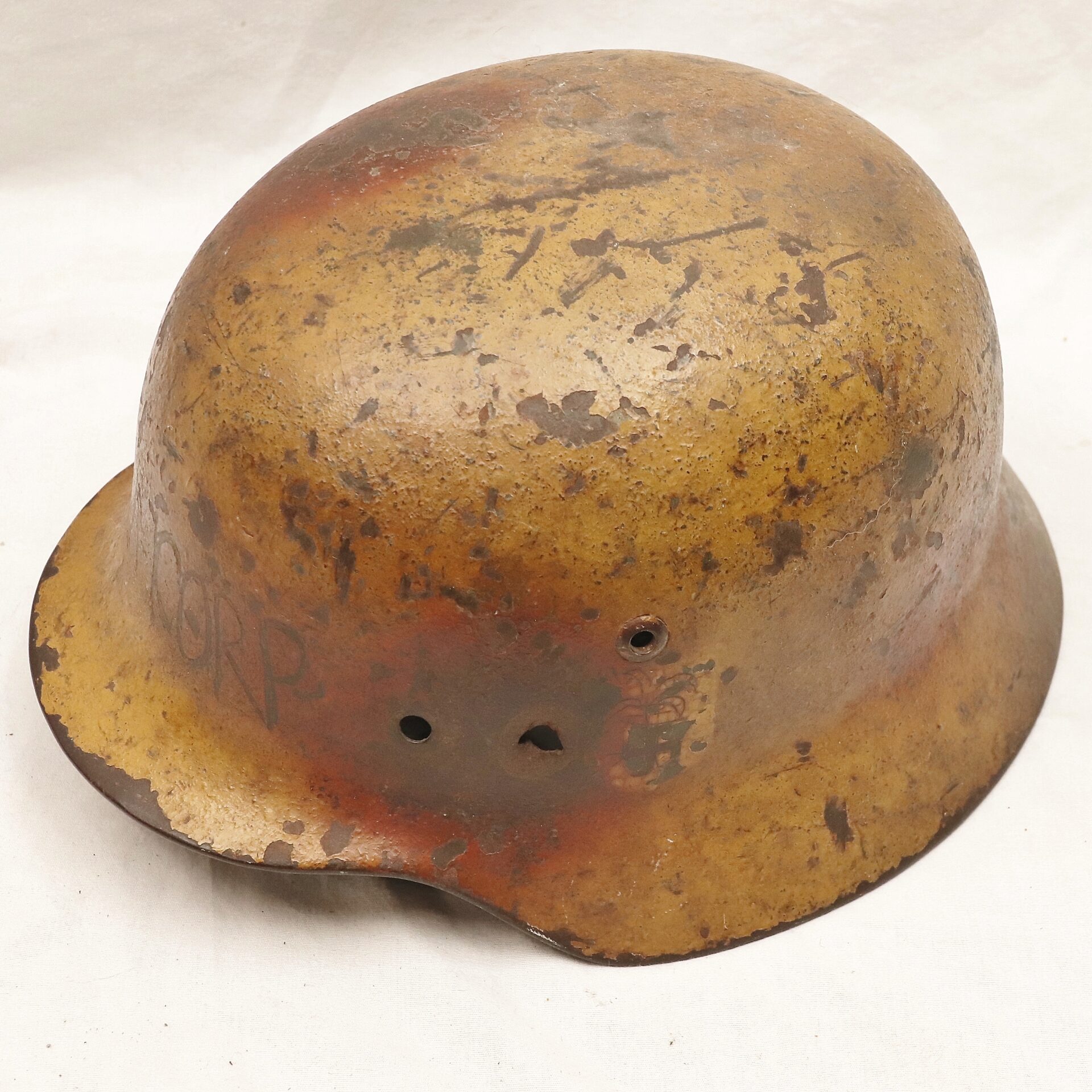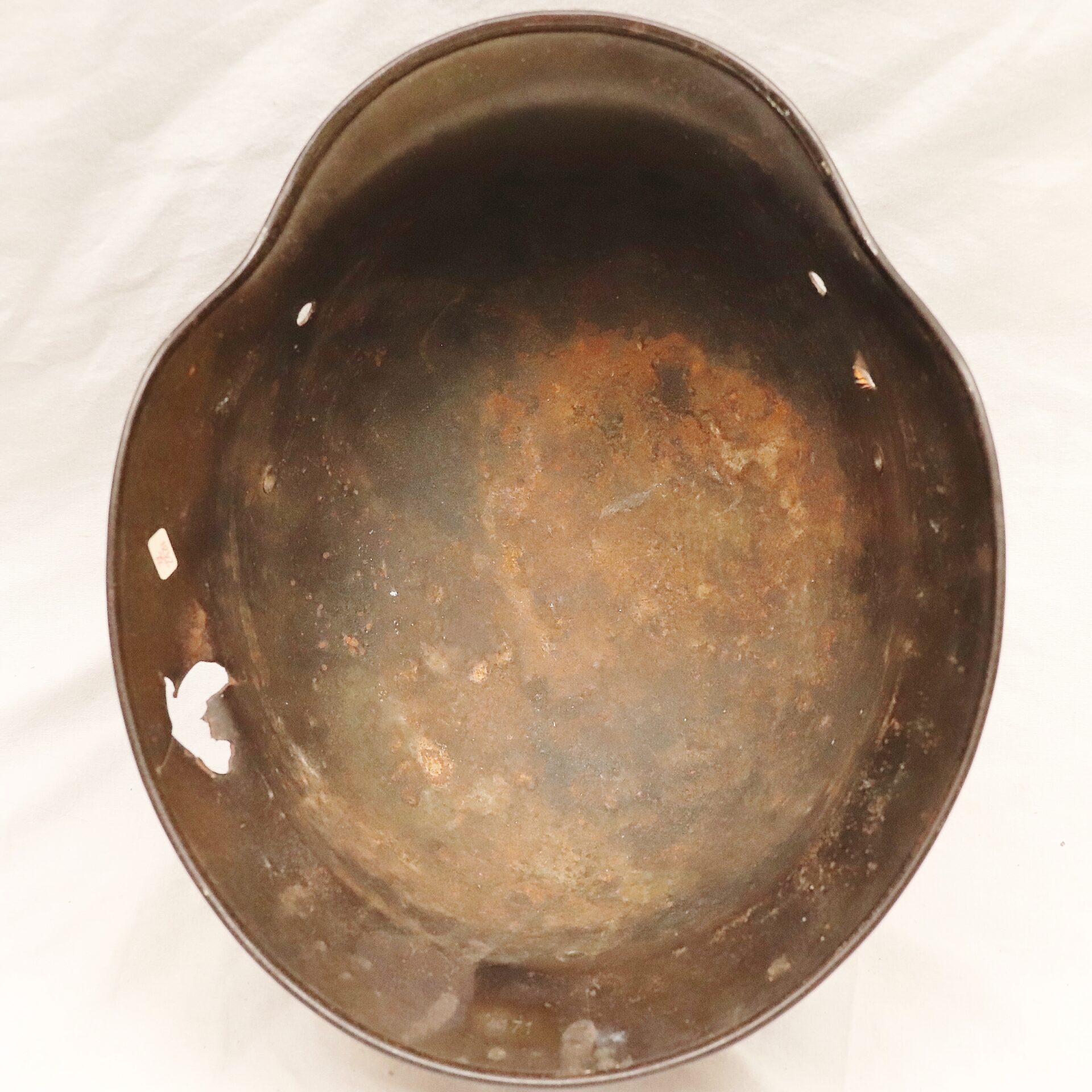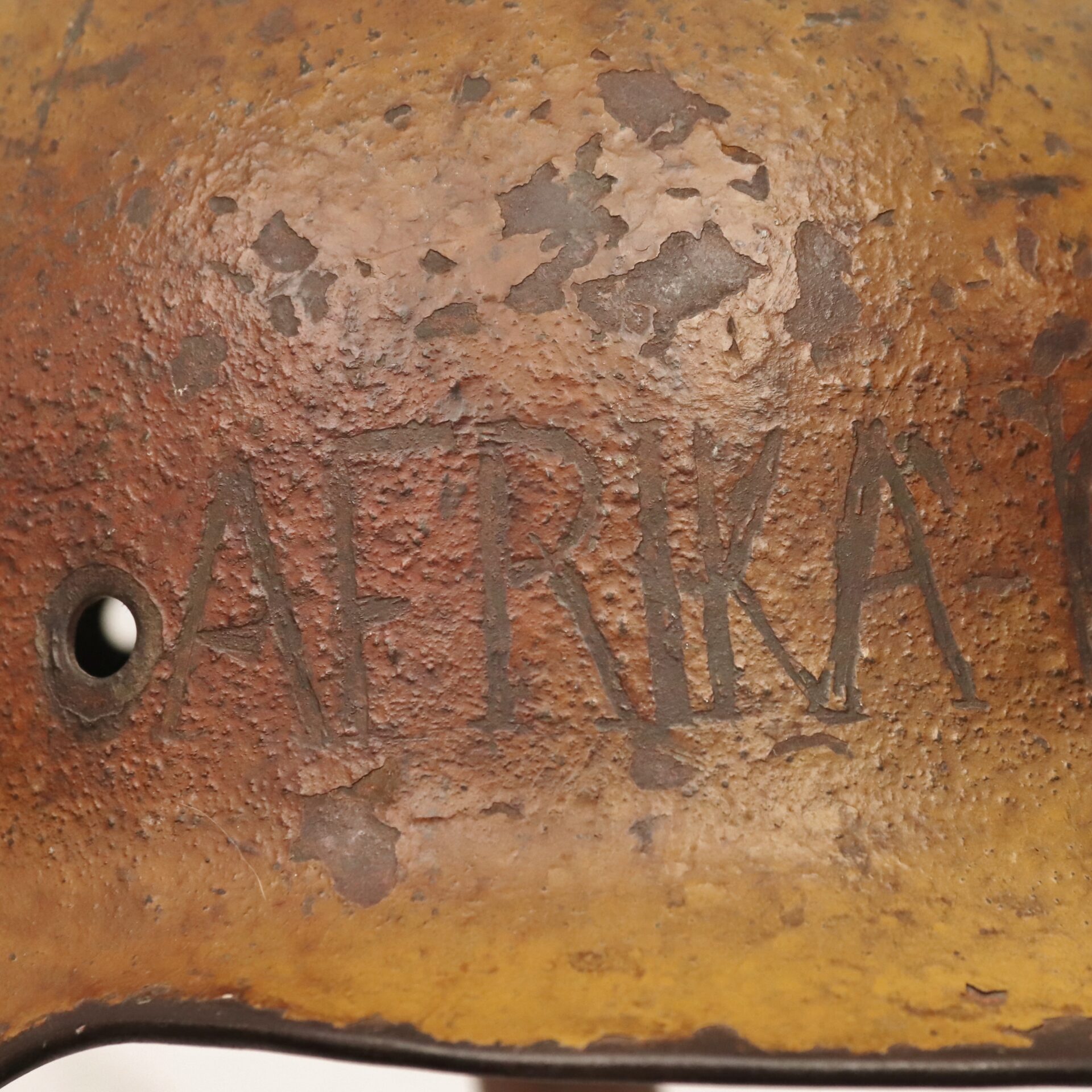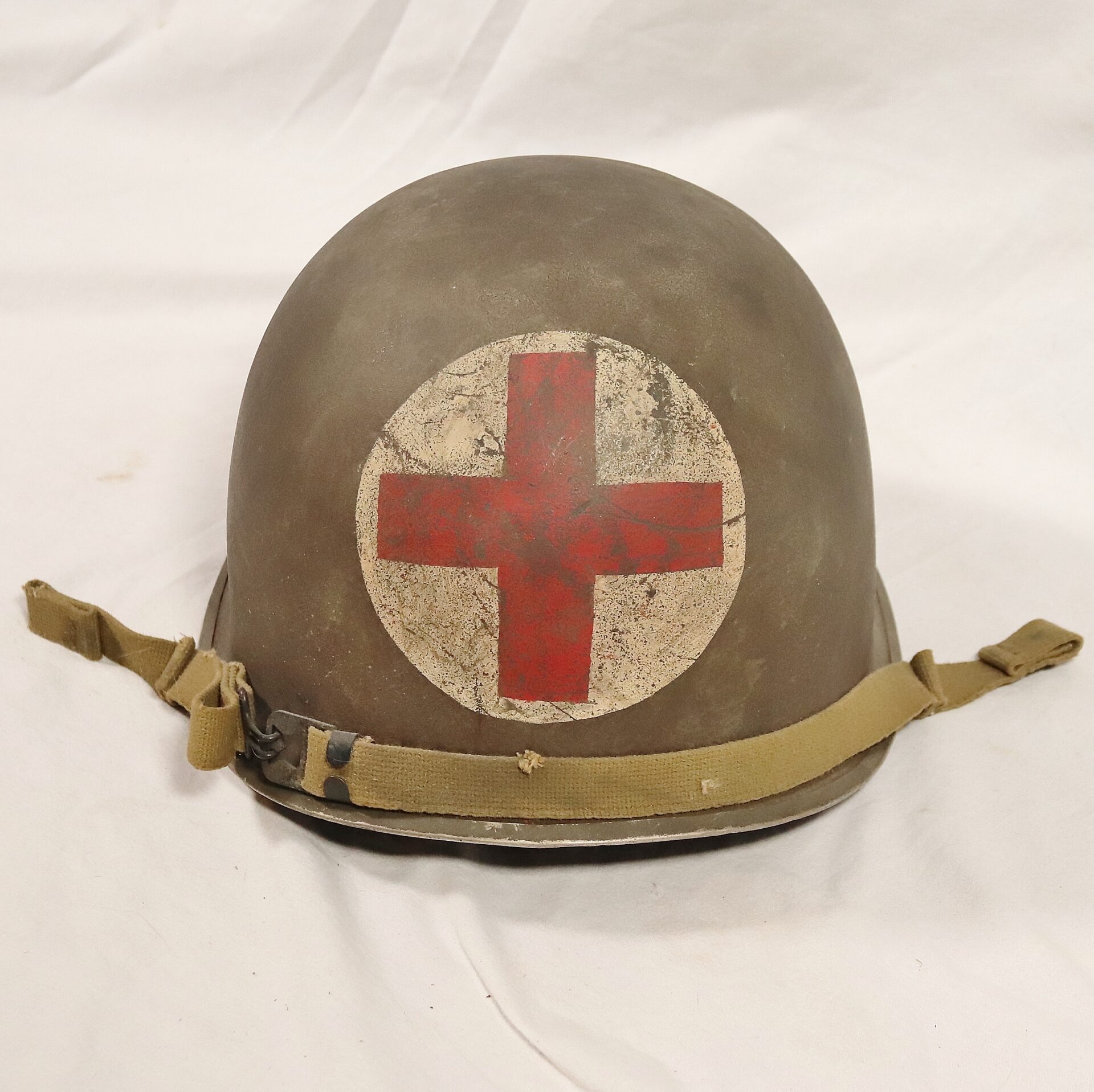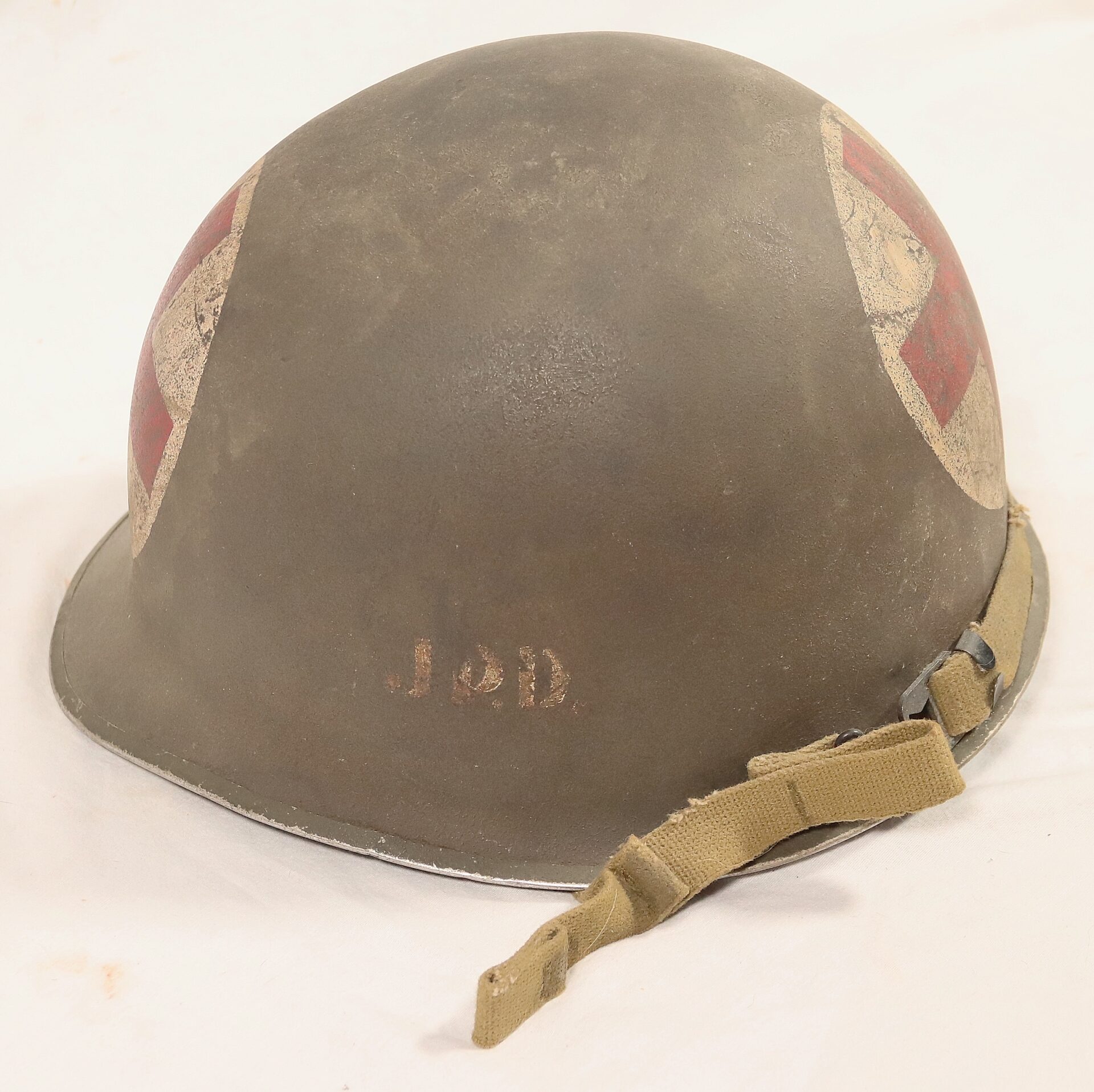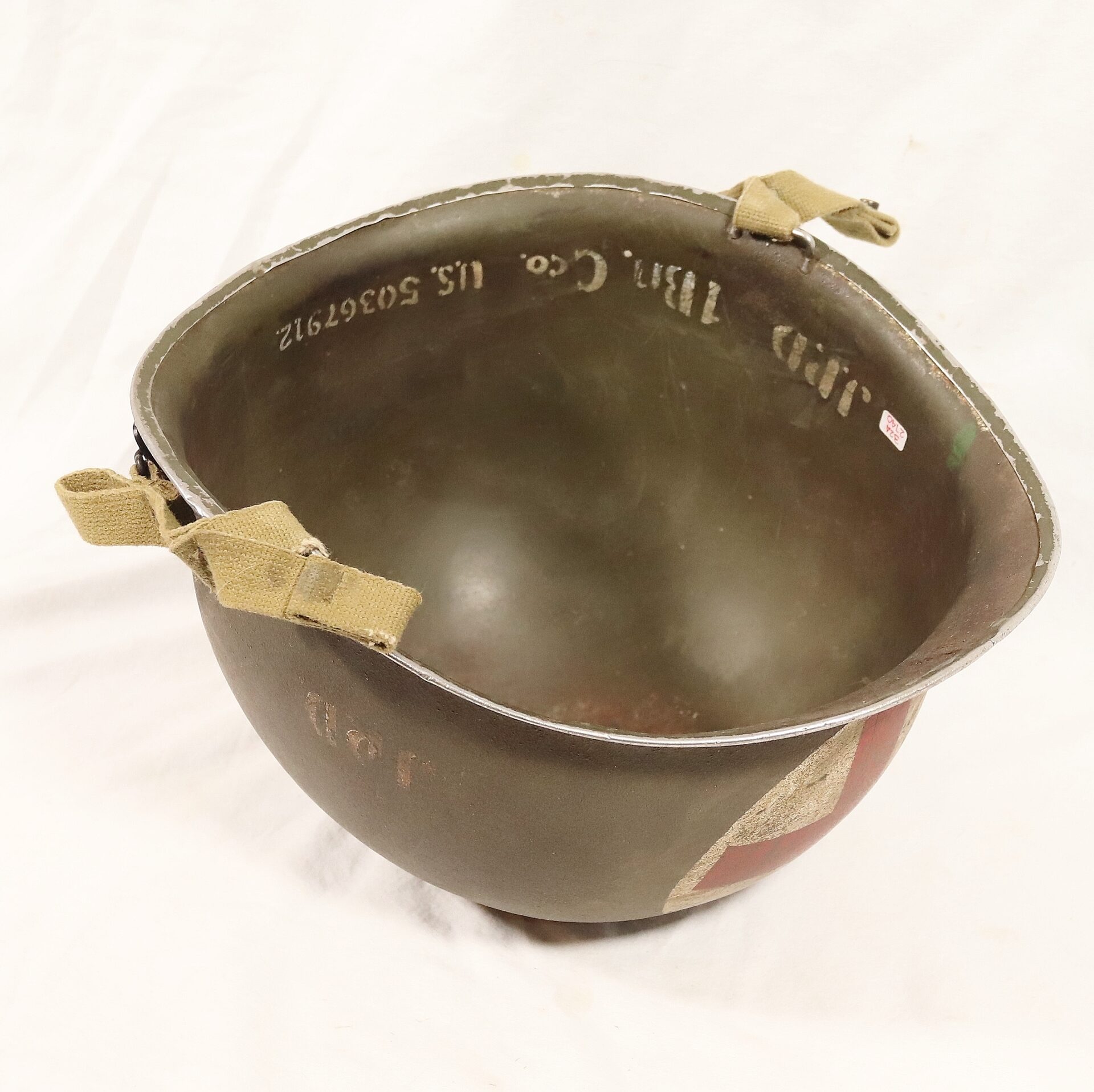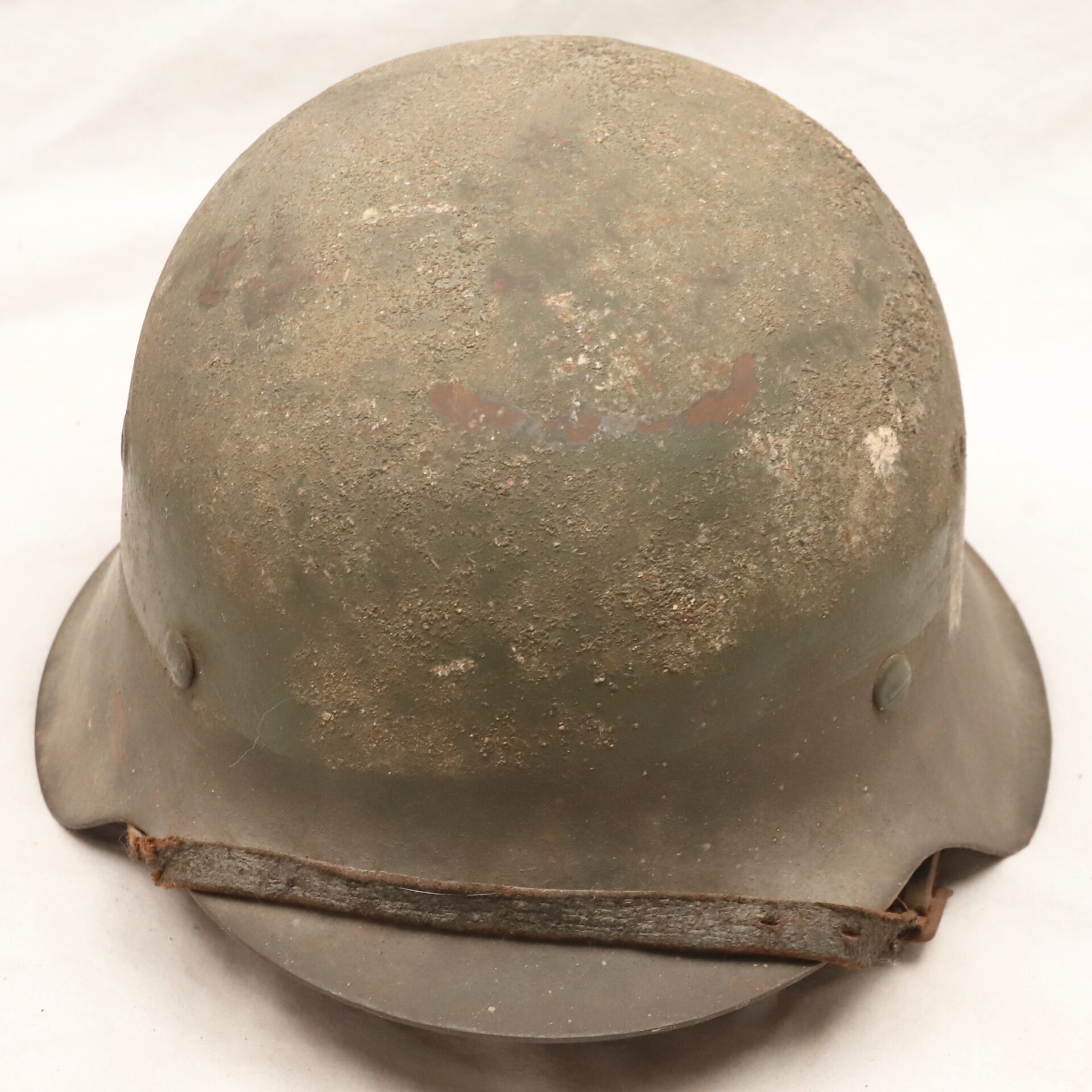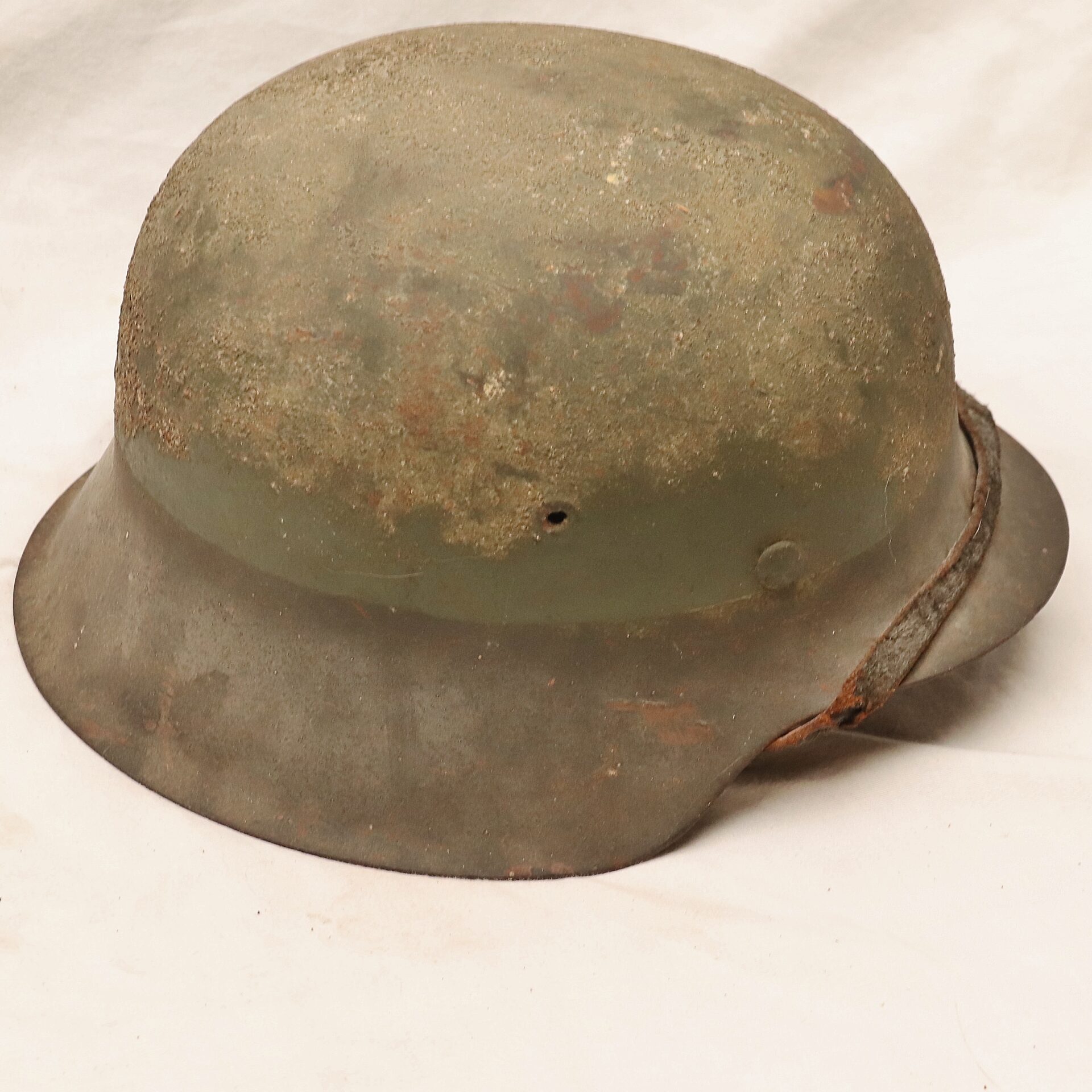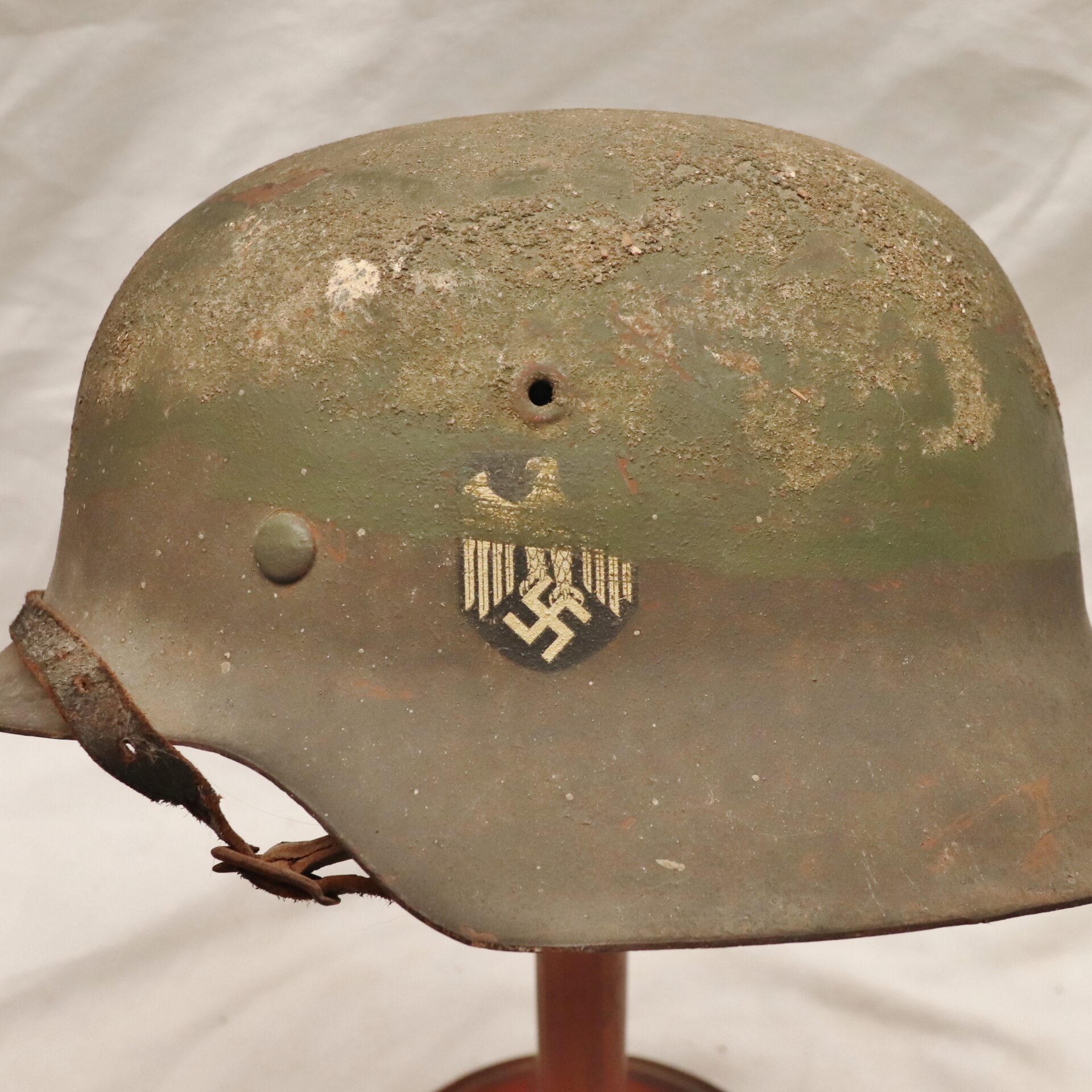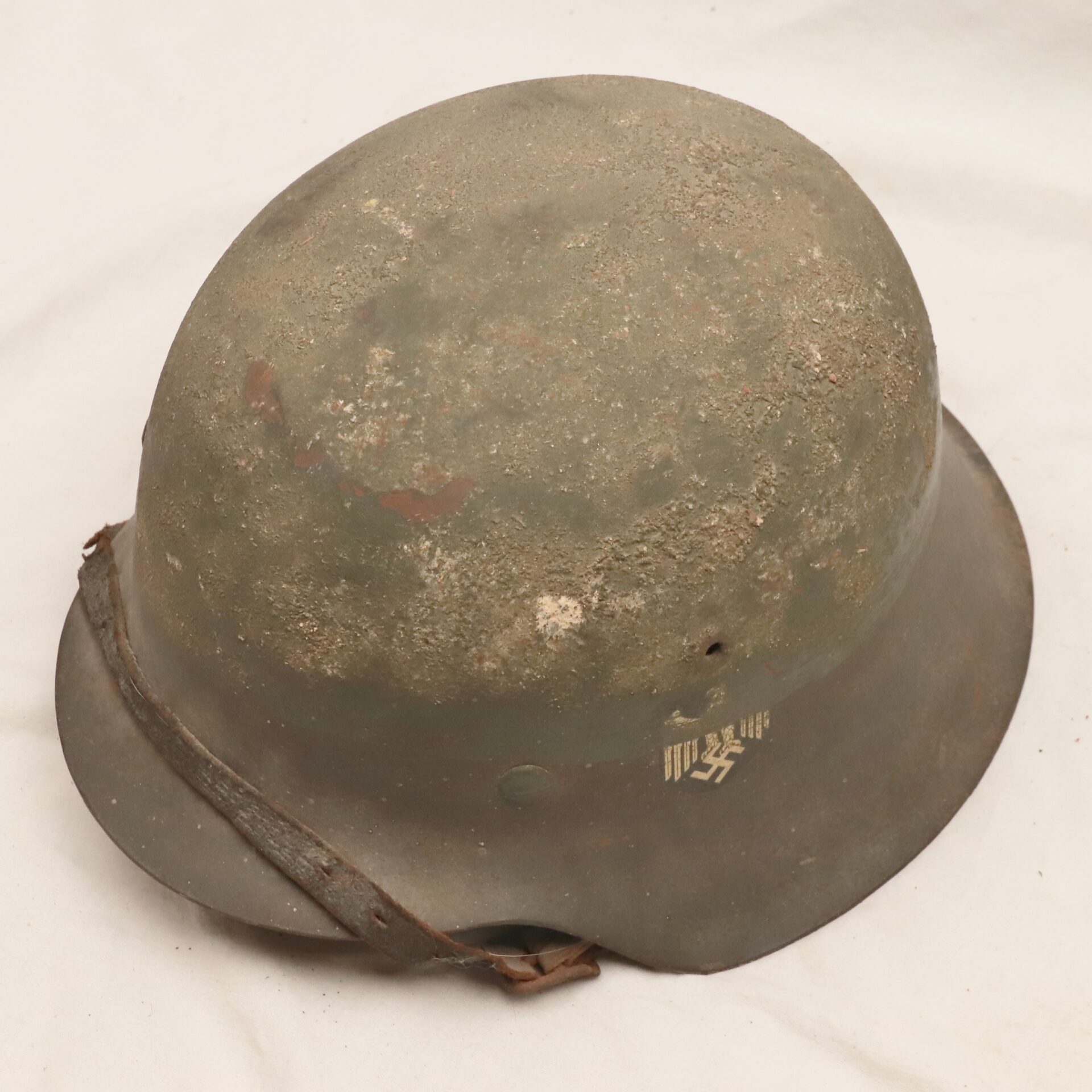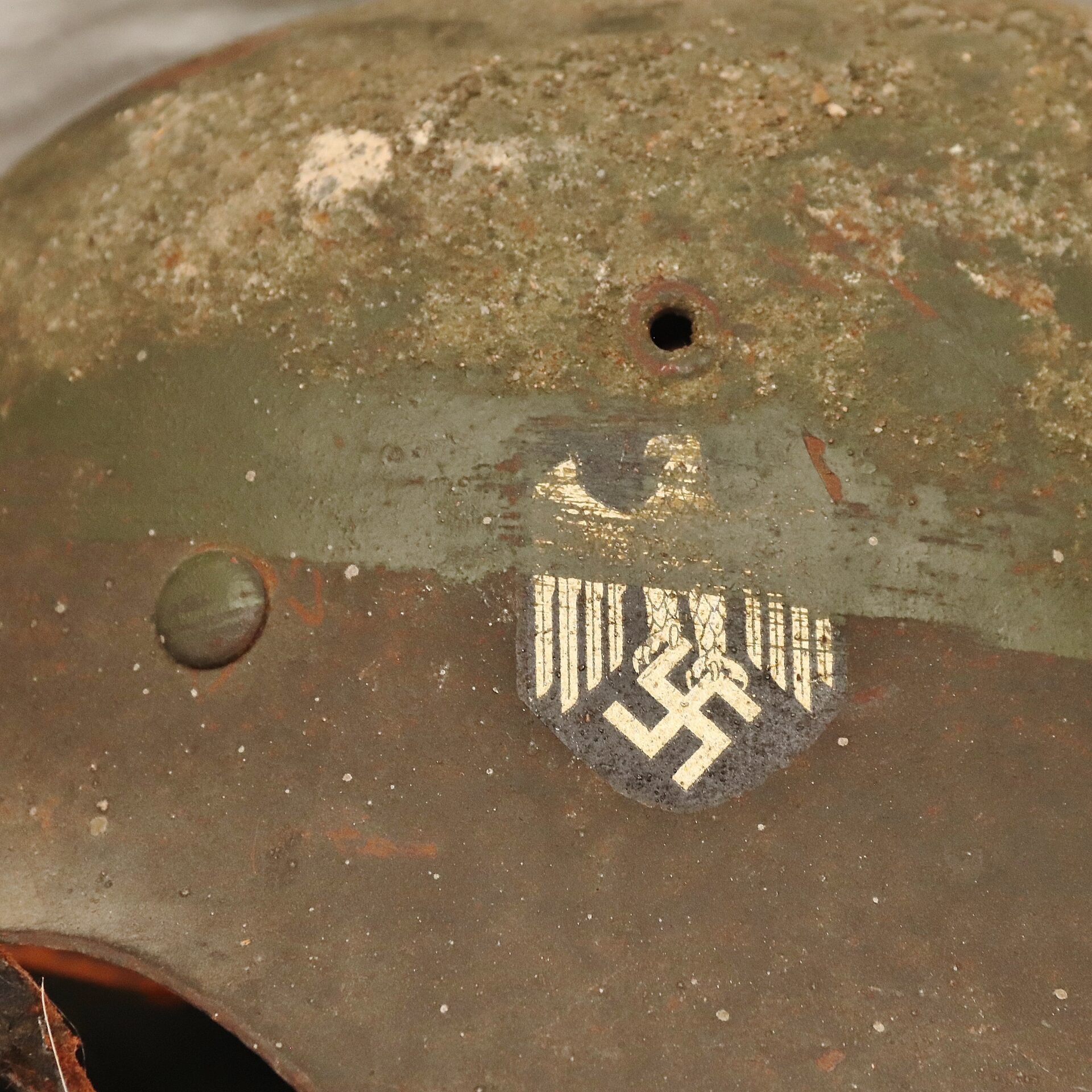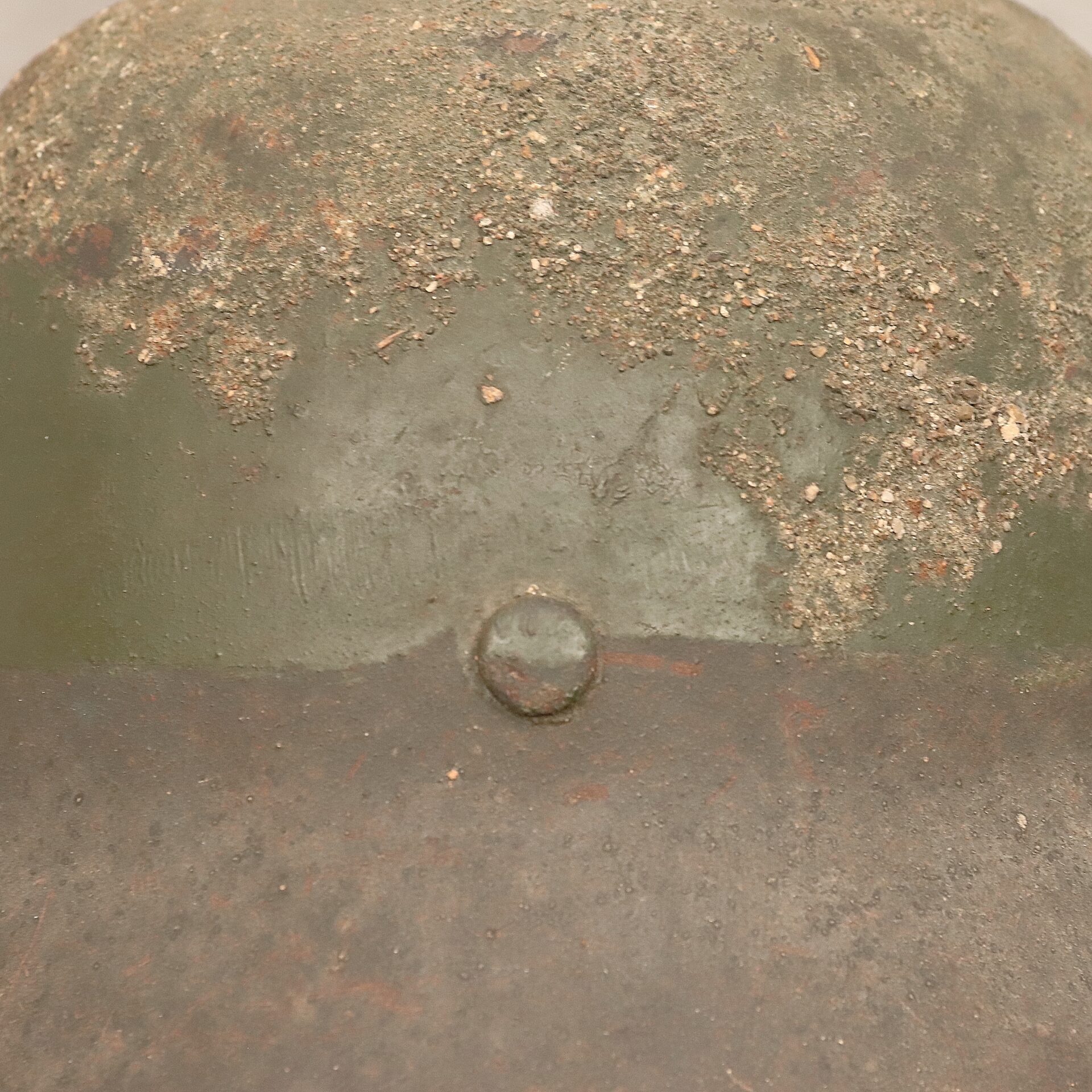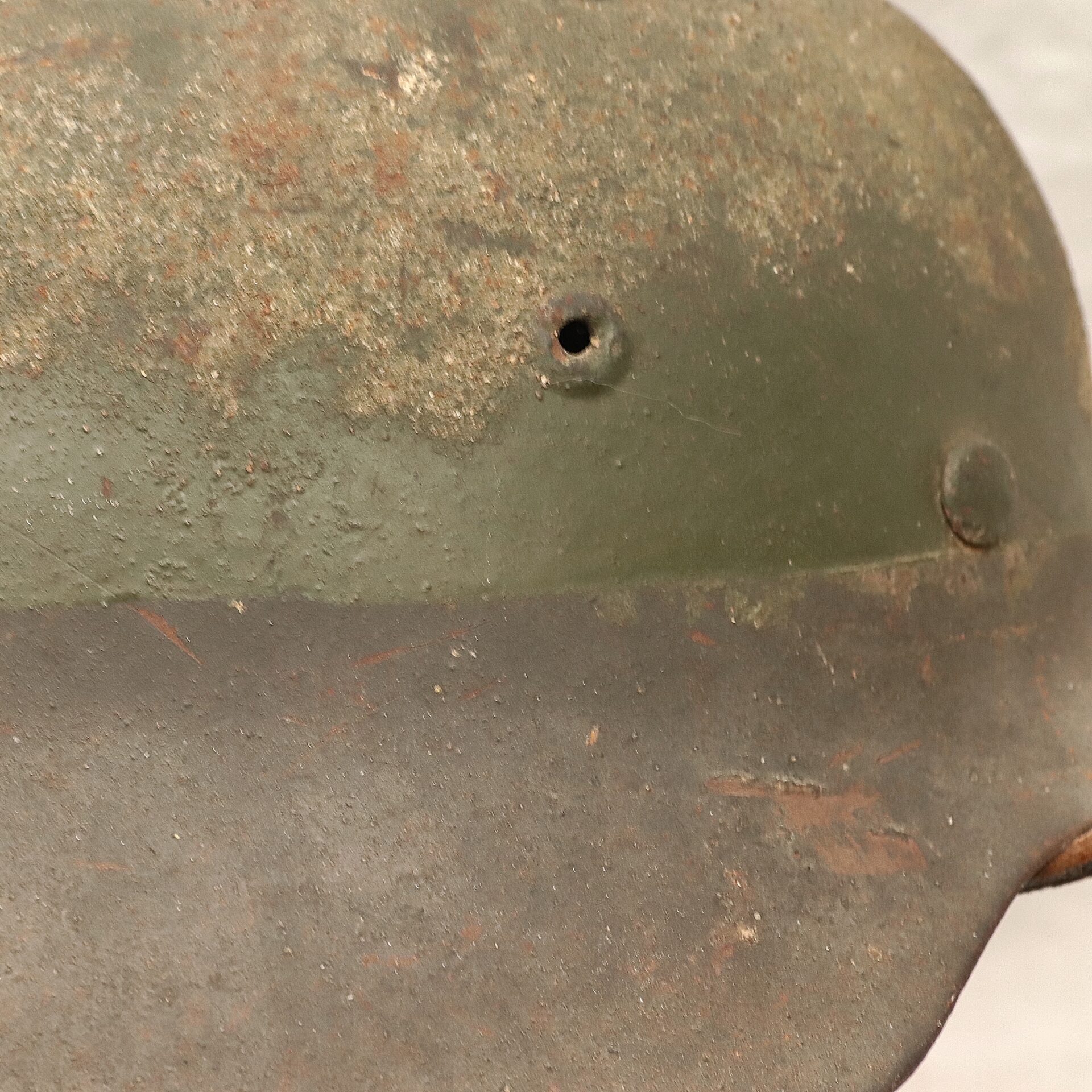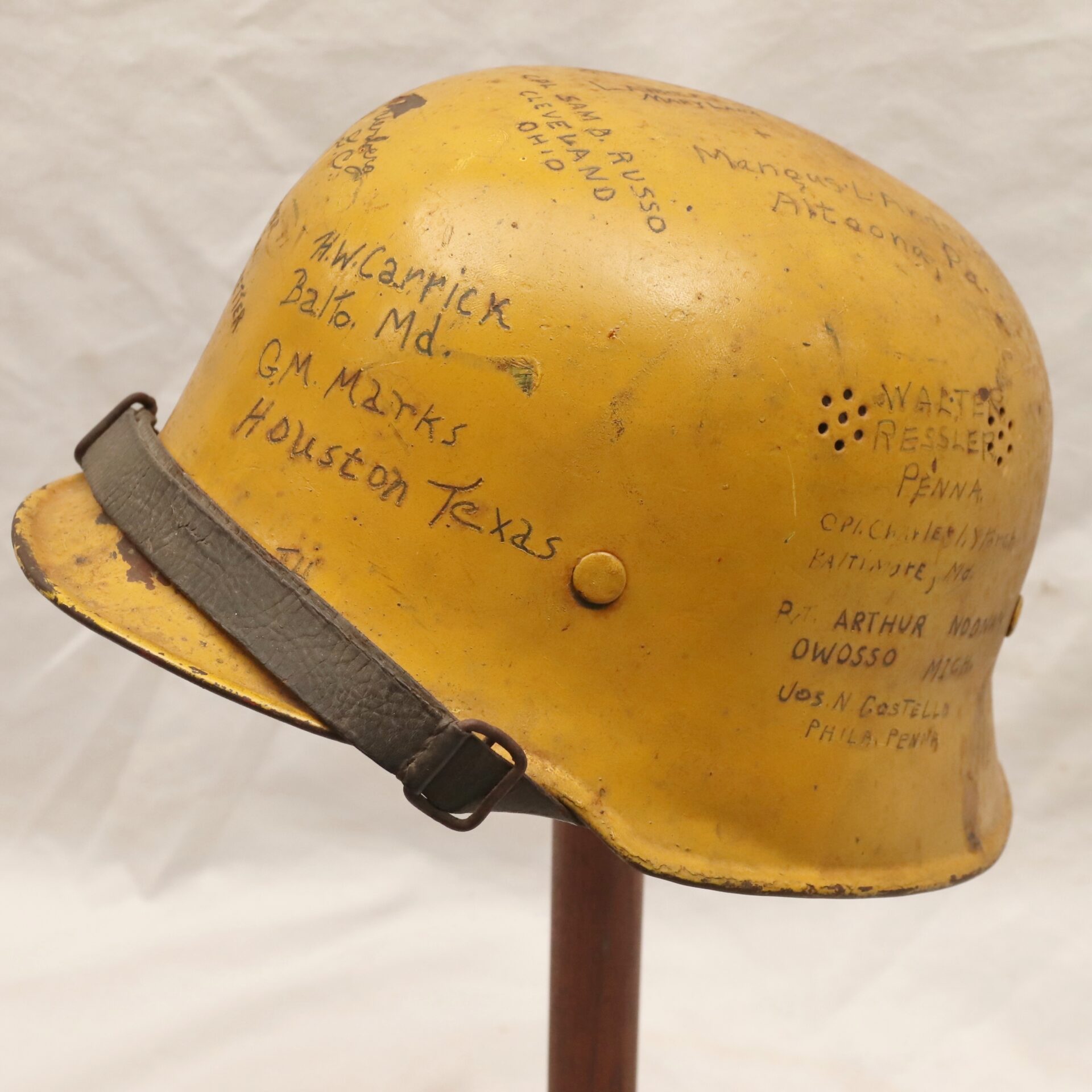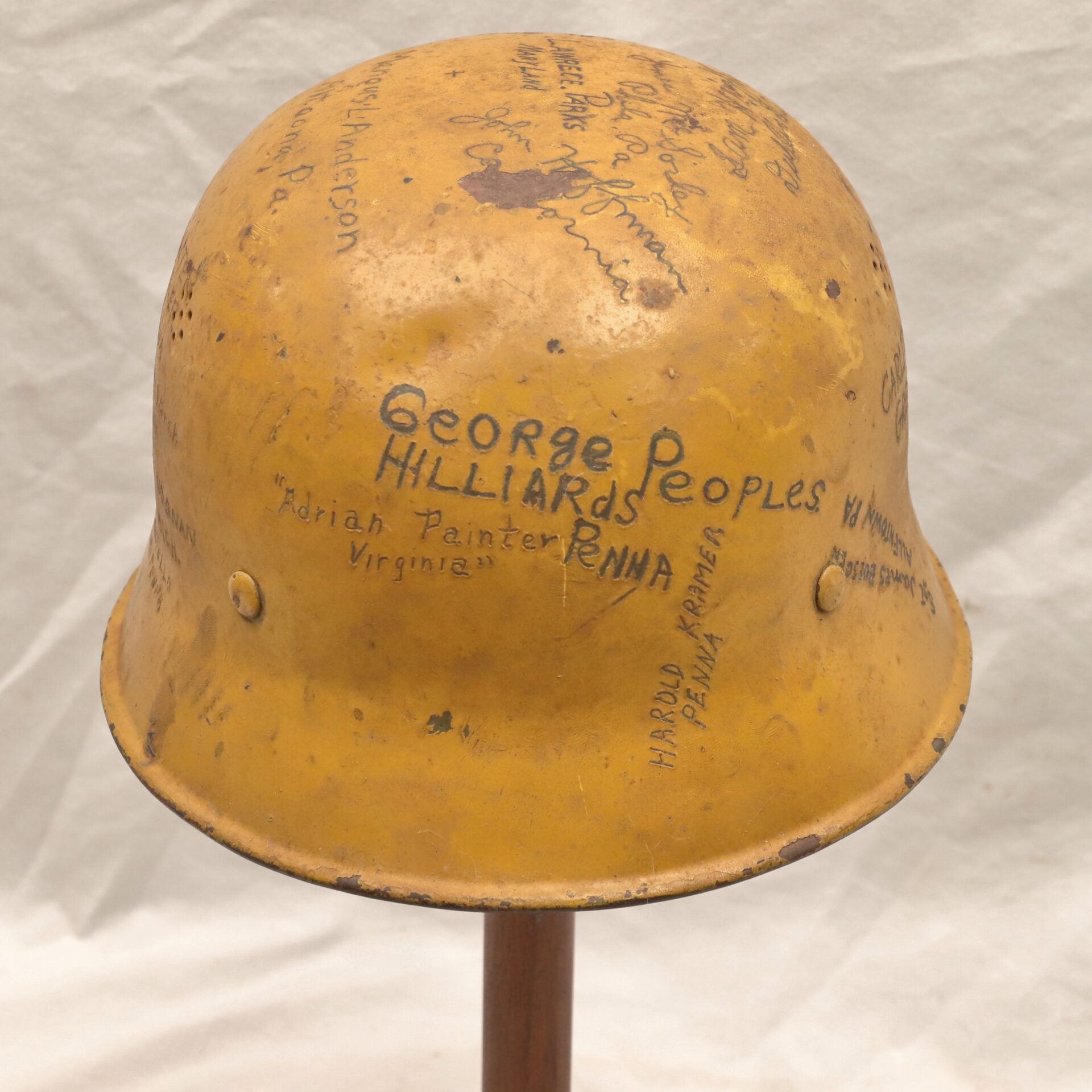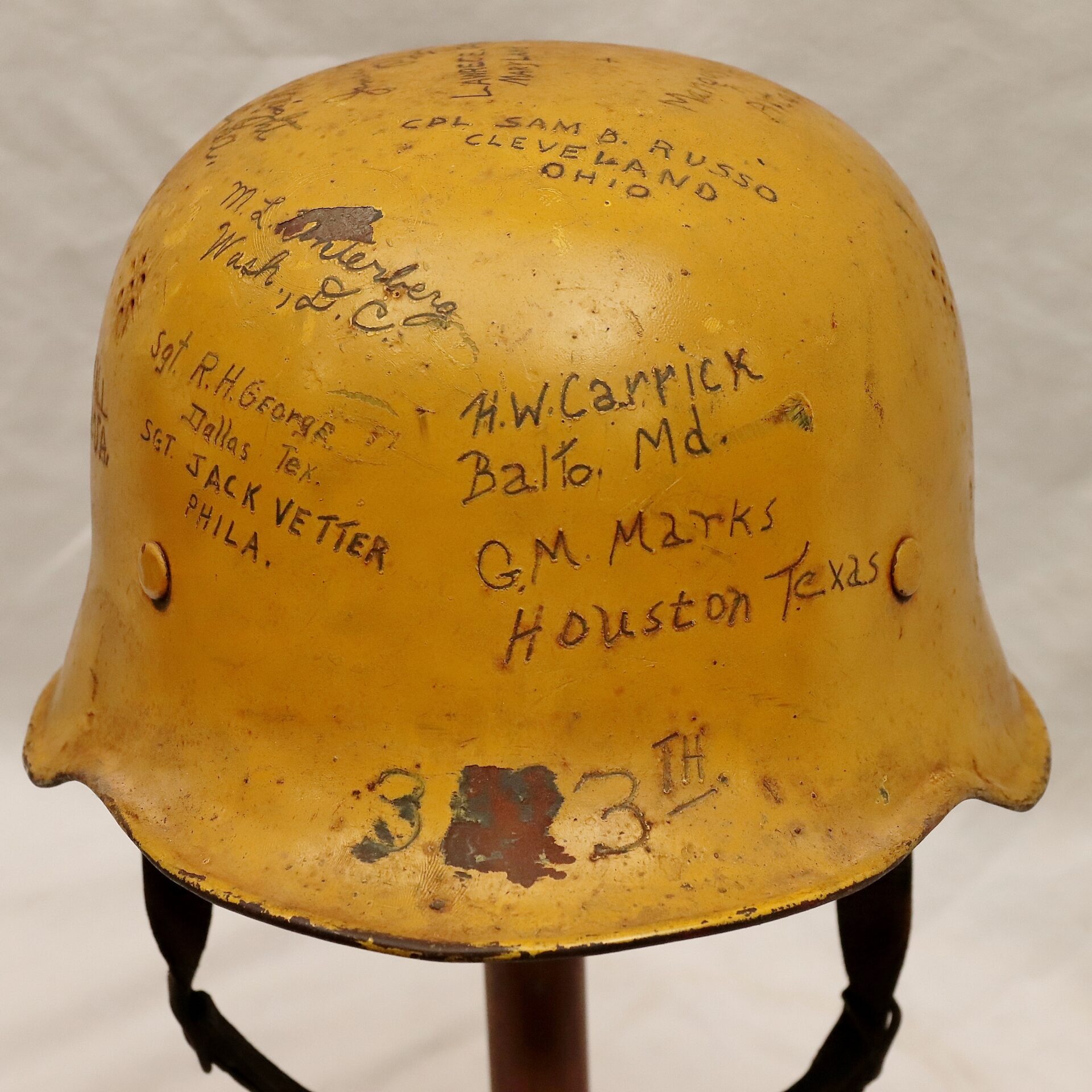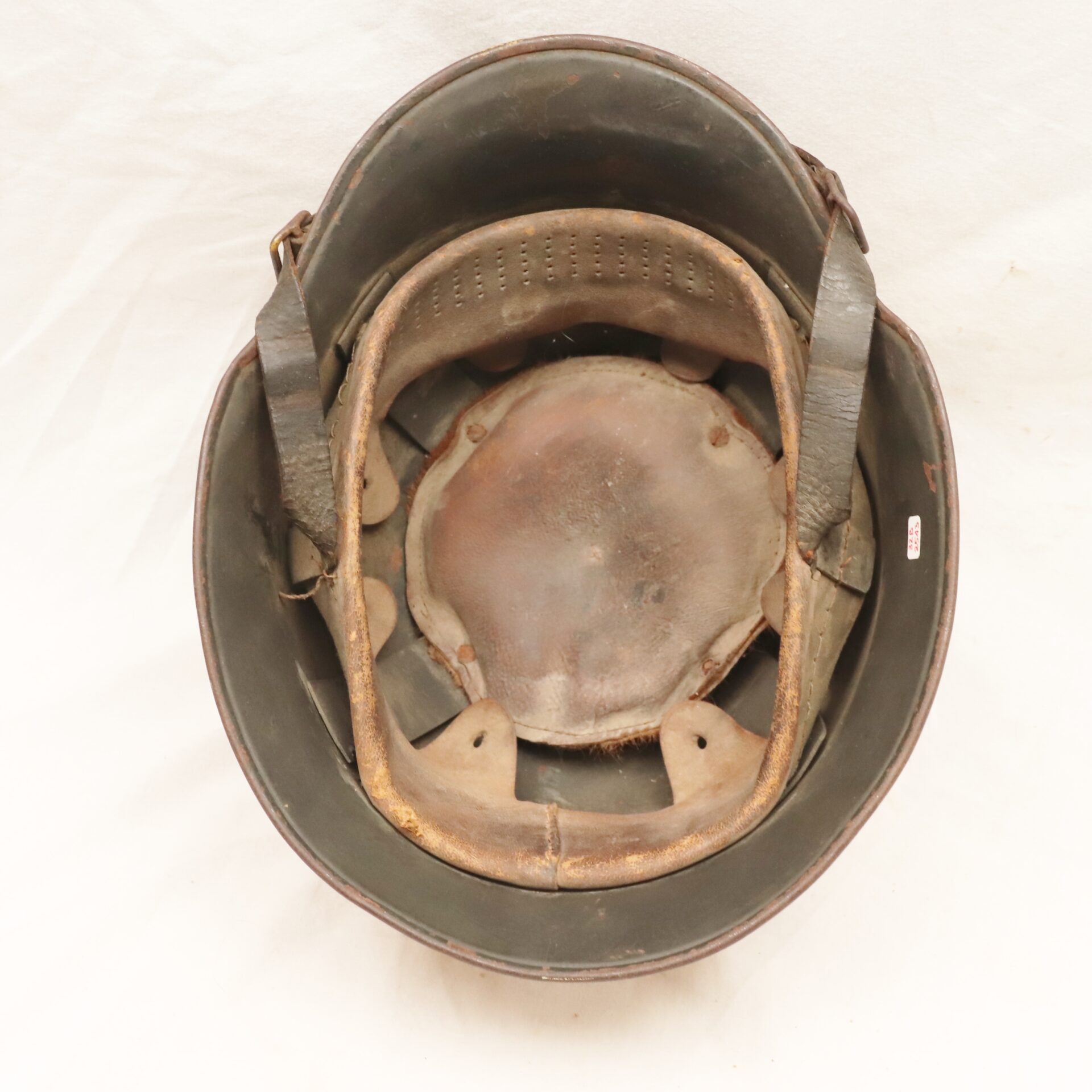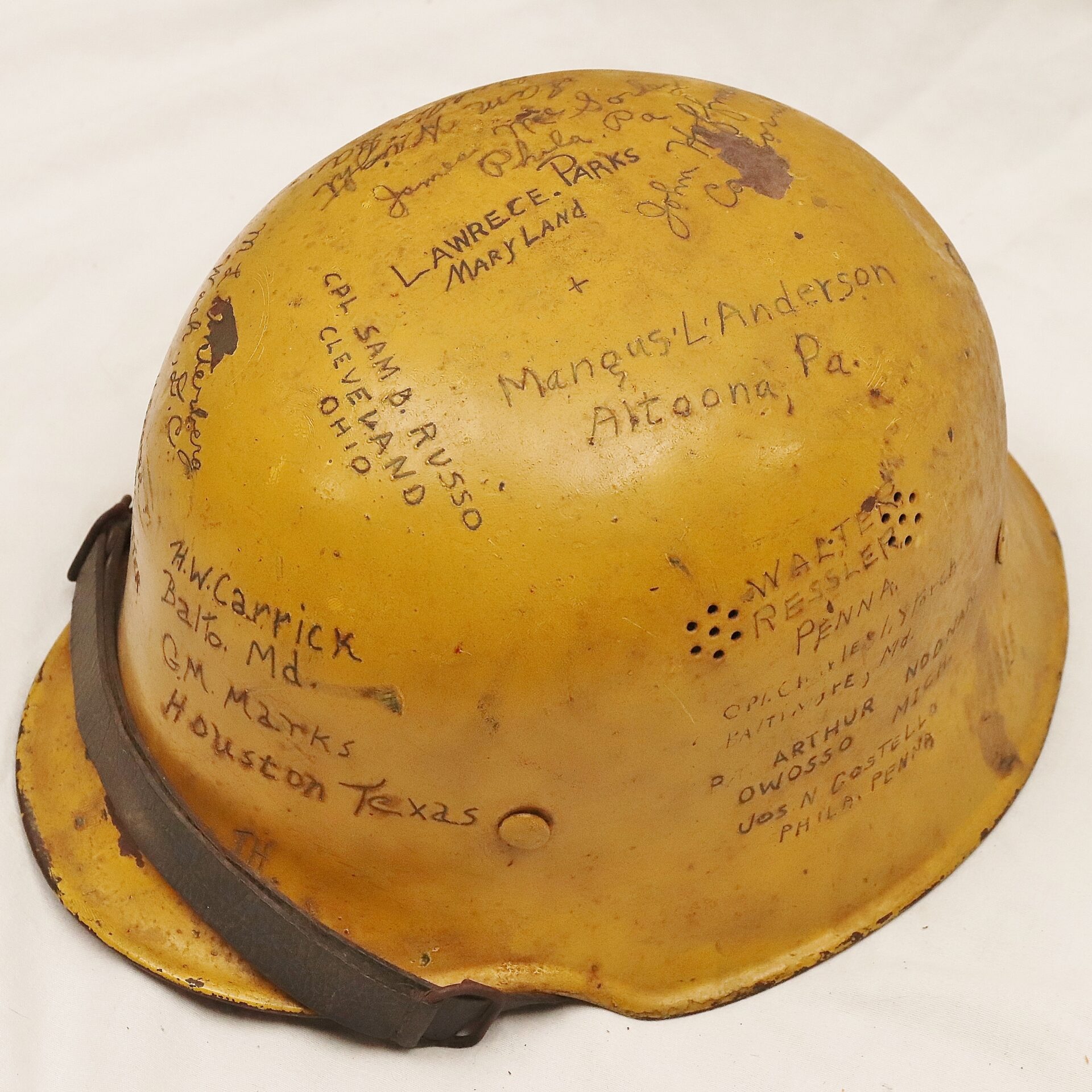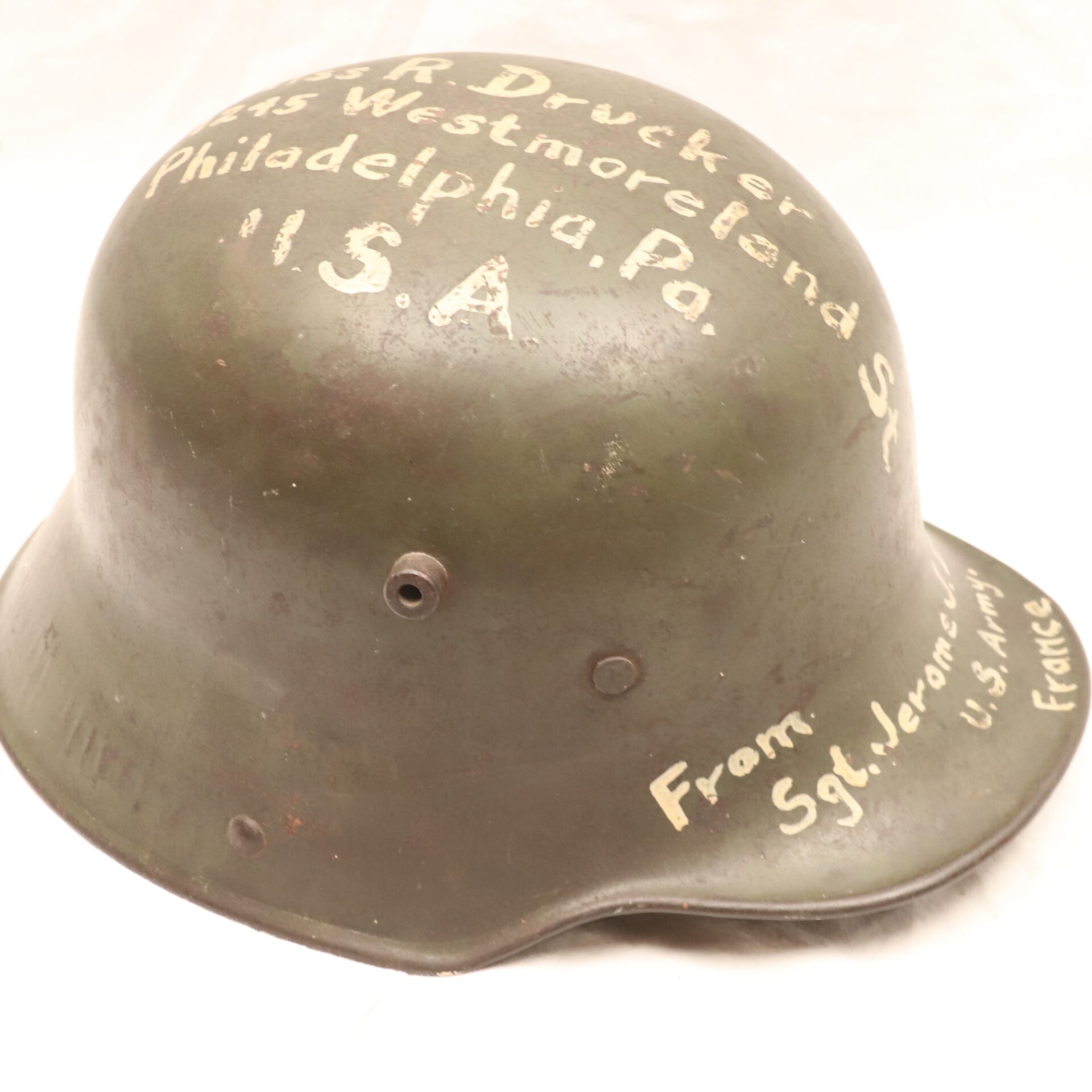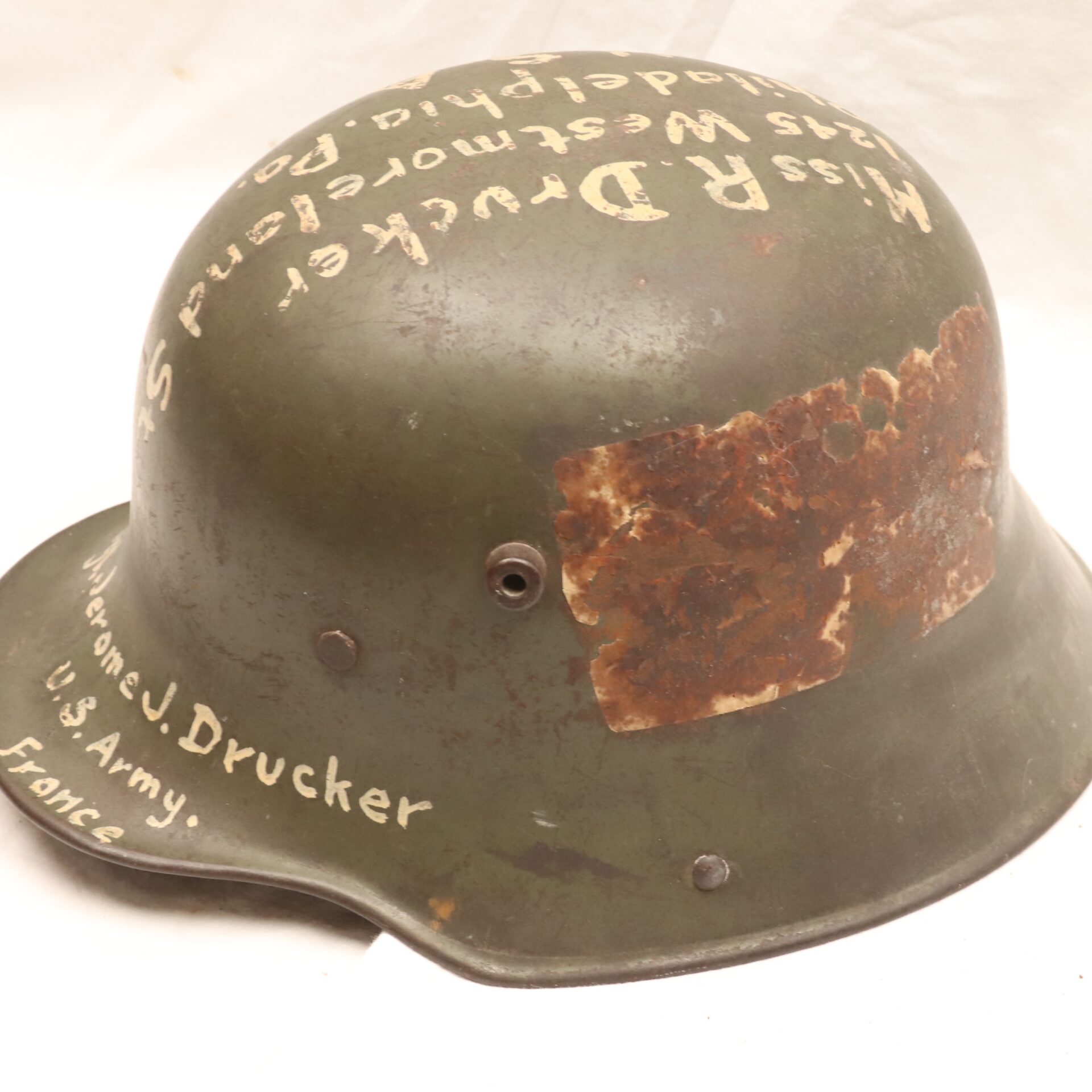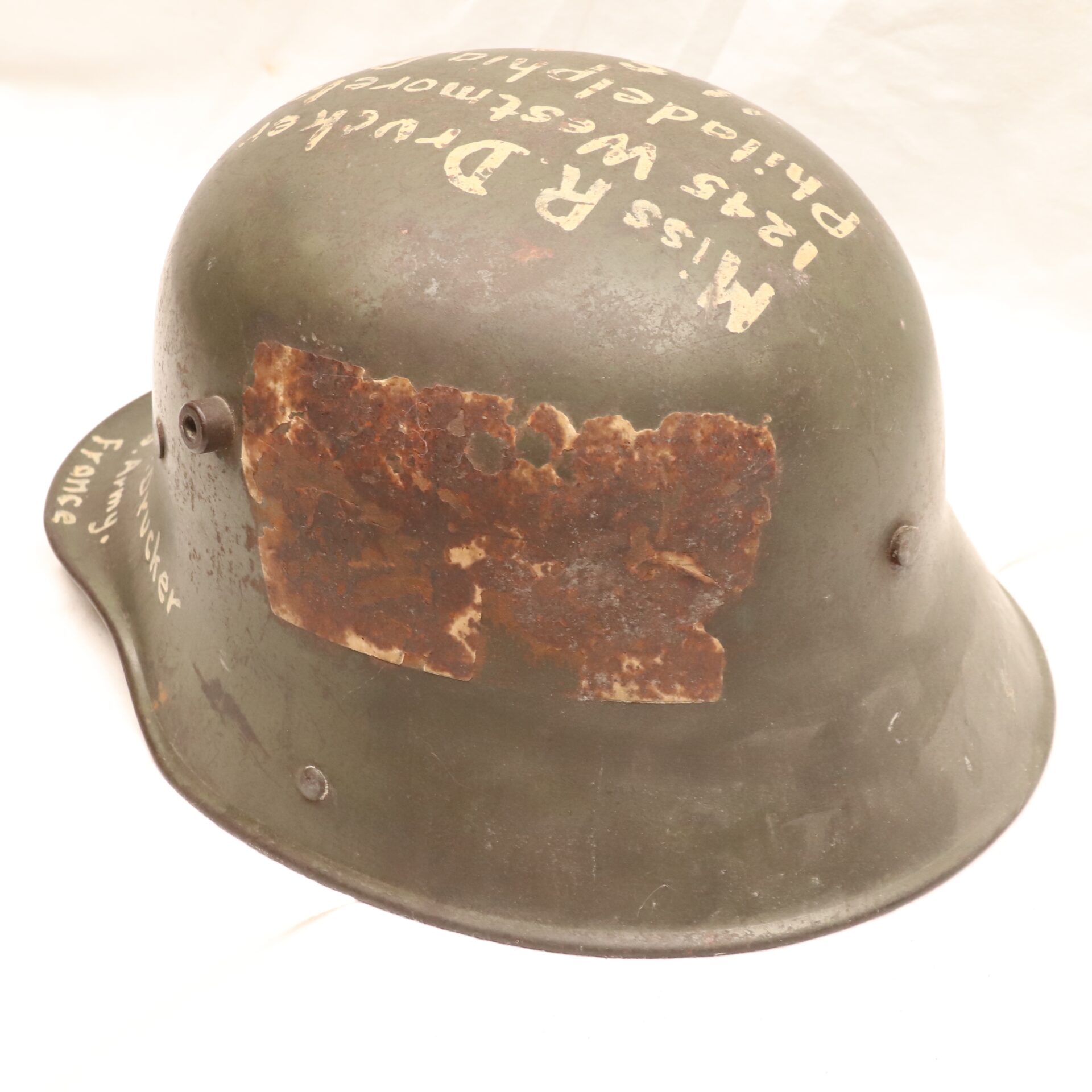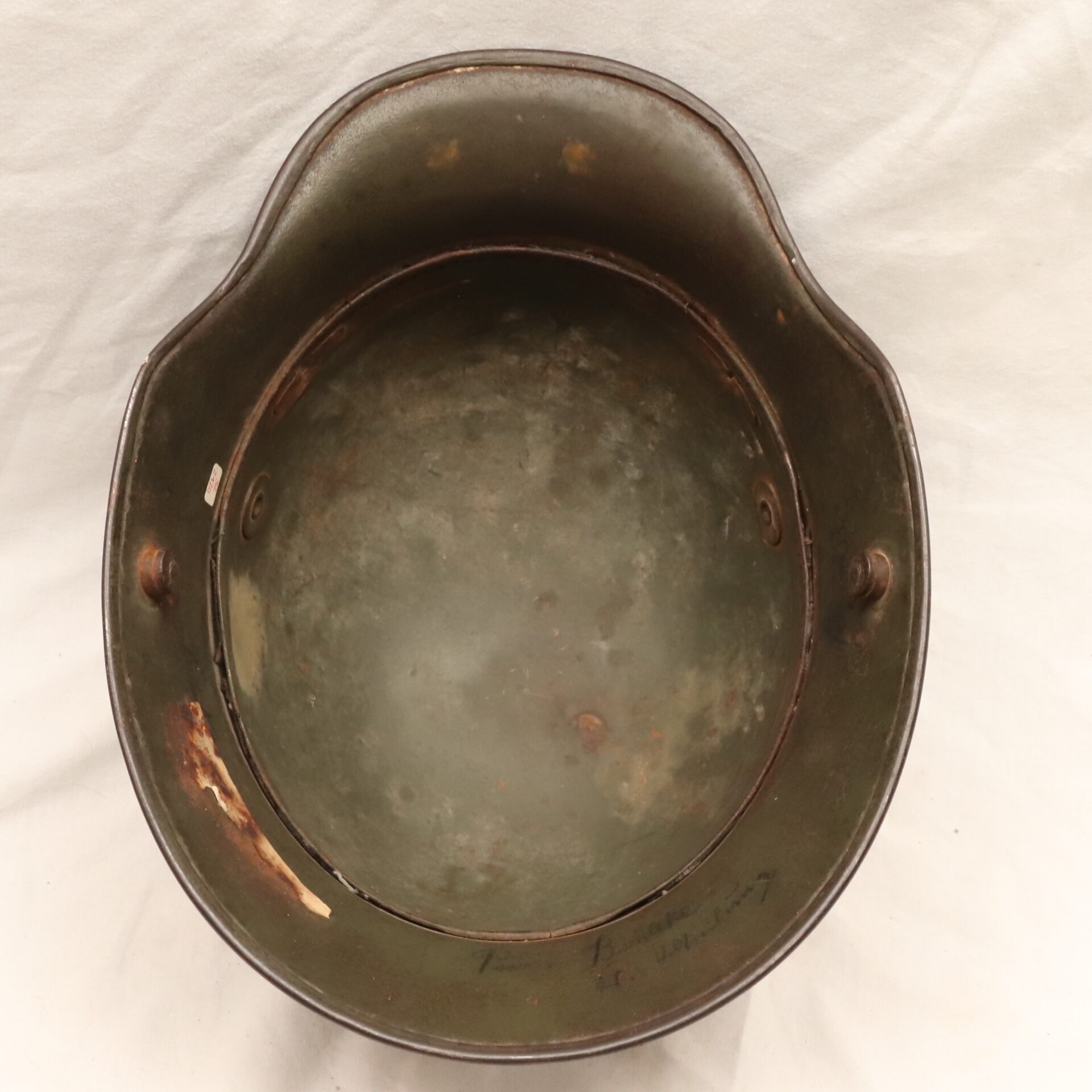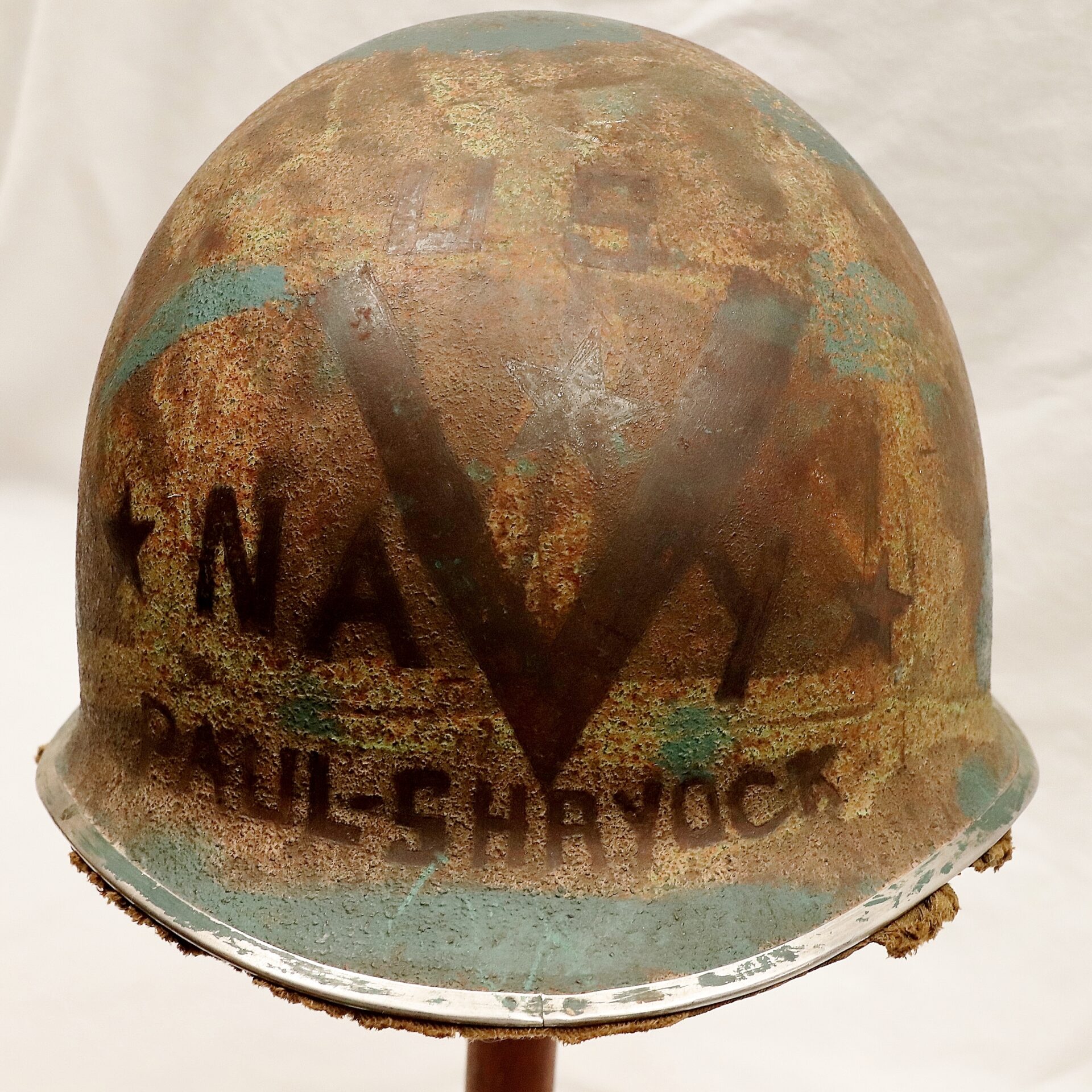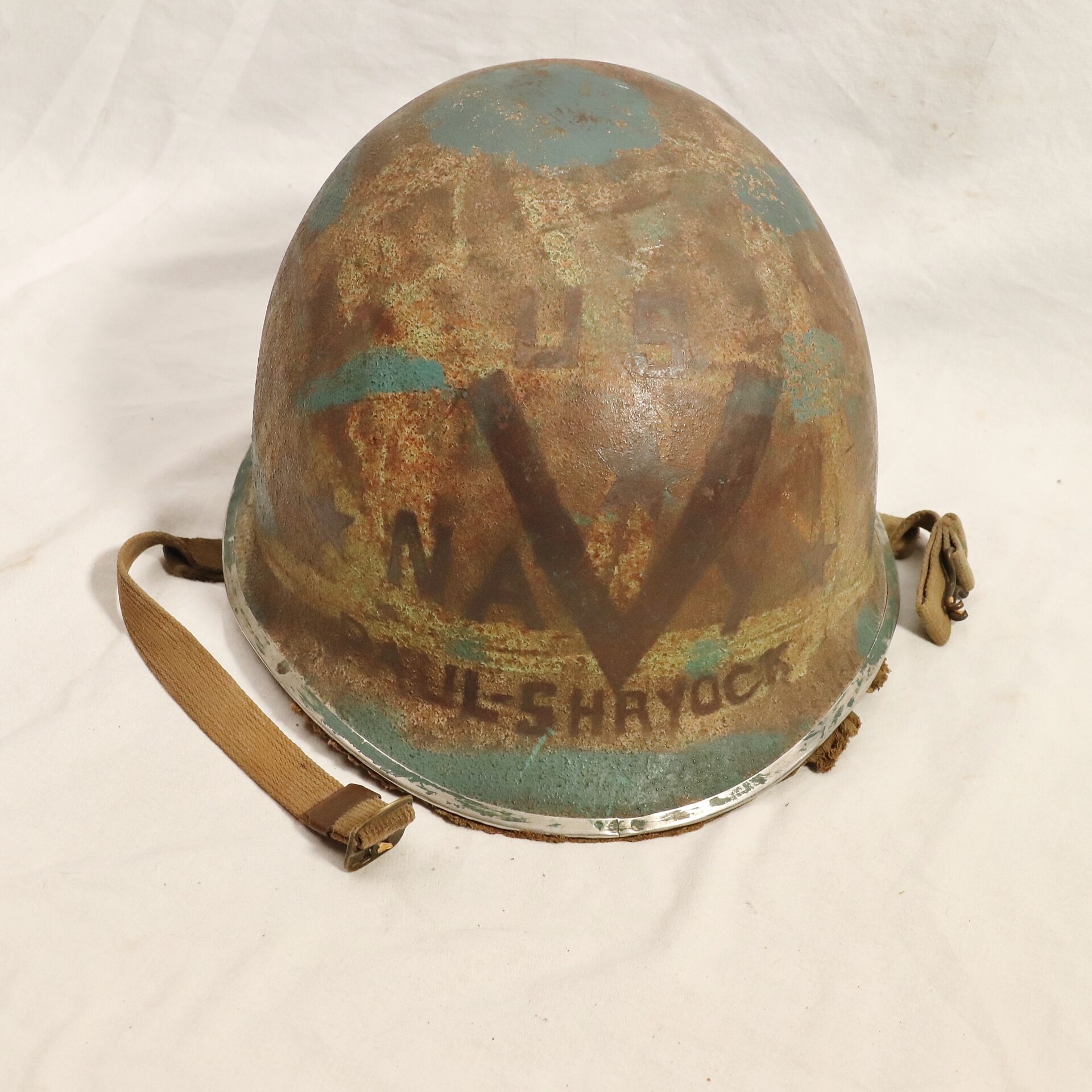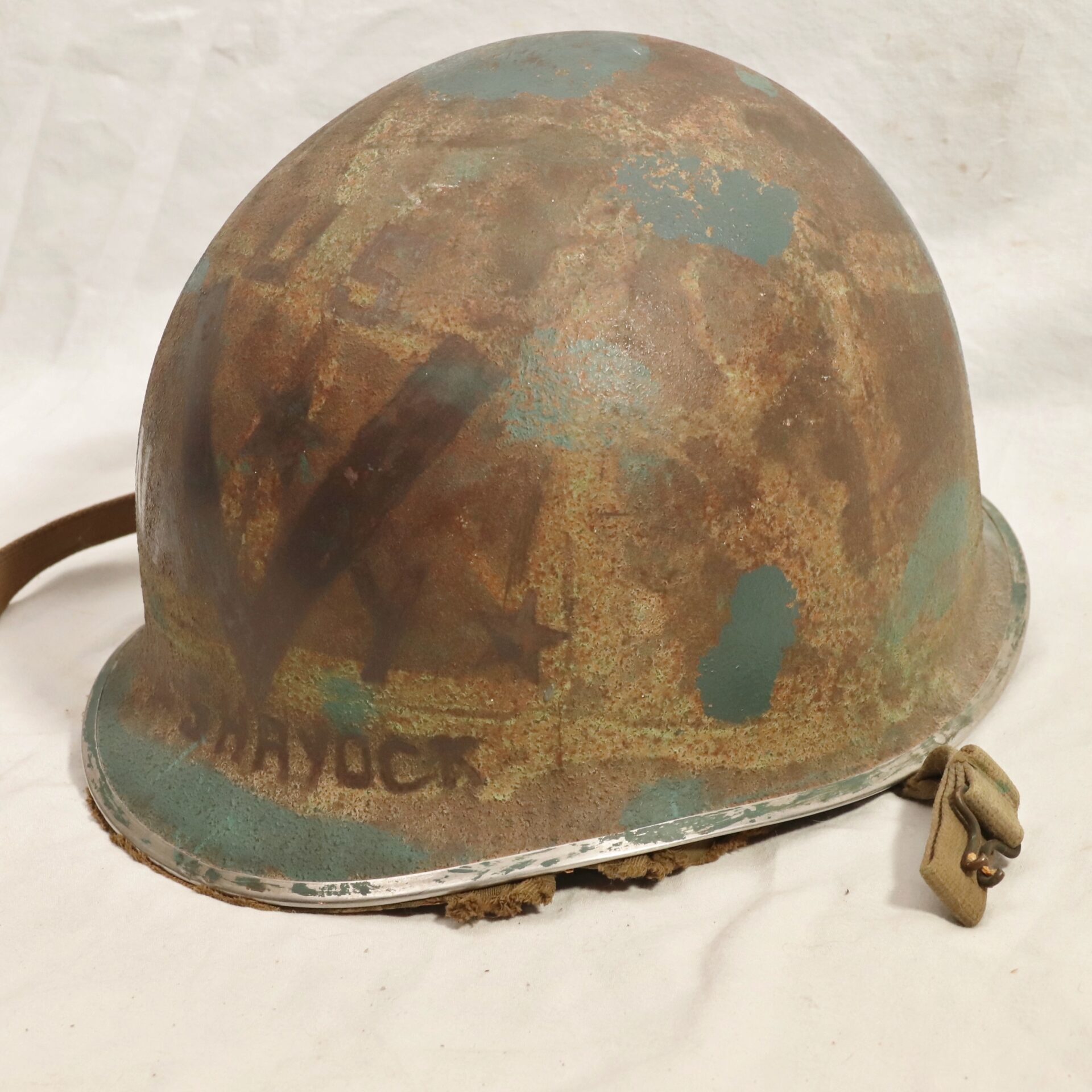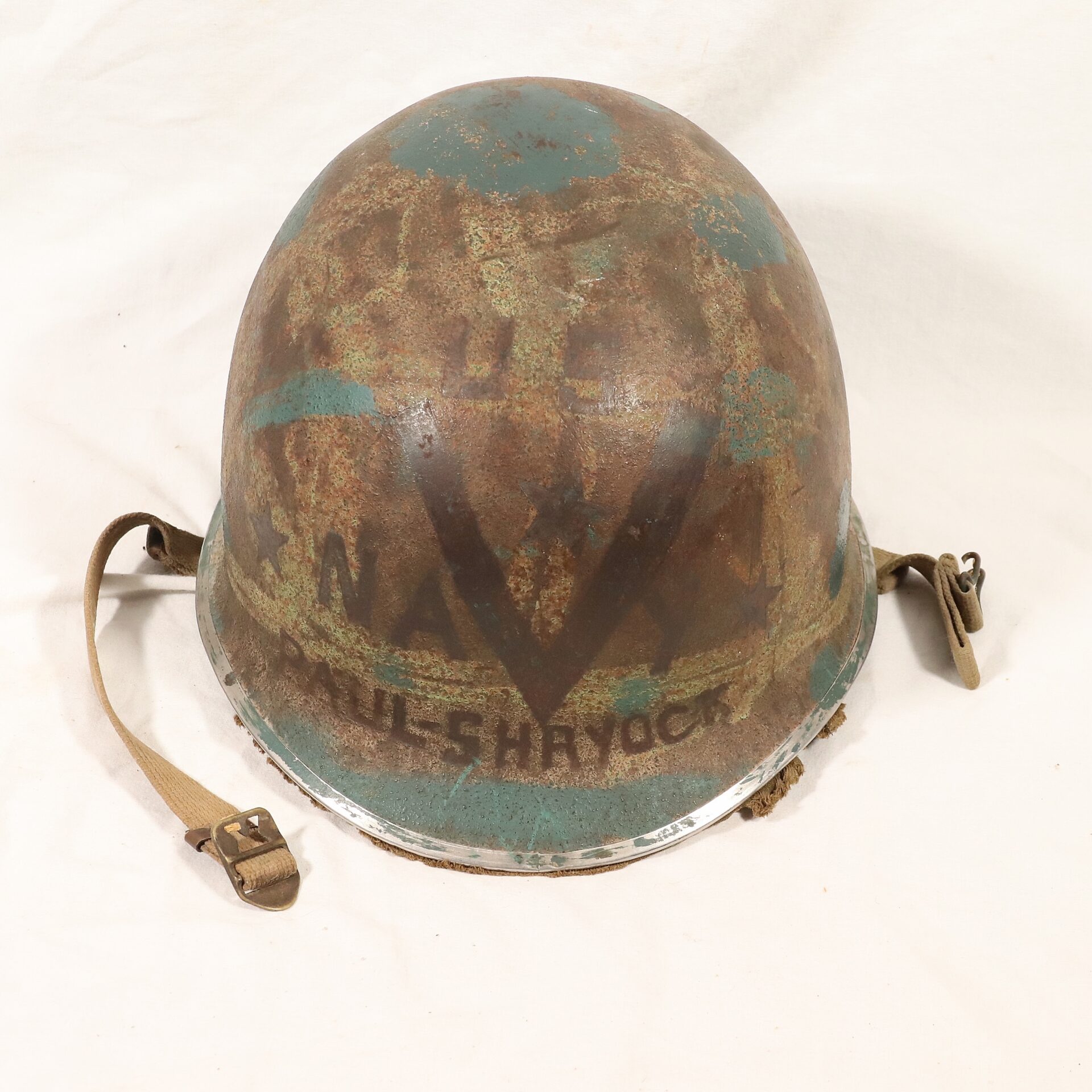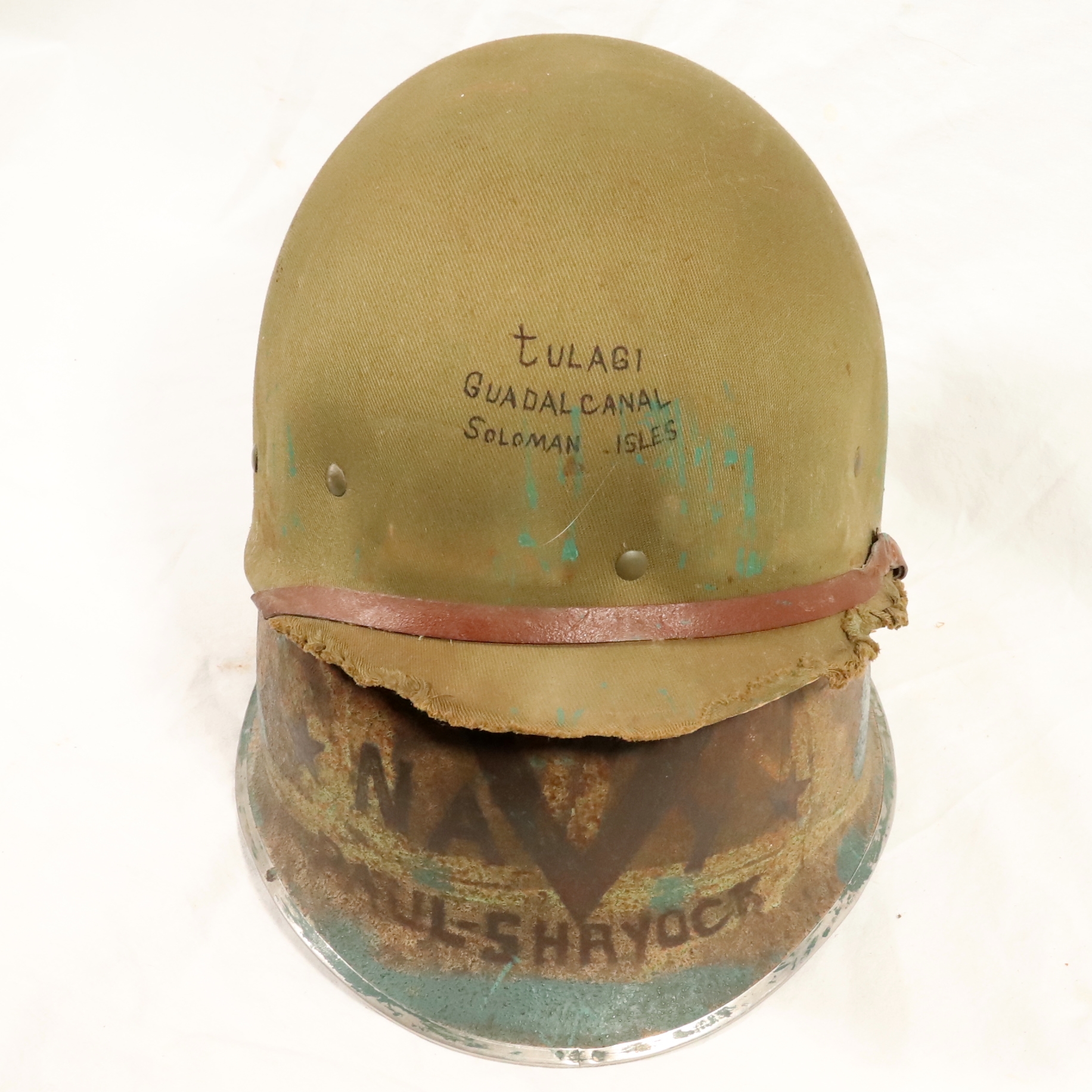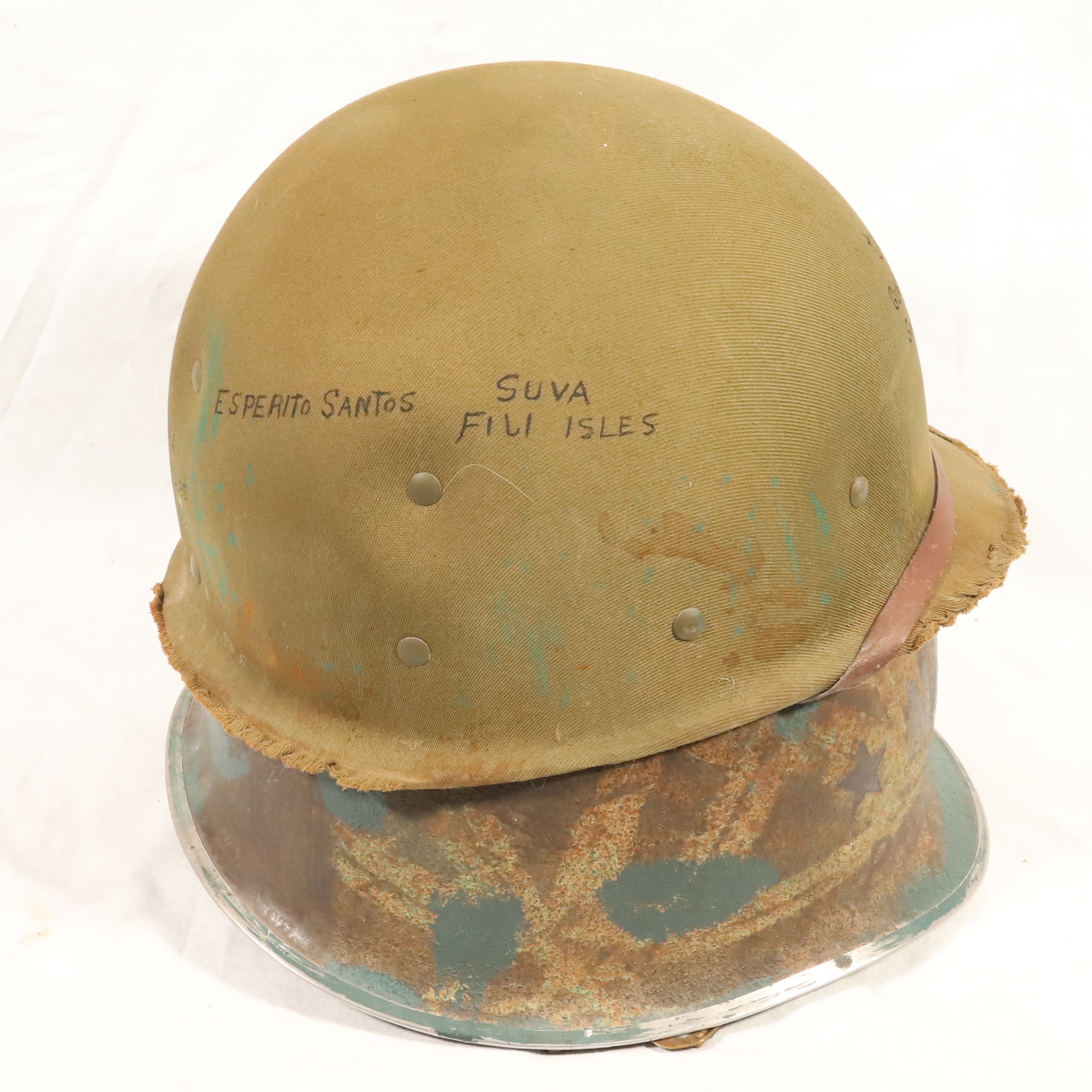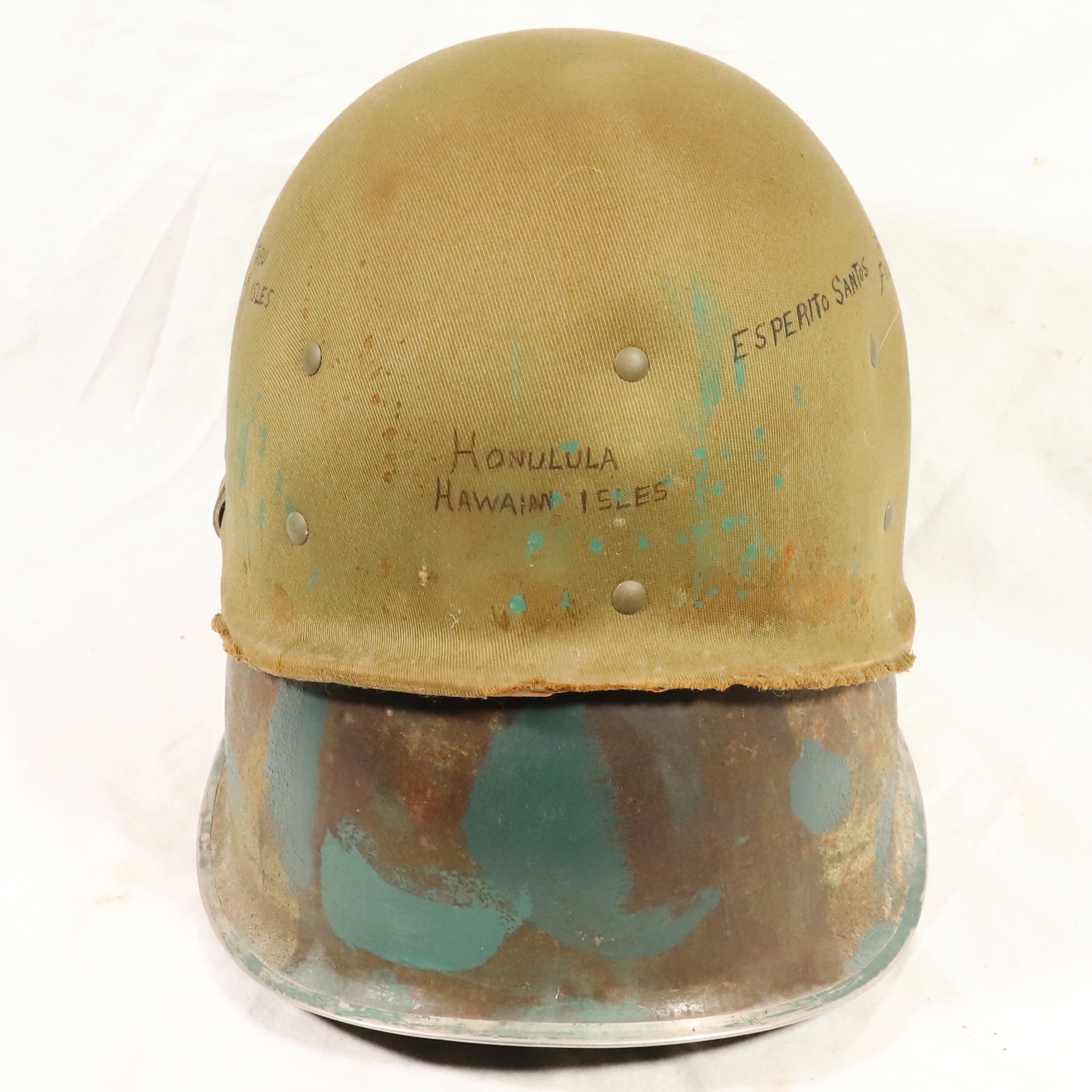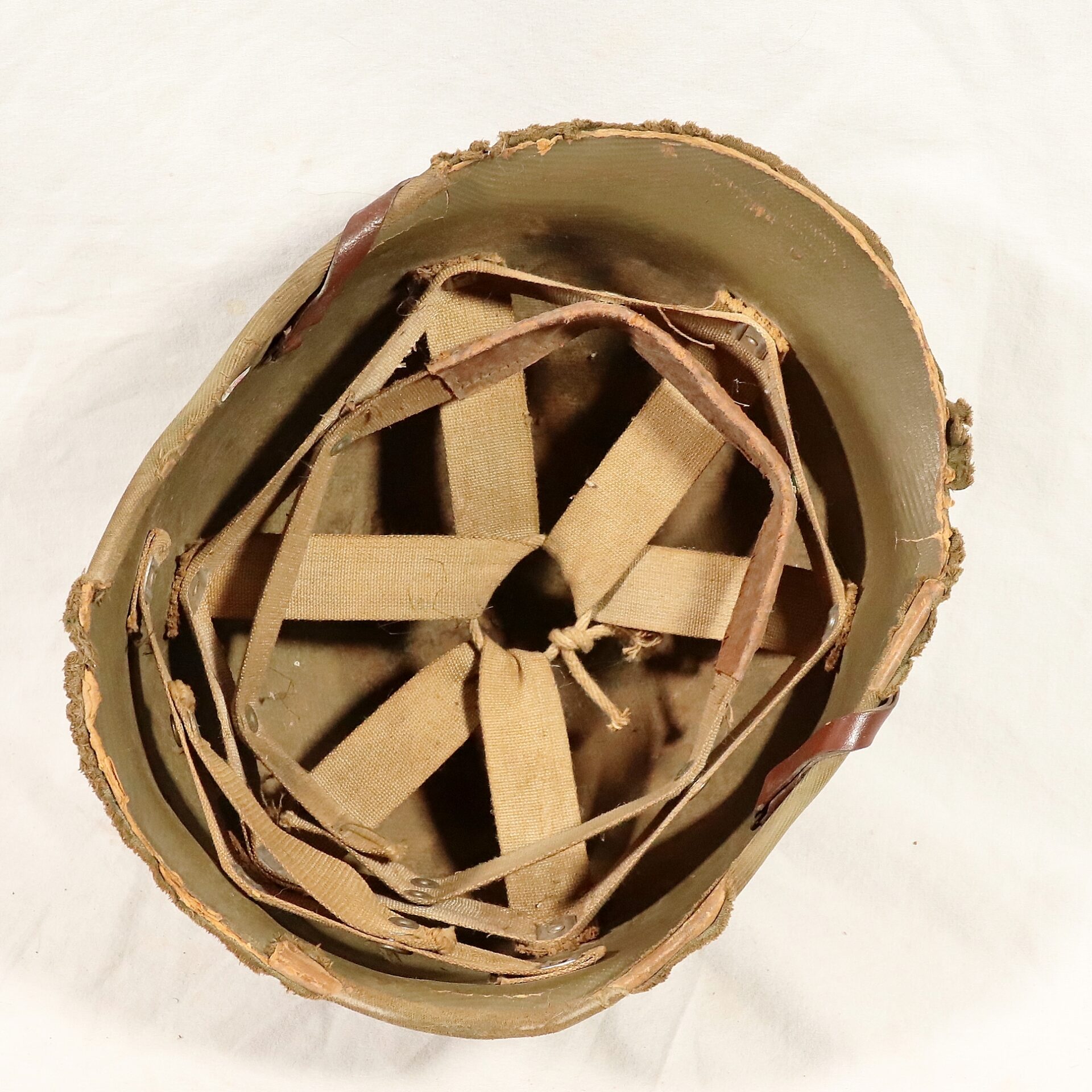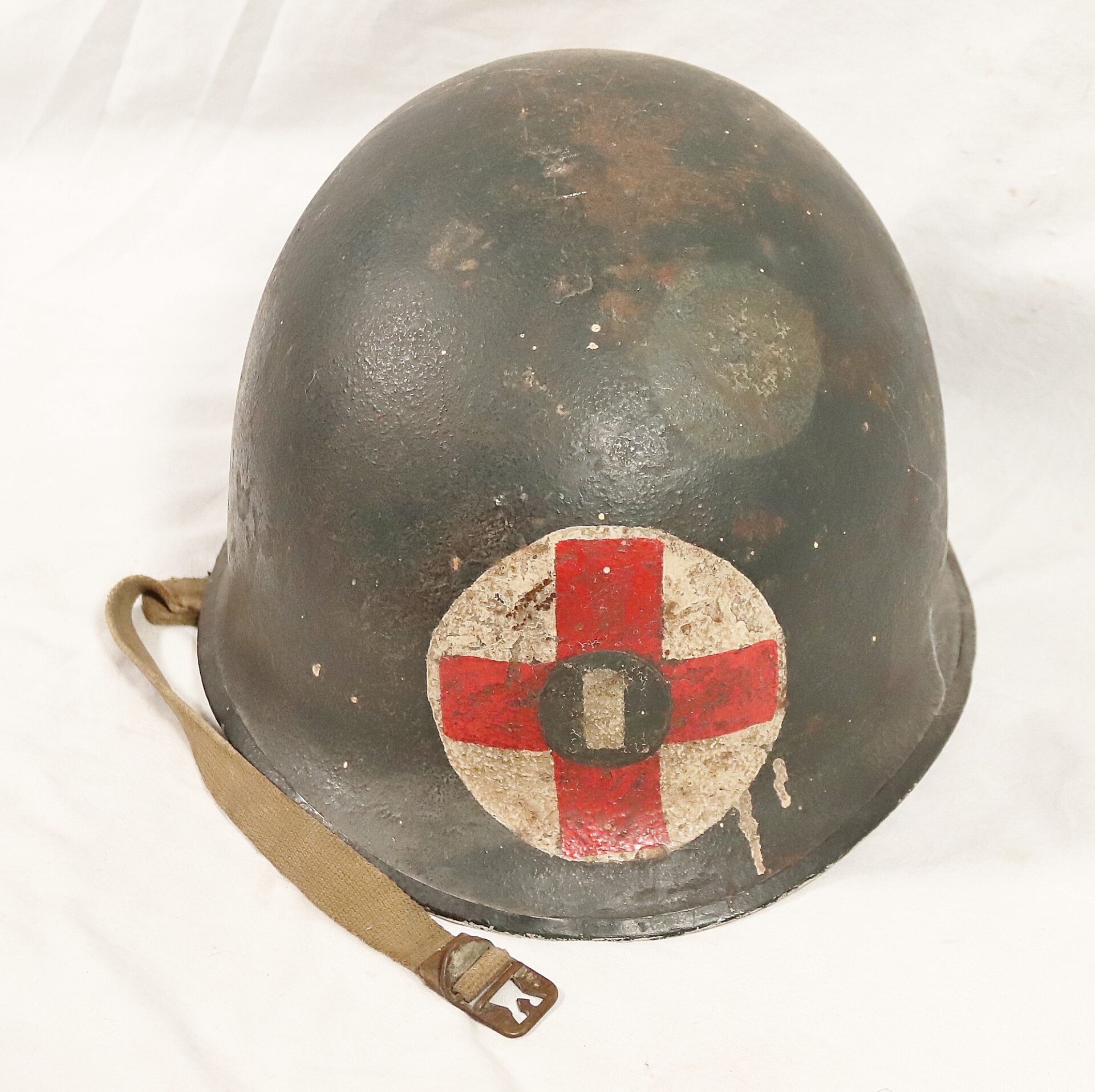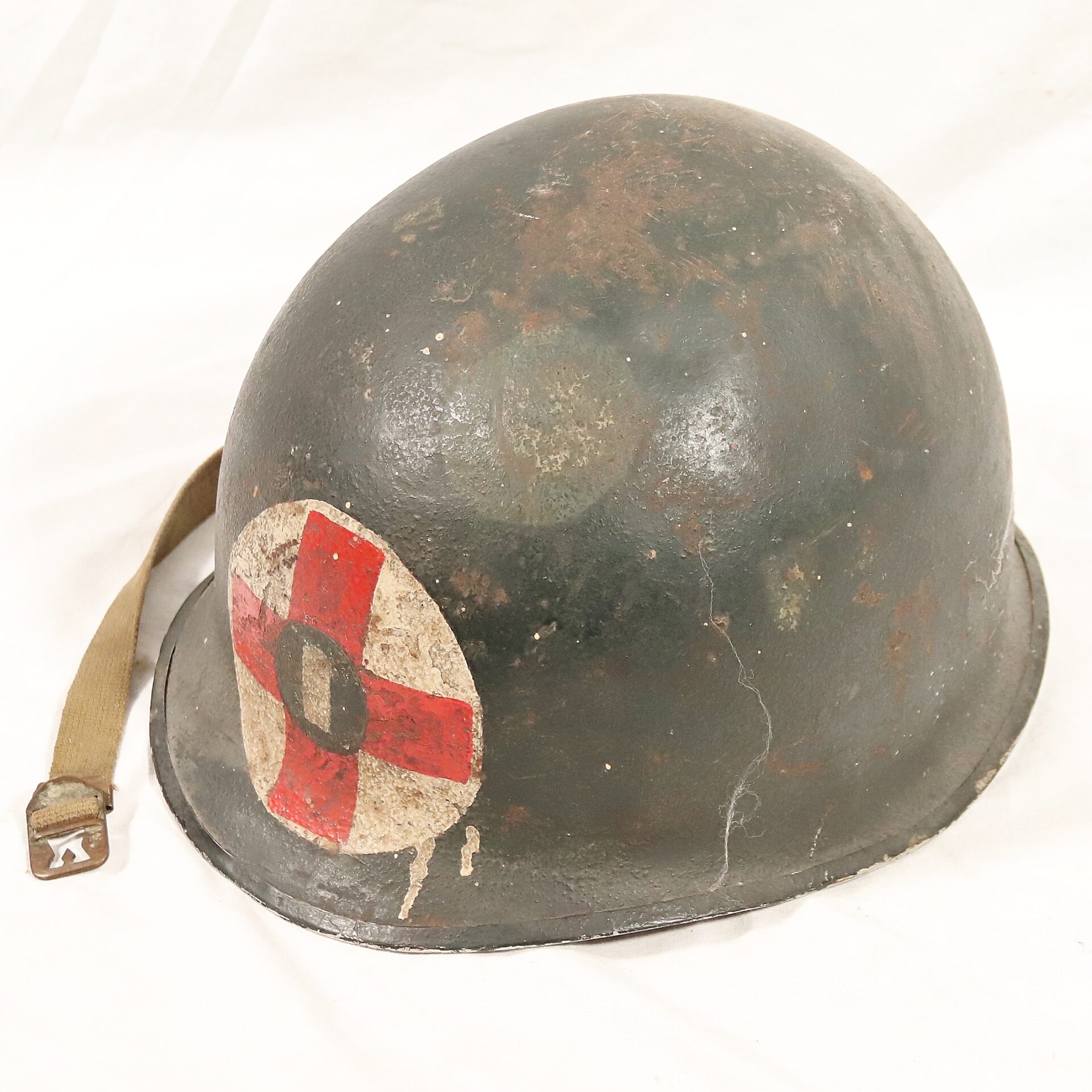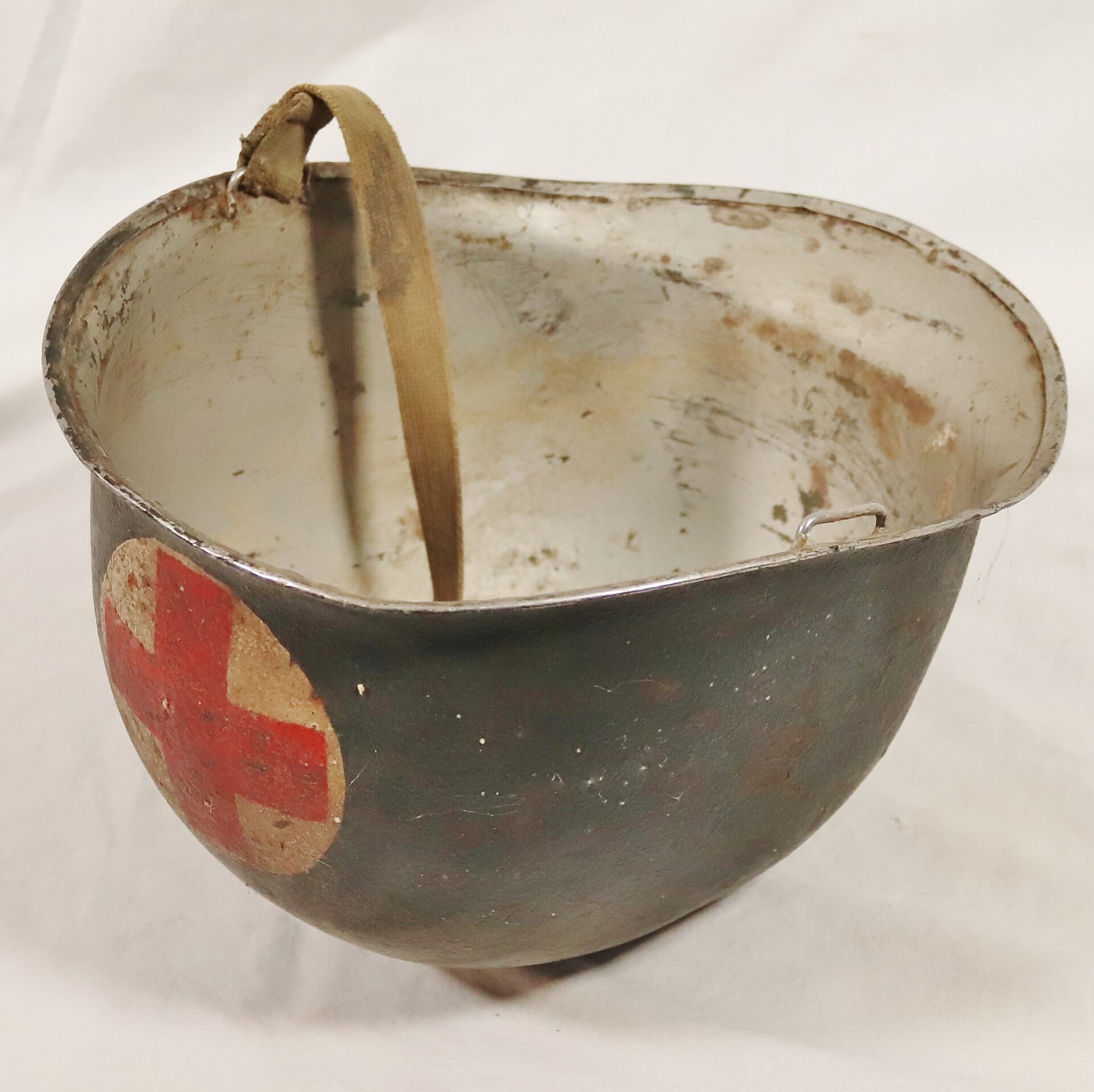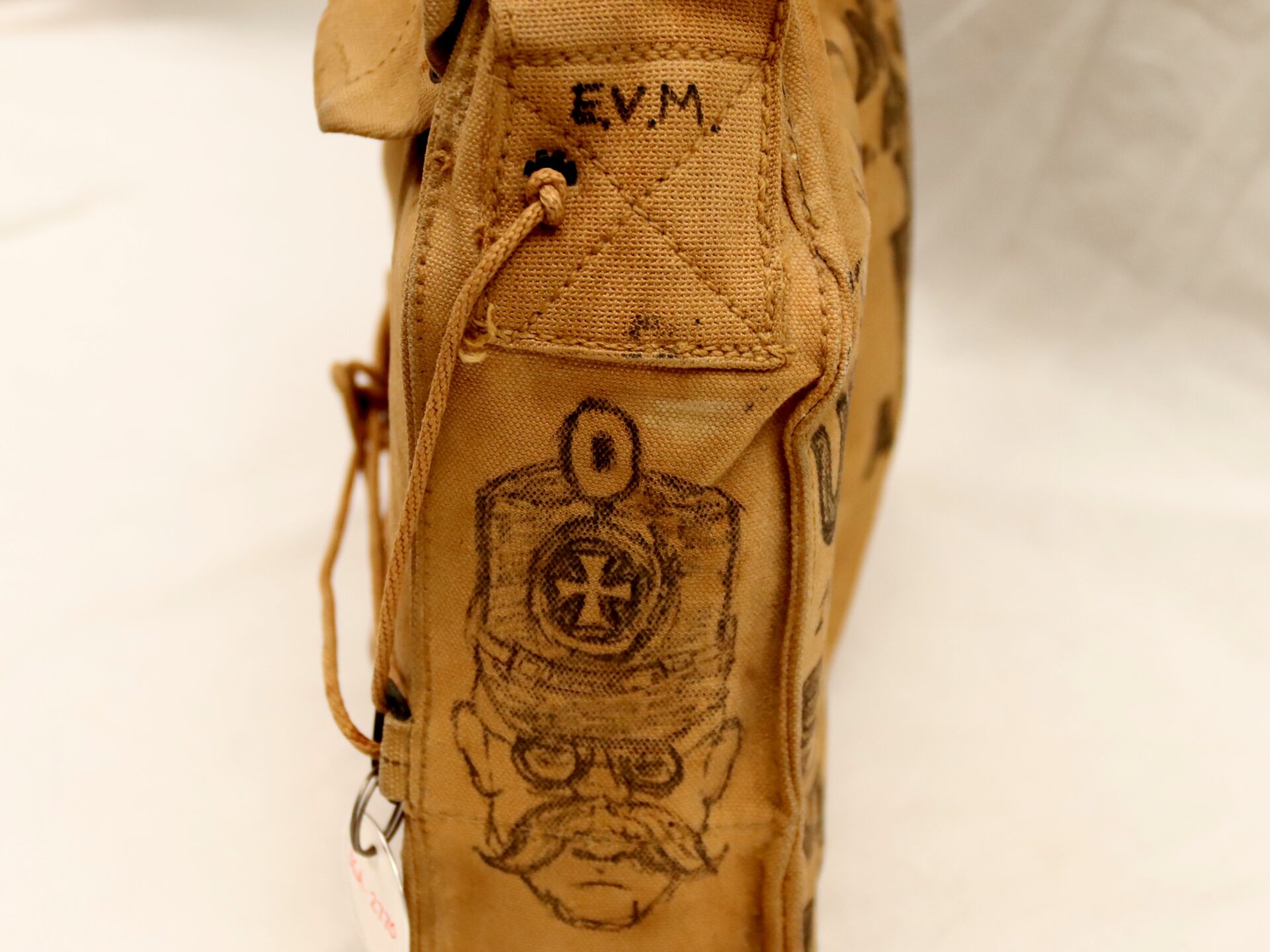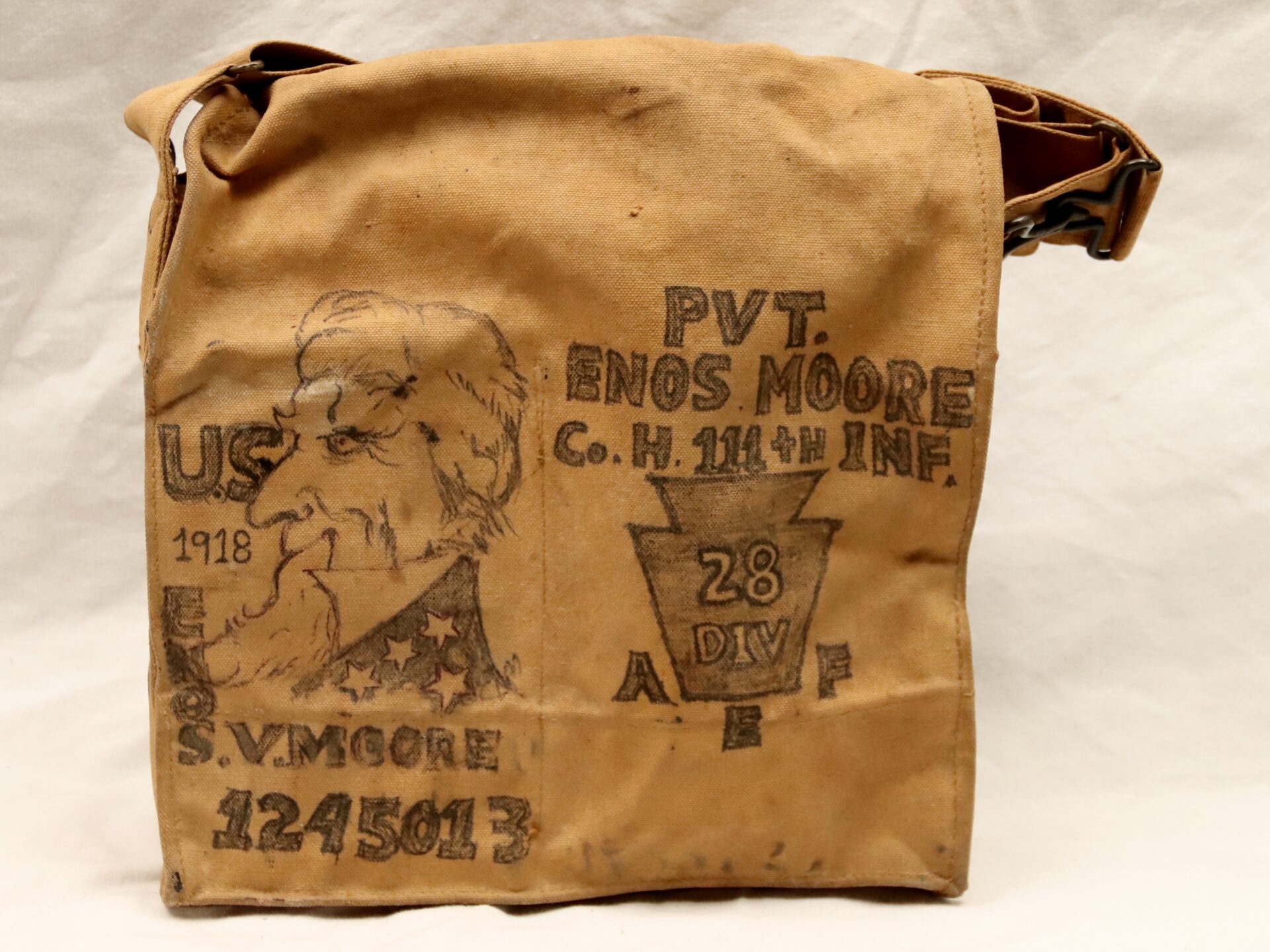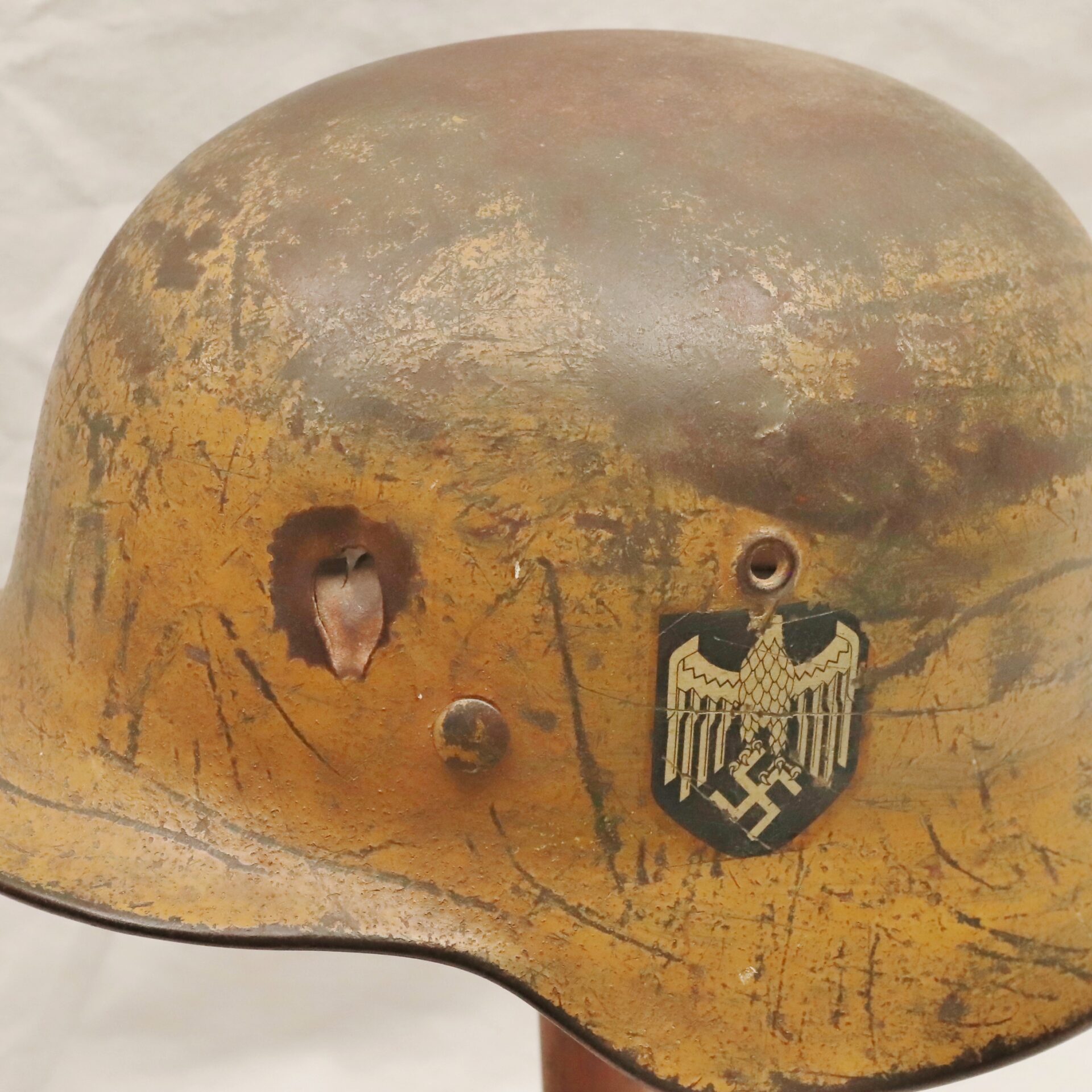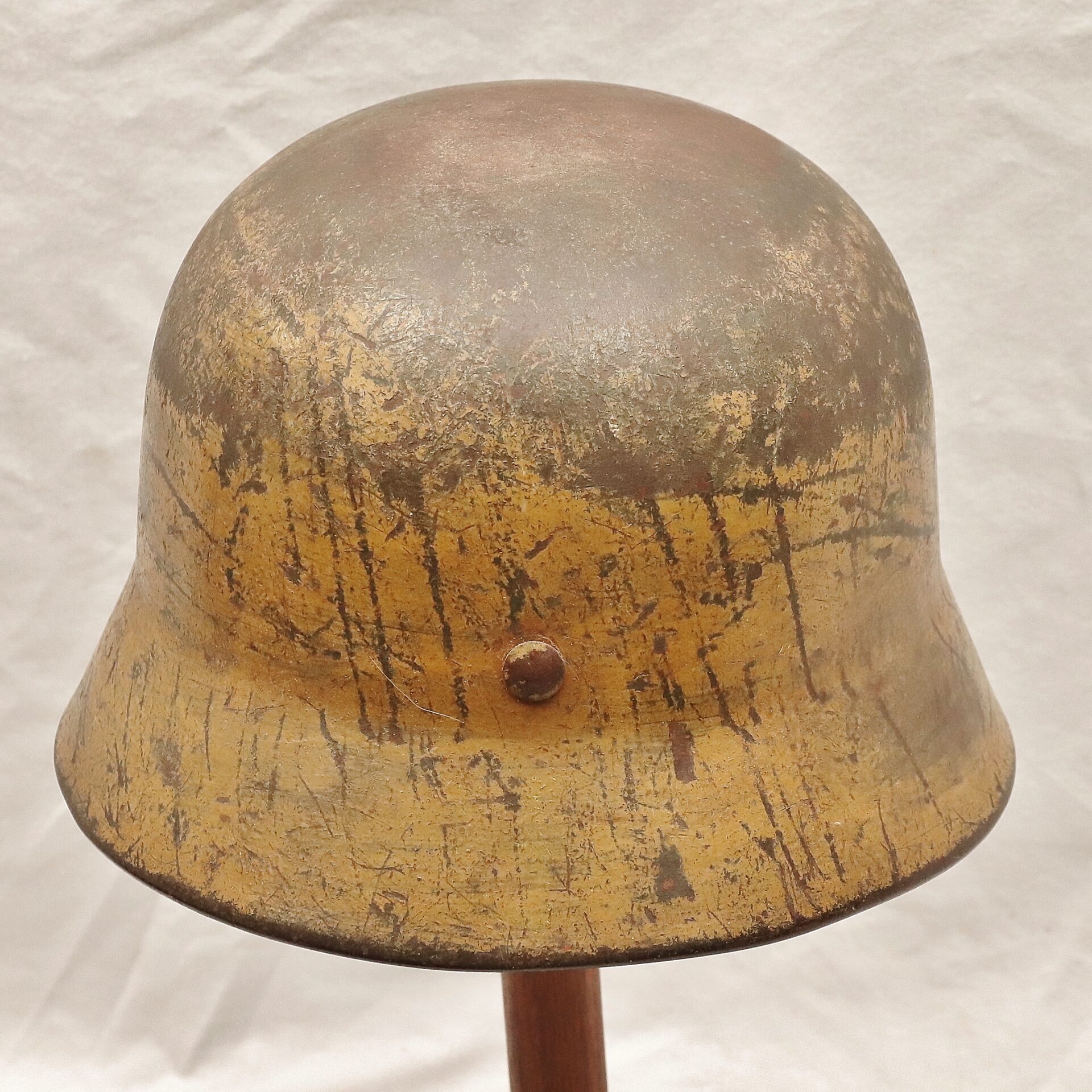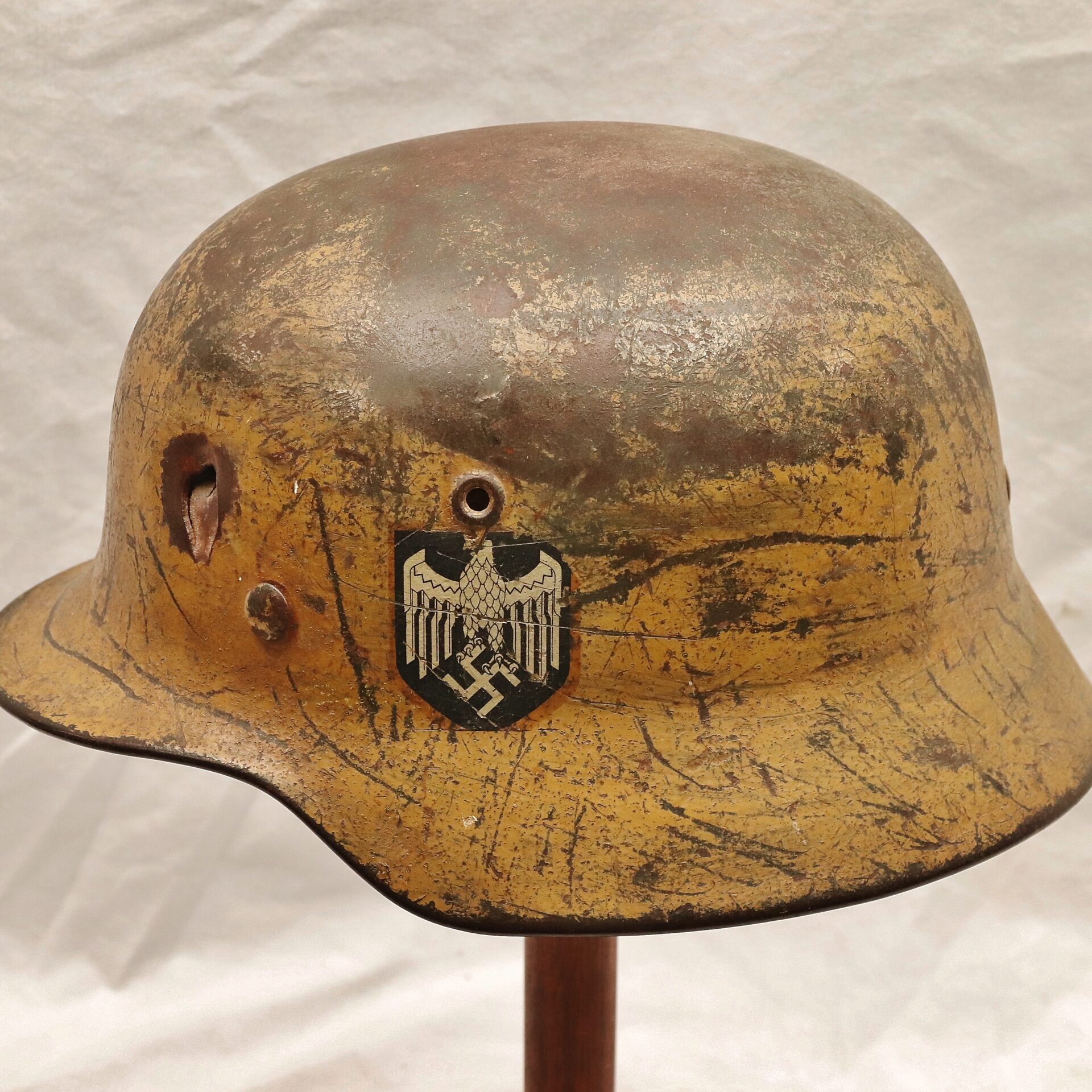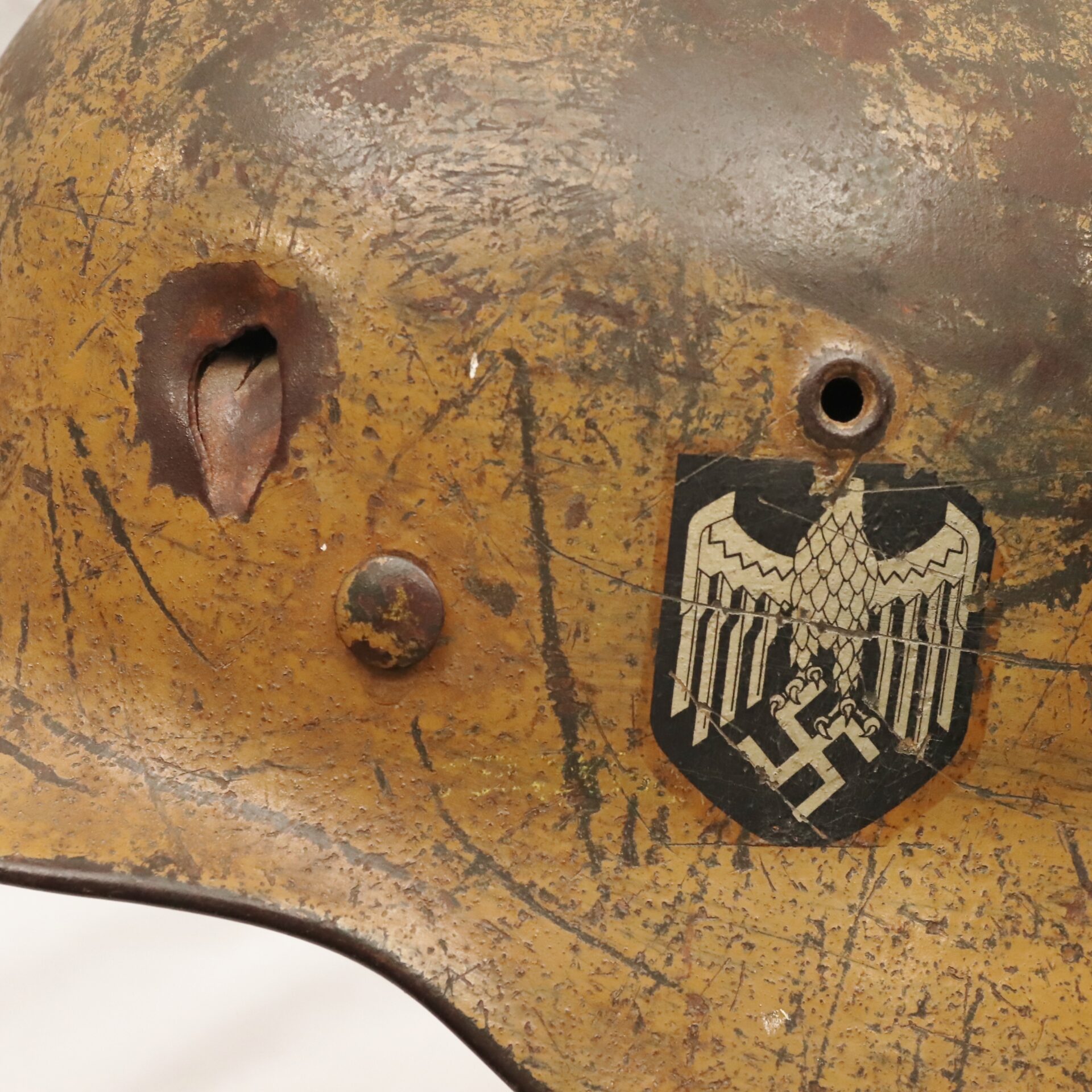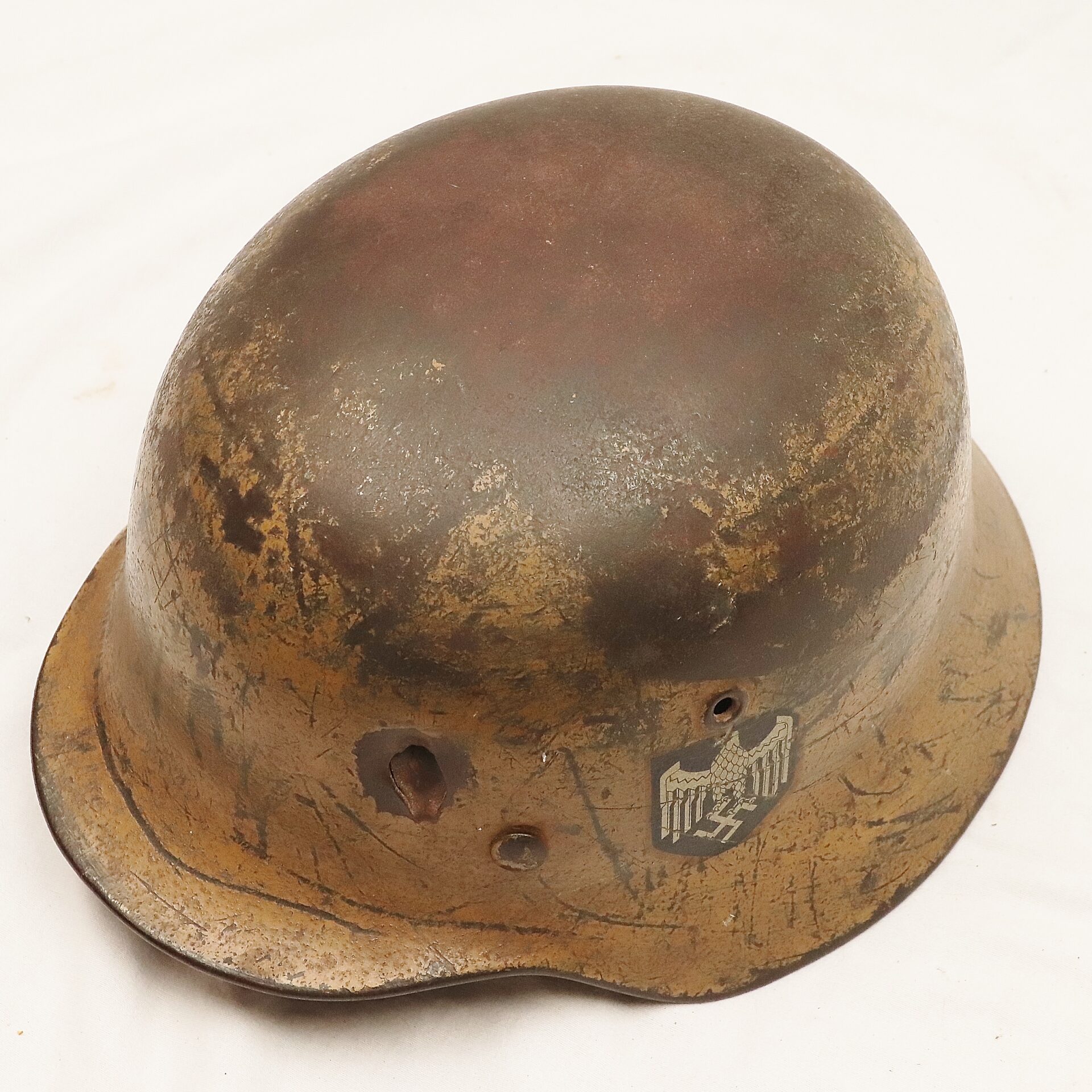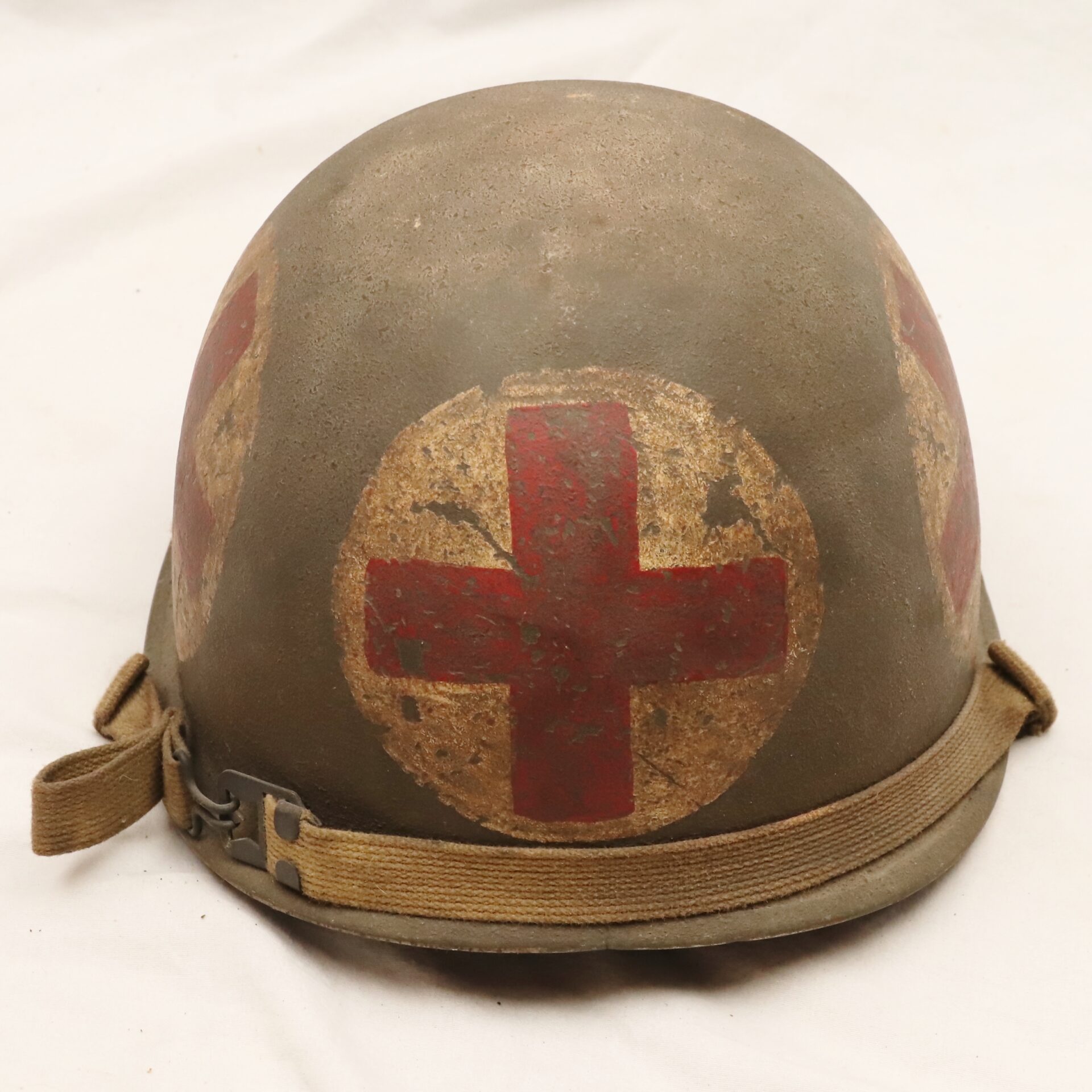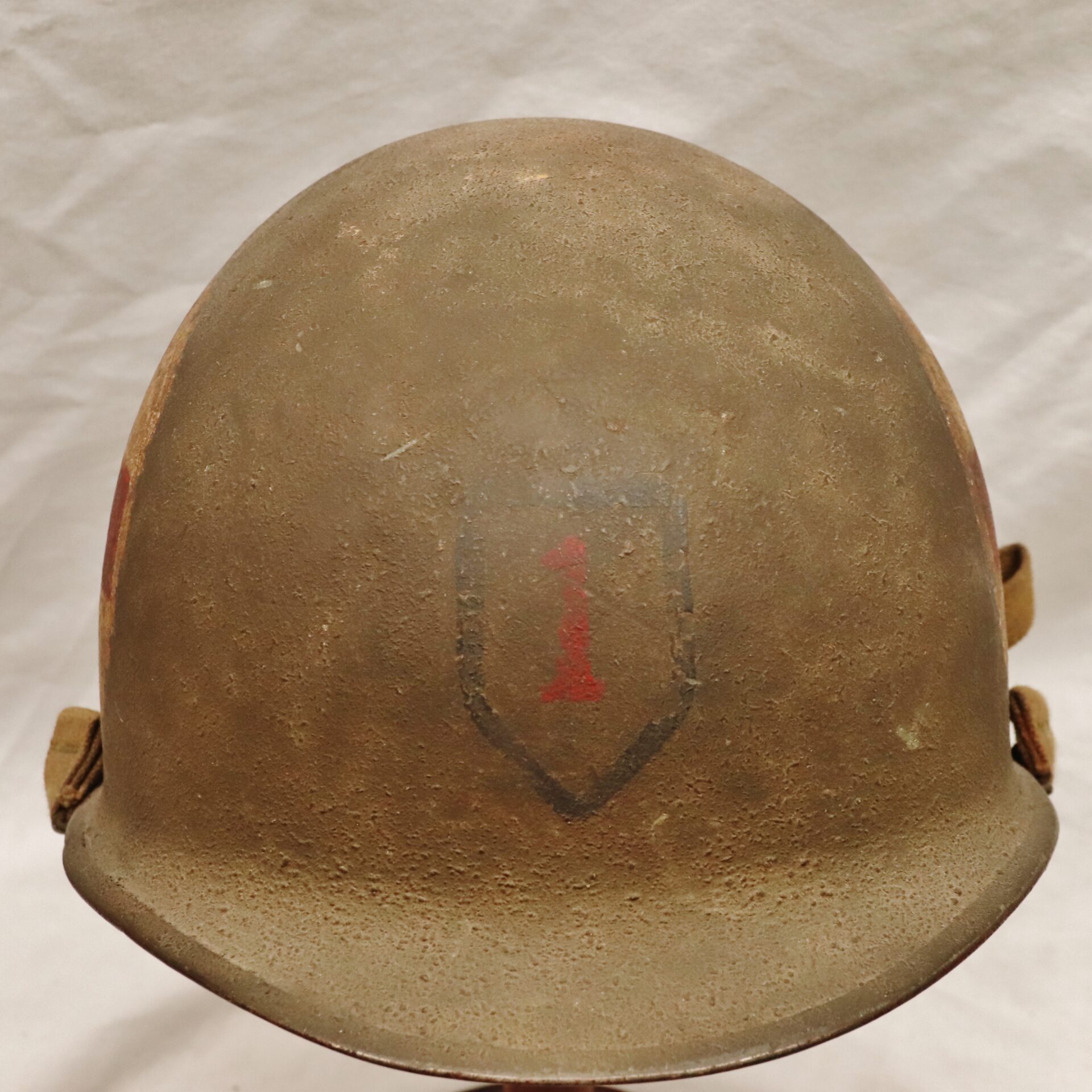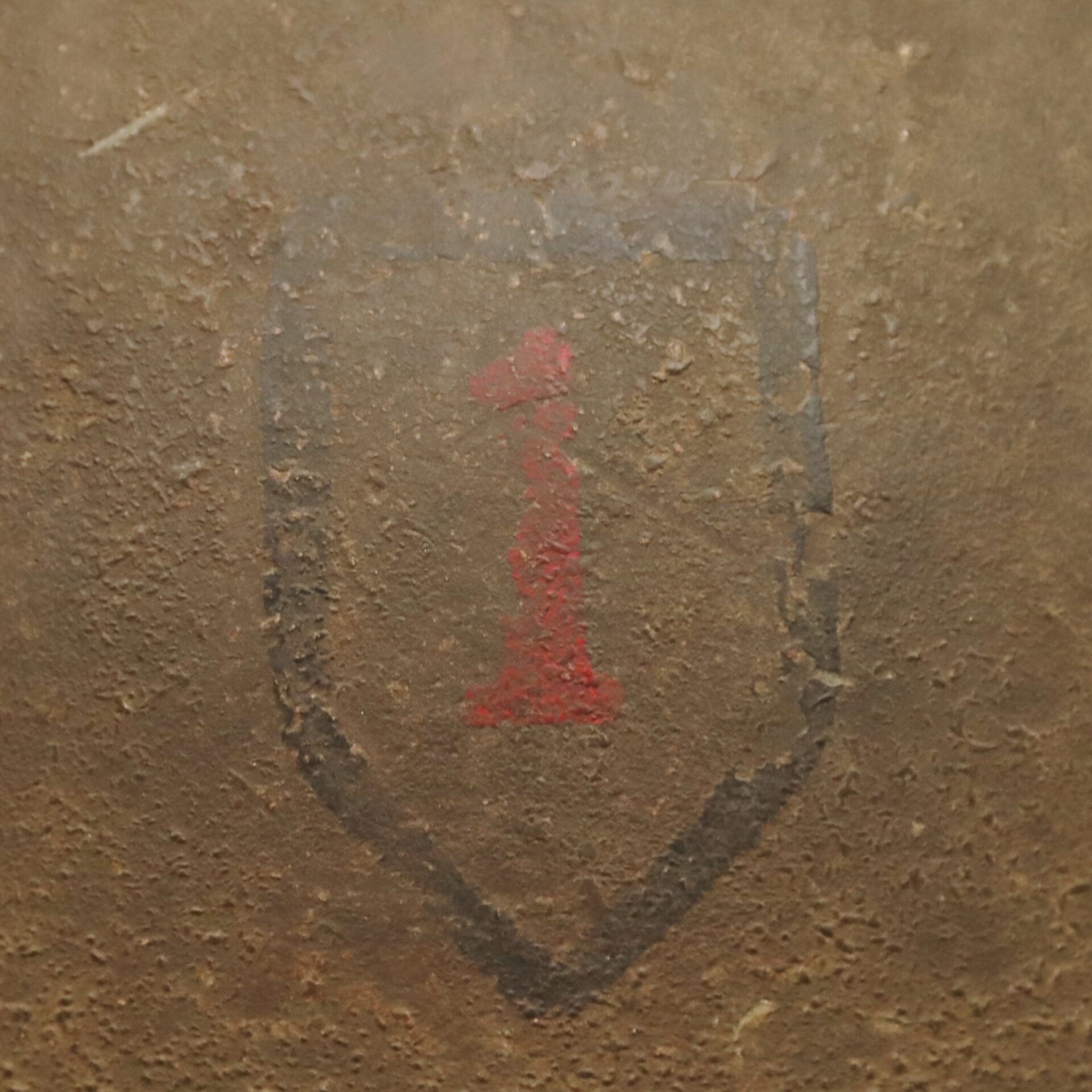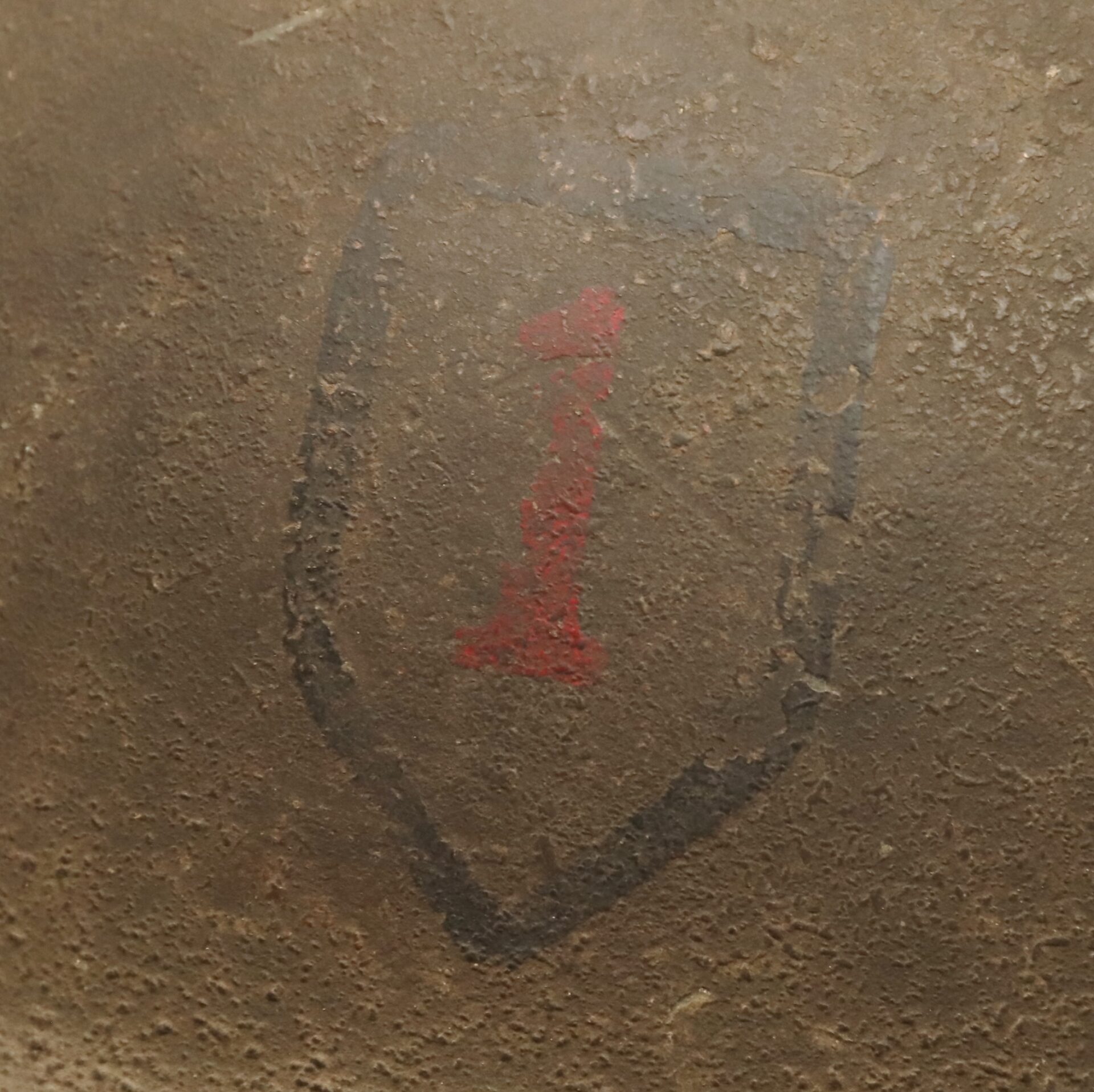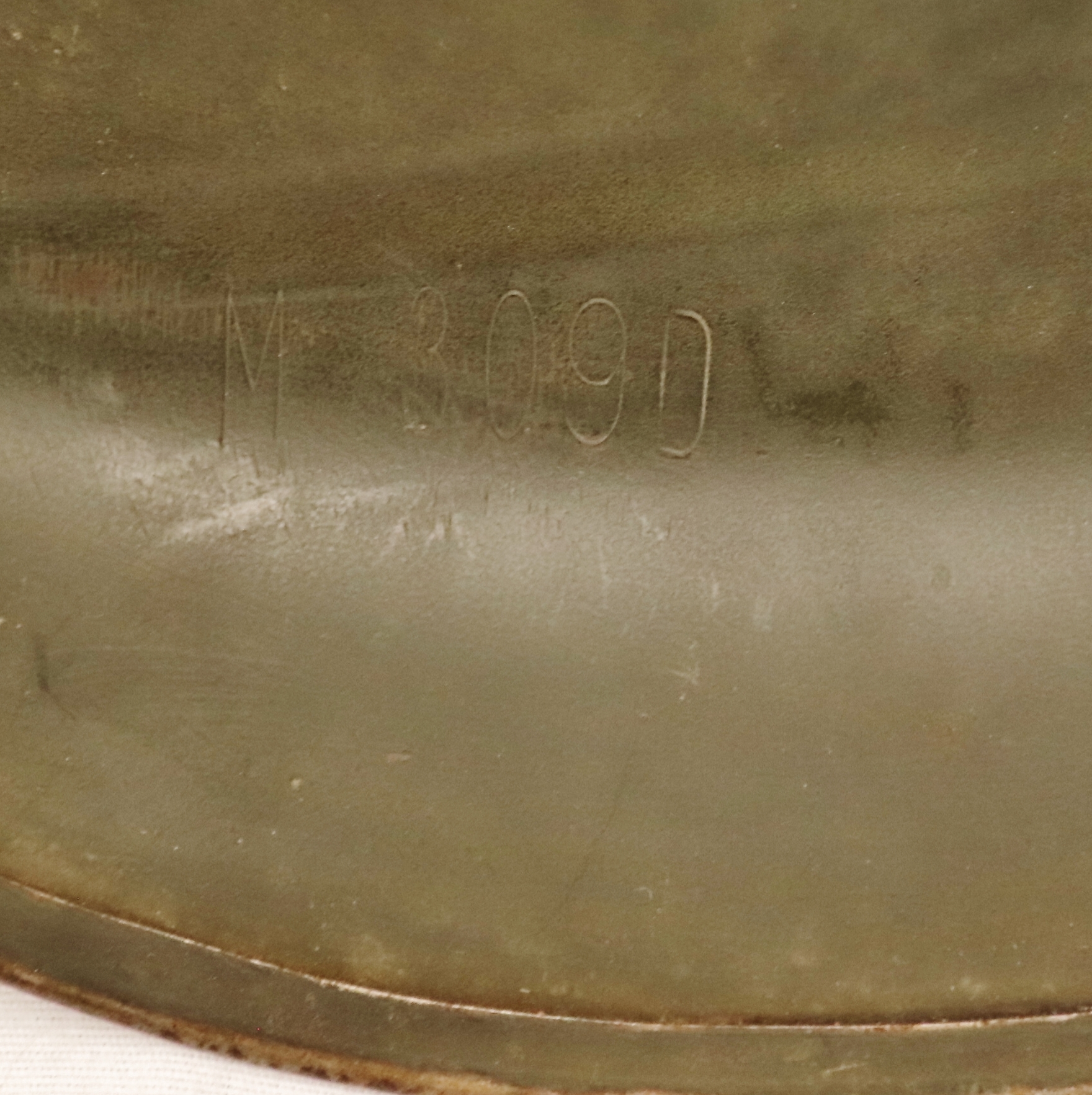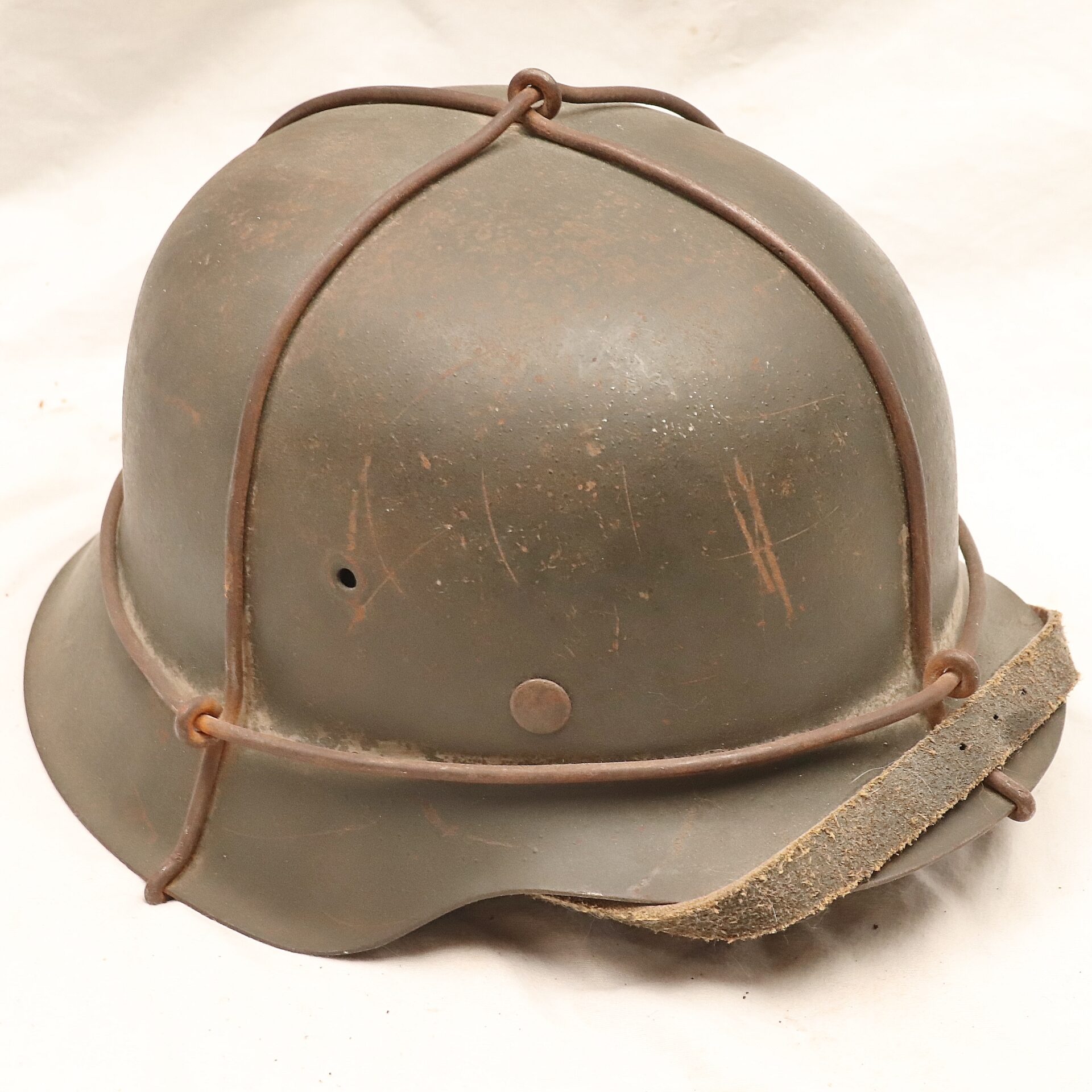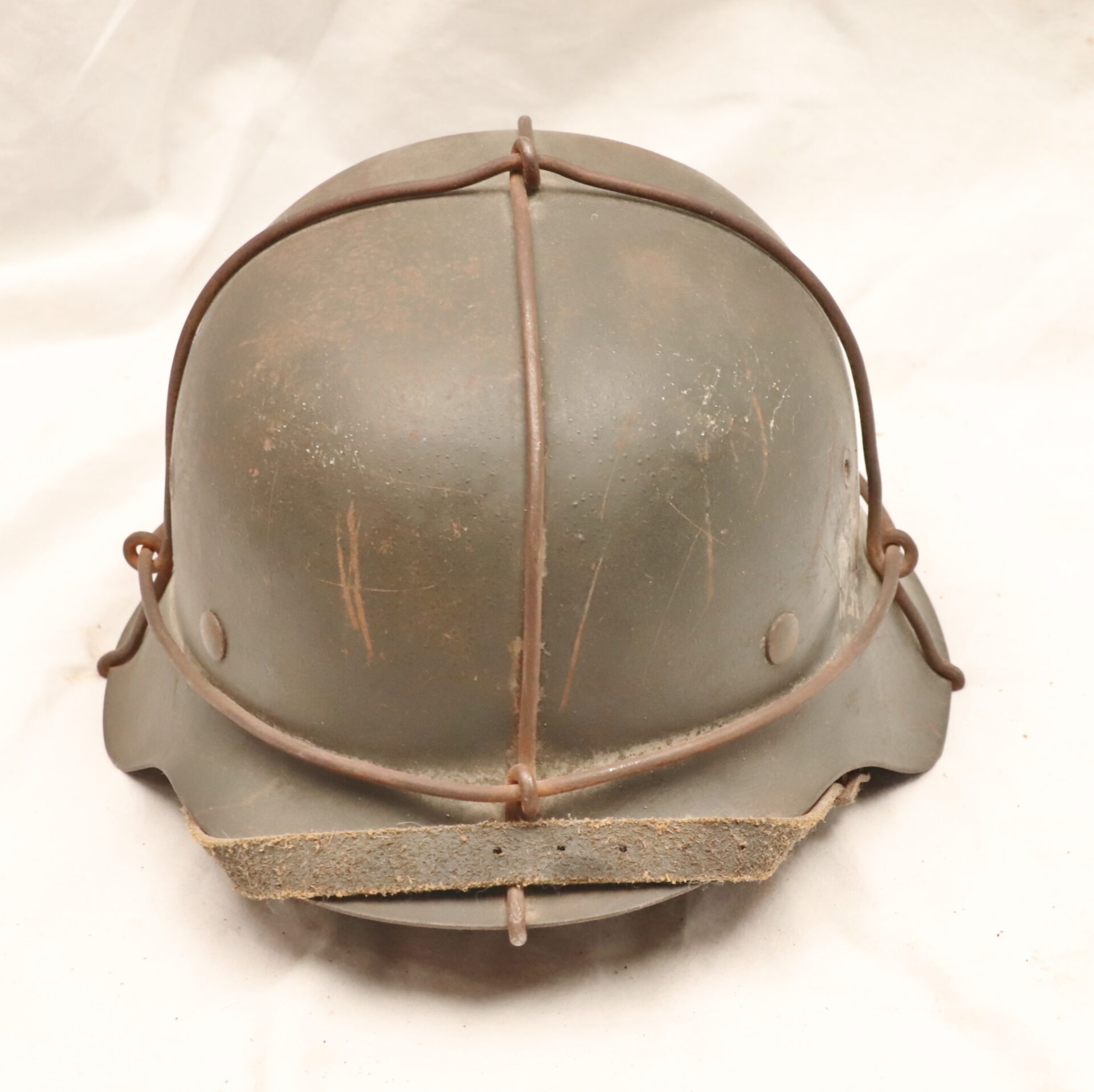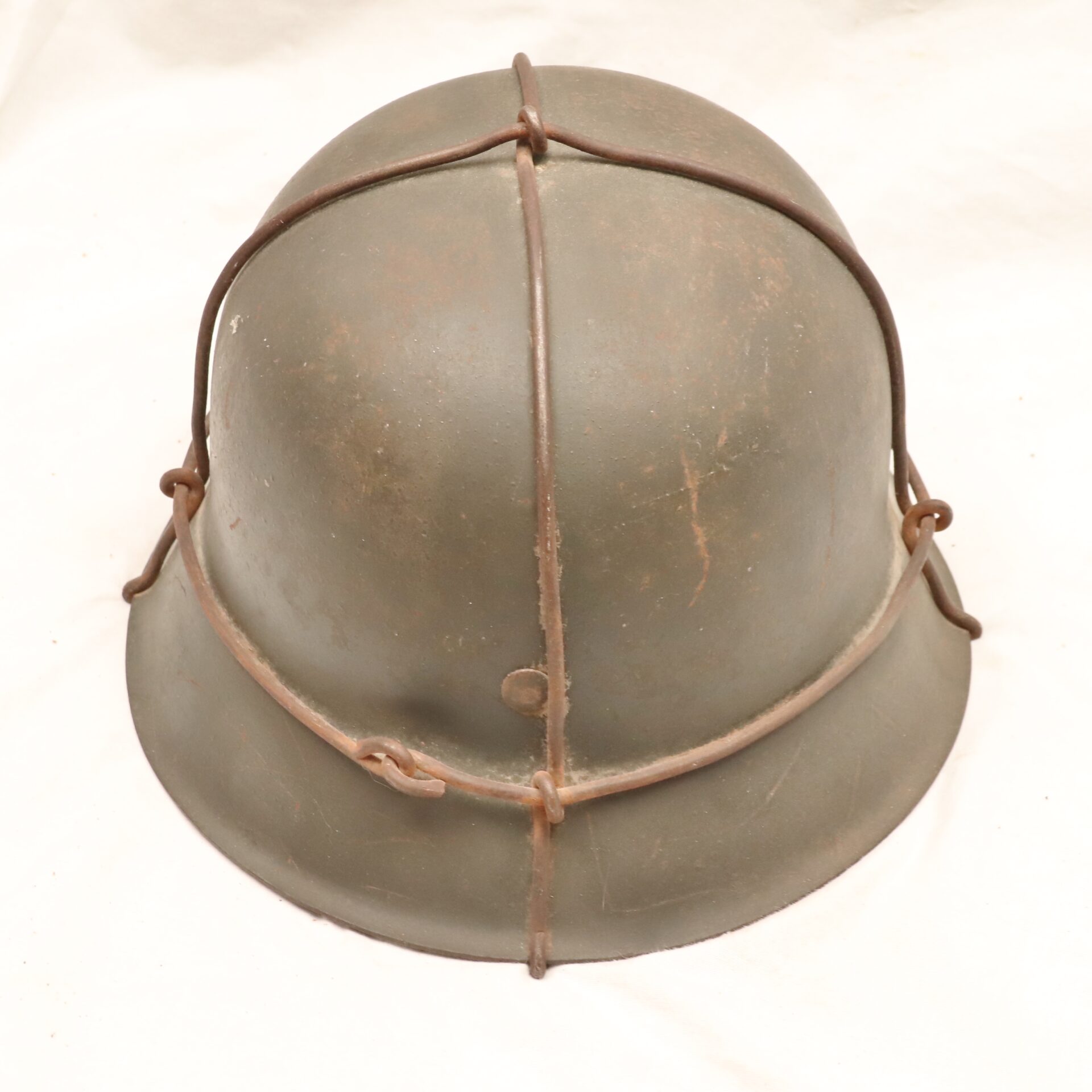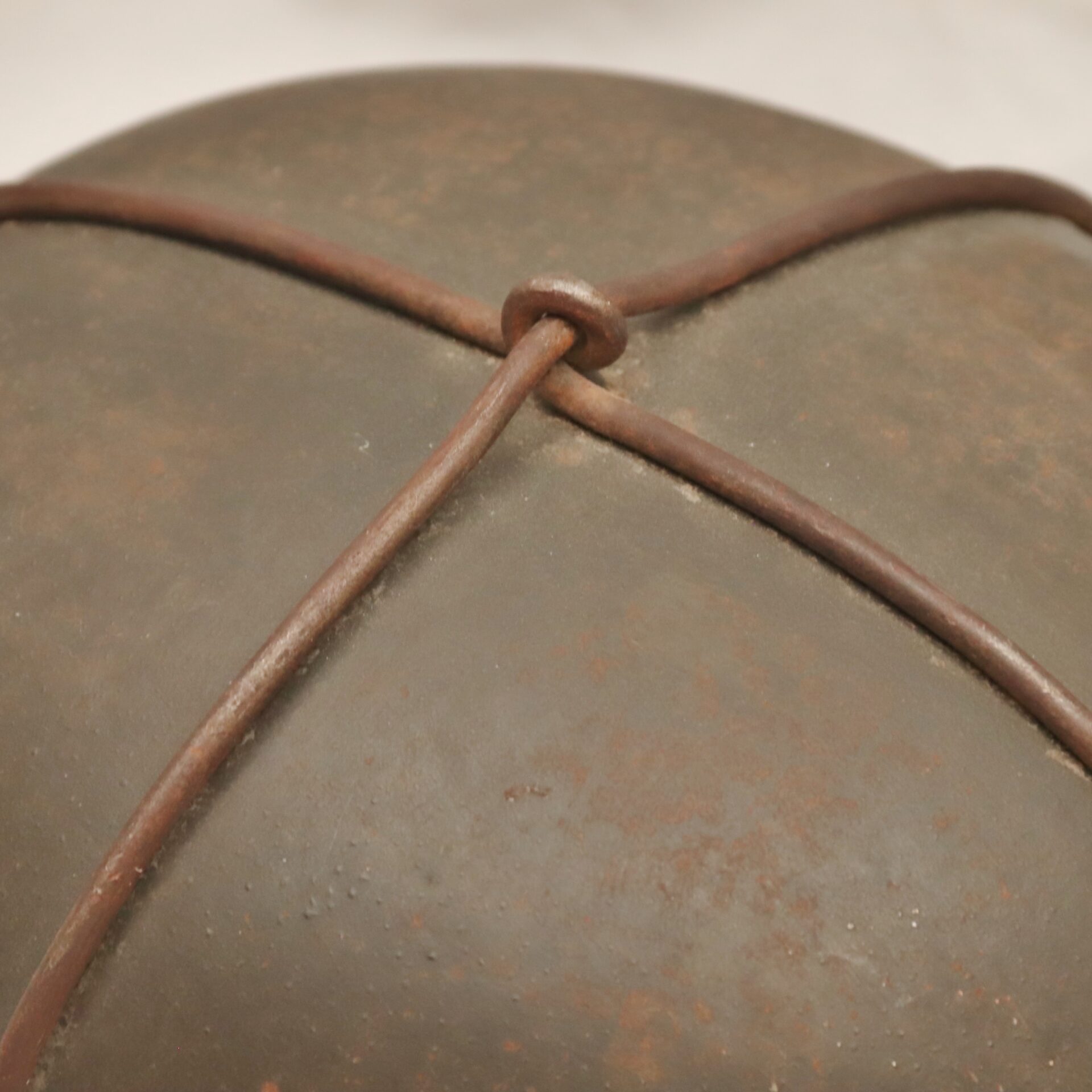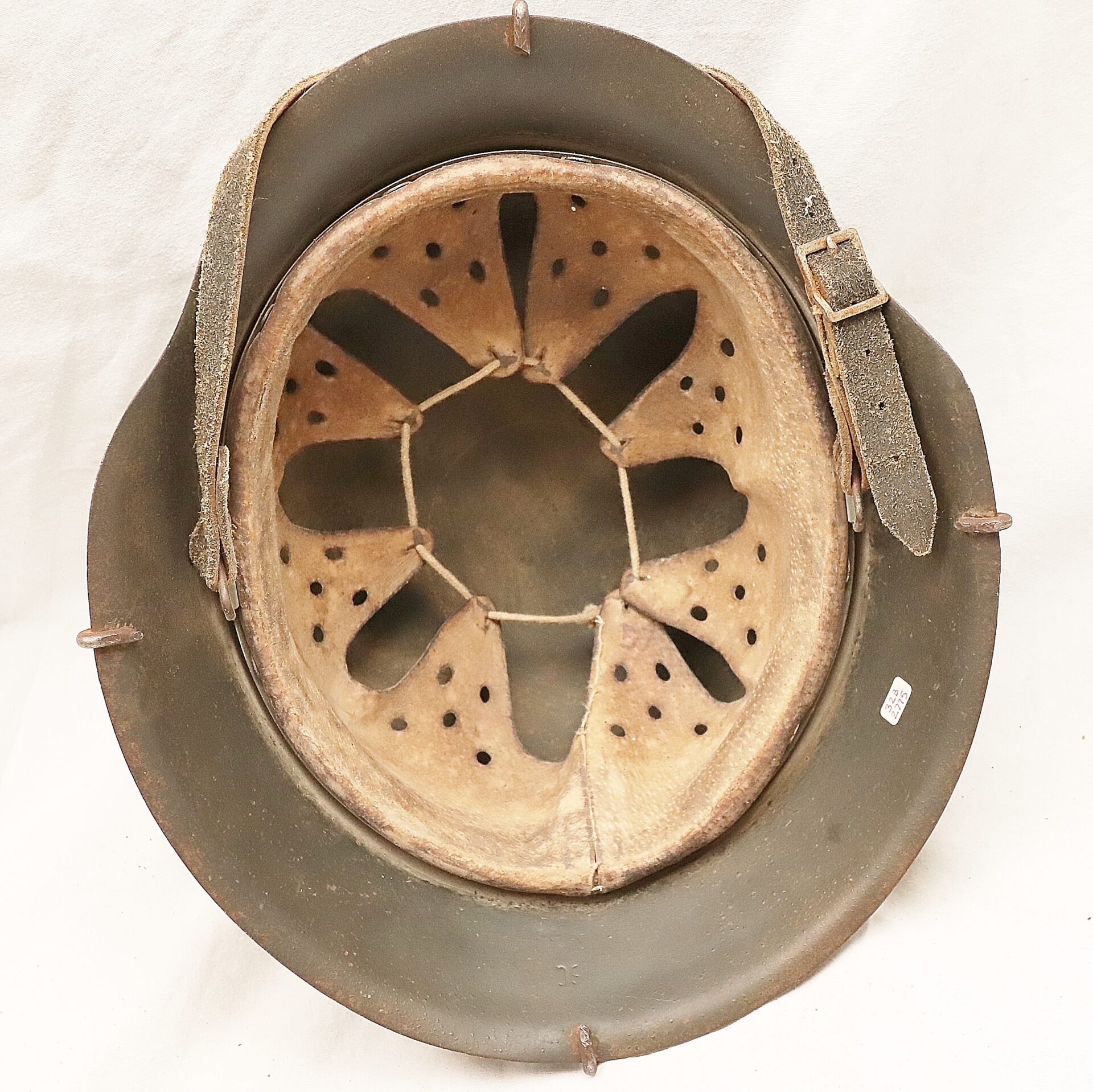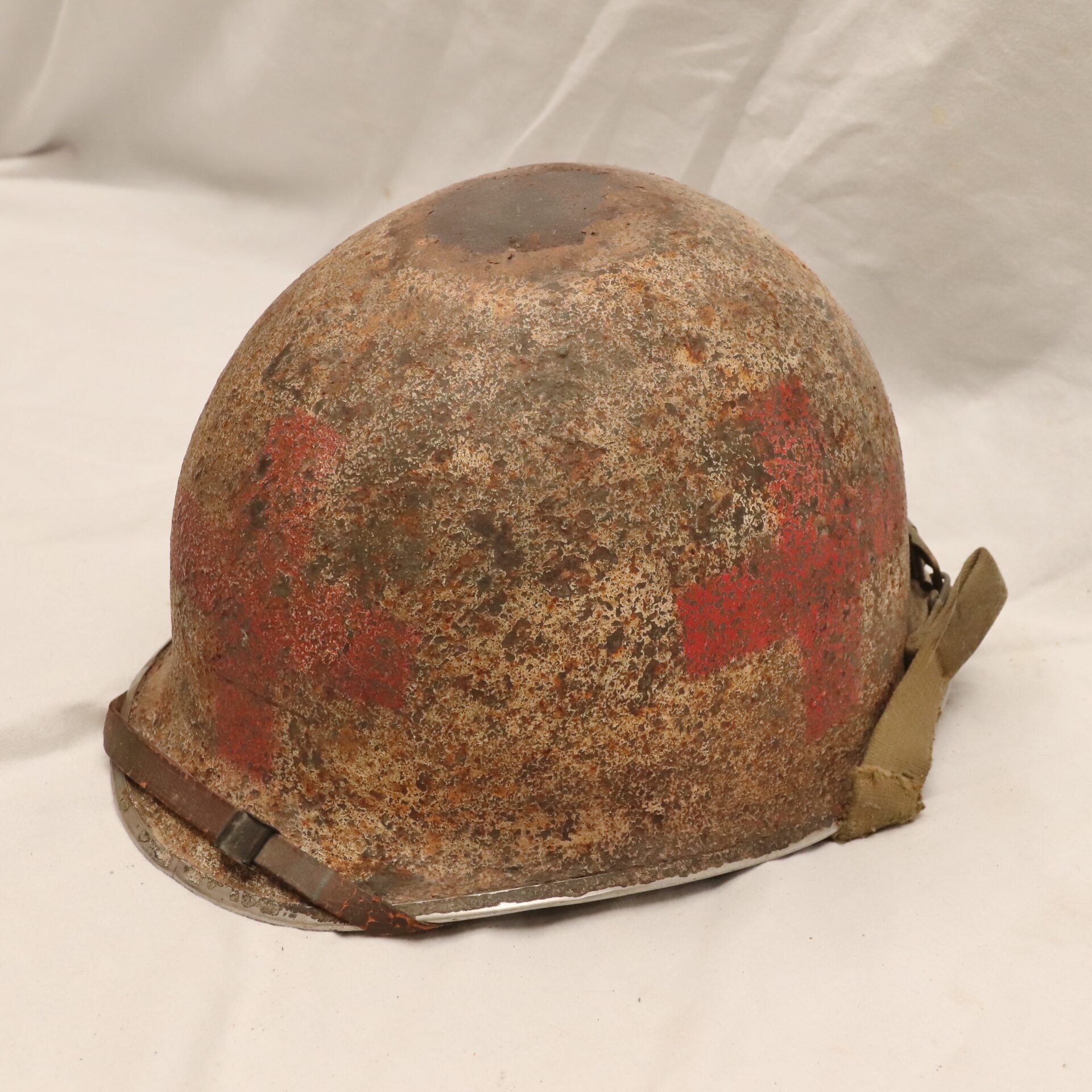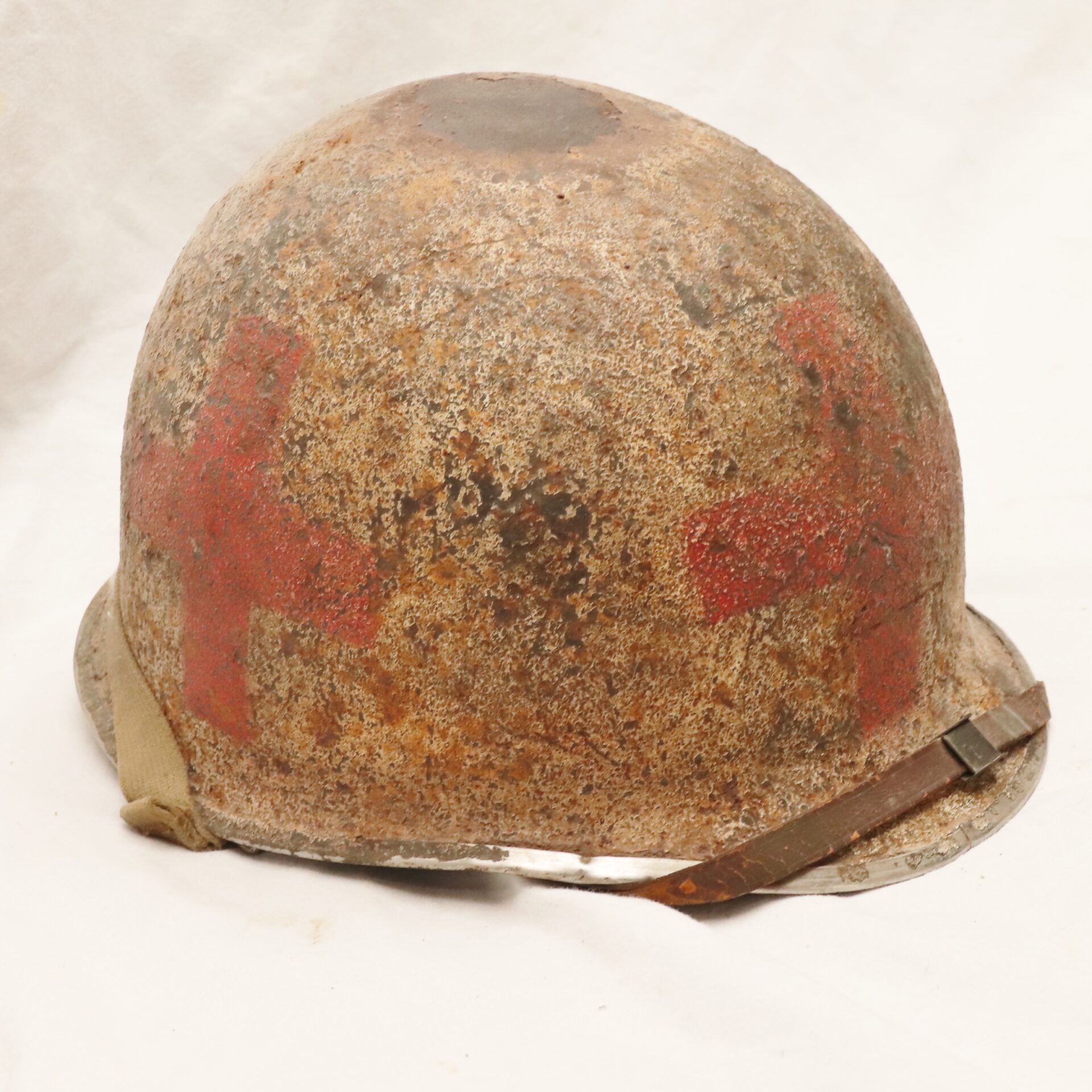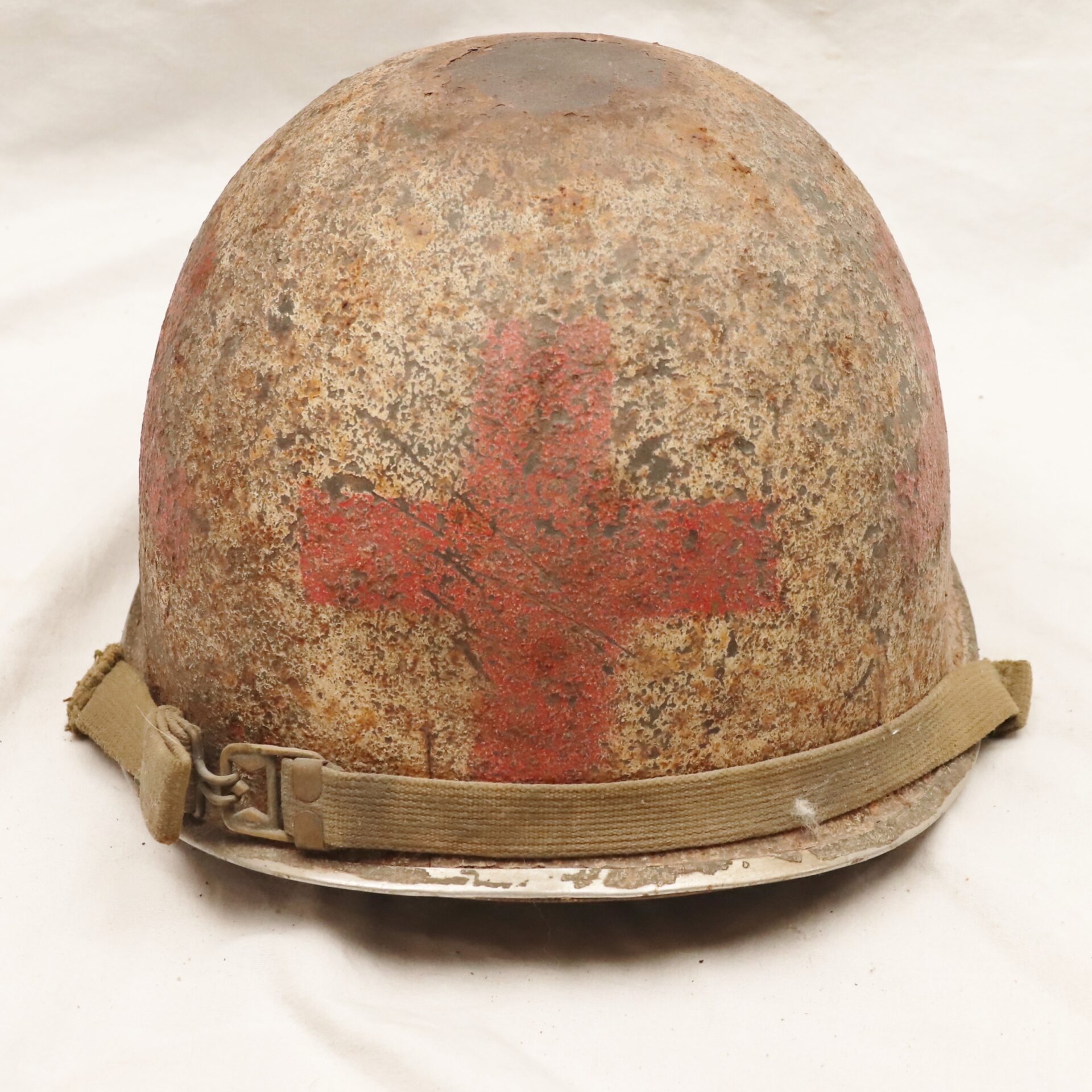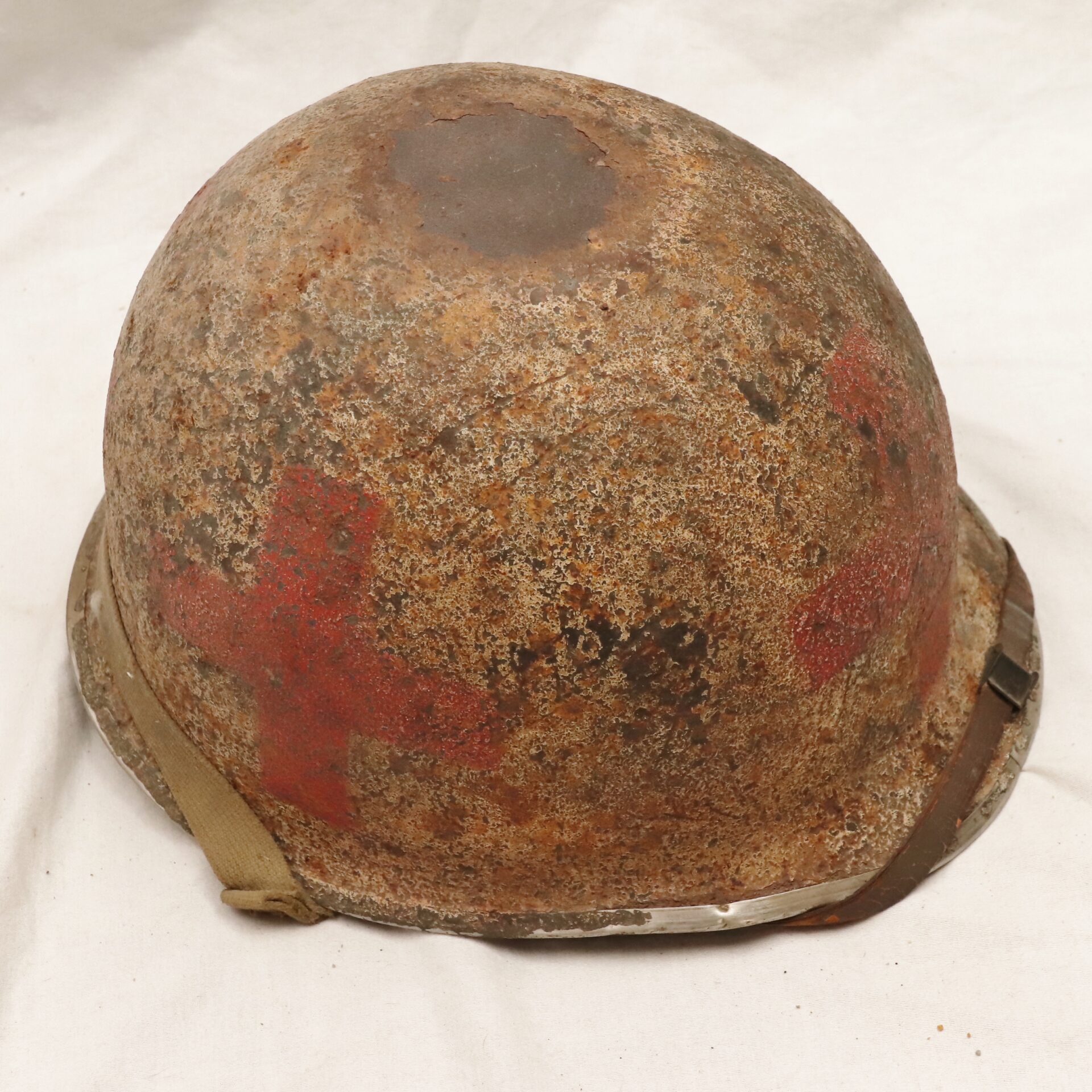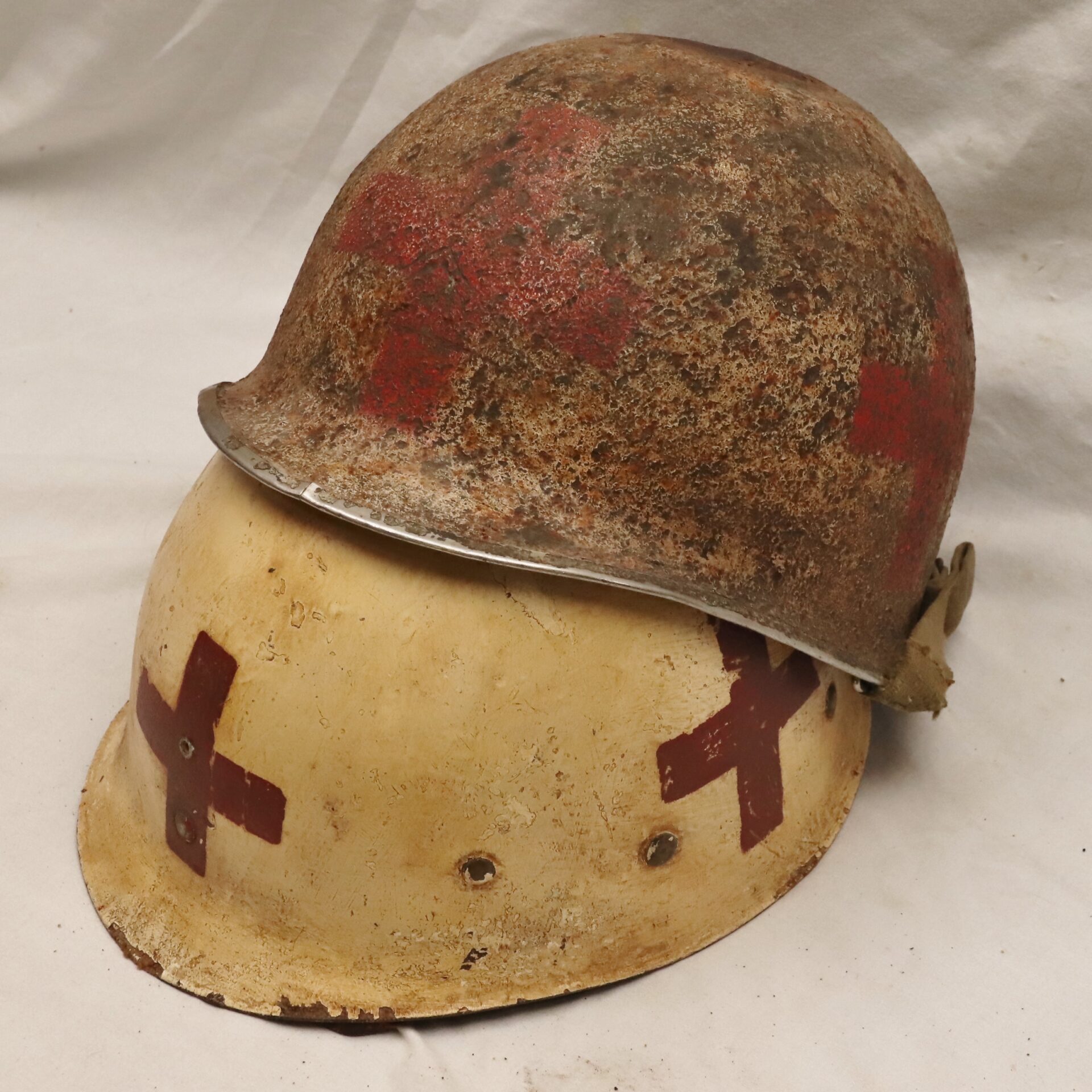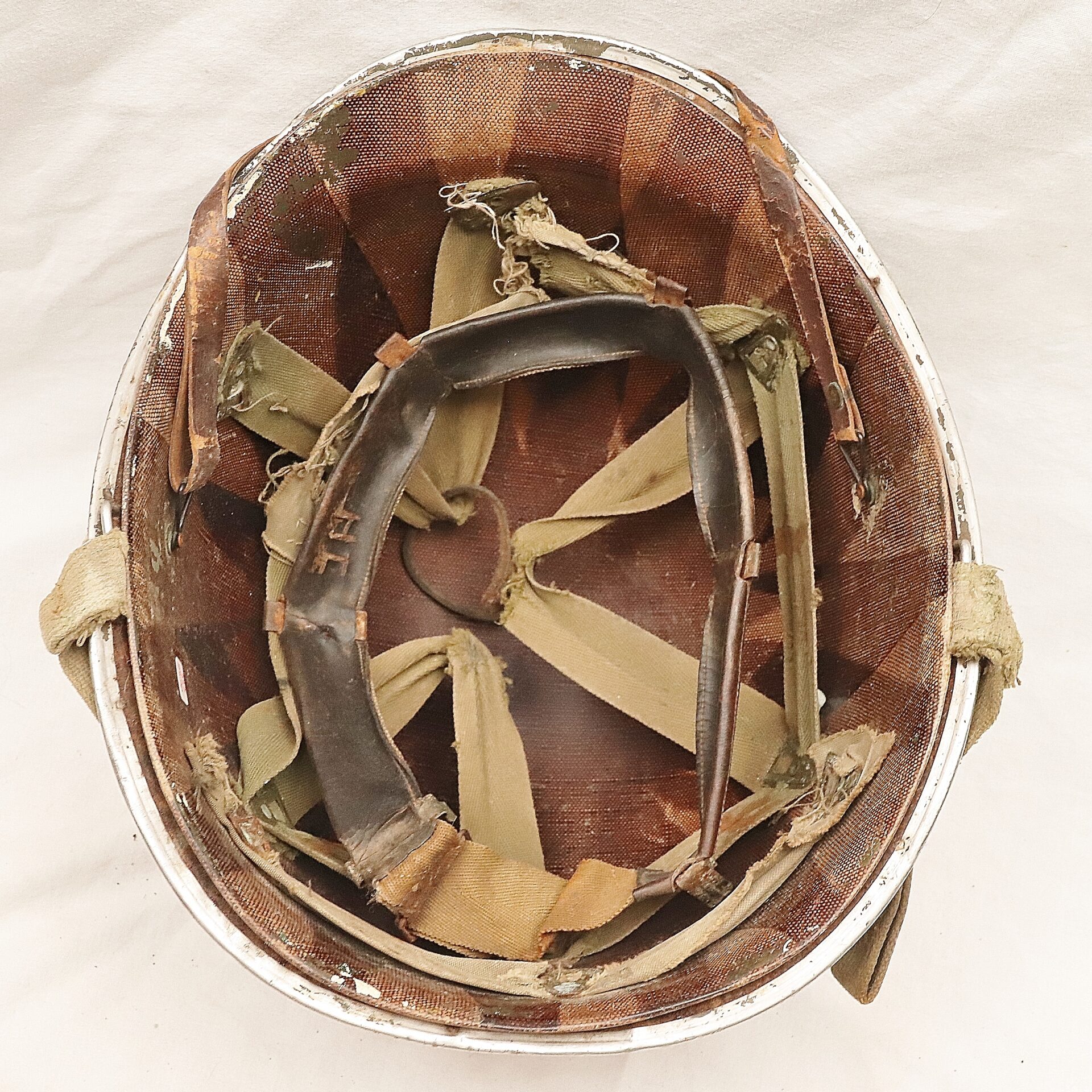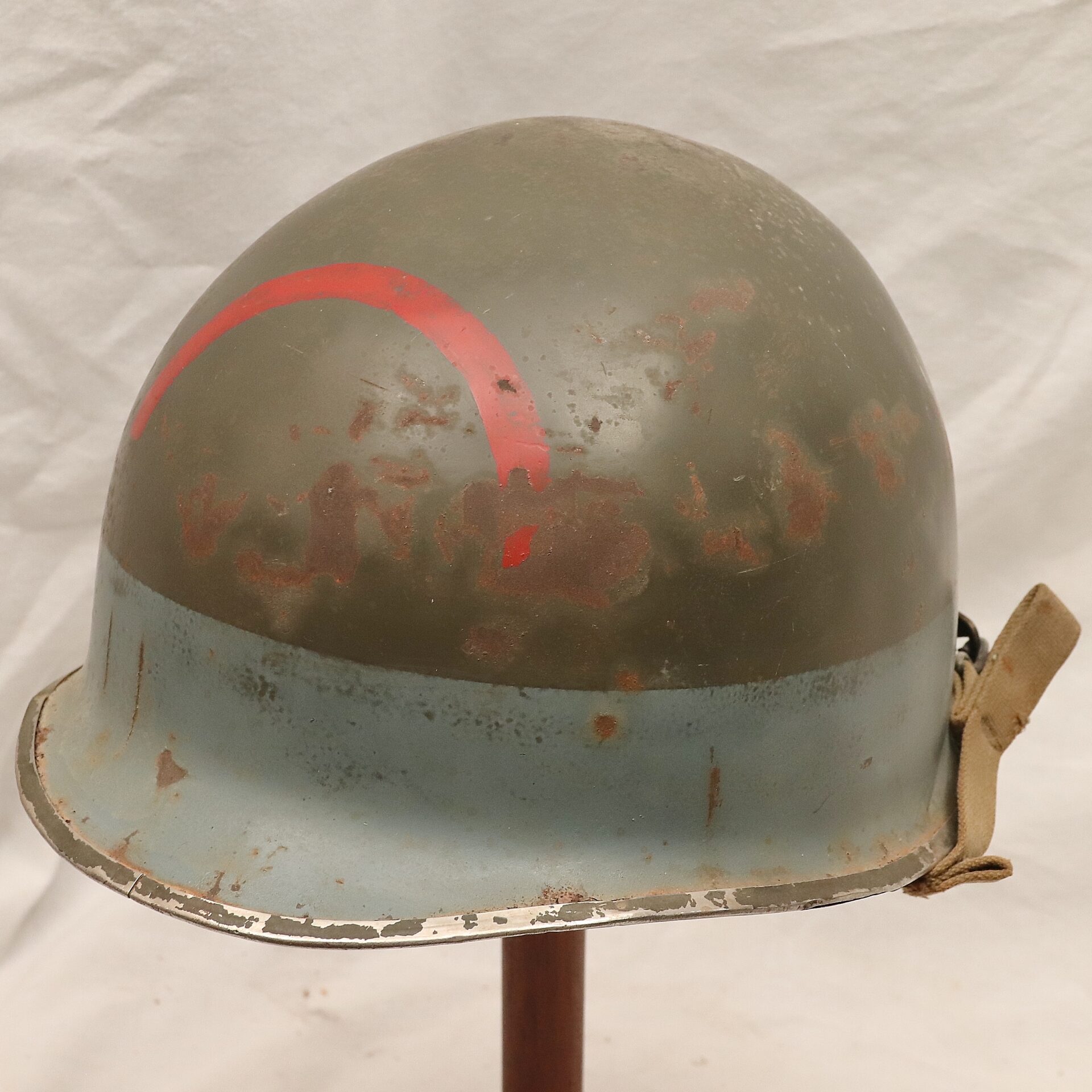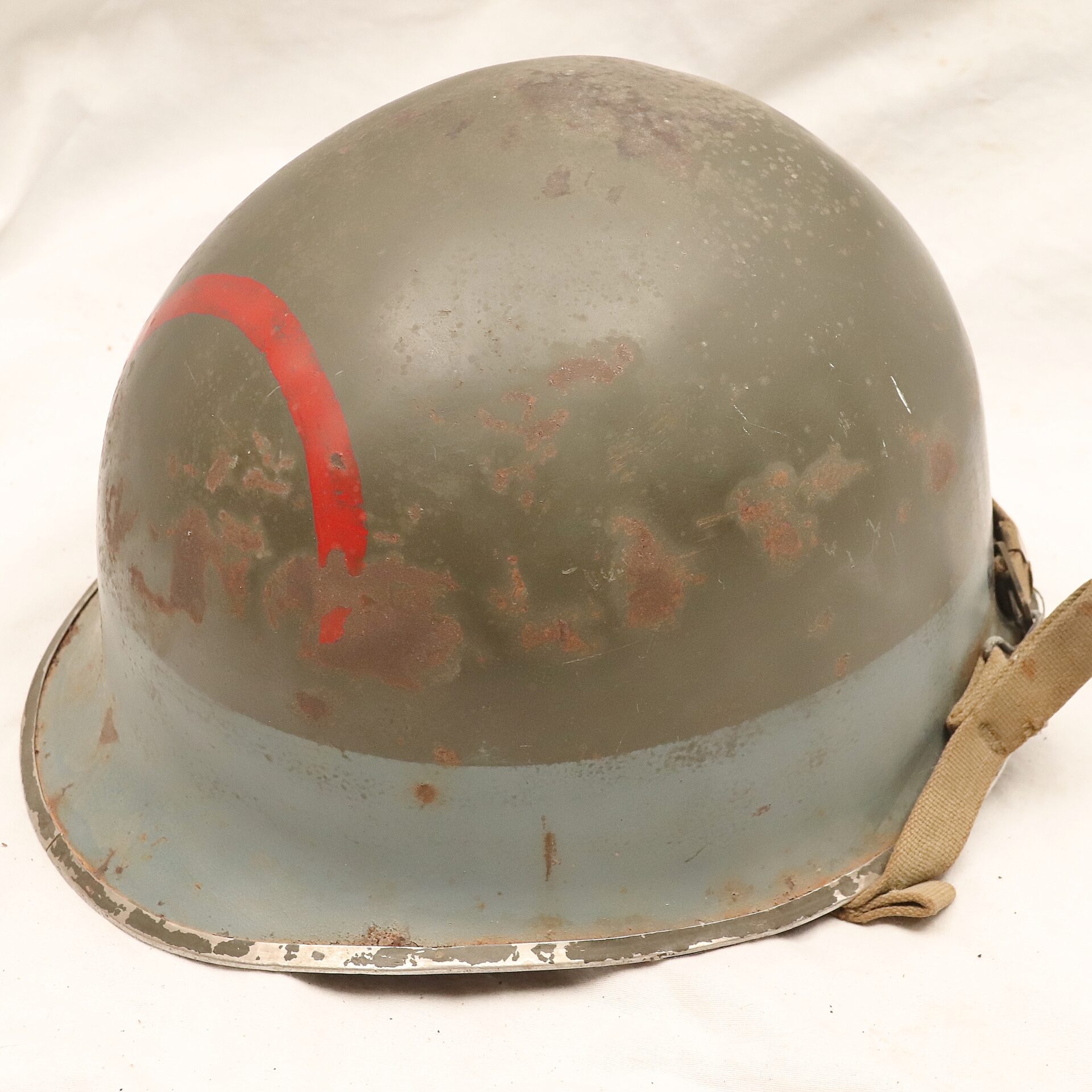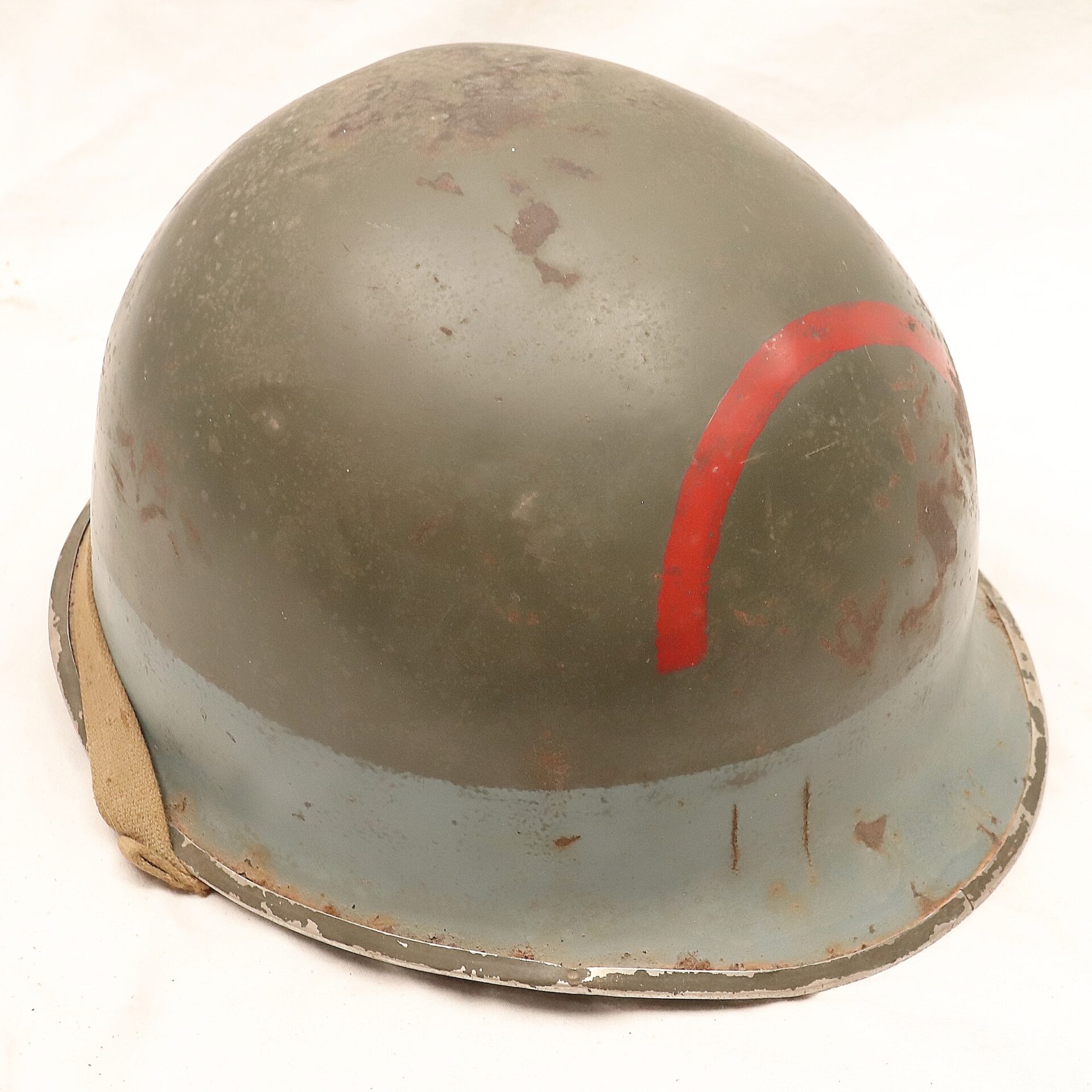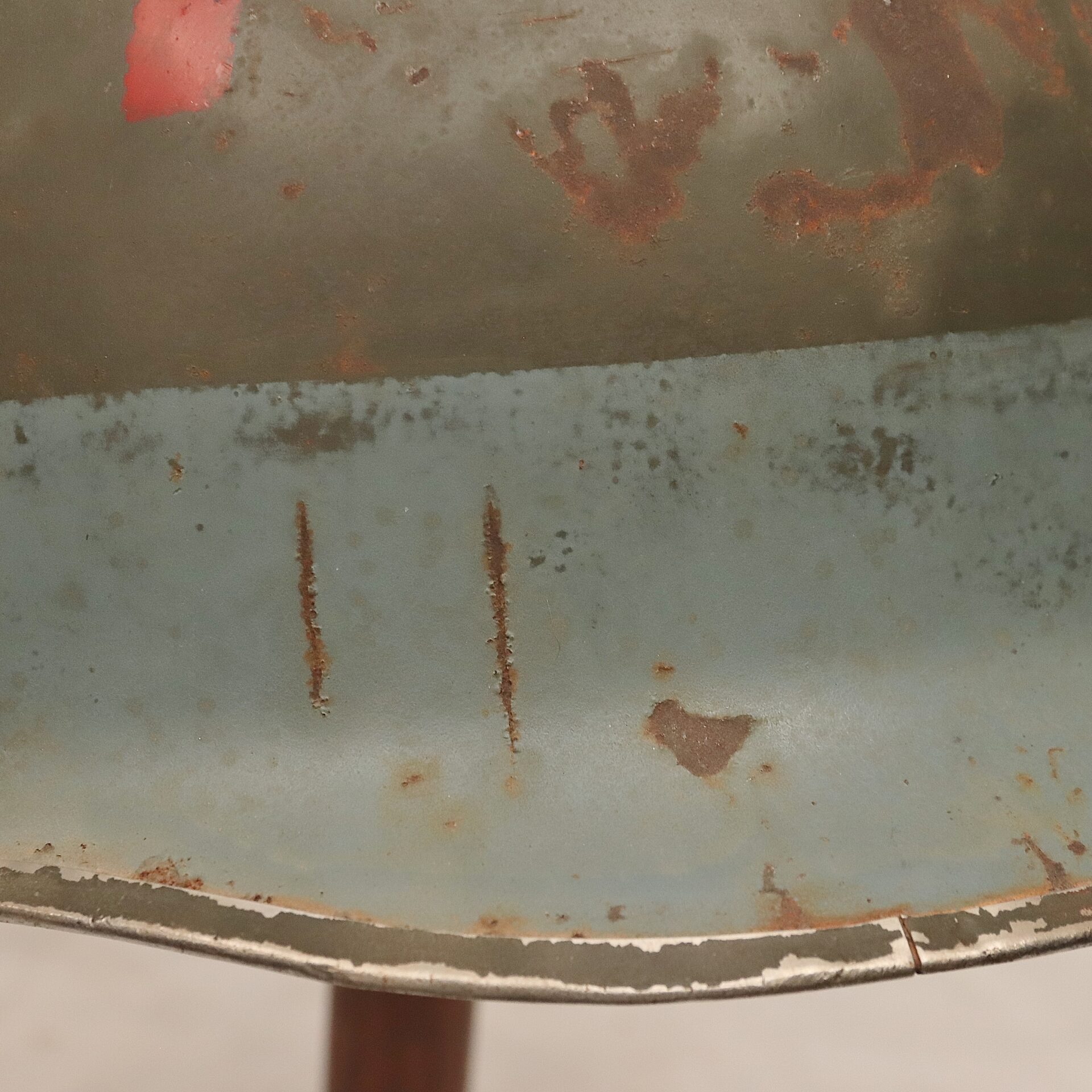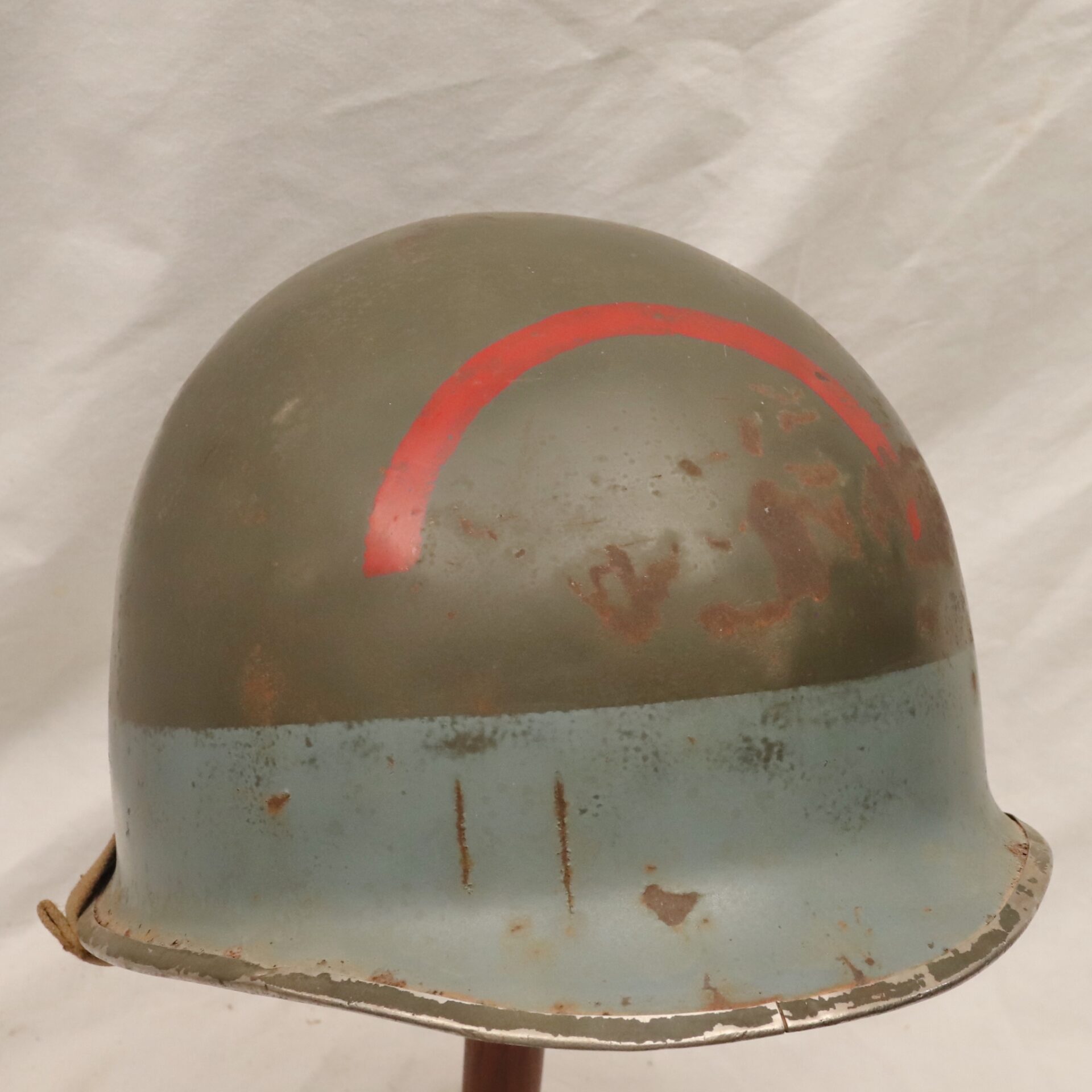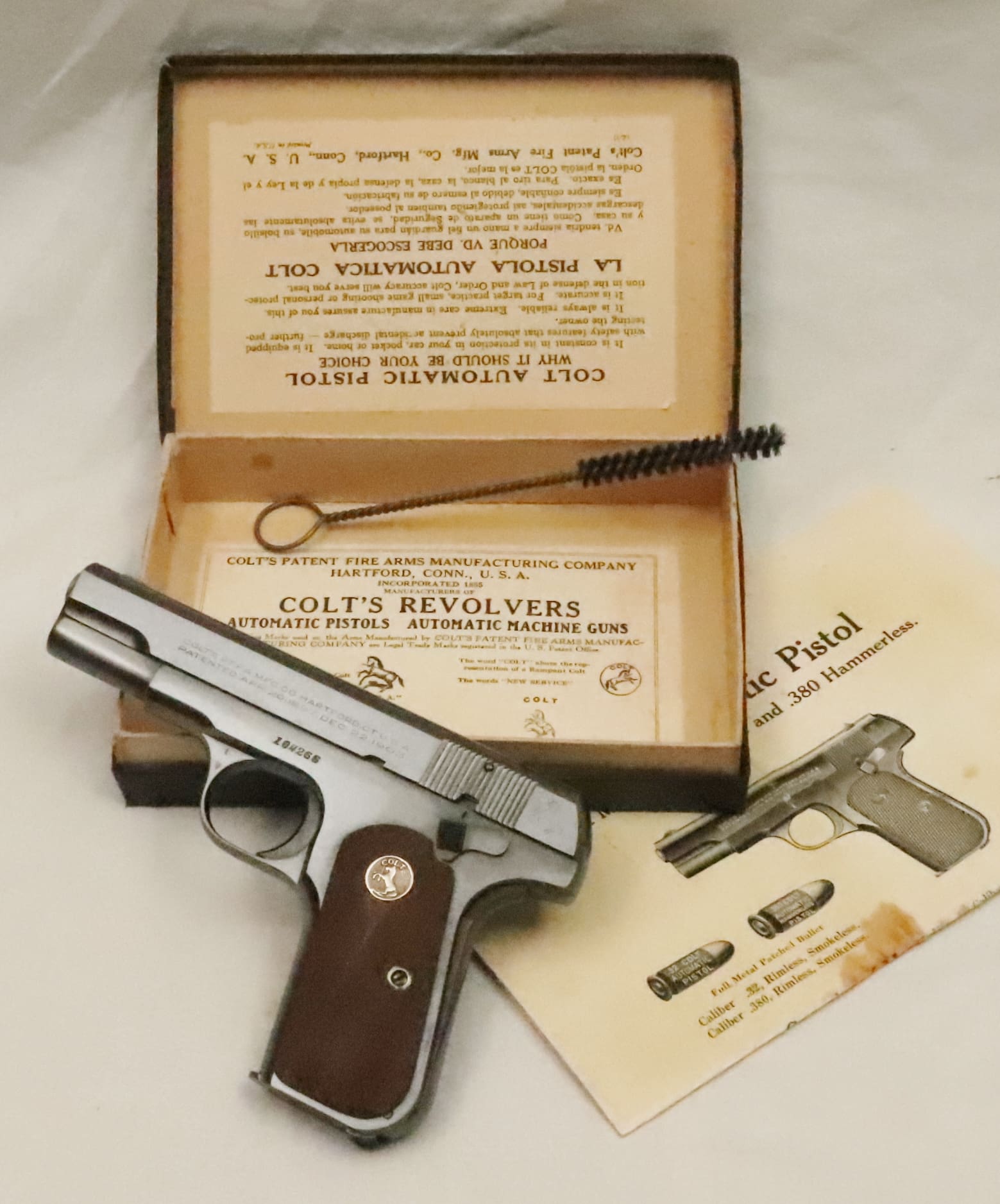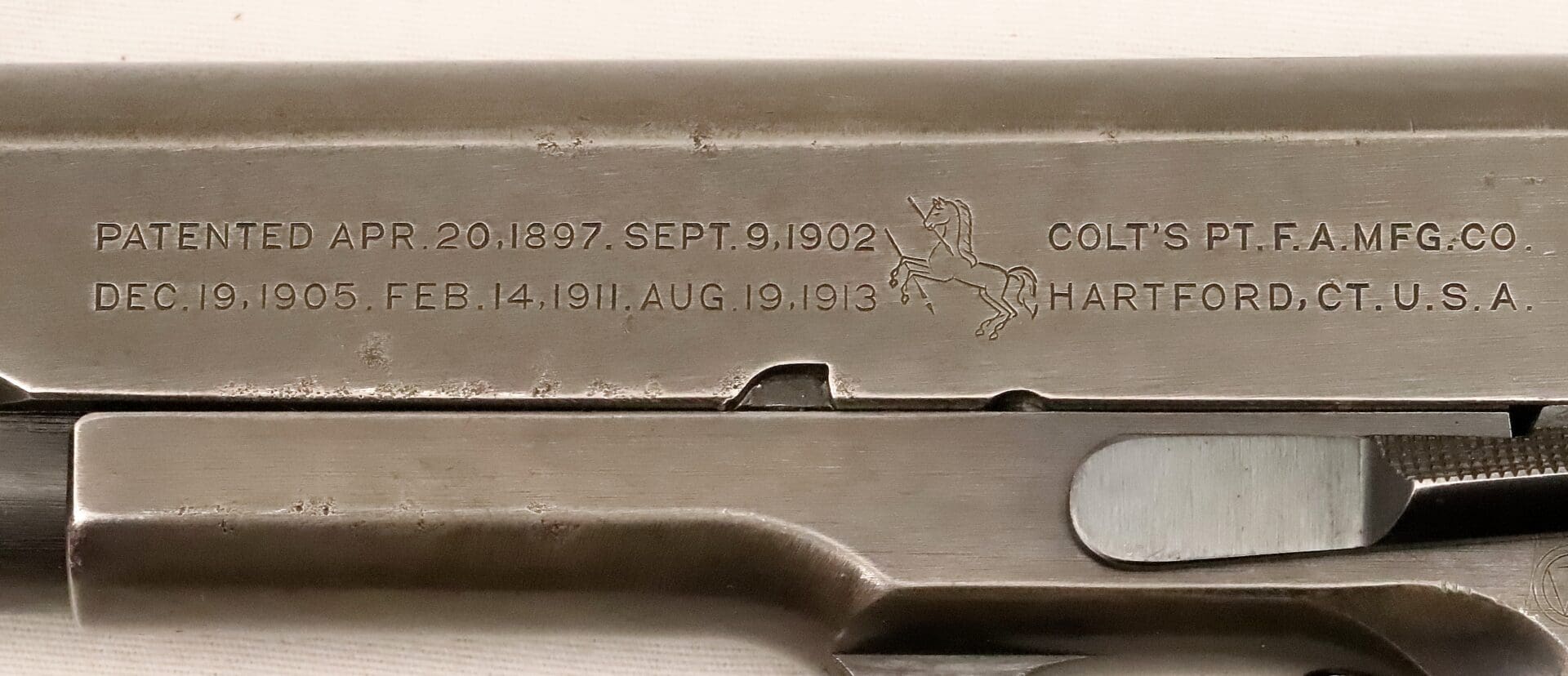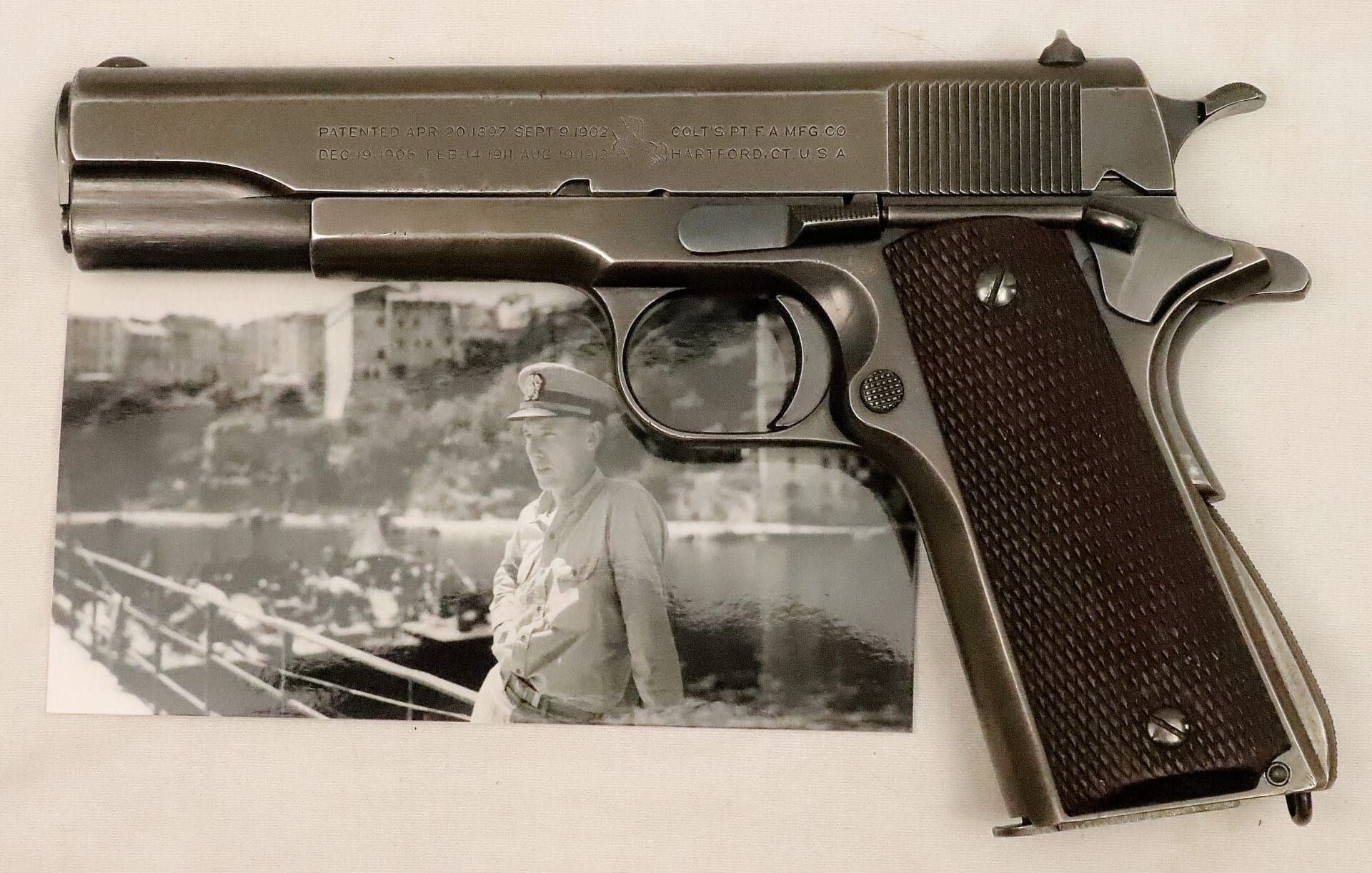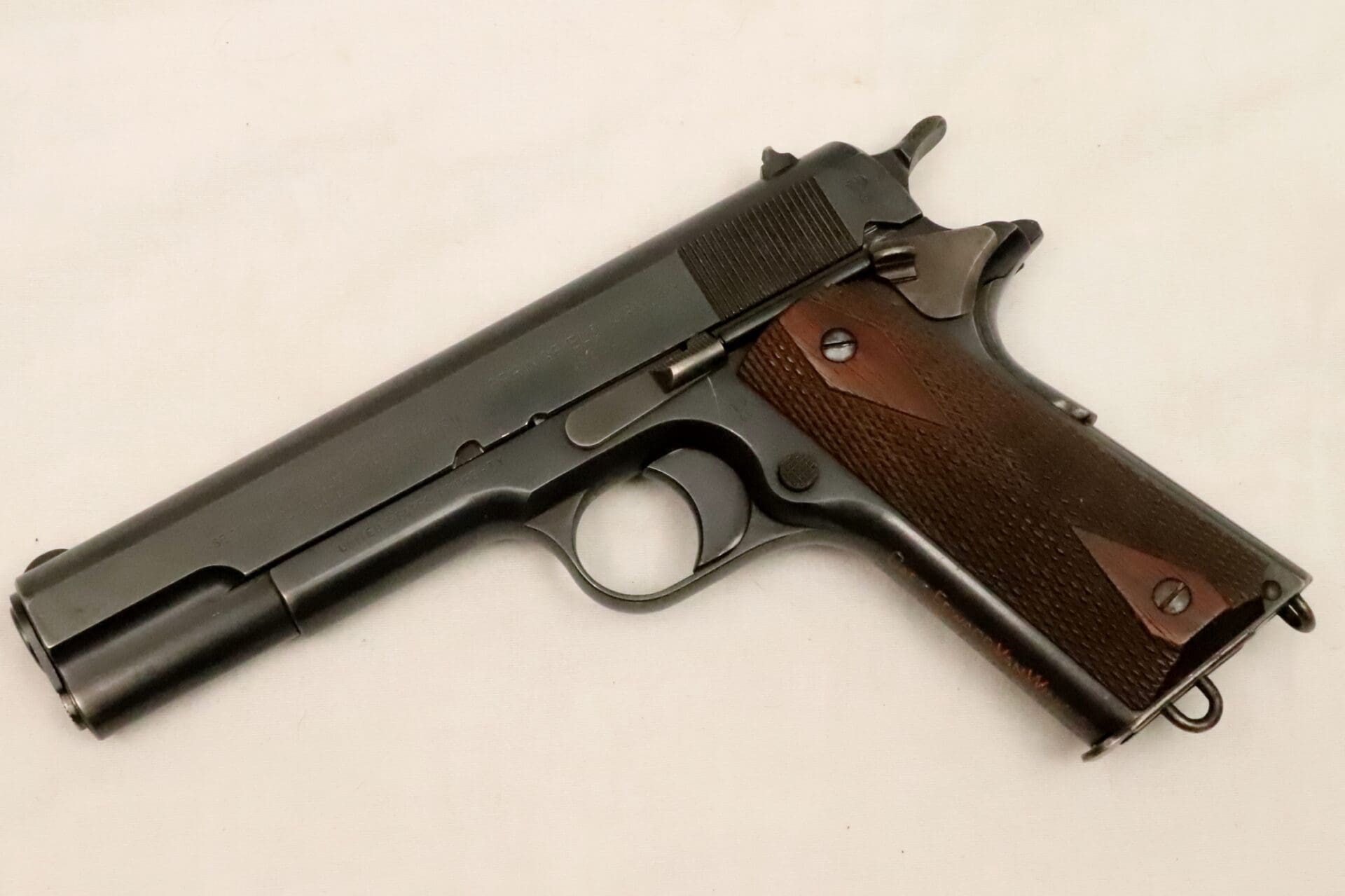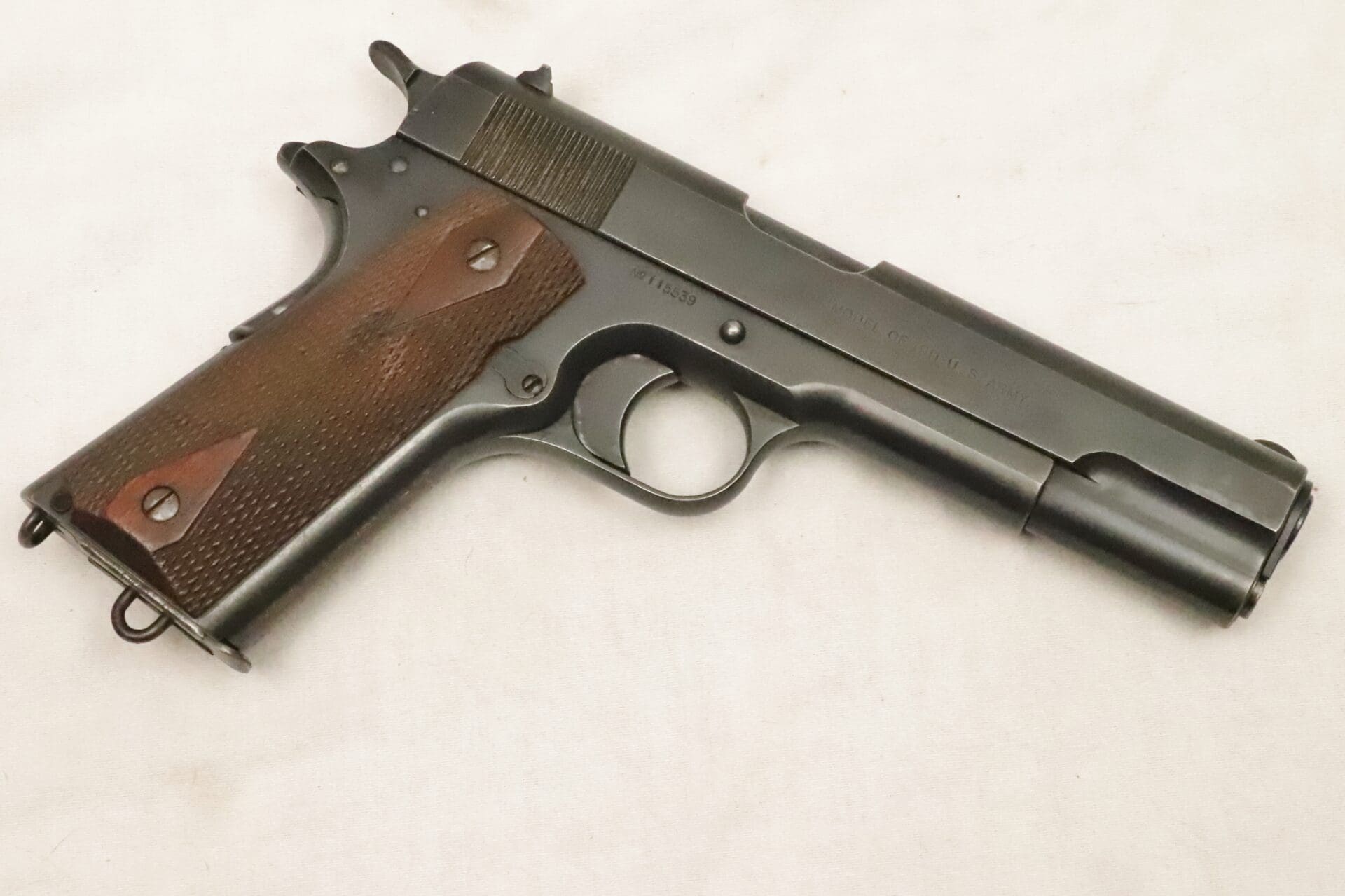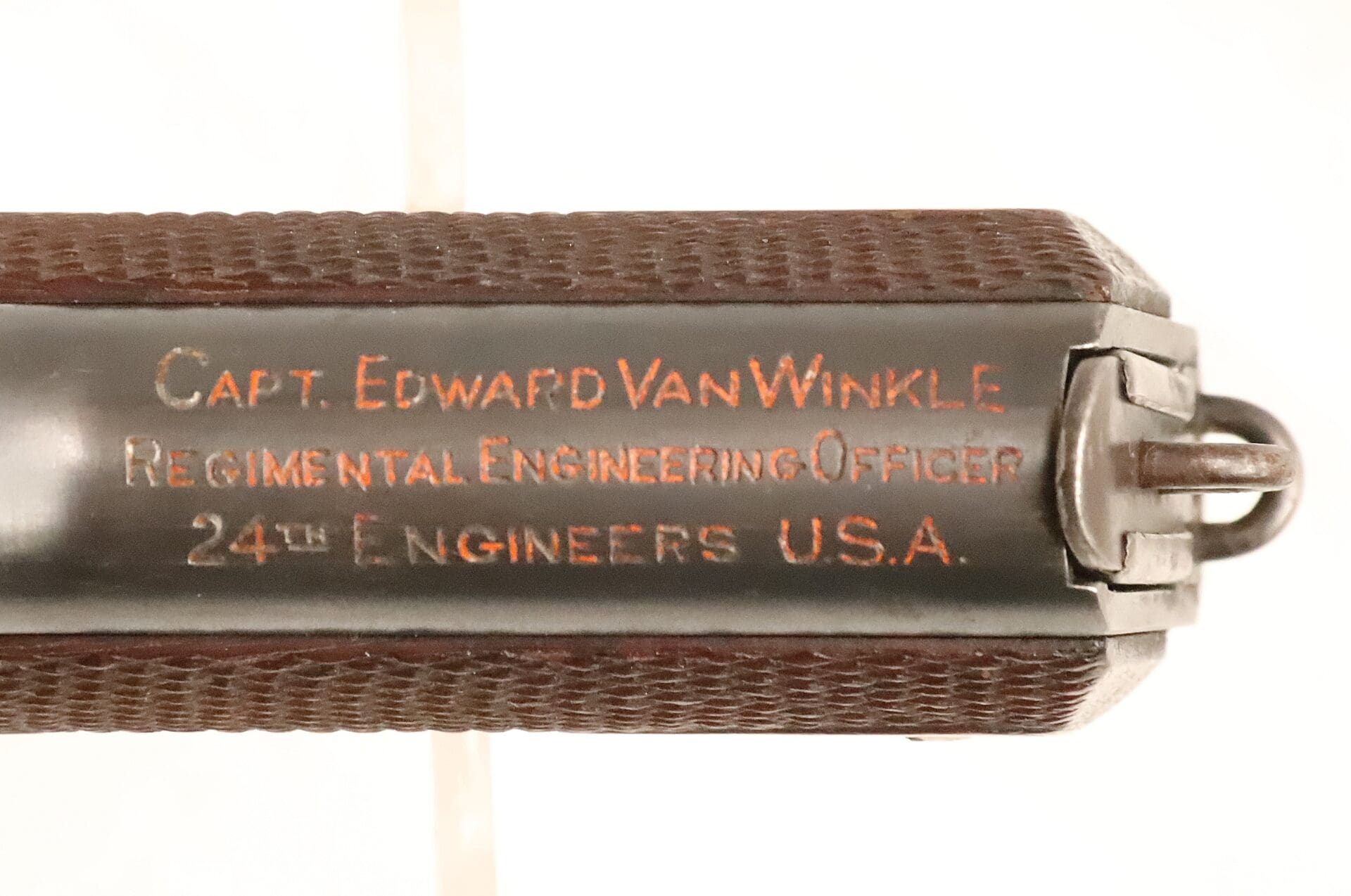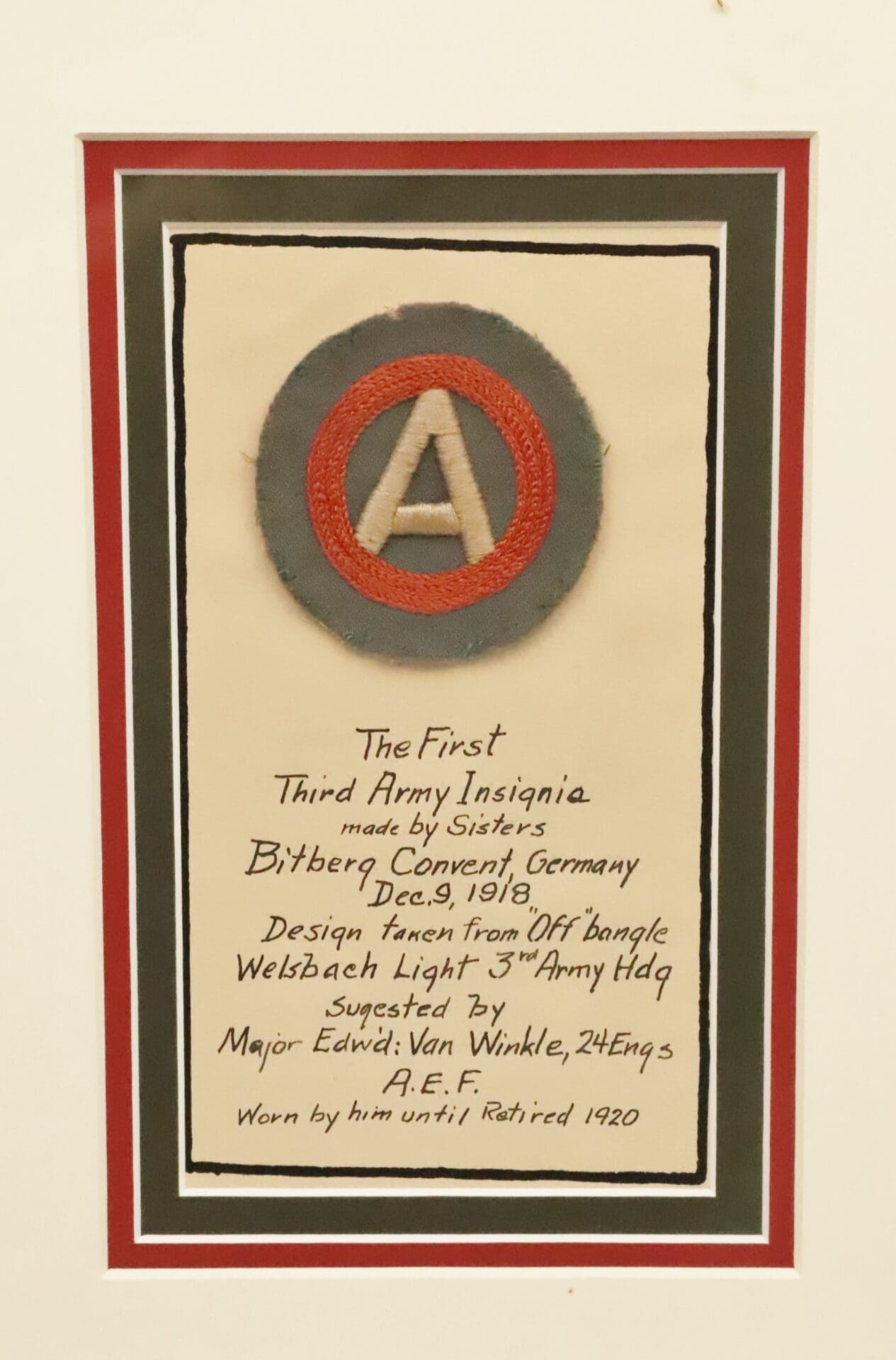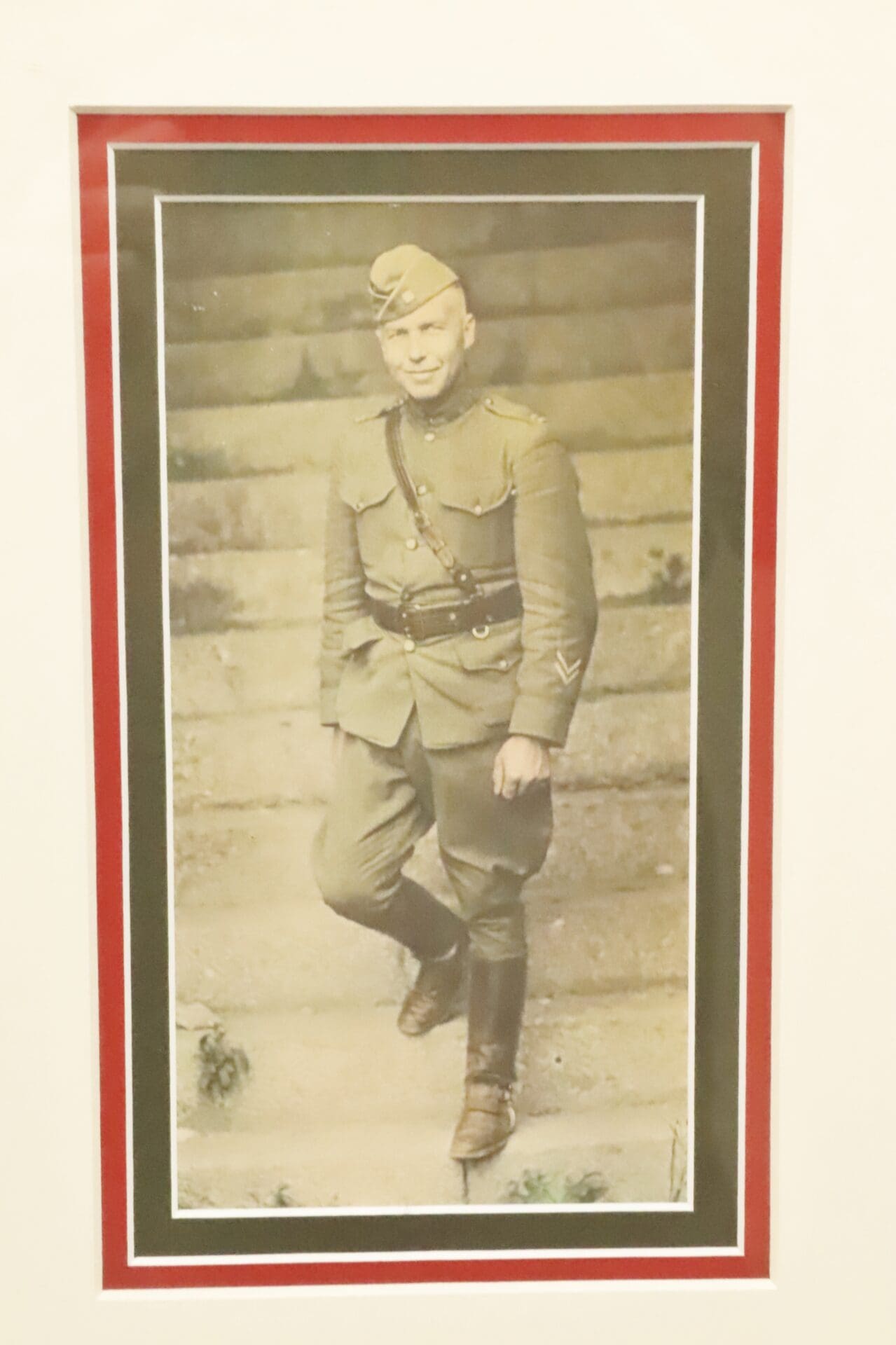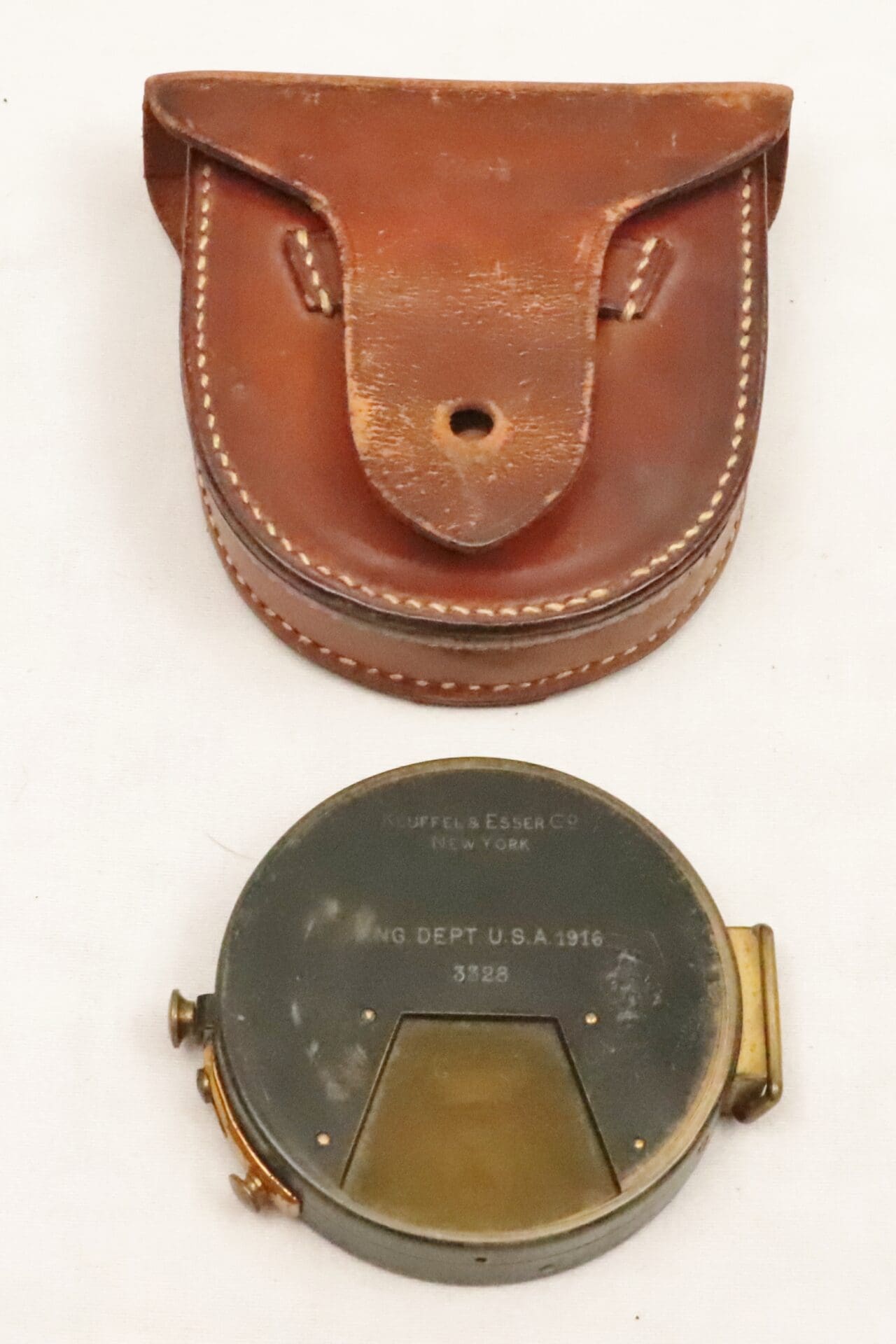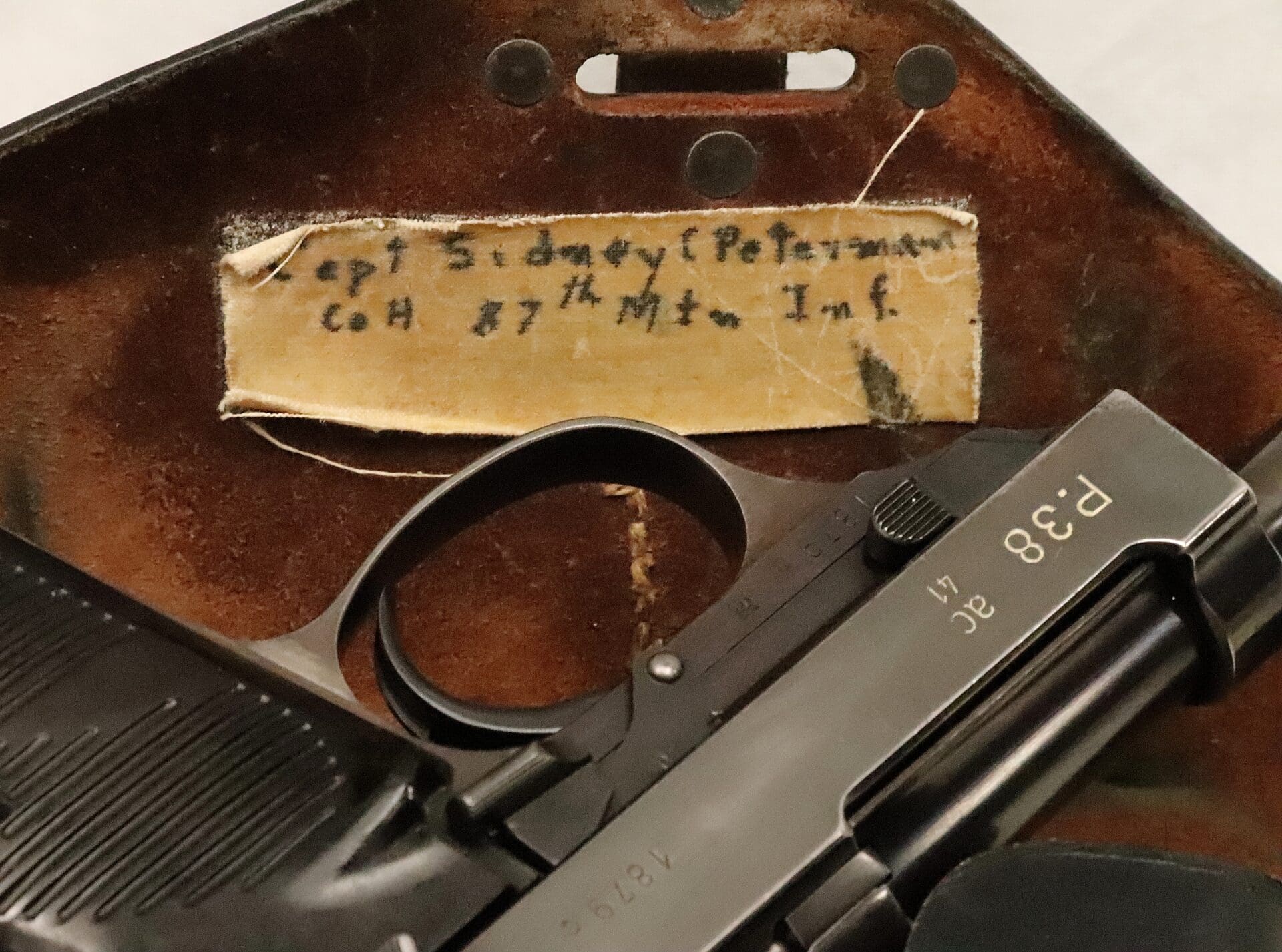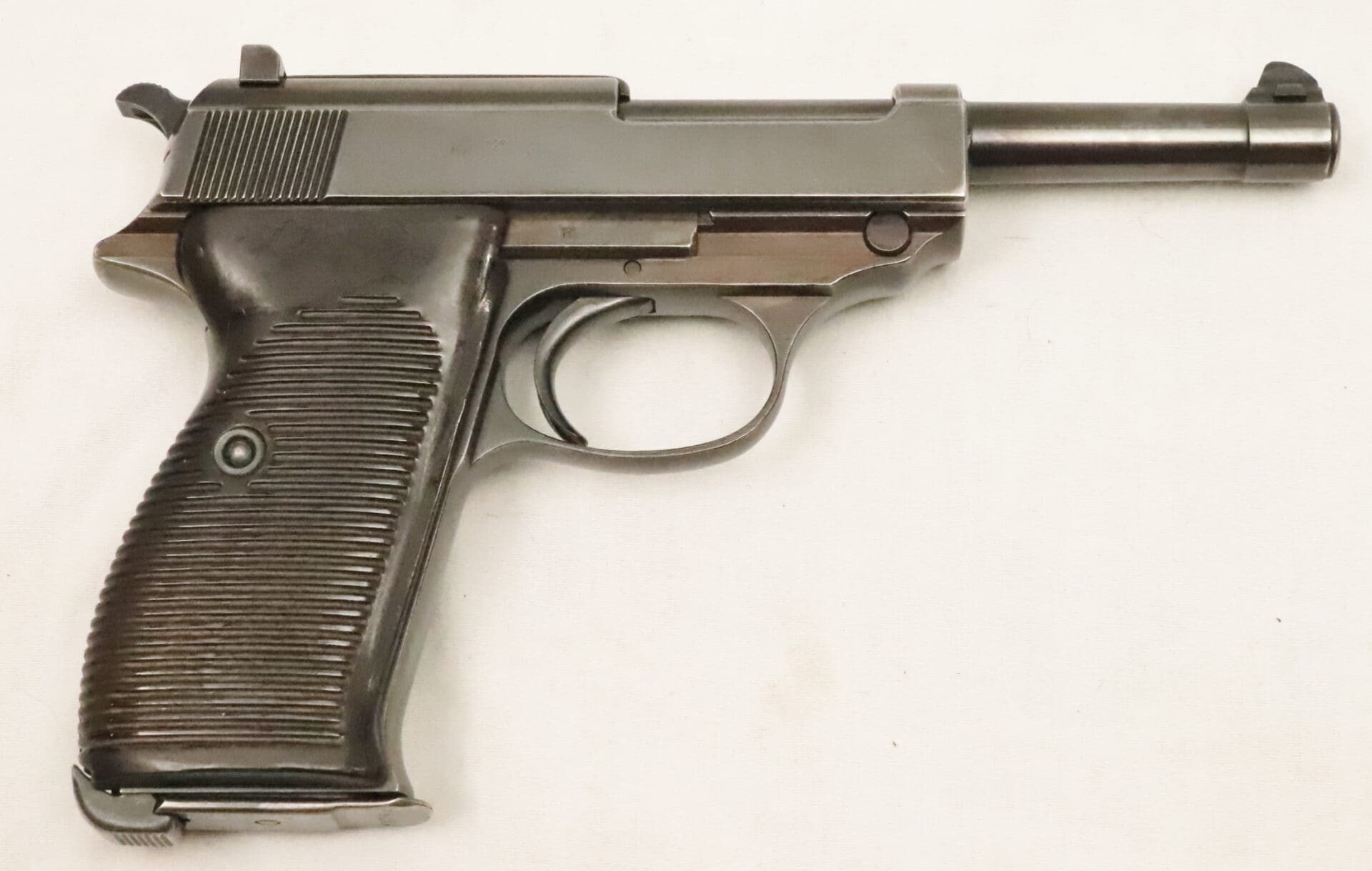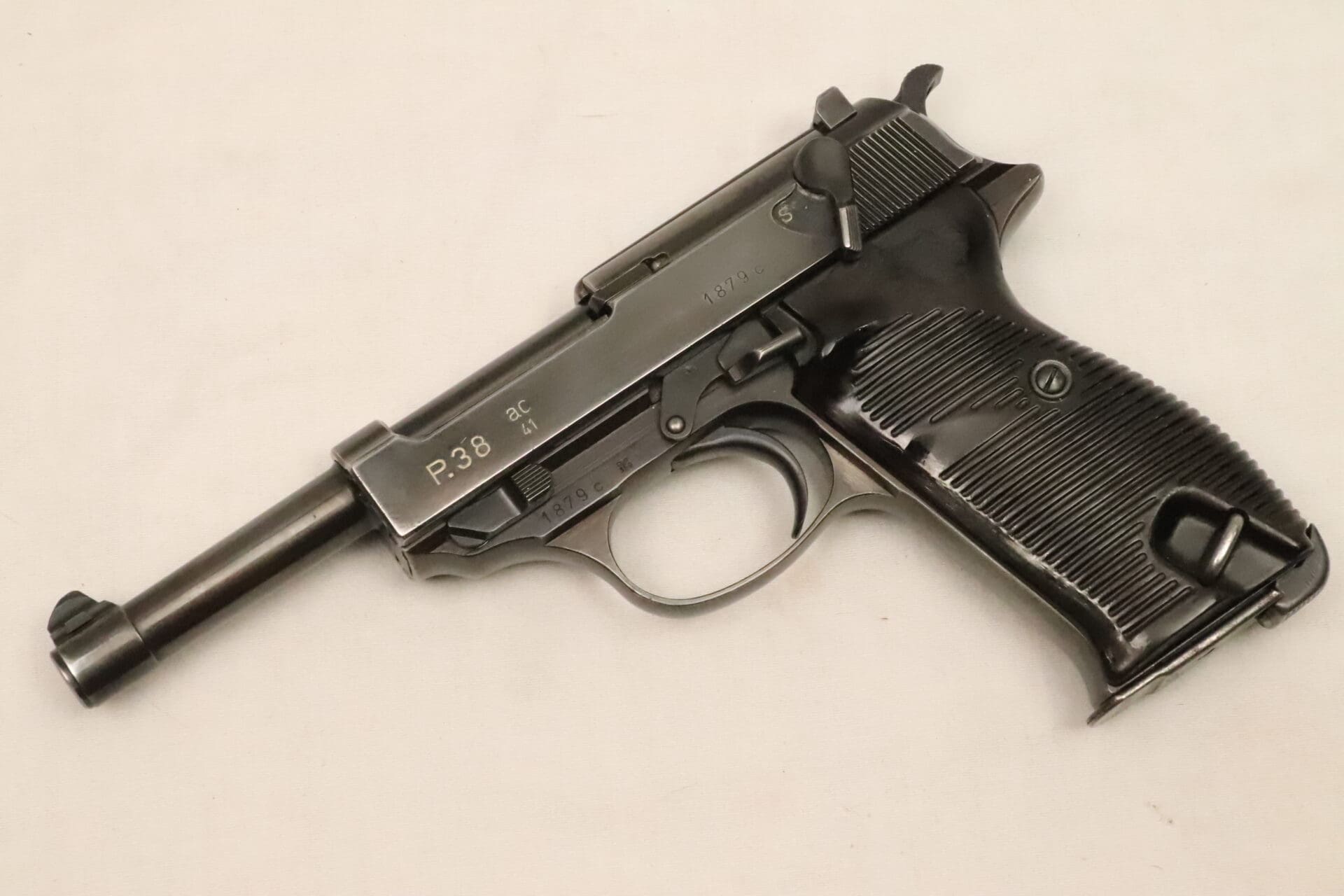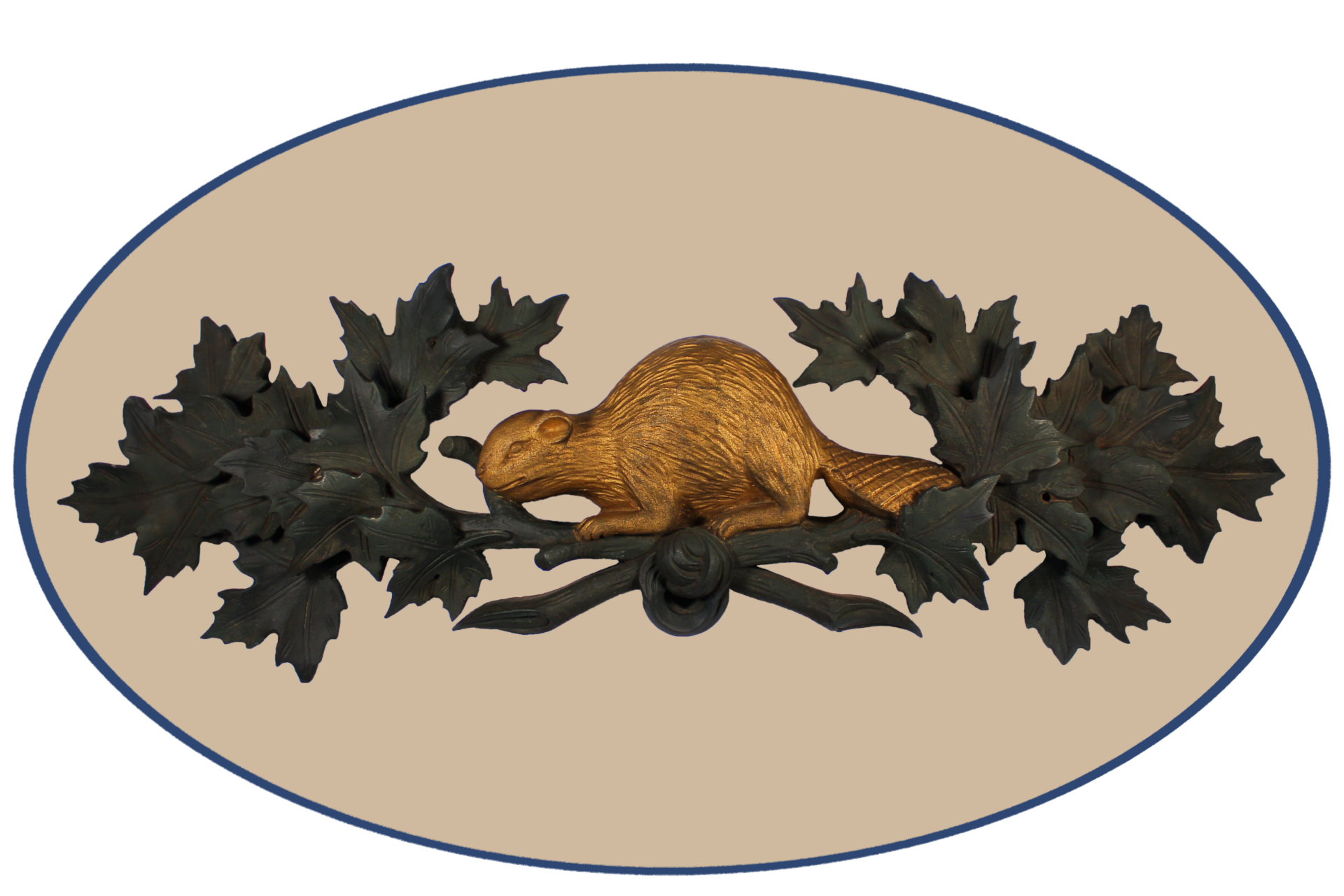
Virtual Museum
Serving Gun collectors and Owners nationwide
Thomas “Boston” Corbett was one of 26 enlisted men from the 16th New York Cavalry who surrounded John Wilkes Booth and David Herold in the Garrett farm tobacco barn on April 25th, 1865. After the barn had been fired, Corbett shot through the slats inflicting a mortal wound in the right side of Booth’s neck. His pistol was a Model 1860 Army Colt. Over the next few days, he received several offers to purchase his pistol but it ultimately ended up being stolen. Its whereabouts have long since been lost to history. Possibly, out there today in someone’s collection lies one of the most famous and valuable guns in U.S. History. If your gun has a history, even if you’re a thief, write it down. It’s your duty.
The fascination with firearms and history began with the Lugers, Walthers and war souvenirs brought back from the WWII European Theater by the proprietor’s father.
The Museum is dedicated to Lieutenant Colonel Don B. Clark and to all the men and women who fought to keep our great nation free. For more information on Lieutenant Colonel Don B. Clark, please click on the photo below for a complete biography.

J.P.D. AIRBORNE Medic Helmet”
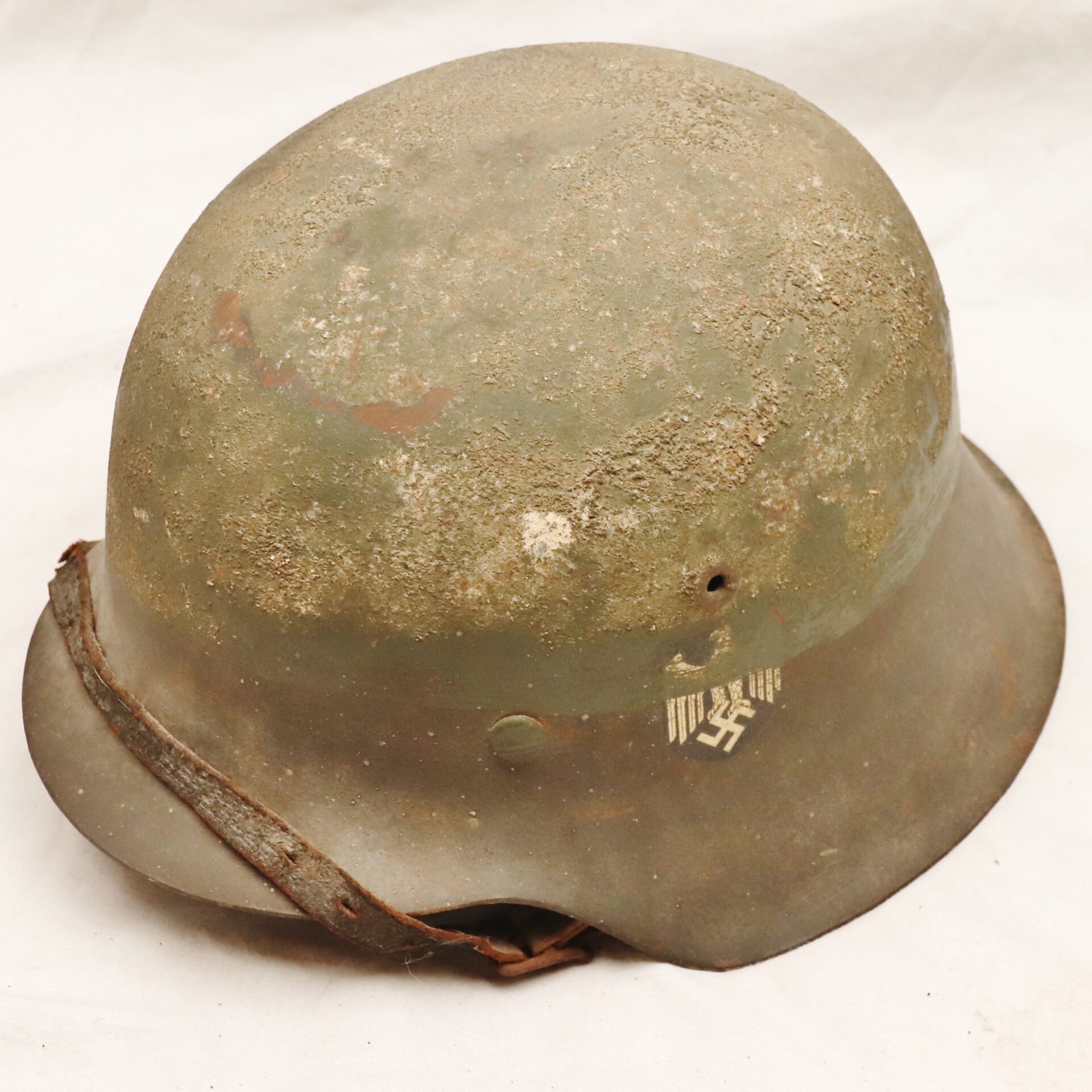
LAZY MAN’S CAMO. M-40
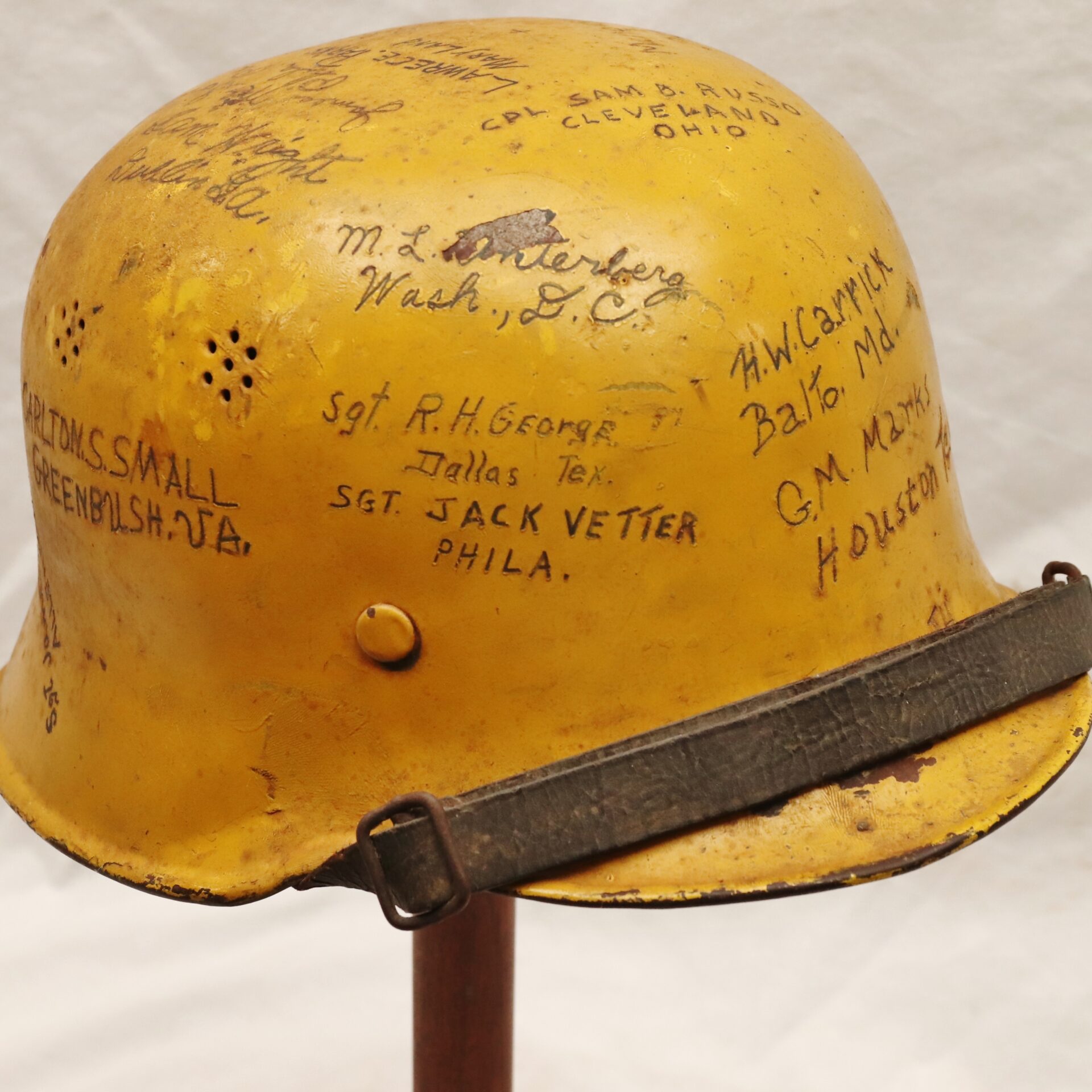
Autograph Helmet
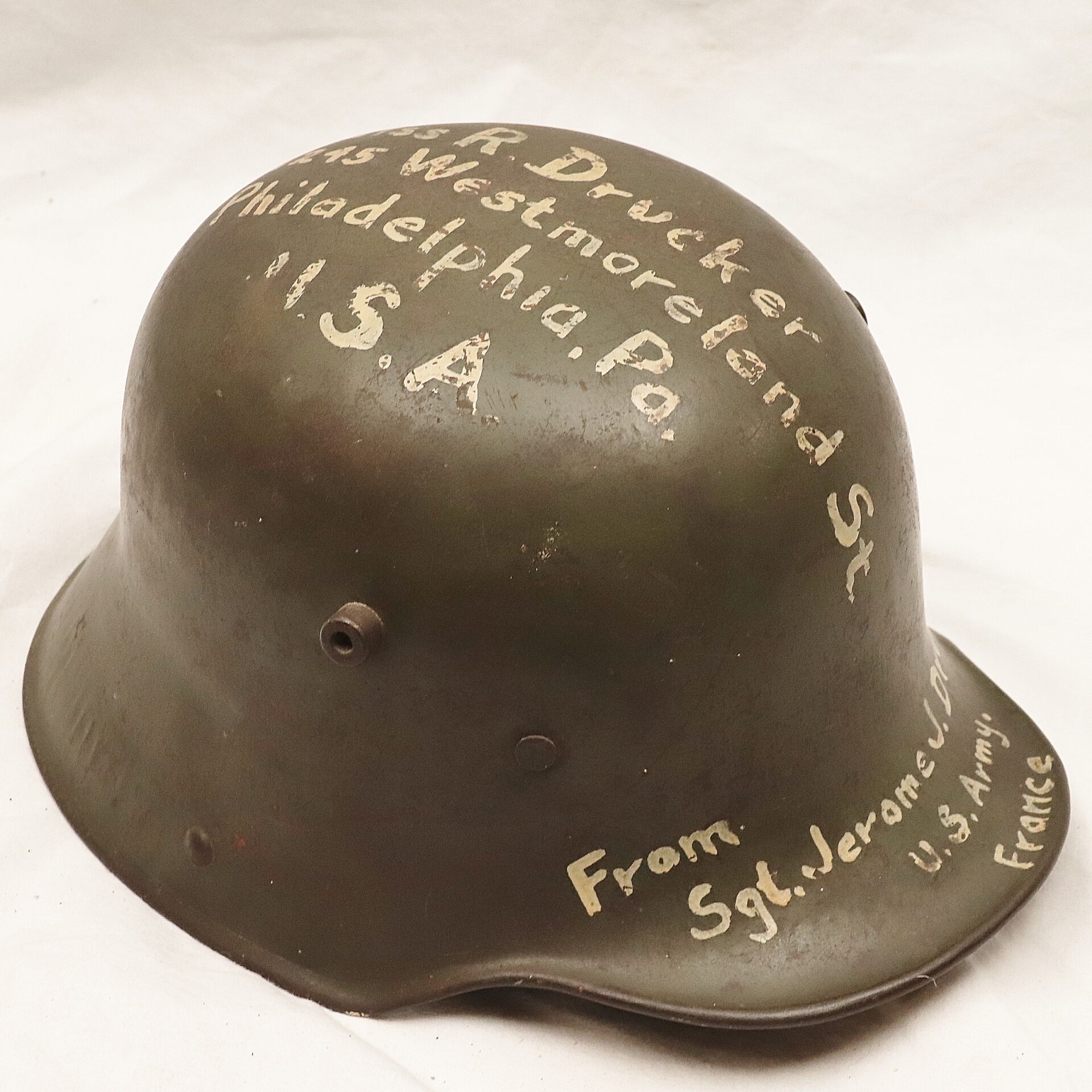
DRUCKER’S MAIL HOME Helmet
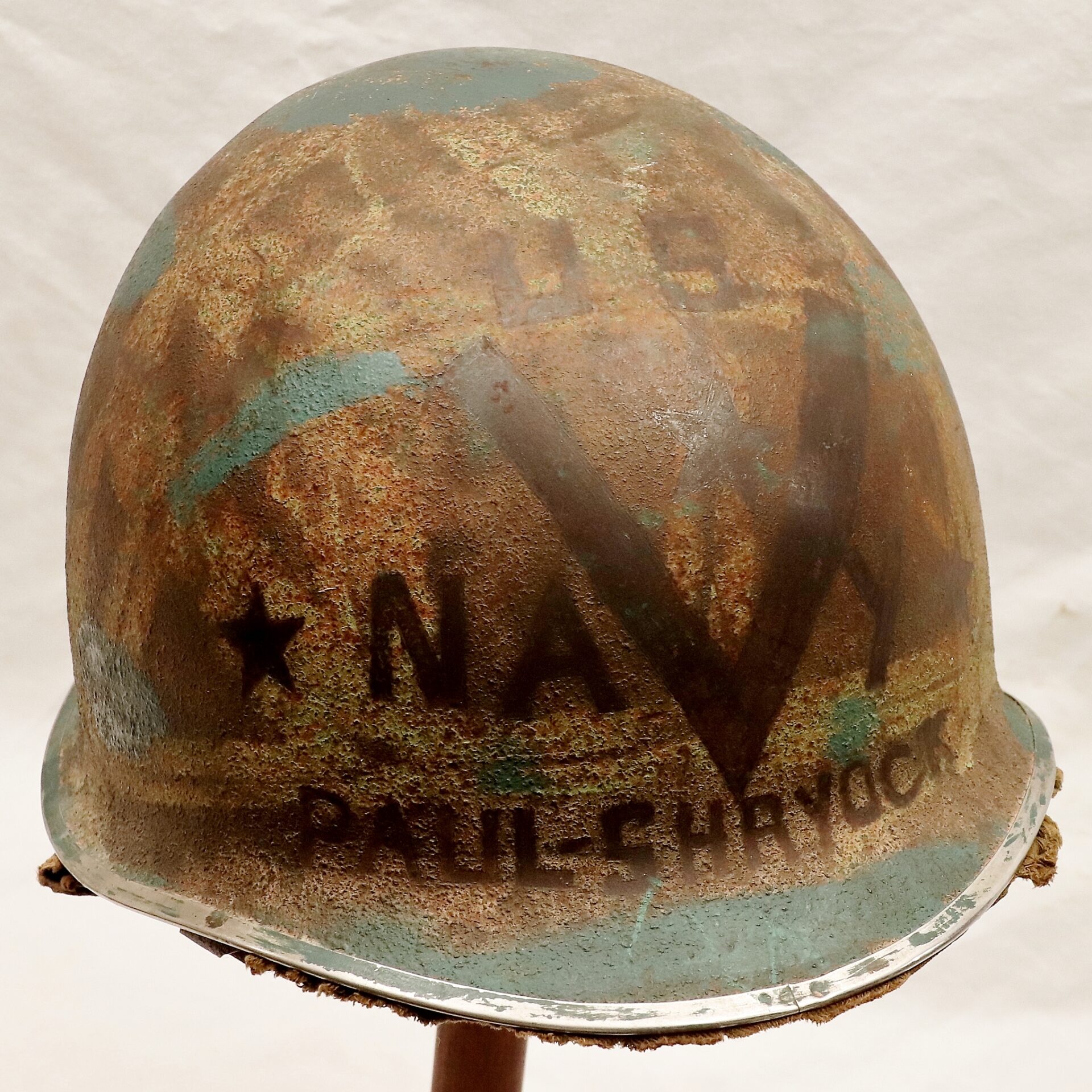
PAUL SHAYOCK USN HELMET
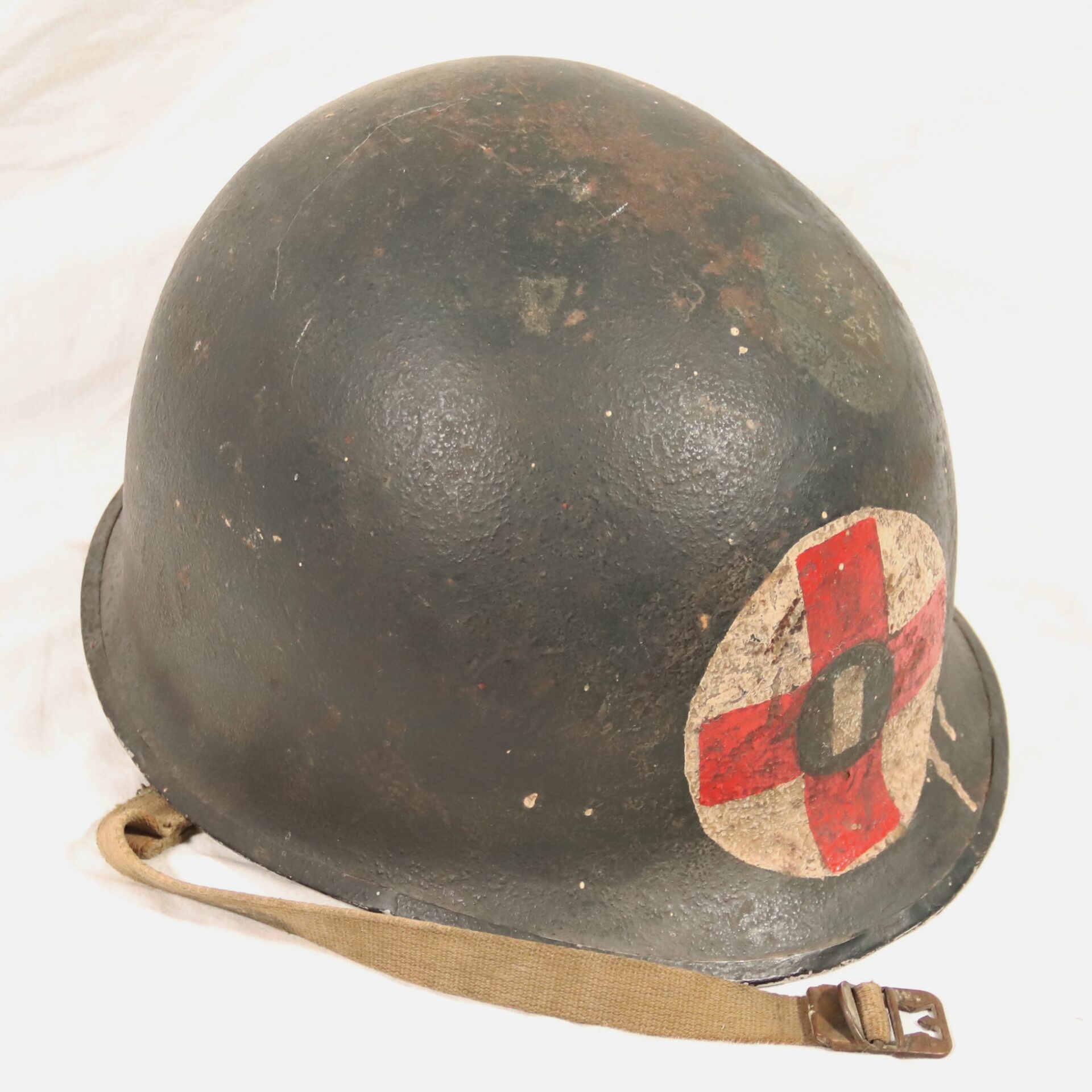
MEDICAL OFFICER
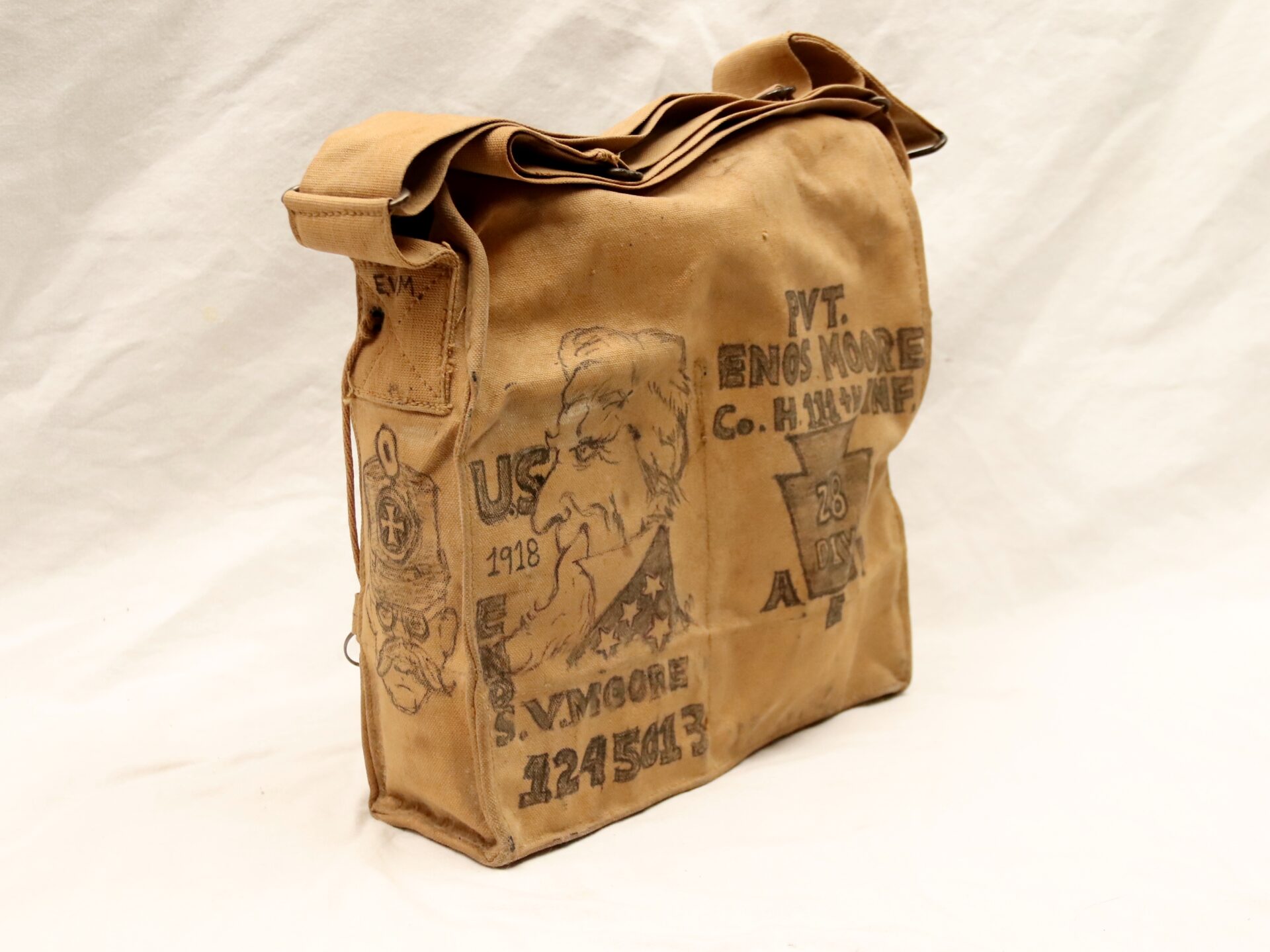
Folk Art Gas Mask Bag
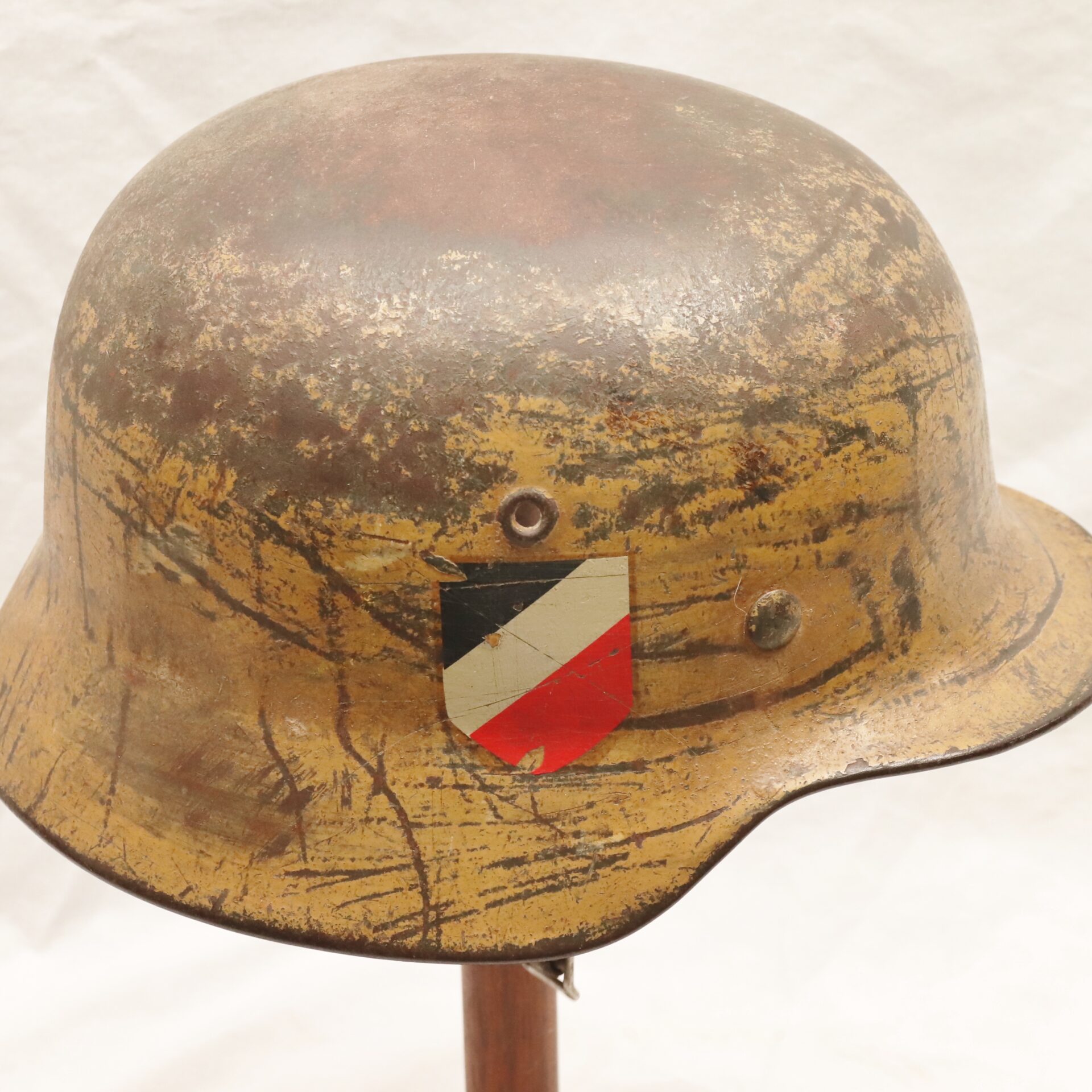
STUBNER’S AFRICA KORP Helmet

1st Div. 3 Panel Medic Helmet

M-42 Wired Army
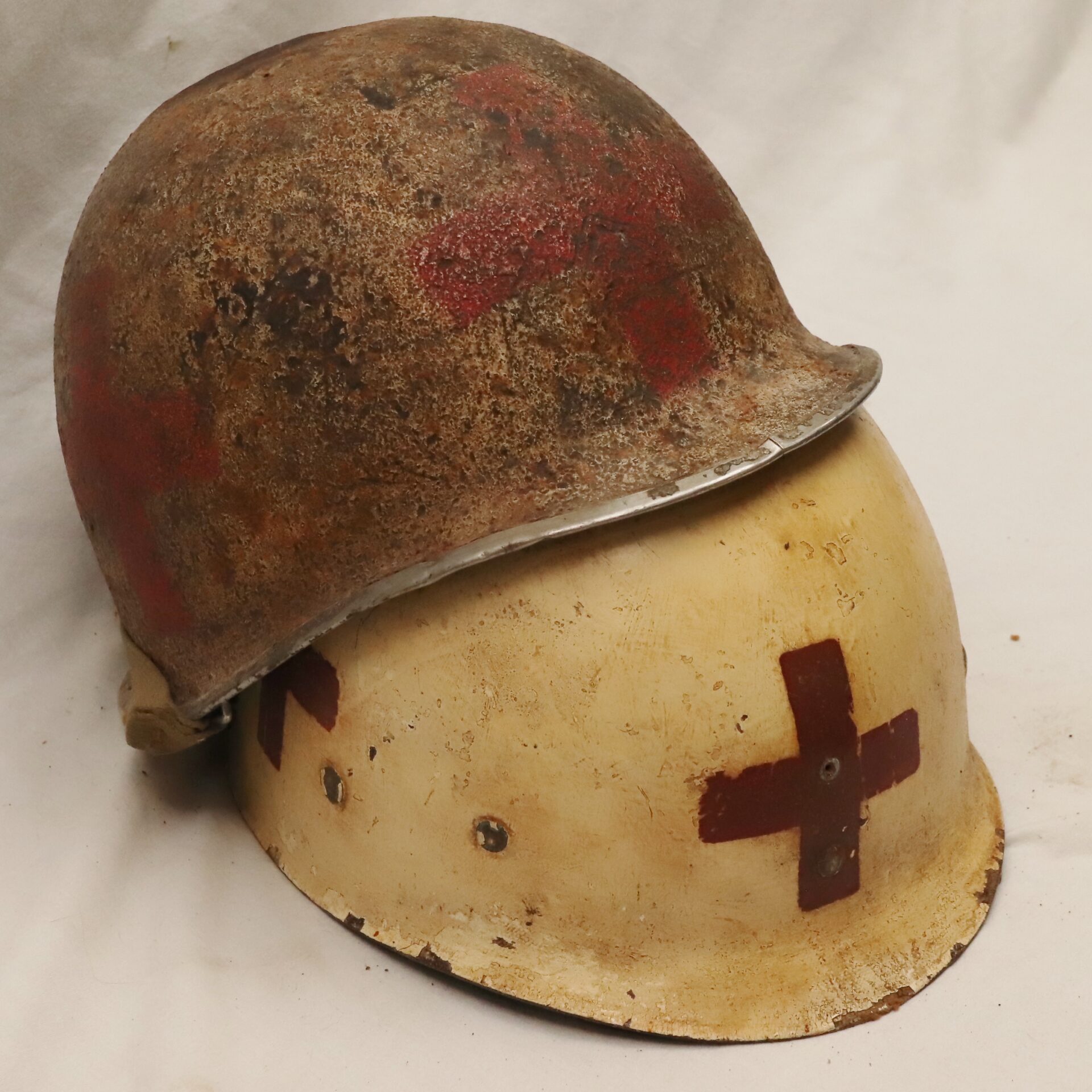
WINTER CAMO, MEDIC
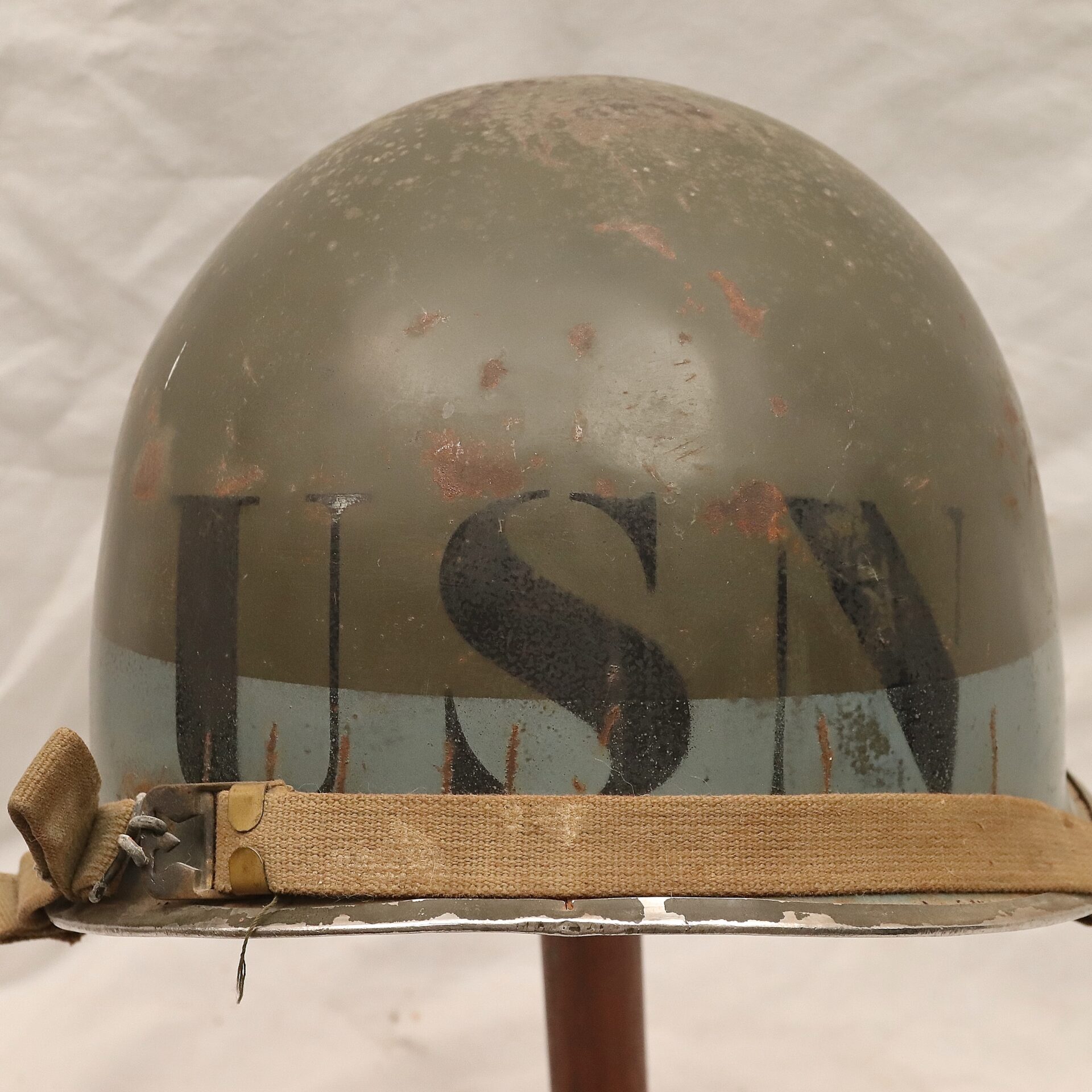
Naval Beach Battalion
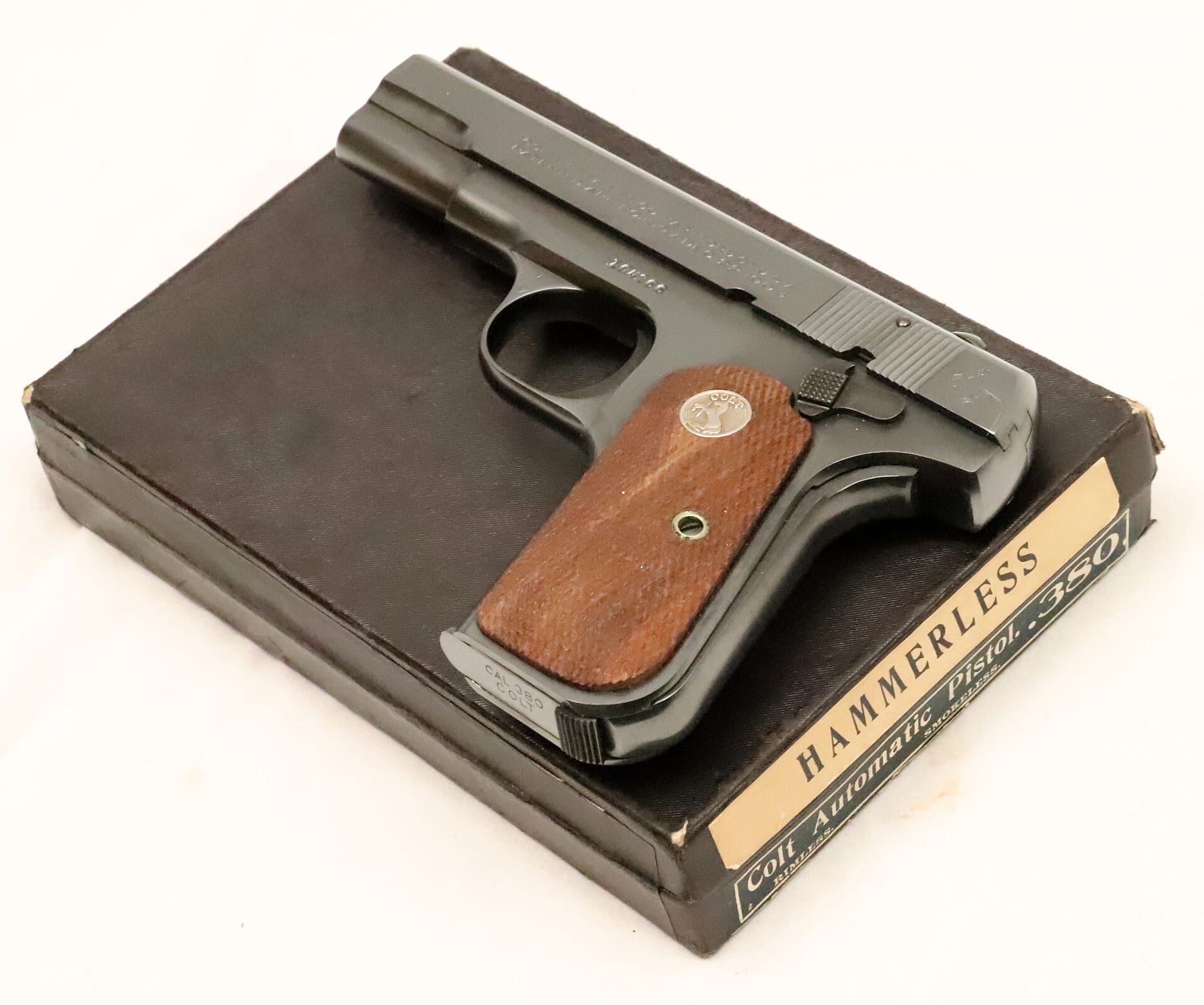
Colt M-1908, Gangsta Gun
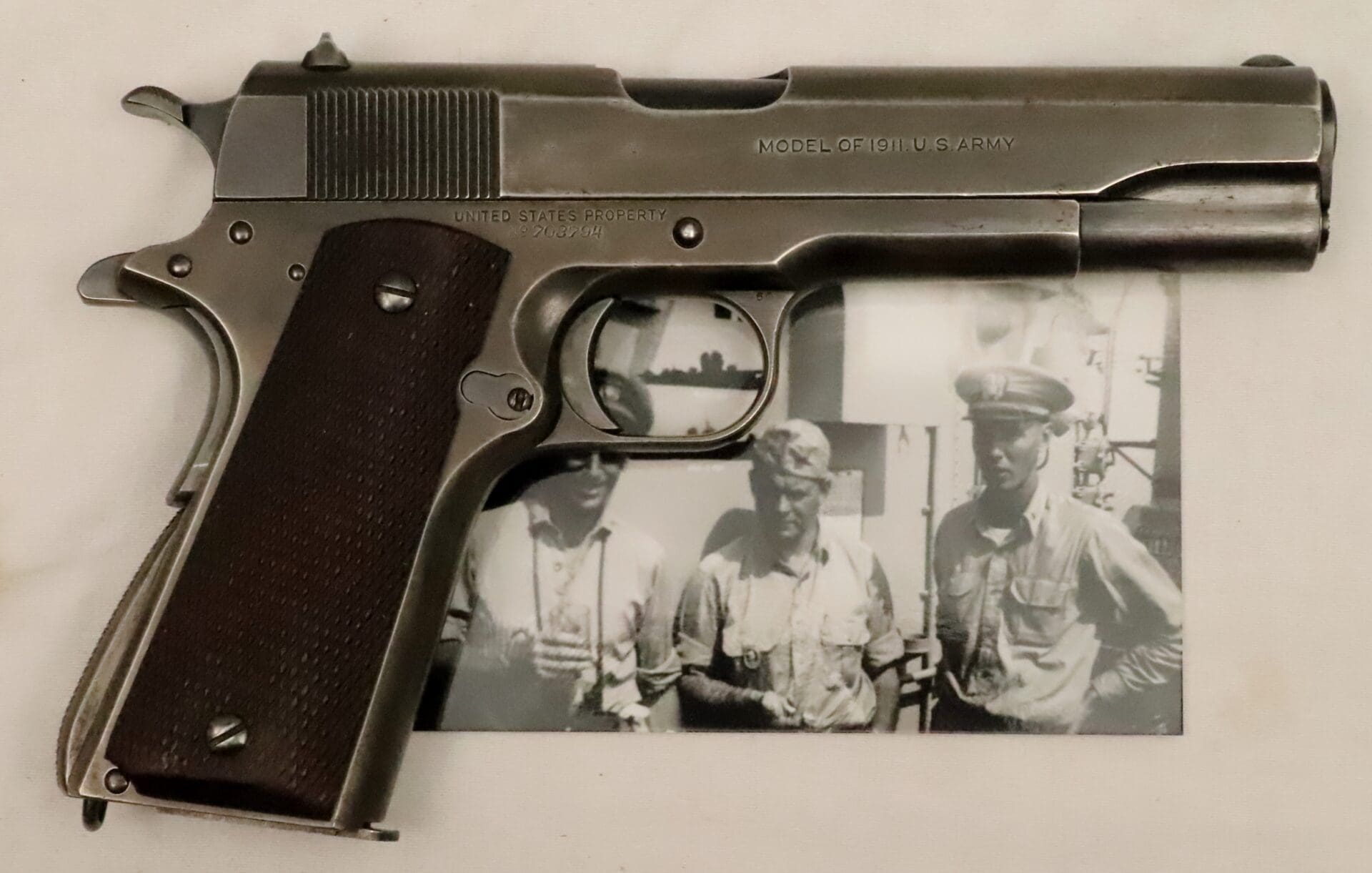
Colt M-1911, Beach Jumper
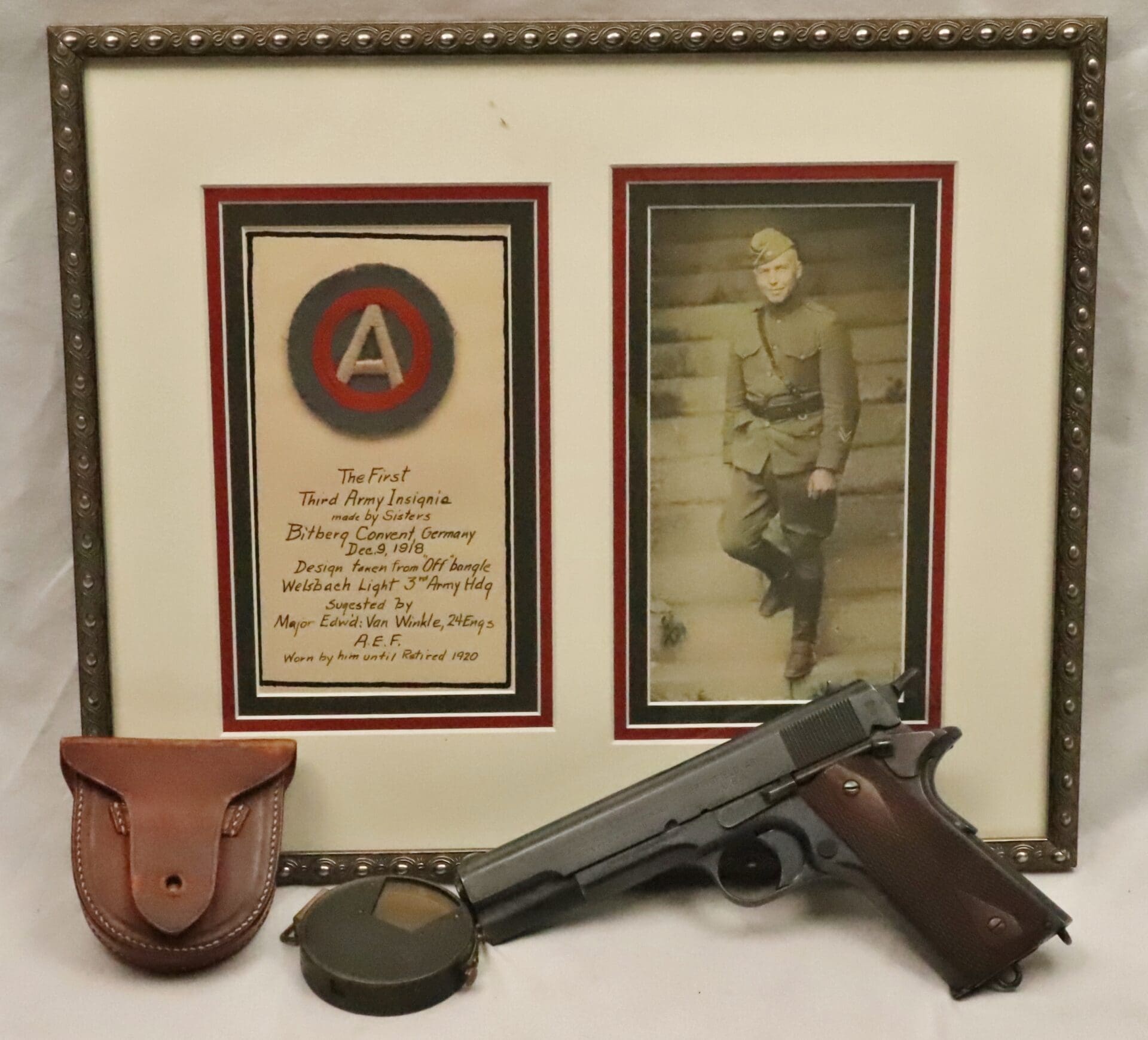
Springfield M-1911, Van Winkel
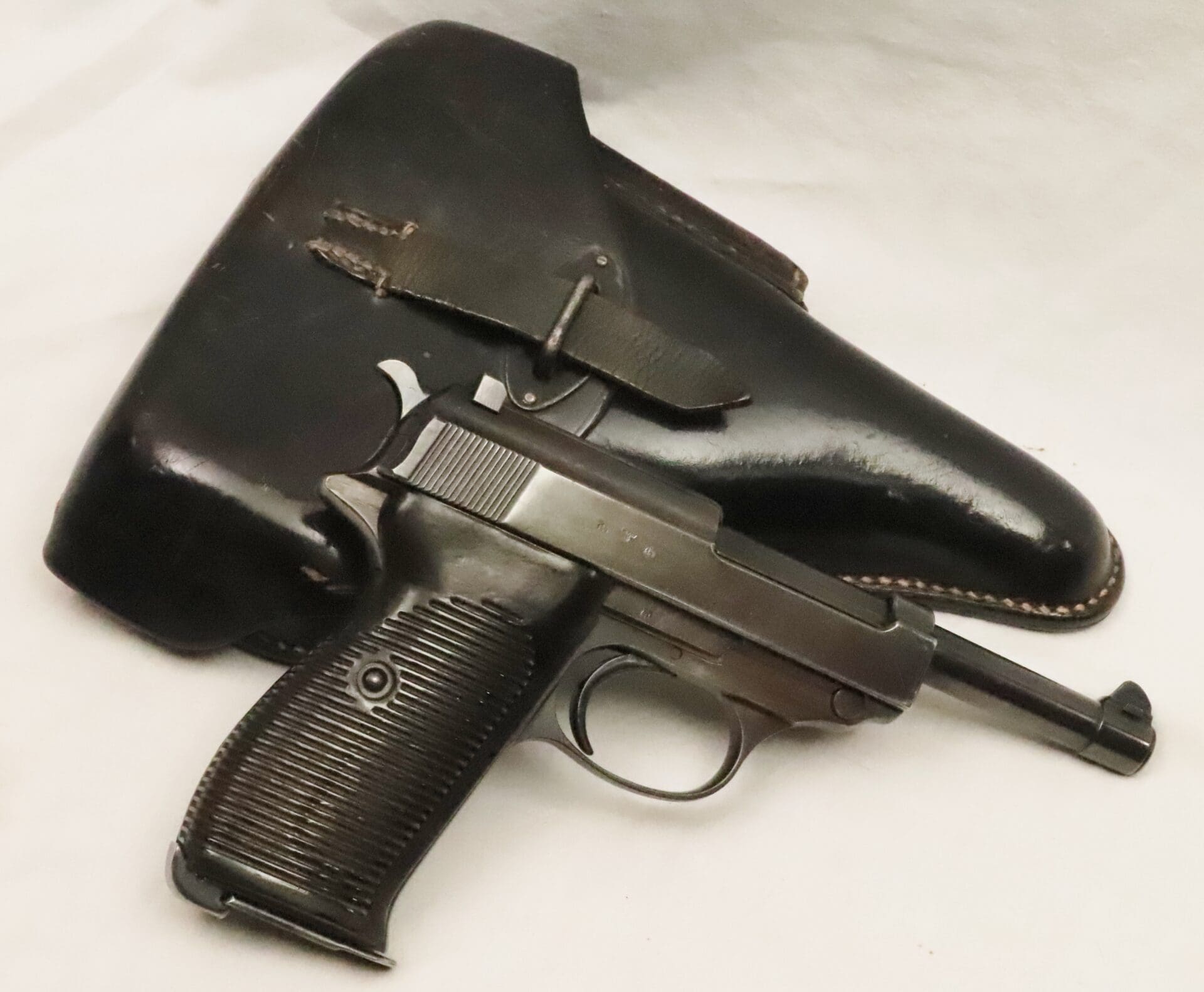
Walther P.38, ac 41
Lieutenant Colonel Don B. Clark Biography
April 19, 1919 – September 28, 1990
Biography by Stephen L. Clark
Guy Reed Clark and Pearl Booth Clark became parents to Don Booth Clark on April 19, 1919 in State College, PA. An above average student with varsity letters in track and football, young Clark graduated from State College High School in 1938.
The hopes of a career in the printing business, learning to set-up and supervise the operation of a cylinder type printing press with the Nittany Printing Co. , State College, PA was ended by the local Draft Board early in 1941. He was inducted April 21, 1941 at New Cumberland, PA and moved to Camp Croft, SC for basic training. On July 1, 1941 he was promoted to corporal while at Camp Croft.
A move back to Pennsylvania in July 1941 and an assignment to Co. H, 112th, 28th Division at Indiantown Gap, Pennsylvania placed him with hometown friends and nearby family. The need for cadre to reform a unit resulted in a Feb. 1942 transfer to the 2nd Section, 2nd Platoon, Co. H, 2nd Bn, 121st. Inf. Regt., 8th motorized division (Georgia National Guard) at Camp Livingston, LA.
A ten day furlough home provided time for his marriage to Alice Tibby Dowdell on March 26, 1942. In September, the 121st participated in the Second Army maneuvers in Tennessee. Motorized training in Tennessee, Missouri, and the Desert Training Center in Yuma, AZ preceded reorganization from motorized Infantry to foot Infantry.
On April 14, 1943 Cpl. Clark was promoted to sergeant. While at Camp Forrest, TN, preparations were underway for overseas movement. On November 27th the unit was transferred to Camp Kilmer, NJ and departed for England aboard the S.S. Columbie on Dec. 5, 1943. On Dec.15, 1943 the 8th arrived in England following severe storms. The 1st. Bn, 121st. Inf. was stationed at Shadow Camp in Fintonia, Ireland and later at Bally-Northland in Dungannon, Ireland. The remainder of the regiment was sent to Ashebroobe-Colebrooke, property of Irish Statesman Sir Basil Brooke.
Sgt. Clark was promoted to staff sergeant on March 1944. On June 30, 1944 the 8th Division left Belfast harbor aboard four troop ships and twelve motor transports for Normandy and, on July 3rd, the 121st arrived offshore Utah Beach in the vicinity of Ste Mere Eglise, France.
First elements of the 121st set foot on Utah Beach on July 4, at 0130 hours with the last elements coming ashore at 1100 of the same day. Two days later, they assembled in the vicinity of Montebourg. The division was on-line to make its first attack in the Battle of France. A last minute change made it necessary for the men of the 121st to make an eight hour march and go into the attack without rest. The first objective, the Ay River, was strongly defended. Sgt. Clark was awarded his first Purple Heart for a minor wound and was not evacuated from his company.
On July 8, 1944, Sgt. Clark was again wounded in action, this time more seriously. During this action, he was awarded the Silver Star and his first Oak Leaf cluster to the Purple Heart.
Silver Star Award: “Staff Sergeant Don B. Clark, 33017237, Infantry, Company H, 121st Infantry Regiment, for gallantry in action on 8 July in the vicinity of xxxxxx, Normandy, France. Sergeant Clark, disregarding his own personal safety, moved a machine gun into a position in full view of the enemy, thereby drawing enemy fire upon himself and enabling the riflemen of his squad to advance while he covered them with fire from his exposed position. Sergeant Clark’s example of courage in the face of the enemy during a critical period in the attack materially contributed to the success of his unit. Entered the military service from xxxxxx.” (Pennsylvania).
From late July through Late 1944 he was located in England, recuperating from his wounds. Sgt. Clark returned to the 121st to participate in the battles for Huertgen, Vossenack-Schmidt, Obermaubach, Roer-Rhine drive, Elb Offensive and the Ruhr Pocket. During this period he was awarded the Bronze Star for gallantry in action.
Feb. 16, 1945 Sgt. Clark was promoted to Second Lieutenant, (o2005665), He said General George S. Patton pinned on his bar at the awards ceremony but not before asking “Is the blood of your men on your hands”, No Sir was his reply. He was surprised at the voice of this legendary commander, rather than the expected commanding baritone, his high-pitched voice was a surprise.
March 1st 1945 Lt. Clark’s role was made official with the assignment as Commanding Officer, Co. H 121 Inf. 8th Inf. Div. On April 2, 1945, Lt. Clark was awarded the second Oak Leaf Cluster to his Purple Heart, while fighting in Germany.
June 30, 1945 he was re-assigned as C.O. for the Anti Tank Unit, Hq Co. 2 Bn 121st Inf. 8th Inf. Div. This would last until he departed Europe arriving in Boston aboard the U.S. General Bliss on Sept. 24, 1945. On Nov. 16, 1945 he was released from active duty.
Returning to his old job at the hometown newspaper proved to be far less rewarding than when he left it four years previously. “Having led fine men in battle leaves me reluctant to take orders from draft dodgers,” was his comment. From May 1948 through September 1950, he was active with the National Guard unit located in nearby Bellefonte PA. In May 1948 he was promoted to 1st Lieutenant and by Sept. 1949 Captain and CO of Co. H 112th, 28 Inf. Division.
The Korean War, the Cold War and a desire for a military career provided the necessary motivation for Clark and many others to re-enter the service.
On Sept. 5 1950 Capt. Clark’s unit was activated and he returned to active duty moving his company to Atterbury, IN in preparation for overseas assignment. On Dec. 7, 1951 the company was transferred to Heilbronn, Germany. By May 1952, tired of walking, Capt. Clark requested a transfer to Amour and became Company Commander of the Tank Company of the 112th Inf. 28th Division.
Sept. 17, 1953 found Capt. Clark assigned as Asst. S-3 Operations & Training Staff Officer, Hq 112th Inf. 28th Div. The following May, the unit was redesignated Hq 60 Inf, 9th Division. In October, Clark was promoted to Major and shortly thereafter assigned as Regimental S-2 Tactical Intelligence Staff Officer.
April through November 1955 found Major Clark getting back in shape with airborne training at Ft. Benning, GA which was followed by a transfer to 5th Army Headquarters in Chicago, Il as a student officer.
In Feb. 1957, Clark was moved to Seoul, Korea and was assignment to Hq KMAG (Korean Military Advisors Group) as Asst. Advisor, Inspector General. By April he was serving as Senior Advisor, Inspector General ROK (Republic of Korea).
In Oct 1961, Major Clark moved to Bad Kreuznach, Germany and assignment as S-4 Supply Staff Officer, Hq & Hq Det. 8th Inf. Div. Traines. Shortly after Jan 12, 1962, he was promoted to Lieutenant Colonel. June and July found him serving as Traines Executive Officer & Traines XO respectively. Lt. Col. Clark was assigned as Assistant Commander, 7 USA NCO Academy in Bad Toelz, Germany in Nov. 1962. June, 1964 found Lt. Col. Clark reassigned as Tactical Intelligence Officer, StfOff PdnBn, IntelDiv, Hq, Heidleberg, Germany.
He returned to continental USA in Oct. 1965 and became the Operations & Training Staff Officer, Exc. Off. G-3, Hq XXI USA Corps (2152) IGMR, Annville, PA
Lt. Col. Don B. Clark retired from active duty on September 1, 1967. His chosen assignment for retirement was to serve and guide the young men and women of the Indianapolis, IN school system’s Jr ROTC program.
Colonel Clark passed into a field of rest on September 28, 1990 and is in Arlington National Cemetery in Washington, DC surrounded by countless brave and selfless American soldiers.
Fighting On The Same Team
When Capt. Don Clark of State College, a company commander with the 112th Infantry Regiment of the 28th Division now training at Camp Atterbury, Ind., first met a group of new selectees assigned to his unit, he figured they were all strangers to him.
But he had no idea that he once might have lost his life at the hands of one of them.
It all came about when Recruit John Day and Capt. Clark were swapping war stories and found out that they were “old friends.”
The story begins in late September, 1944 when the American armies were pushing into German Territory and the final offensives of the European war were being planned.
In the German city of Dueren the 121st Infantry Regiment had been halted in its drive by the flooded canal which separated the opposing forces. On the American Side, a young lieutenant set up an observation post in a church steeple overlooking the German emplacements on the other side of the canal.
A newly-conscripted Wehrmacht machine-gunner who set up his weapon on the German side had the church steeple as one of his objectives on the American side. Often the gunner turned his fire near the church. But although he viewed the steeple with suspicion because he knew it might make a good lookout, for some reason he never fired directly on it.
Then as the advance into German territory continued, the lieutenant led a patrol which met with such heavy fire from the machine guns, that they had to remain hidden for two days.
After the war, the lieutenant returned to his home and joined the headquarters’ battery of the 200th Field Artillery at Bellefonte.
A pressman for the Nittany Printing and Publishing Company, Capt. Clark decided to rejoin the 28th with the outbreak of the Korean fighting and was put in command of Company H, the same company in which he had been a private ten years ago.
Meanwhile, in Germany, the machine-gunner was released from the Wehrmacht after the surrender. He had been born in America in 1927 and could claim American citizenship, although he had lived with his grandparents in Germany since 1930. When he got his nationality papers straightened out he came to live with his mother in Cheltenham, near Philadelphia.
He had done his best to forget about the war, but on Sept. 28, he was drafted into the Army and assigned to Company H.
That’s how the former lieutenant and the machine gunner got around to swapping stories and learned about their “close calls” in Dueren.
Capt. Clark says he is “proud to have Rct. Day” in his company, and Rct. Day, who likes the American Army very much, says that ”there is no one I’d rather accompany in combat than Capt. Clark.” Taken verbatim from an article in The Philadelphia Inquirer: October 1950.
See the Biography of Don B. Clark elsewhere in this Virtual Museum for additional information about his military career.
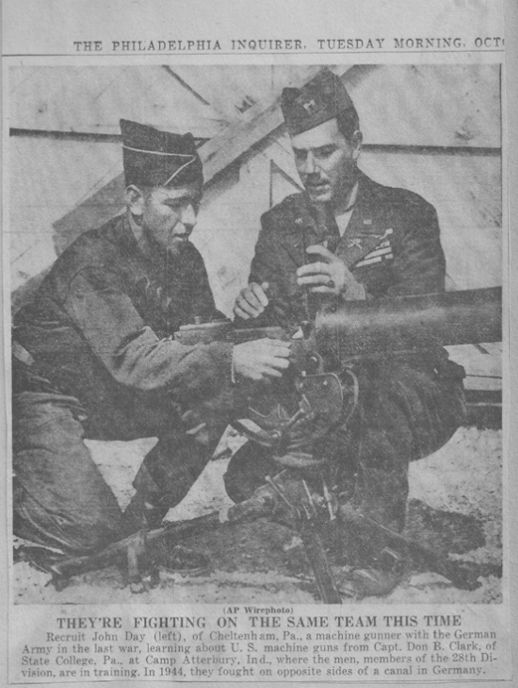
Lt. Don B. Clark Jeep Oil Painting
The family legend is the artist claimed to be of royal Hungarian blood, a princess. An equestrian friend says the horse is a beautiful Hanoverian and the artist was quite skilled in rendering horse anatomy. The signature appears to be “v. Sumagyl, Hungary”.
Research continues, I mean no disrespect but, I may have a half brother or sister in some remote Hungarian Palace. I’m reminded by the Bill Mauldin Cartoon shown below.
Luftwaffe Oberleutant, Metzger
A leather valise containing this uniform was discovered and removed from the wreckage of a German airplane early in 1945 by Lt.Don B. Clark*. This uniform, the accompanying breeches and the medals shown were brought home in the valise, along with many other souvenirs at the end of the war.
This uniform has seen some limited service after WWII. It became a reasonably unique Halloween costume in the mid-1950’s for then Lt. Clark’s young son. Metzger was a small man, about the size of a large American boy.
The target of the October candy quest was a large trailer park in State College PA. In hindsight it’s not too remarkable that many men recognized the uniform, rank, or medals. Many of them must have been attending Penn State University on the G.I. Bill. There was absolutely no concern about political correctness in the 1950’s. We won the war and we had the souvenirs.
This uniform was originally worn by Oberleutnant Metzger who served in the Luftwaffe from at least 1939, completing over 60 missions. He had volunteered for the Legion Condor and served in the Spanish Civil War.
AWARDS
Operational Flying Clasp, Silver
The Clasp designated service in Medium and Heavy Bombers, including Dive bombers. The Silver Clasp was awarded for at least 60 missions, and the Gold was awarded at 110 missions.
Observer’s Badge
This badge was awarded to observers, navigators and bombardiers.
(Metzger scratched his name on the back of this early silver badge)
Spanish Cross with Swords
This award is the Bronze grade with Swords. In order to receive this Combatant award (with Swords) it was necessary to have been a volunteer in the “Legion condor”. Only 8,462 were awarded.
Iron Cross Ist Class (E. K. I)
The E.K.I. was awarded to recipients of the Iron Cross 2nd Class, after 5 additional acts of bravery.
*See the Biography of Don B. Clark elsewhere in this Virtual Museum for additional information about his military career.
Sgt. Don B. Clark, Purple Heart Medal
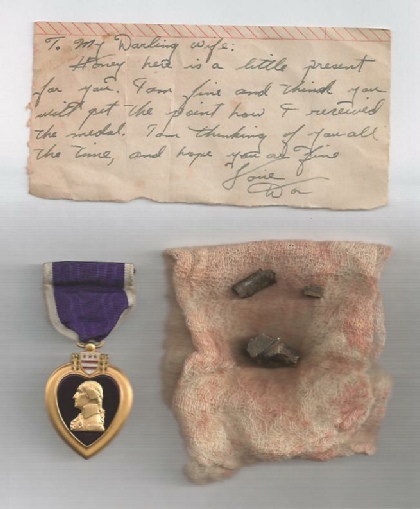
Sgt. Don B. Clark, Silver Star Medal
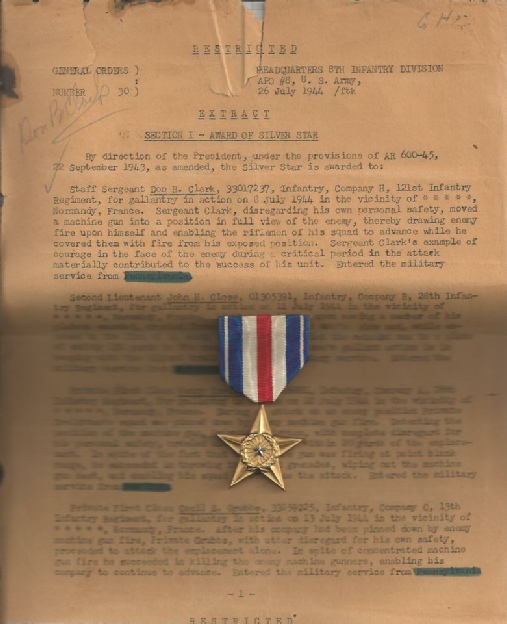
Sgt. Paup’s Story
Souvenir With Two Lives
These two shell casing were purchased from Mr. William Paup who,during WWII, served in Company C, 33rd Armored Engineers, 7th Armored Division. The following describes how Mr. Paup acquired the two shells.
In the early spring of 1945, then Sgt. Paup was traveling alone in a jeep through a rural area in Germany back to his Company, after visiting his brother from another nearby unit. He encountered a large farm, the barn was extraordinary and the largest he had yet seen in France, Holland or Germany.
Sgt Paup entered the house and searched the basement. He found a picture of a Nazi soldier and smashed it. He also found a large vat with eggs floating in it and a quantity of hams. After loading the hams in the jeep, Sgt. Paup re-entered the house and found that an older woman had appeared in a formal room. He admired two brass shells that were on the mantle behind the woman. She told him that they were souvenirs brought home from WWI by one of her relatives. Sgt. Paup offered the woman some German currency and she agreed to sell him the two shells. He made his way back to his Company and was warmly greeted, as any man with a load of hams would be.
These shell casings were on display in a home in Germany serving duty as souvenirs for at least 27 years.
Their second life was in a small town in Pennsylvania serving as souvenirs in Mr. Paup’s American home for 60 years.
1944 Original Oil Painting by Otto Bloss
Original Oil on Board, 16” x 20”

M3 Fighting Knife and Screwdriver
The list of all Manufacturers follows:
Aerial Cutlery Co. of Marinette, WI. – 51,784 knives.
H. Boker & Co. of NY, NY – 31,300 knives.
Camillus Cutlery Co. of Camillus, NY – 404,109 knives
W. R. Case & Sons of Bradford, PA – 300,465 knives
Imperial Knife Co. of Providence, R.I. – 854,000 knives
Kinfolks Inc. of Little Valley, NY – 135,548 knives
Pal Blade & Tool Co. of Plattsburg, NY – 121,100 knives
Robeson Cutlery Co. of Perry, NY – 36,575 knives
Utica Cutlery Co. of Utica, NY – 655,000 knives
The first knife is a nice example of an item that has seen service but was well cared for and remains in very good original condition. It was likely brought home by the soldier as a souvenir.
At one time the second knife looked identical to the first knife. In 1999, it was found on a farm near Vielsalm, Belgium, Approx. 15 Mi S.S.W. of Malmedy and 35 Mi N.N.E. of Bastogne, Belgium. It was likely lost or abandoned by an American soldier during the Battle of the Bulge in 1944. During the war years in German occupied territories most things were in short supply, including tools. The farmer obviously needed a screwdriver more than he needed a fighting knife.
This pair, poses an interesting dilemma to collectors. Which is more valuable? The first knife has condition but is common, whereas the second knife has no condition (even for a screwdriver) but is a one of a kind item with a historical association.
You decide, I did.
AAA-O 39th Infantry M1 Helmet
During fighting in Sicily, Italy, the regiment came under the command of the legendary Colonel Harry A. “Paddy” Flint who gave the regiment its famed triple A- Bar Nothing slogan: Anything, Anywhere, Anytime – Bar Nothing. The regiment took great pride in the AAA-O slogan, displaying it on their helmets and vehicles, even in combat. When questioned about the soundness of the practice, Colonel Flint confidently declared, “The enemy who sees our regiment in combat, if they live through the battle, will know to run the next time they see us coming.” General George Patton commented upon Colonel Flint in the following manner: “Paddy Flint is clearly nuts, but he fights well.”
Later in the war, the 39th landed at Utah Beach and fought through France. While advancing on the Saint-Lô-Périers road, Paddy’s outfit was held up by heavy mortar fire. Leading from his customary place on the front, the Colonel and a rifle patrol soon found the trouble. Colonel Flint reported by radio over the walkie-talkie: “Have spotted pillbox. Will start them cooking.”
He called for a tank, and rode atop it in a rain of fire as it sprayed the hedgerows. During the attack, the tank driver was wounded, stopping it, whereupon Paddy crawled down, and went forward on foot with his men. As he led the patrol into the shelter of a farmhouse he was hit by a sniper’s bullet. Aid men soon came up, loaded the Colonel on a stretcher, and as they started for the rear, one of men told him: “Remember, Paddy, you can’t kill an Irishman — you can only make him mad.” Colonel Flint smiled. On the next day, 24 July 1944, he died of his wounds.
The Fighting Falcons joined the 47th Infantry Regiment in capturing Roetgen, the first German town to fall in World War II. The 39th fought valiantly through the Battle of the Bulge, helped secure the Remagen bridgehead and roared across Germany as the allied forces finished off the last of the German resistance.
When the dust settled following VE day, the 39th Regiment held campaign streamers from some of the bloodiest and most hard fought battles of the war – Algeria, Tunisia, Sicily, Normandy, Northern France, The Rhineland, Ardennes-Alsace, and Central Europe. It was cited twice by the Belgians for valorous actions and awarded the Belgian Fouragerre. It also received two French Croix de Guerre with Palm, the French Fouragerre, and three Presidential Unit Citations.
The AAAO painted helmet pictured here was worn by Norman B. Hopkins Jr, ASN 13185982. (Research Continues)
Japanese Helmet
Souvenir of a U.S.S. Bayfield Crewman
The U.S.S. Bayfield was an attack transport commissioned in 1943 and served the U.S. Navy for 25 years earning Ten Battle Stars. The Bayfield supported the Normandy Invasion at Utah beach, Southern France, Iwo Jima and Okinawa. It’s no wonder that some unknown sailor wanted to commemorate his service by painting footnotes of his service on a captured Japanese helmet shell.
The ship served on after WWII in Korea and Vietnam, finally being decommissioned in 1968.
A very interesting oral history of a WWII Coast Guardsman who served aboard the Bayfield during WWII can be found at: xxx
Bill Hinton’s Sniper Luger
In early June 2006, a small statured man of about 80 walked up to my display at the York, PA gun show carrying a small box. He stopped in front of the 5 Lugers I had for sale and after a brief discussion, I agreed to buy the luger in the box if he would tell me the history of the gun. He agreed and came back an hour later with a box of documents that are included in this history.
The following is his story as best he could remember after sixty years, and the best that I can re-tell after several interviews over the course of the next few weeks.
Early in 1942, Cpl. William H. Hinton, 20320382, was assigned to Hq. Co. 1st Bn. 109th Inf. then located at Camp Livingston, LA. His most memorable experience at Camp Livingston occurred when he was assigned for the day as driver for three Generals: Eisenhower, Bradley and Ord (clearly Bill was mistaken about the third name after 60 years). The Generals wanted to take a flanking route around the maneuver area, composed of rural dirt roads. From the crest of a small rise Bill saw the path went through a wash. Hinton was hesitant to drive through the muddy area, ordered to drive on, the vehicle promptly got stuck. Much to Bill’s surprise, the three Generals got out and pushed the car free with some slips, falls and a lot of laughter.
After re-entering the car and composing himself Ike said, “Well solider, you’ll remember this day for a long time.” At the time, his only thought was that he would have to clean the car.
Hinton landed in France 22 Jul, 1944 and participated in the five major campaigns. The Bronze Star Medal was awarded to Hinton for his actions on 3 Feb 1945 during the attack on Colmar, France.
The Citation says “Private First Class WILLIAM H. HINTON, 20320382, Headquarters Company, 1st Battalion, 109th Infantry, for heroic achievement on 3 February 1945, in connection with military operations against the enemy in France”.
“During the attack on Colmar, France, Private First Class HINTON preferred not to remain in the shelter of the command post, although the fire of the enemy during the attack was very intense, but bravely exposed himself to act a a runner and bodyguard to his Commander. After successfully leading a party of wiremen through enemy fire to the command post, Private First Class HINTON proceeded to the front lines in order to be with the Colonel. Crawling along a dyke which marked one of the flanks of the Battalion, he discovered that a sniper had infiltrated through the lines to a position in the rear of the American troops. Private First Class HINTON, fearing the safety of the Commander if he should attempt to return to the command post, maneuvered into position and killed the sniper thereby clearing the route to the front lines. He then joined his Commander and remained with him throughout the attack. By his heroic achievement he reflects great credit upon himself and the Armed Forces of the United States. Entered military service from Pennsylvania.”
Signed by NORMAN D. COTA
After reading Bill’s citation, I asked him where he got the Luger. He said he took it from the German Sniper, along with his binoculars. I asked him why he didn’t take the Sniper Rifle instead, and he said it was too big. If you got captured with a German weapon they would kill you. He kept the Luger in his Thompson Sub-Machine gun scabbard attached to his belt. The Thompson was his favorite weapon, the one he used to kill the Sniper.
Bill wouldn’t sell me the sniper’s binoculars with the Luger because he used them for bird watching. After his death, his wife called me and said Bill wanted me to have them someday.
The sniper’s Luger Pistol became a prized souvenir even though it placed Hinton at great risk if captured by the Germans.
At the war’s end, Hinton was one of three men surviving without injury from the original regiment who landed in France. As a “high points” man, he was among the first to rotate home. He was moved to Le Havre, France and billeted in an old fort high on a hill to await transfer to a ship home. Seeing an inspection team headed his way, Hinton spread his bedroll and arranged his “official” gear for inspection. The sniper’s Luger was placed under the bedroll and luckily not discovered.
William H. Hinton brought this same Luger home in 1945 and kept it until June 2006 when I acquired it.
It was jammed when I got it from Bill. The toggle link was not engaged with the mainspring, it had been that way since Bill was playing with it in 1945, perhaps the reason for its survival.
This Luger pistol remains in excellent condition and is marked “S/42, 1937” and is serial number 8263 n with two matching serial numbered magazines. The second magazine is marked “8263 n +”.
It was a pleasure to meet Bill Hinton, but more importantly, it is my honor to document and preserve this small part of history for future generations of Americans.
Steve Clark
Beaver Creek Antiques and Arms
BCAandA.com
BASEBALL PLAQUE
36A-2716, Not for Sale
Germany surrendered on May 8, 1945, at which time approximately 4 million men found themselves happily un-employed and all wanted to return to the U,S, next Tuesday.
Fortunately, the US Army Chief of Staff, General George C. Marshal had anticipated this. His experience with the demobilization of WWI proved how disorderly the process could be. American divisions had been sent home as entire units, which made for wonderful hometown parades, but this was not an option in WW2. Most divisions were made up of replacements with little service time. In July 1943 a Special planning division was formed to establish an equitable demobilization plan.
The Army ultimately implemented a points system called the Adjusted Service Rating Score. Points were assigned according to the following formula:
- One point for each month in the Army.
- One additional point for each month in service overseas.
- Five points for each campaign.
- Five points for a medal for merit or valor.
- Five points for a Purple Heart.
Twelve points for each dependent child, up to three.
When the war ended soldiers began calculating their point totals, eighty five was the magic number that got you a quick ride home. By year’s end, the threshold was reduced to fifty points. Between September and December 1945, the Army had discharged an average of 1.2 million soldiers per month.
Existing divisions in Europe that had a large percentage of high -point men, such as the 82nd Airborne Division, were sent home after low point men were transferred out and were replaced with higher point men from other divisions.
Common knowledge since the Roman Legions is that an Army must be kept busy to prevent problems. I imagine that every rock in Western Europe was painted white, but more formal activities were managed as well such as the all-American Sport, Baseball.
This Championship Award Plaque is evidence of such “Get-em-Busy” activity. The team roster is shown on the reverse side and is made up of some very unique names, perhaps your relative is listed?
German Helmet, Maj. John A. Reilly, 0267574
32B-2952, Not for Sale
This WW2 German helmet was packed in a thin plywood box and sent home. The helmet was wrapped in a March 25, 1944, dated Stars and Stripes, Mediterranean Armed Forces newspaper for protection.
It is addressed to Master Ned Reilley, 5 Butter Place, Ossining NY. The return address is listed on the mailing box lid is Major John A. Reilly, 0267574, Hdqrs. 95th Inf. APO NY NY. It appears that the Major sent this souvenir home to his son in 1944. There is severe battle damage that I imagine was a more gruesome sight back then.
The helmet is a model M-40, marked with the manufacturers code SE, and the size 64. The lot number 0094 is stamped on the rear skirt. The helmet shows no Decals, likely they were over-painted by the multi color camouflage paint.
(Research Continues)
Springfield M1 Garand, SN: 277138, MAIZIE
Not for Sale
Once upon a time, before we bought everything including collectable firearms online, we had the magazine Gun List. An advertisement for an early Garand with some personalized carving in the stock intrigued me. I contacted the dealer by phone, he provided a more detailed description, and we agreed on a price. Several weeks later I had it in hand. Some would say the beautiful condition was ruined by bold carving in the stock. I thought the opposite, it had a story. So, I called to discover it was a consignment piece and that the dealer knew nothing more, but he gave me the consigner’s name and phone number.
It was my pleasure to meet Doris Kersch. She me that her husband, Conrad Kersch had brought it home in Dec.1942 from his war in the Pacific.
I asked her about the carving and she, good naturedly, told me that Conrad said his Australian whore was named “Maizie.” She knew little else about the rifle. When he arrived back in the U.S., he toured San Francisco with the Garand slung over his shoulder. How times have changed !
Doris also had the “ammunition belt” that went with the rifle and Conrad’s leather flight jacket. Conrad had written a detailed diary of his Pacific war and a book about his escape and evasion experience after being shot down on his 6th mission from England. Neither was published because he wouldn’t allow editing. After some tough negotiations with a beautiful lady, I have the whole enchilada.
Conrad J. Kersch entered the military in 1935 and initially served as a machine gunner in an infantry unit. The glamor of the Army Air Corps called, and he transferred. He was assigned to the 19th Bomb Group (H), 93rd Bomb Sqdn. (H). He served as an engine mechanic. In late 1941 Conrad volunteered to attend the Sperry Gun Turret maintenance school in Brooklyn, N.Y.
Prior to the Pearl Harbor attack Dec. 7, 1941, the 19th Bomb Group received orders to move from, Hickham Field, Hawaii, to the Philippian Islands. By mid-November a total of 35 B-17s had moved to Clark Field, P.I.
On Dec. 8 the Japanese attacked Clark field and destroyed 12 of the 19 available B-17s. The 19th BG commander was very concerned about crowding and dispersal. Fortunately, on Dec. 6, he transferred the sixteen B-17s of the 14th & 93rd Squadrons to Del Monte Field in Mindanao. The Japanese had not yet discovered the aircraft at Del Monte field.
Having missed the Groups transfer, Conrad became a member of the first flight of three B-17Es, traveling on the new eastward route, to reinforce the 19th B.G. at Clark field arriving mid-Jan. 1941
In Feb. 1942, Conrad shot down his first Japanese fighter from the tail position of a B-17E. As the only Sperry trained ball turret mechanic on base, he received stern notice that he was “flight restricted” until replacements were trained.
On 15 Feb. 1942 they learned of the Surrender of Singapore, two days later their base was attacked. Conrad arrived at the revetment area and found his aircraft and four others burning. The tail section of his aircraft was not burning yet, so as much equipment as possible was removed through the waist gun ports and piled in a safe area. Conrad’s diary entry read:
“I went back to the pile of rescued items and selected the Garand rifle and its bandolier of loaded clips. These I will always keep with me, not just for protection but in remembrance of her too.”
“All aircraft in our group had a Garand rifle and shotgun, plus ammunition, stowed in a handy location near the rear door in the event of a survival situation. It would be certain death to land on any uninhabited island without some protection, however, if one came down in the water the sharks would solve all worries.”
On Feb. 24, 1942 with all serviceable aircraft gone, the stranded air crew men were waiting for pick up. Conrad writes that he retrieved his rifle from its hiding place. In seven other places in the diary, he mentions having his Garand by his side including in Sydney, Australia when he was on his way home.
It’s clear that this rifle was stowed in the tail of a combat aircraft, a B-17E, that was destroyed in the final days of our presence in Java.
The carvings take a little bit of extrapolation. A B-17E has a nine man crew, the rifle was intended as a survival tool. If the aircraft went down, the rifle would be used by the unknown survivor crewman: John Doe.
Conrad wrote, “I will always keep with me, not just for protection but in remembrance of her too.” In remembrance of her, the Aircraft is her, her name was “Mac-Mac Maizie.”
In Oct. 1943 with 52 missions under his belt, Conrad shipped out to Molesworth, England to join the 303rd Bomb Group (H), 427th Sqdn. (H). On his 6th Mission, his aircraft was shot down over France. He joined the underground and fought the Germans until the war ended. That’s the story of the second book.
Betty did drop the hint that, perhaps, in 1947 she and Conrad rented a car and found his downed aircraft. “His” two Browning .50’s may have been “souvenired” and shipped home as household goods. Although very interesting, I wanted nothing to do with that. Don’t even ask me, “I know Nothink.”
Stoneware Stein, “REICHSPARTEITAG 1933”
30.1B-2949, Not for Sale
This 1L stein is made of stoneware pottery. The front shows a pre-printed Tower image with the label “BRAUHAUS / NURNBERG”. Hand painted underneath is “REICHSPARTEITAG 1933”. has been supplemented by hand painter cartoons with captions. The first (left) panel shows fifteen brown shirts standing in rank with the leader at the front. One of the fifteen men stands out because of an exaggerated long neck. The leader says to the group “That Man Must Go”.
The second (right) panel shows the tall man attending to the N.S.D.A.P. banner while the other brownshirts march off. One of the departing men says ”Come with Us”. The tall fellow says, “Have no Money”.
This certainly meant something to the group and may have been presented to the tall guy at a later celebration. The joke and meaning have been lost to history, but this souvenir of the young Nazis good time remain.
Fortunately, some young American Soldier “Souvenired” it and likely enjoyed many Biers from it. To the Victors go the Spoils!
TANK MODEL, “Herrn Major Vester”
30B-2349, Not for Sale
Shortly after occupation by German forces an armored vehicle repair facility was established in Riga, Latvia. A major focus was to recover, and repair captured enemy (Russian) tanks and return them to service with the German army. The service life of these captured tanks was limited due to Spare parts and ammunition supply.
This subject model represents a Russian T-26, designated by the German army as Armored Battle Vehicle T-26 B 738 (r).
The model is all metal, machined parts as well as formed heavy sheet metal. There is a brass plate on the front that names it to a German Officer, “Herrn Major Vester”. Most likely the departing commander of the facility in 26, August 1942.
It was brought home as a souvenir, and purchased at a farm auction around 1980, in Oklahoma. It was found in the barn under the hay. Track links are missing from one side, they may still be on the barn floor, unrecognized. A souvenir that became a great toy for the veteran’s son.
(Research Continues)
AFRICA KORP Camo. Helmet,
(32-2424, Not For Sale)
J.P.D. AIRBORNE Medic Helmet
(32A-2740, Not For Sale)
LAZY MAN’S CAMO. M-40
(32B-2521, Not For Sale)
This is a WW2 German M-40, marked ckl (?) / 2758. Written in pencil above the Mfg. code / size stamping is ”Pand n 7375/4 A.5.” This has become a unique collectable helmet that provides an unquestionable view of an original decal. Or at least half of one.
Autograph Helmet
(32B-2543, Not For Sale)
Fighting a war together forges the strongest bond among men. These twenty men of the 3 ? 3 th (unknown unit). There are three Sgts. and one Cpl. Among the twenty likely survivors of a larger unit that felt the need to autograph this helmet. It is a German Police helmet overpainted in German Yellow vehicle paint, likely done by the U.S. soldiers. Too bad their story will forever be lost, but they have left a footprint in history.
DRUCKER’S MAIL HOME Helmet
(32-2420, Not For Sale)
PAUL SHAYOCK USN HELMET
(32A-2577, Not For Sale)
MEDICAL OFFICER
(32A-2496 Not For Sale)
Folk Art Gas Mask Bag
(36A-2770 Not For Sale)
STUBNER’S AFRICA KORP Helmet
(32B-2427, Not For Sale)
1st Div. 3 Panel Medic Helmet
(32A-2580, Not For Sale)
M-42 Wired Army
(32B-2775)
WINTER CAMO, MEDIC
(32A-2590, Not For Sale)
Colt M-1908, “Gangsta” Gun
PC18-2056 (Not for Sale)
This Colt was shipped from the Colt factory, October 23, 1929, two months after the stock market crashed and the great depression began. It was ordered from Colt by H.E. Bartlet and shipped to P. Von Frantzius of Chicago Illinois.
Peter Von Frantzius was a notorious figure in Chicago. As the son of a wealthy man in the north side of Chicago he started selling firearms from his parents’ home. Success led him to open a shop in the North side. One of his advertised services was to remove serial numbers from firearms to prevent tracing them, his fee was $2.00. His notoriety comes from his customers. He became the “Armorer of Gangland”. He was the supplier to the North Side Gang of Chicago’s underworld during prohibition. The North Siders were enemies of Capones boys.
The Thompson Submachine guns used at the St. Valentines Day Massacre were traced back to Von Frantzius. The Thompsons were priced at $200, not a bad deal considering a Model transferable 1921 Thompson will sell for around $50,000 today.
H.E. Bartlett ordered a pistol from Colt and had it delivered to Von Frantzius. I can’t find information on Bartlett, so a lot of questions remain open. Was he an innocent citizen or a hidden gangster? How did this Colt survive in New condition with its connection to the Chicago Gangland wars? They all have a story and provide a window to history.
Colt M-1911, “Beach Jumper”
PC26-2359 (Not for Sale)
This Colt pistol was owned and used by Lowell Alfred Watts, 3807715 an officer in the U.S. Navy and a member of Beach Jumper Unit #3. He participated in Operation Dragoon, the invasion of southern France. Specific details of his involvement are yet to be researched
The famous actor Douglas Fairbanks was also a naval officer in WW2. He was assigned as a United Stated liaison officer to British Admiral Lord Lous Mountbatten who oversaw British Commando operations. Fairbanks observed the training and operations of these Commando units.
Upon return to the U.S., he proposed similar units be formed. In March 1943 the Vice Chief of Naval Operations was charged with recruiting 180 Officers and 300 enlisted men for the Beach Jumper program. The volunteers had to meet four requirements: no seasickness, experience with small boats, enough electrical knowledge to fix a home radio, and basic knowledge of celestial navigation. The Navy requested volunteers for prolonged, hazardous, distant duty for a secret project.
Their identities and activities were classified. Their basic mission was “To assist and support the operating forces in the conduct of tactical cover and deception in Naval warfare”. They learned to simulate large amphibious landings with very limited forces. Using specialized deception equipment, a few dozen Beach Jumpers could make the enemy believe they were a 70,000-man amphibious landing force, when the real force would be elsewhere.
The Beach Jumpers got their name because of their ability to quickly hit the beach and confuse the enemy with harassment and deception operations. During a high-level conference, someone stated that the purpose of the Beach Jumpers was “to scare the be-jesus out of the enemy”. The term “BJ Factor was used thereafter in their planning and is said to have inspired the cover name Beach Jumpers.
Springfield M1911, Captain Edward Van Winkle, 1879-1972
PC18-2056 (Not for Sale)
“Dear Bill-
Merry Christmas – I am giving to you my automatic gun which Grand Ma gave me when I went away to France in world war I – I carried it through the campaigns in France, Belgium, Luxenberg and Germany – Learn how to assemble & unassembled it. Keep it clean because it might save your life –
I regret that I am not strong enough to show you how to take care of it. When you go back to camp have one of the officers show you all about it-
Hope you don’t ever need it.
Sincerely
Grand Dad -“
His Grandson Bill cared for them until he sold them to me. During my research I found that the University of Michigan, William L. Clements Library, has a Van Winkle collection. It consists of over 500 letters written to his wife Sama between 1917 – 1919
Van Winkle was in the Third Army, 24th Engineers, during his overseas service. Near the end of his tour, he suggested the design of the now familiar Third Army Insignia. He contacted the sisters of the Bitberg Convent, in Germany and had the first embroidered shoulder patch insignia made. He wore it until his retirement as a Major in 1920.
Research Continues.
Walther P.38, ac 41, Rig & History
SPC231-2247 (Not for Sale)
Early P.38s were furnished with two matching number magazines that were usually mixed with others. This has both matching number magazines.
It has the original Holster dated 1941 and it has a medical tape tag in it with the American soldier’s name who took it as a souvenir, Sidney Peterman.
Sid was born in Portsmouth N.H. in on Feb 25, 1920. He grew up in Durham N.H. where he was a high school athlete in seven sports. He later was inducted into the Dover Sports Hall of fame for his outstanding athletic ability. He received an appointment to the United States Military Academy. He was captain of the hocky team and graduated in 1943.
Two days after graduation he married his high school sweetheart, Helen Newton. Shortly after he was assigned to the 10th Mountain Div in the Aleutian Island of Kiska, thought to be occupied by Japanese troops. A transfer to Italy found him in the Po Valley fighting Germans. He was the only West Point graduate from his class to serve in both the Pacific and European theatres during WWII.
During his military service he was awarded the Silver Star, Bronze Star and Purple Heart.

